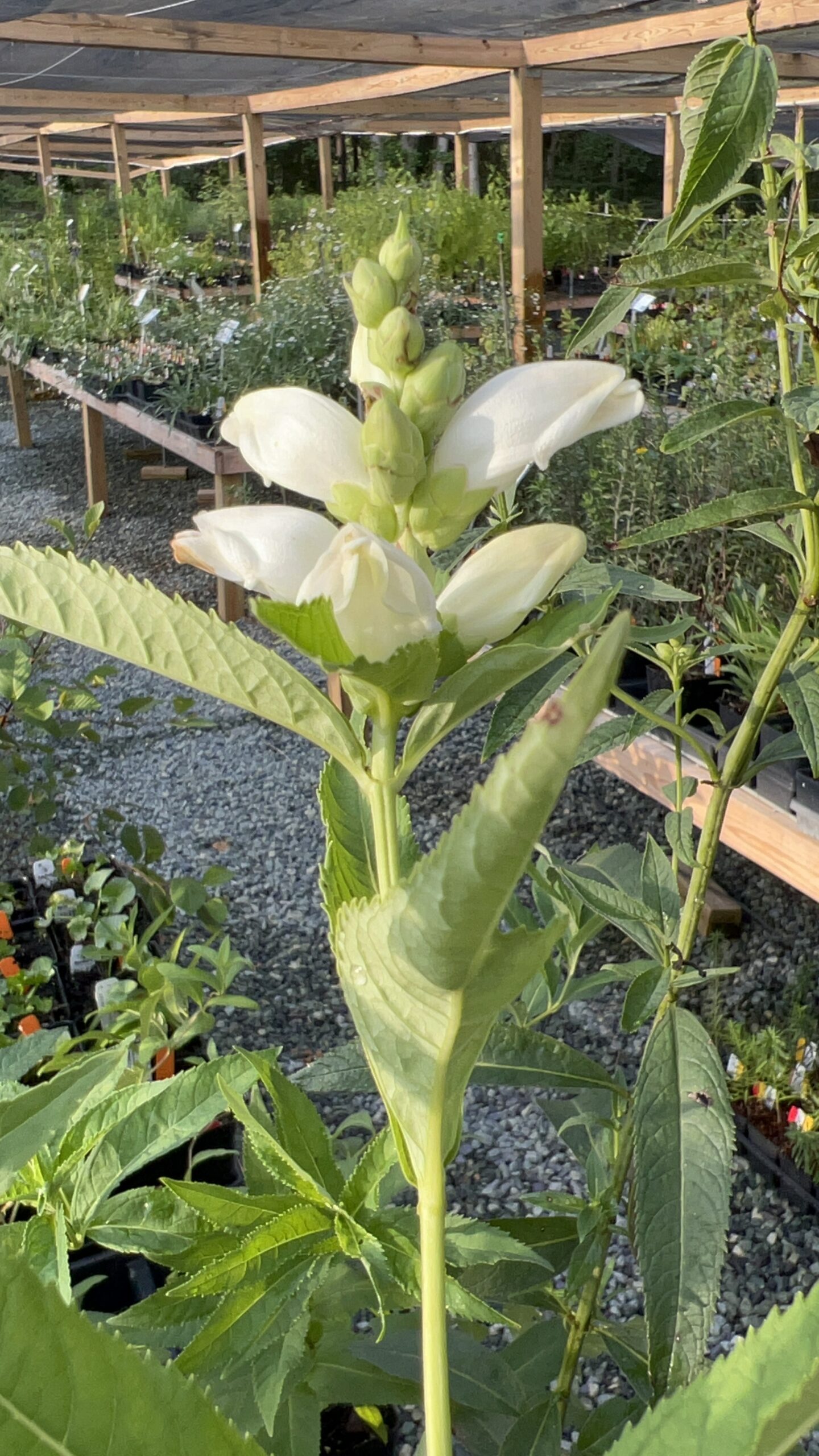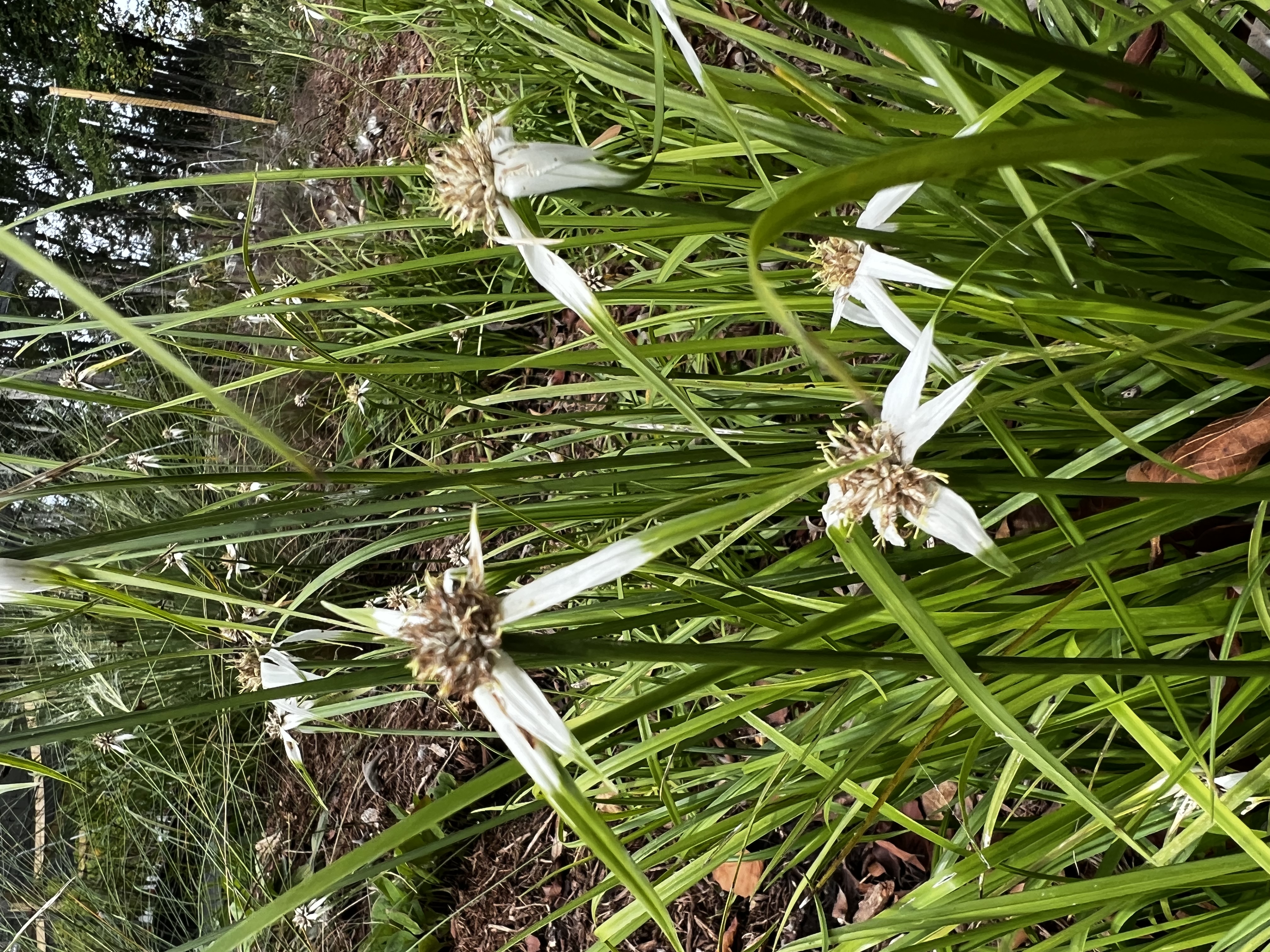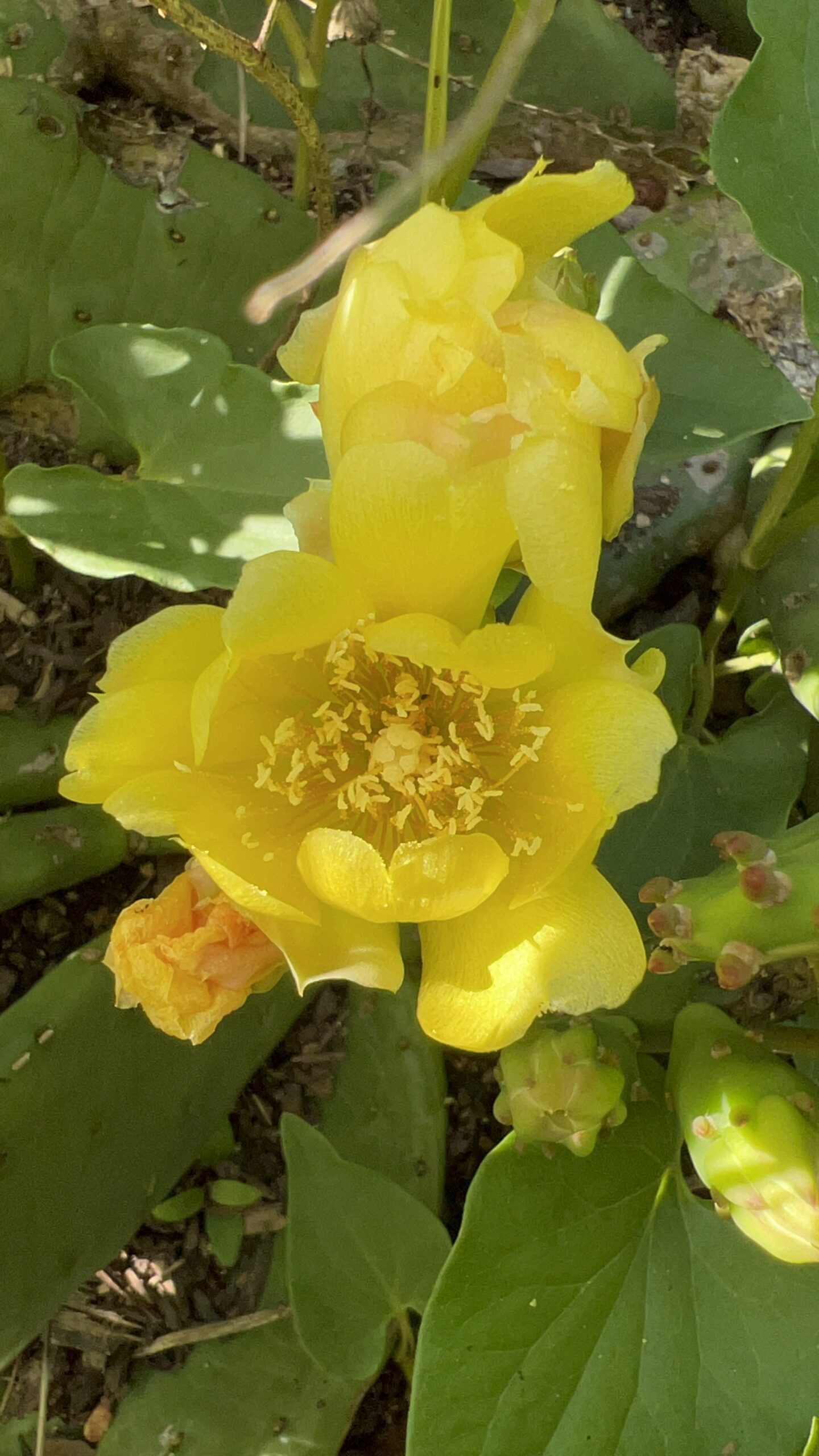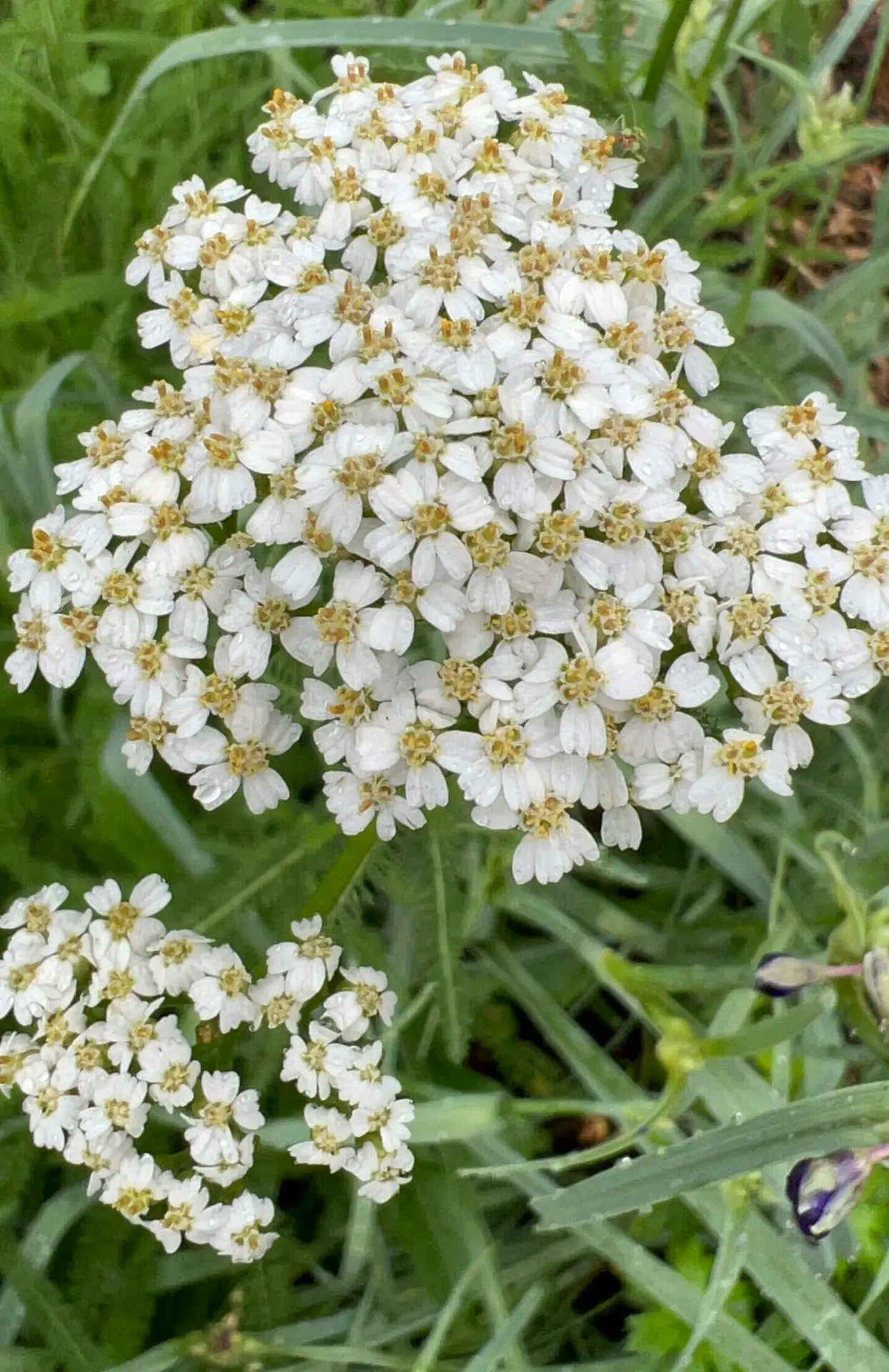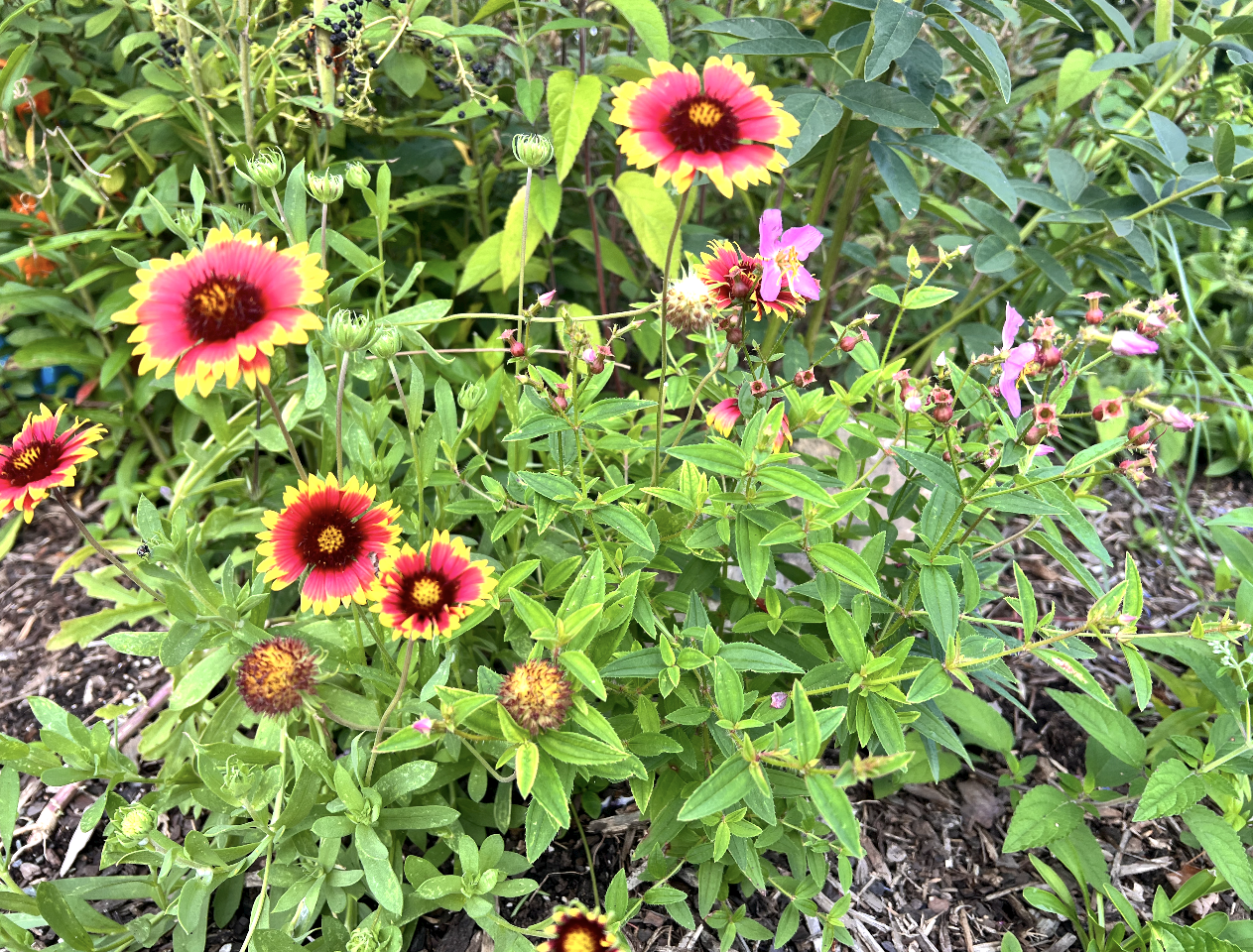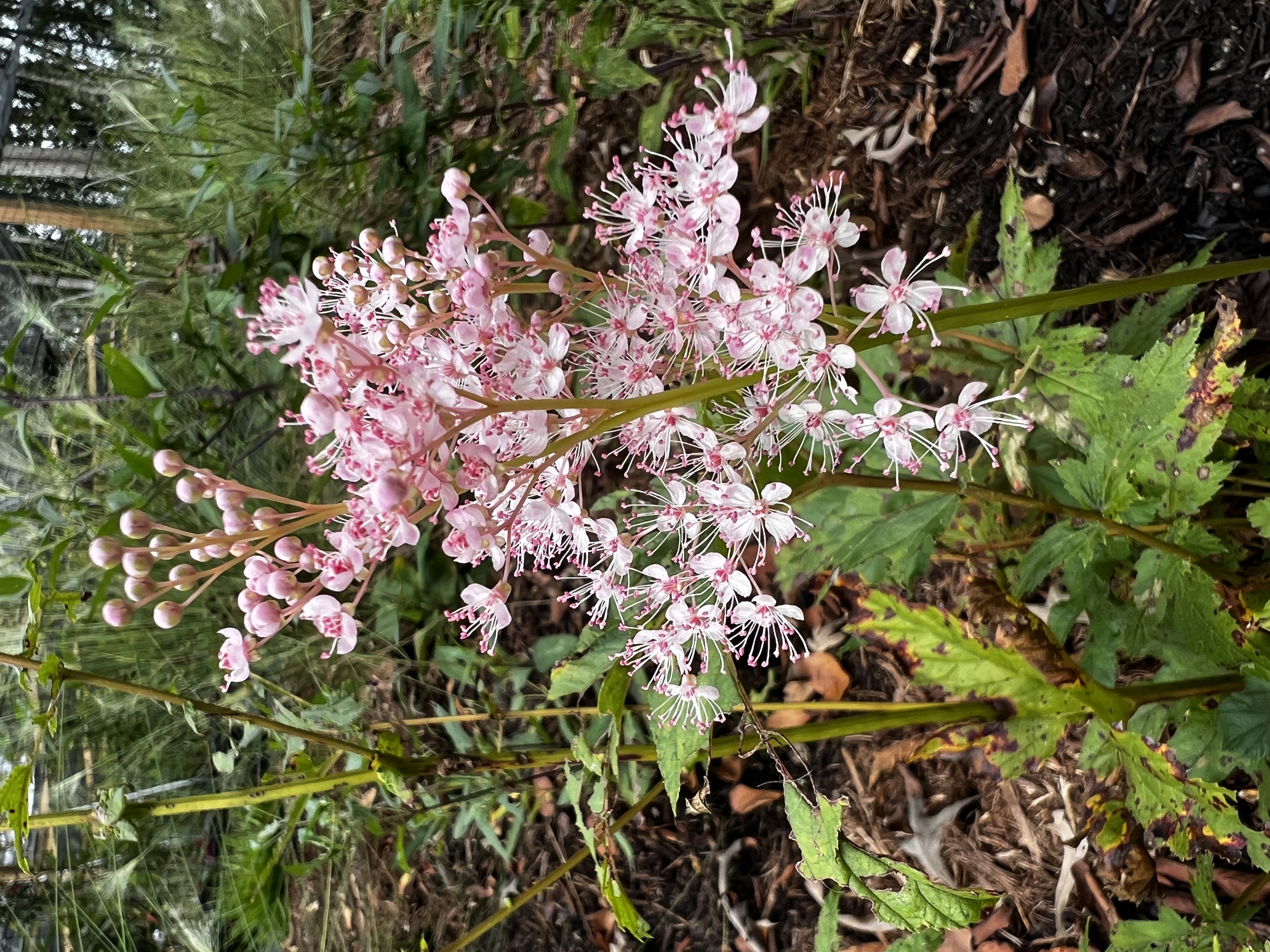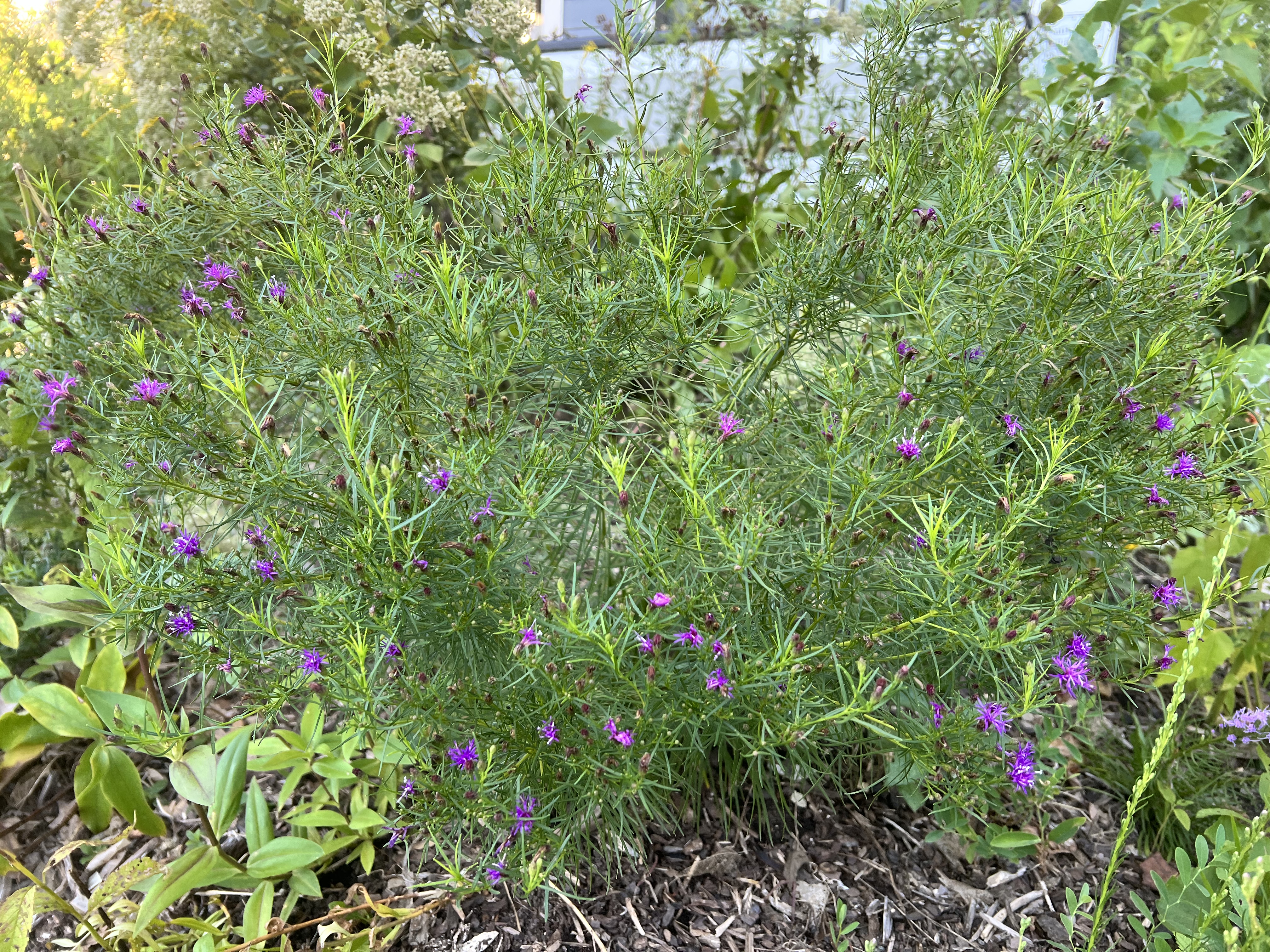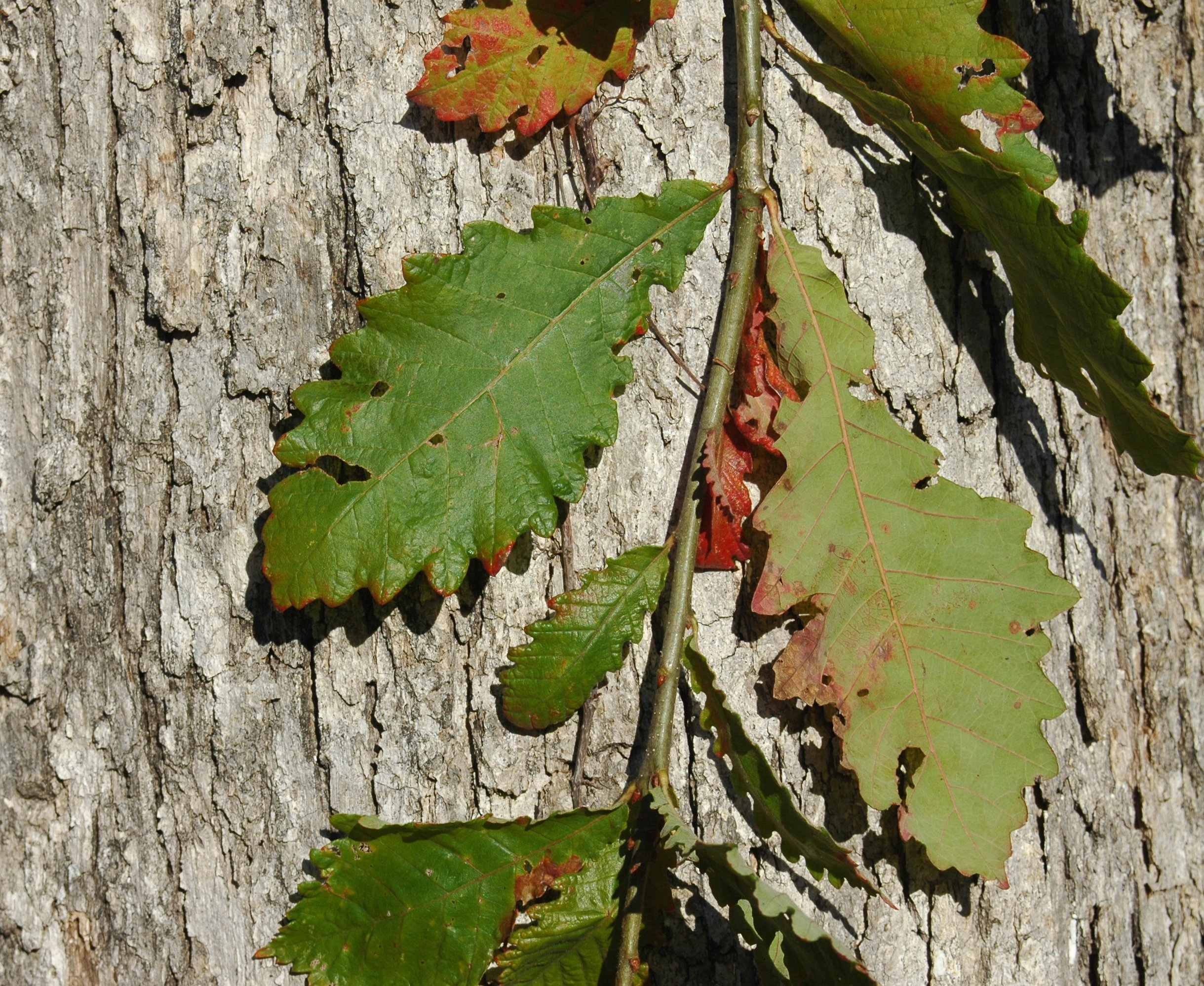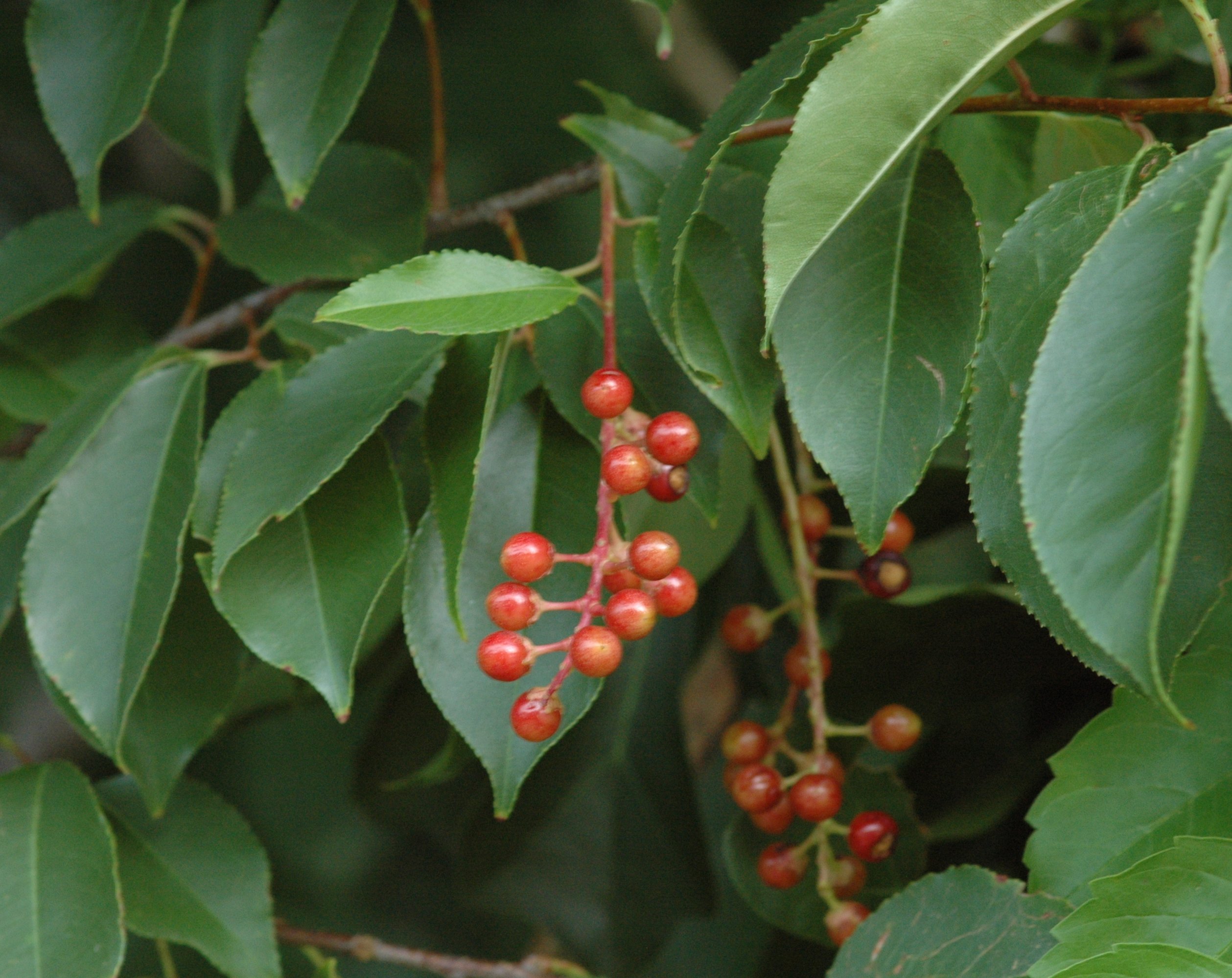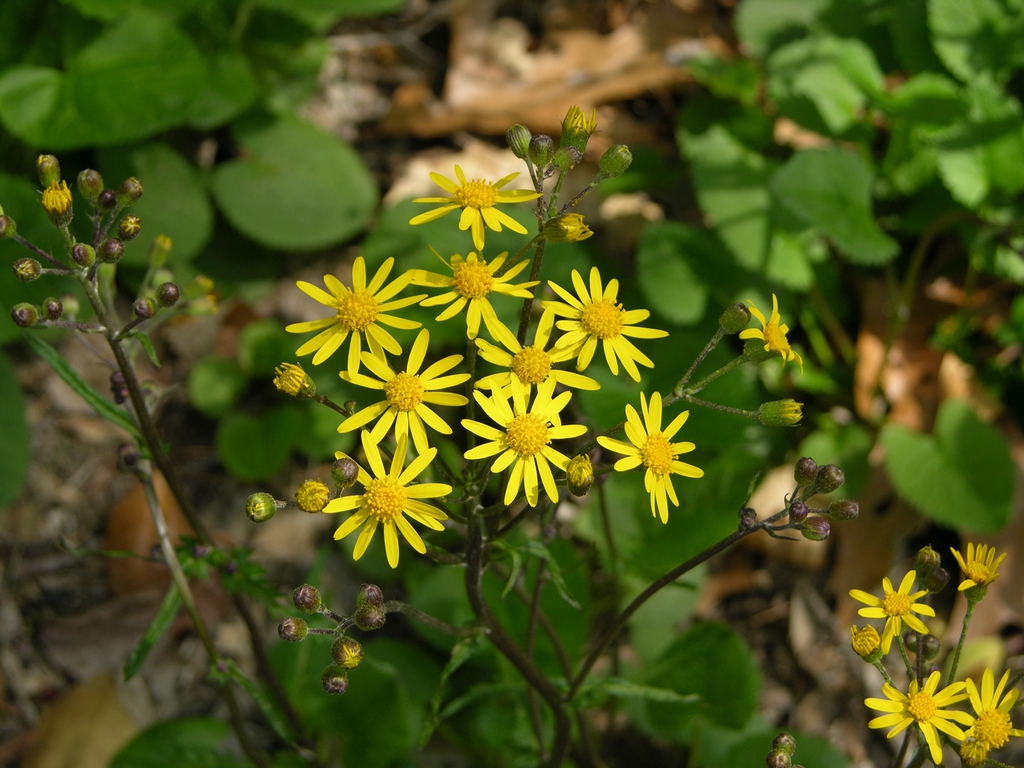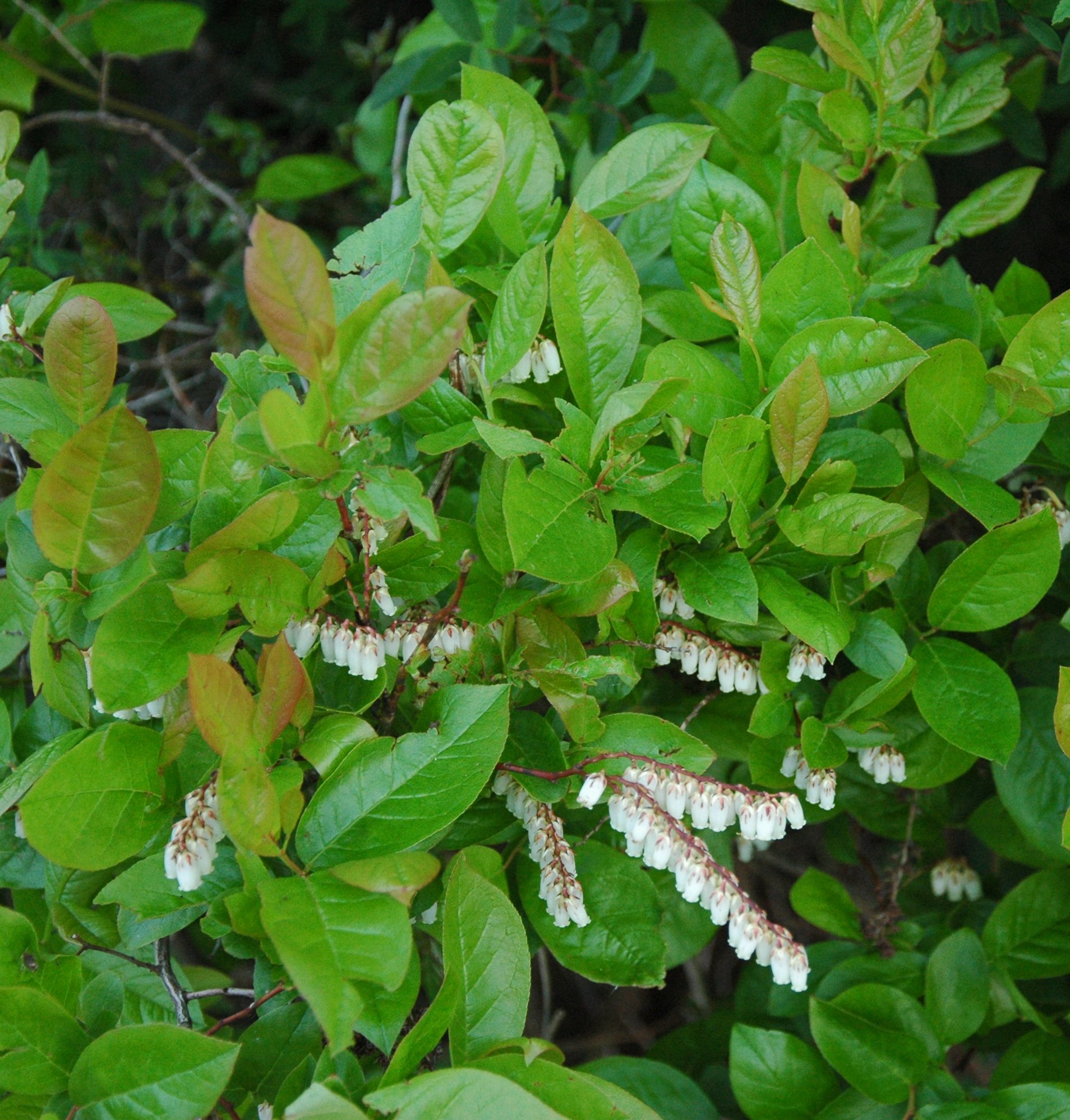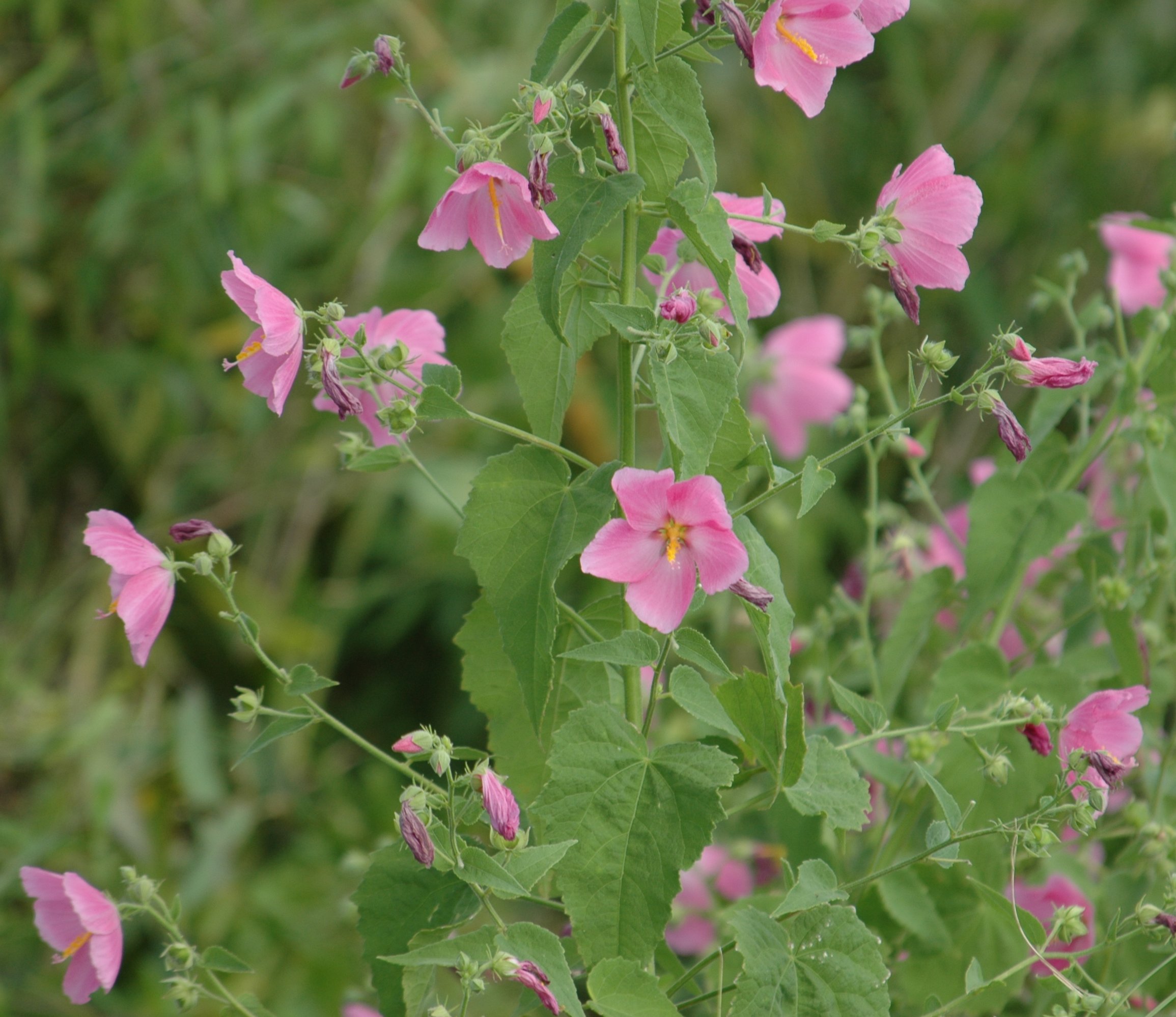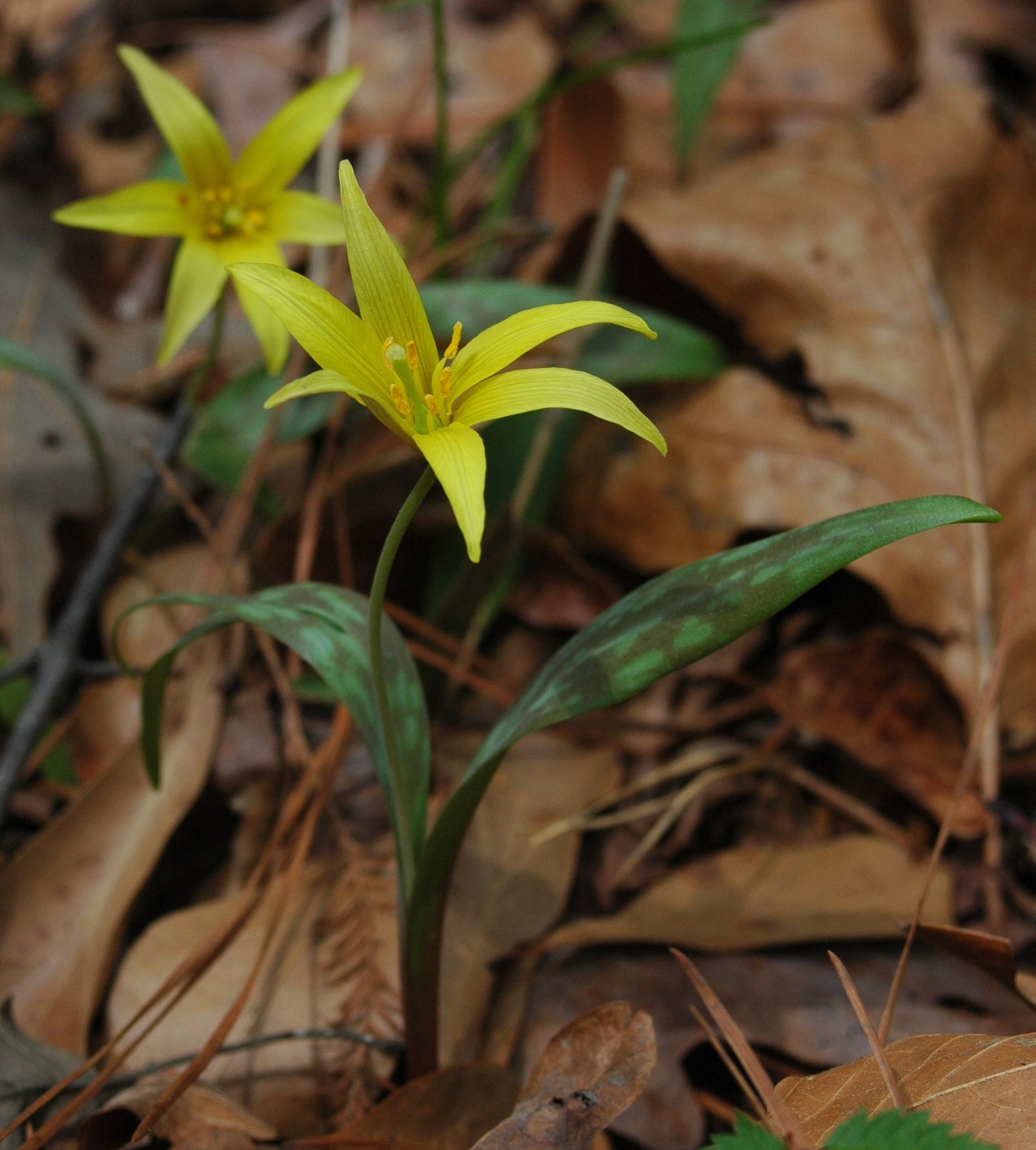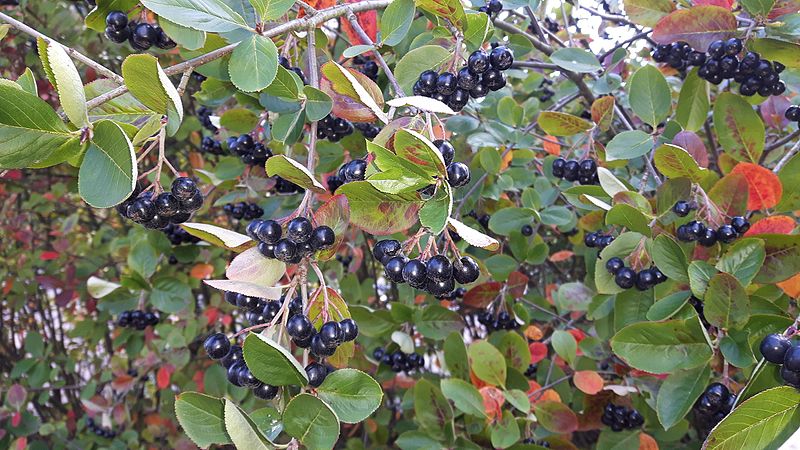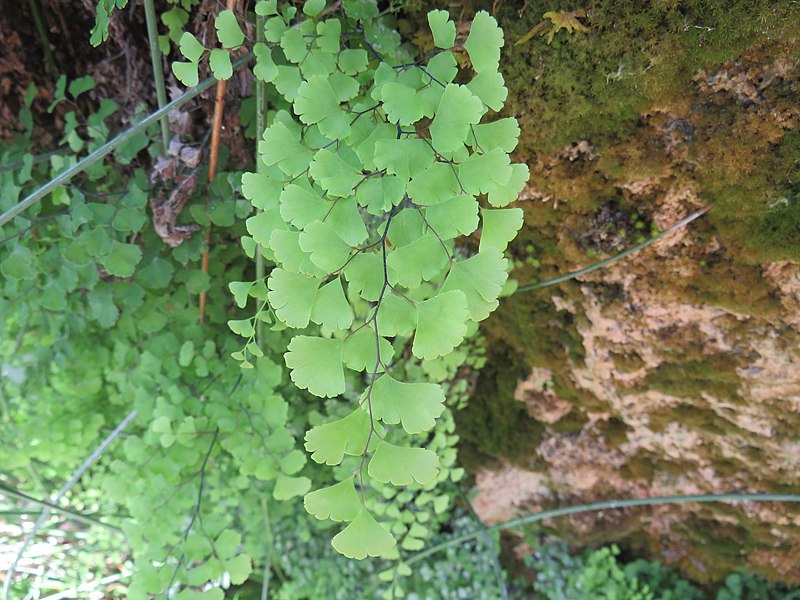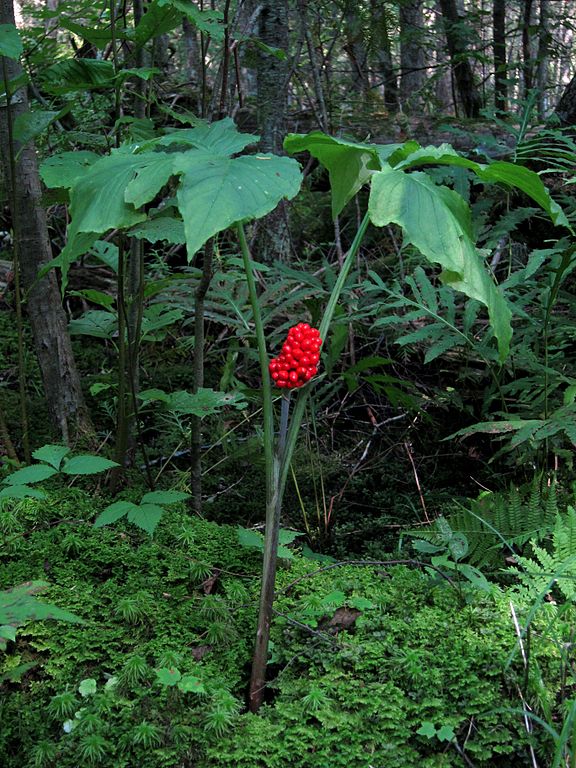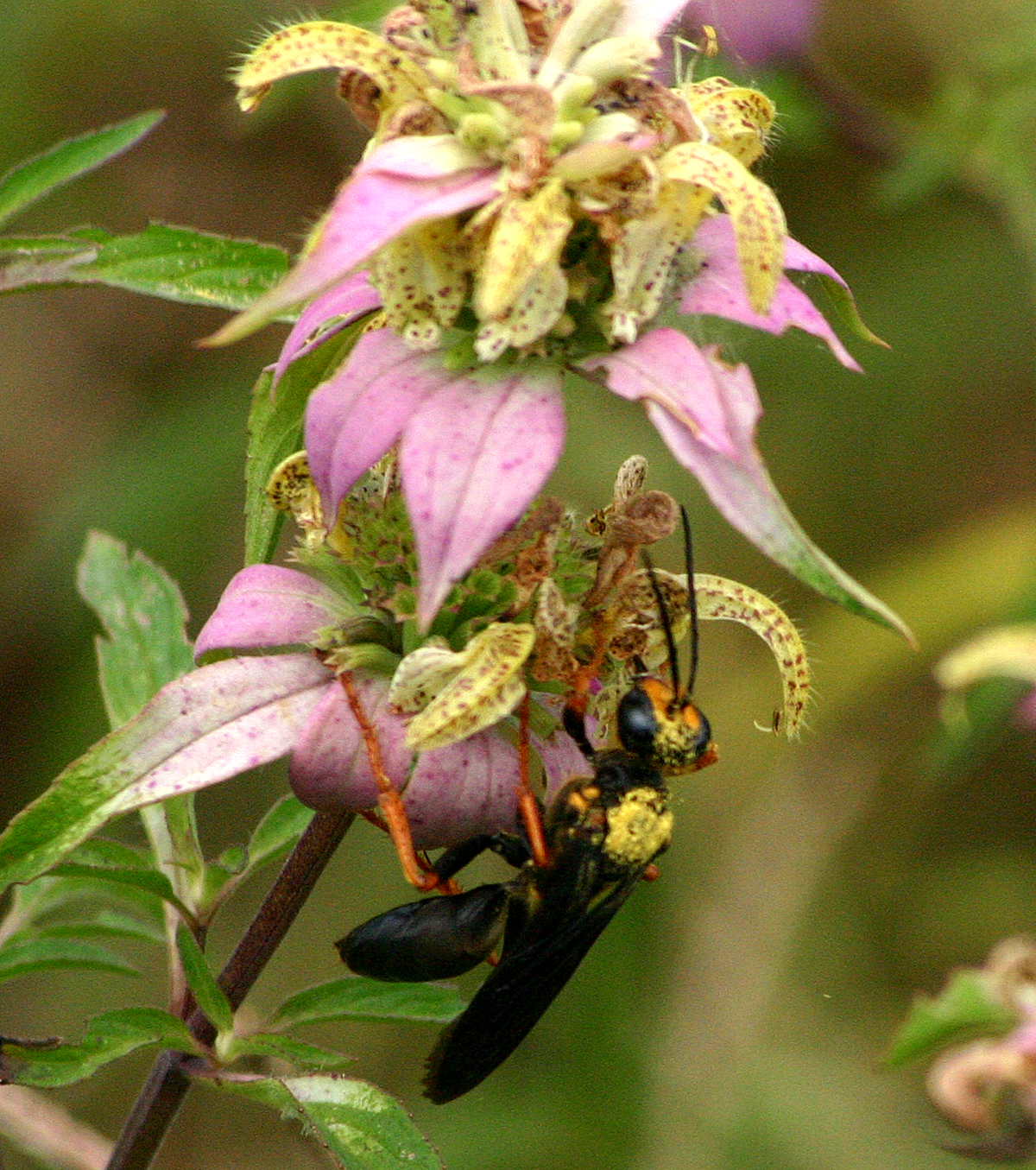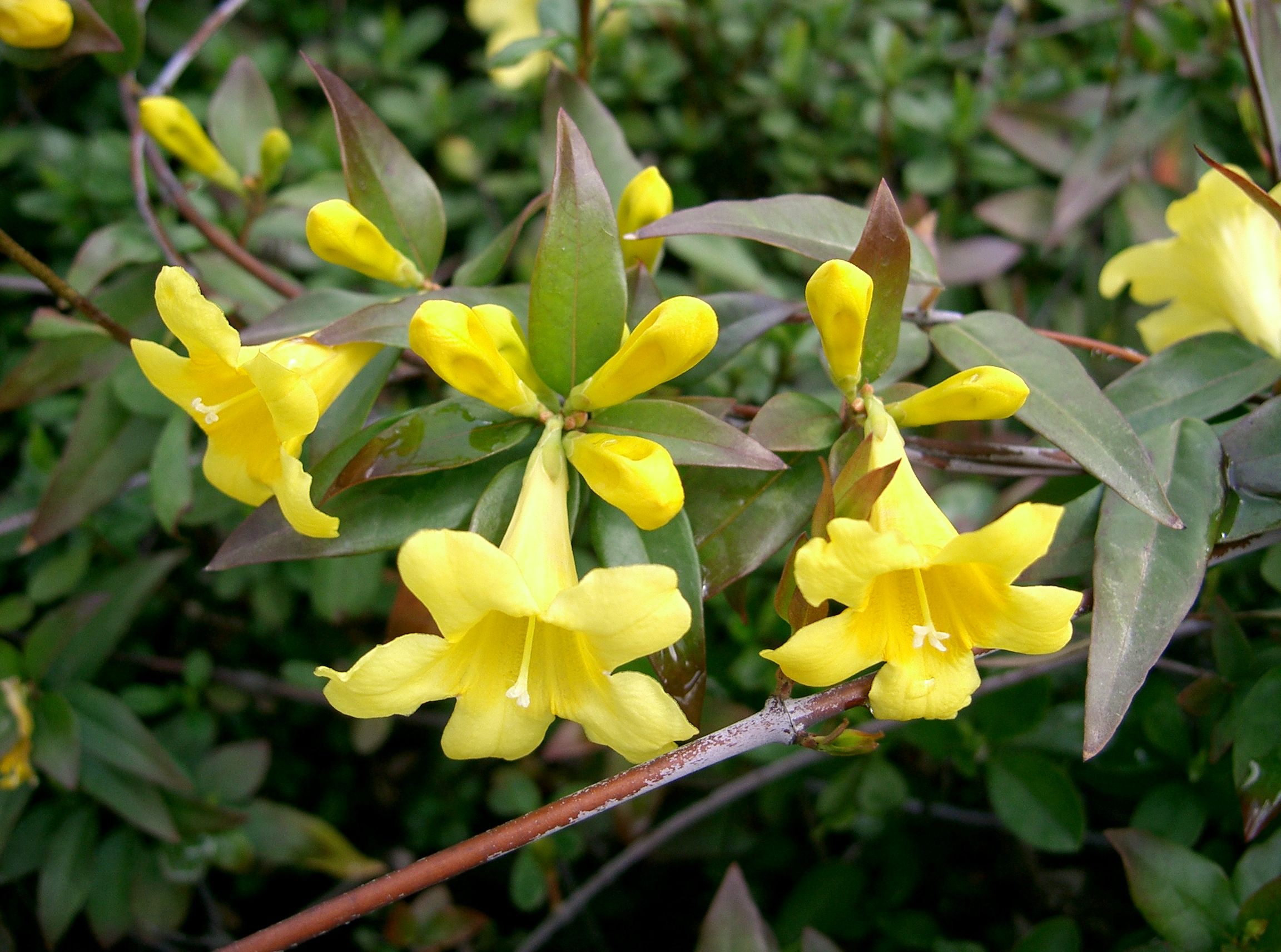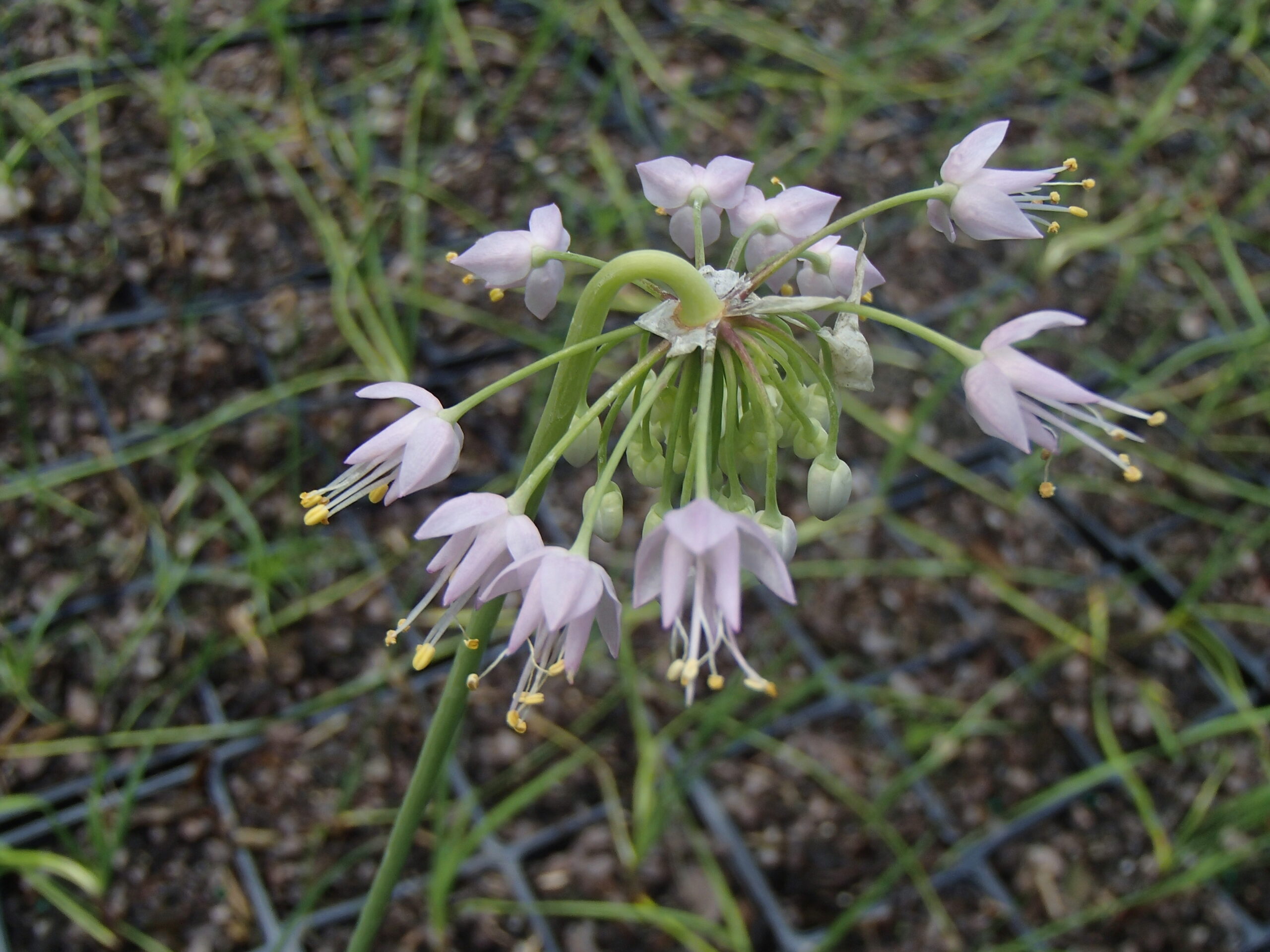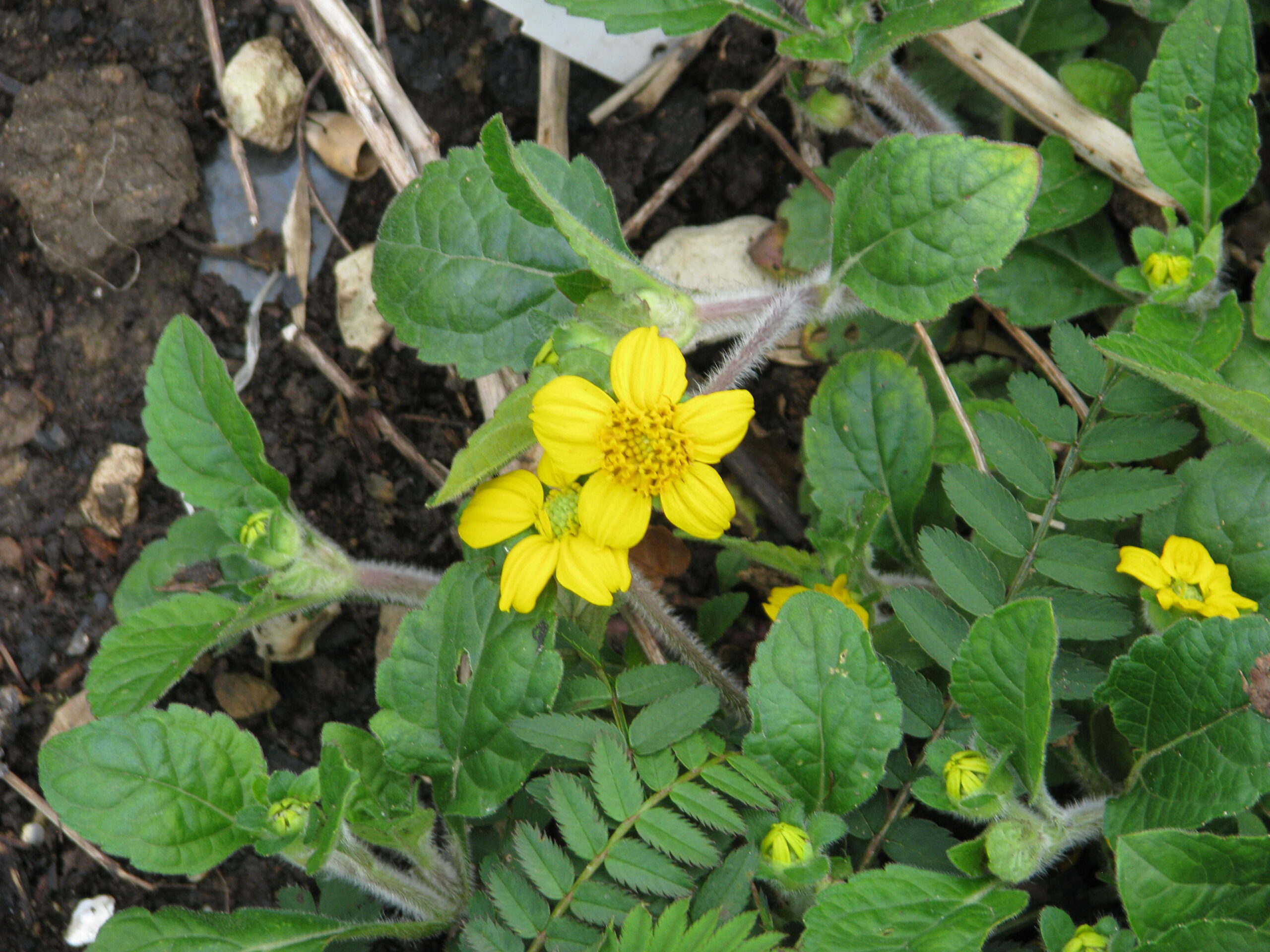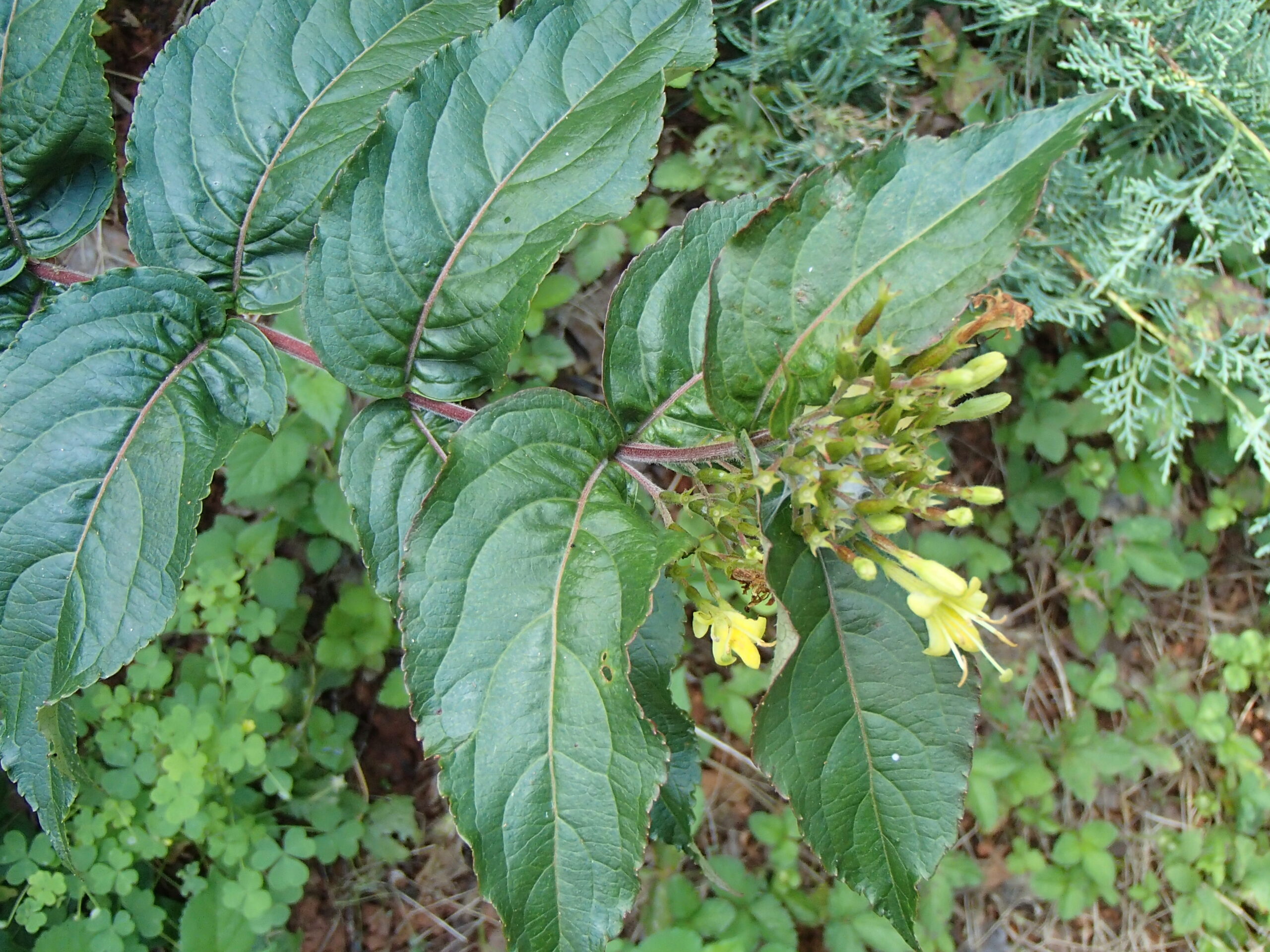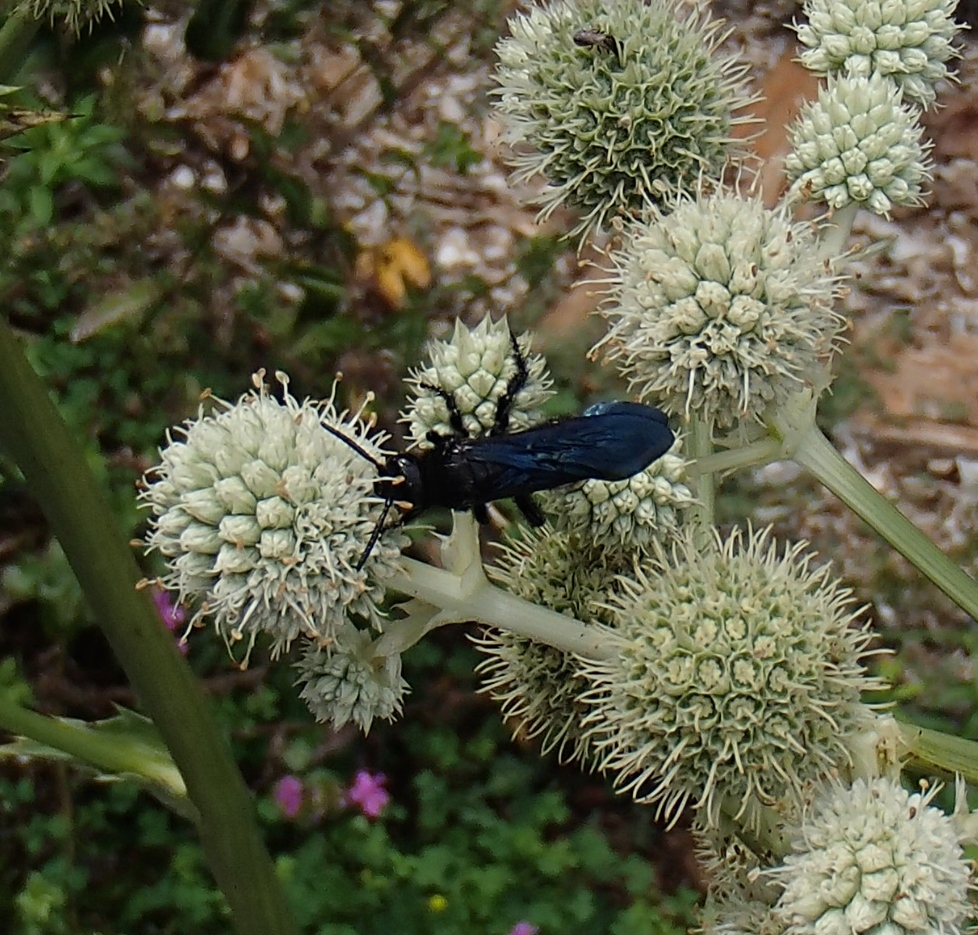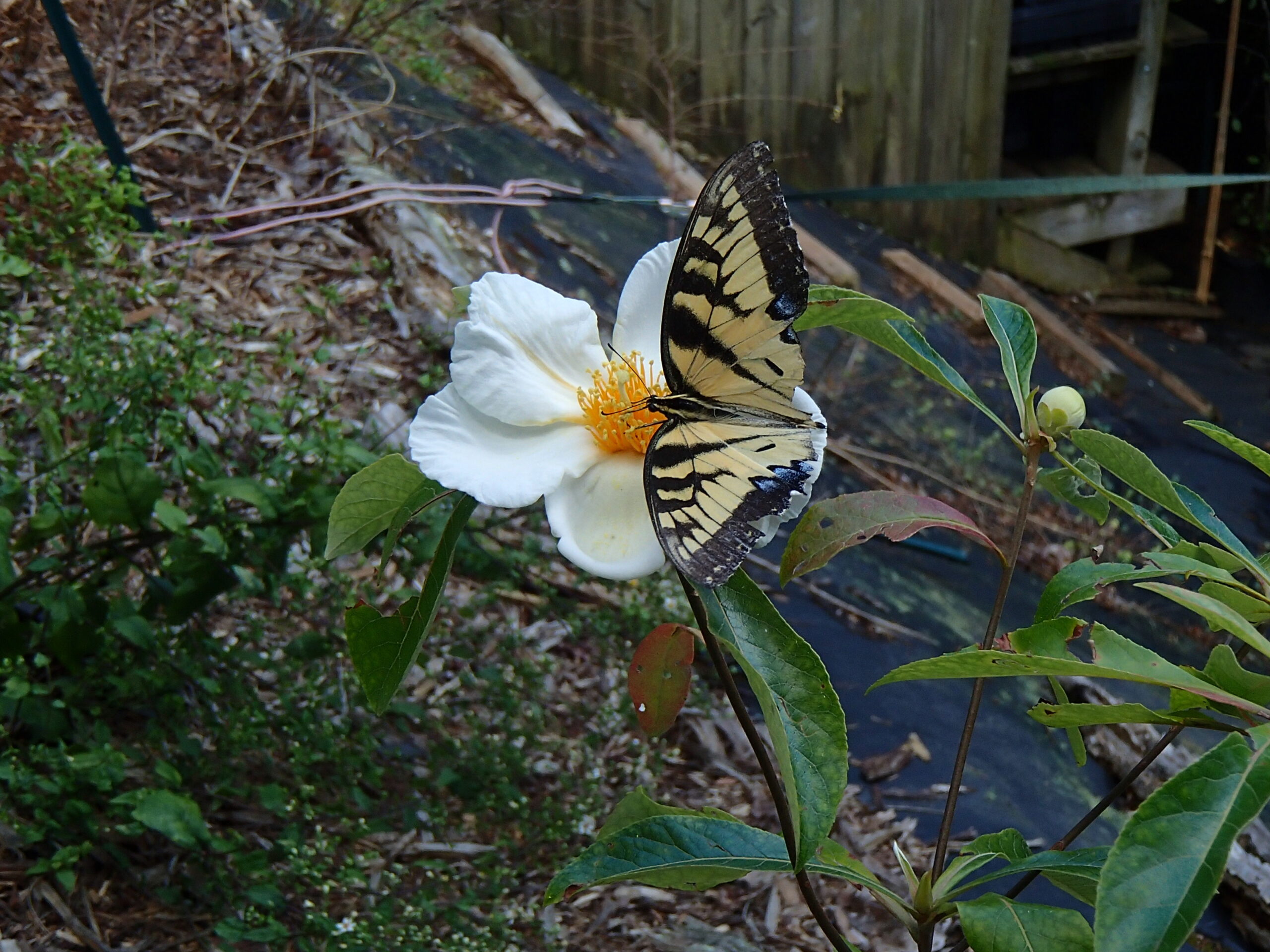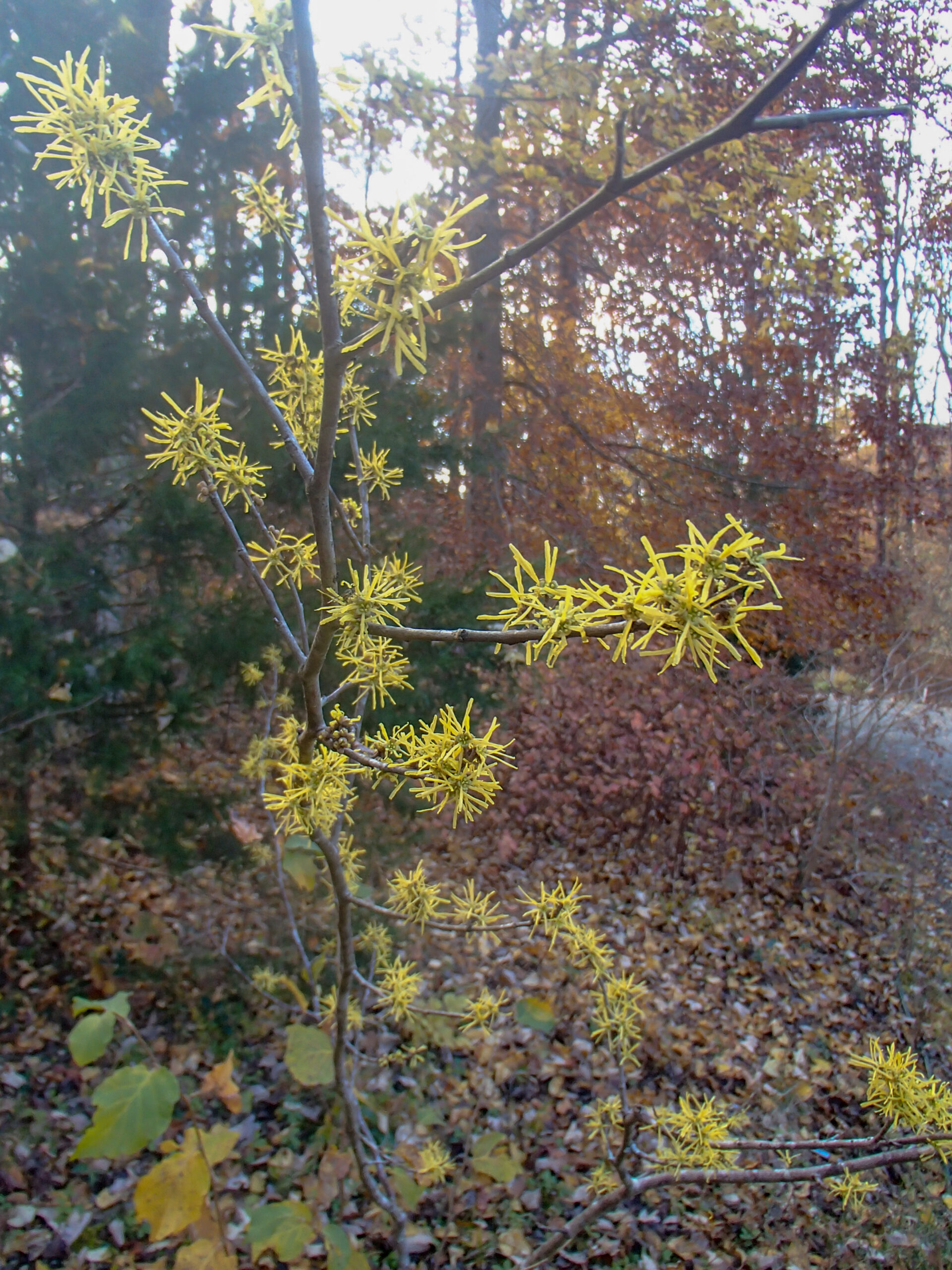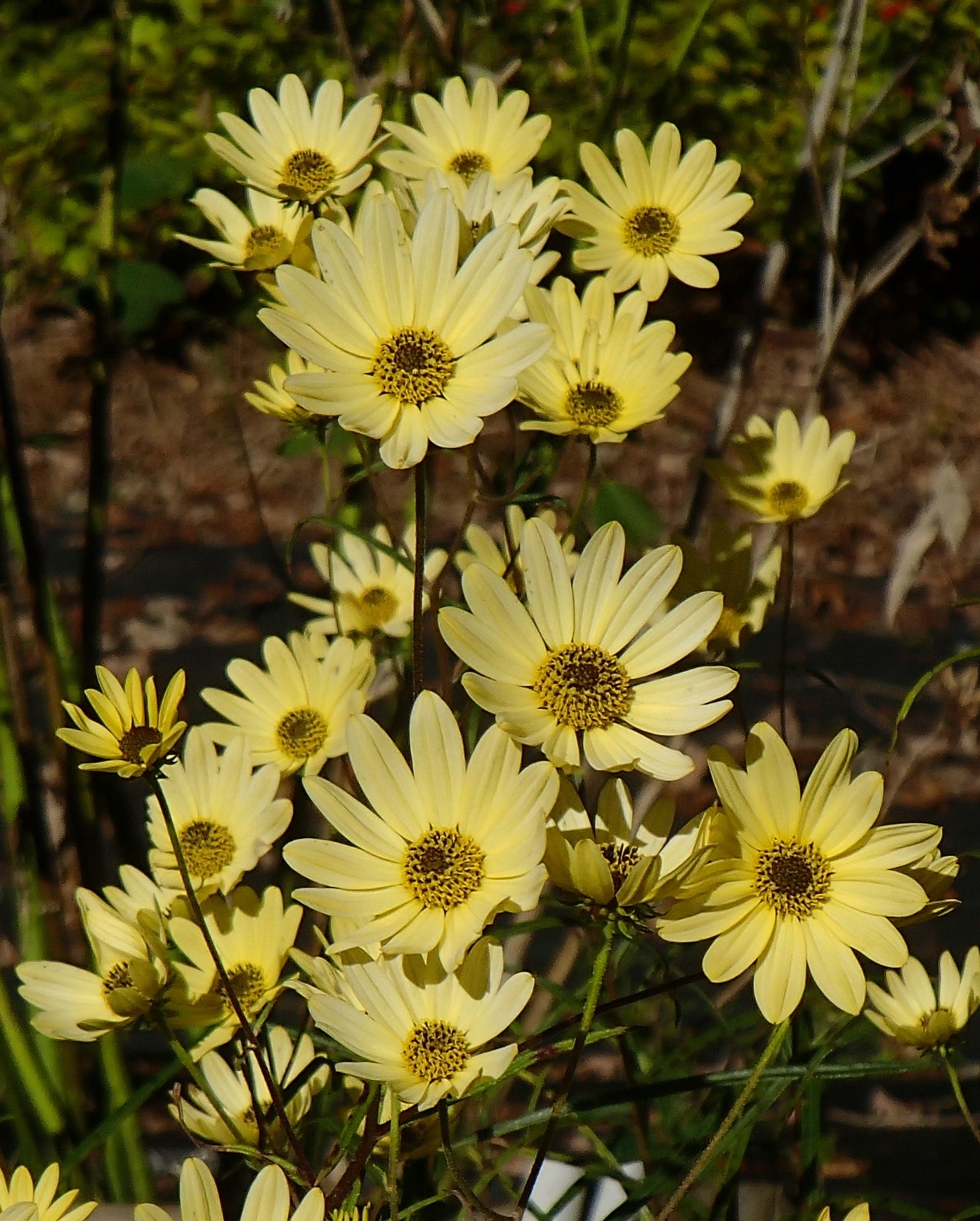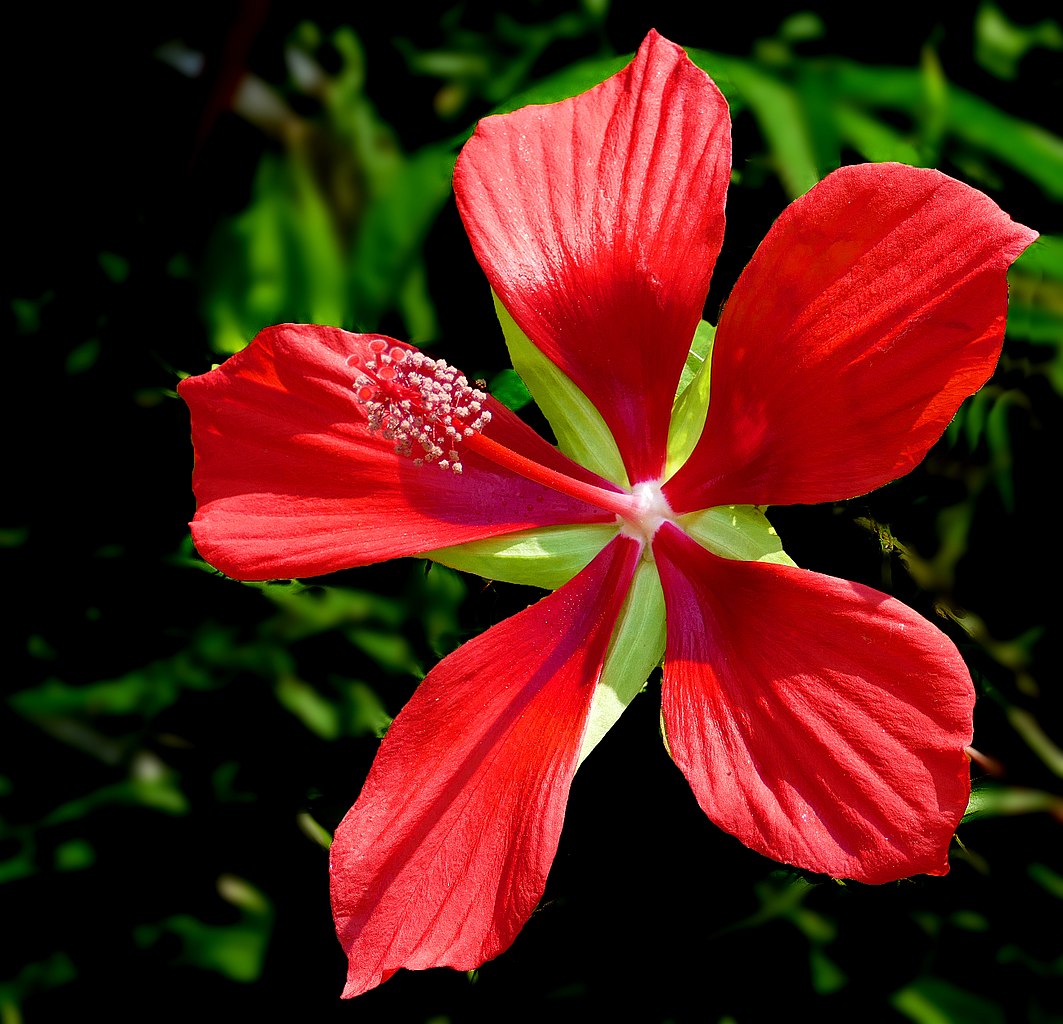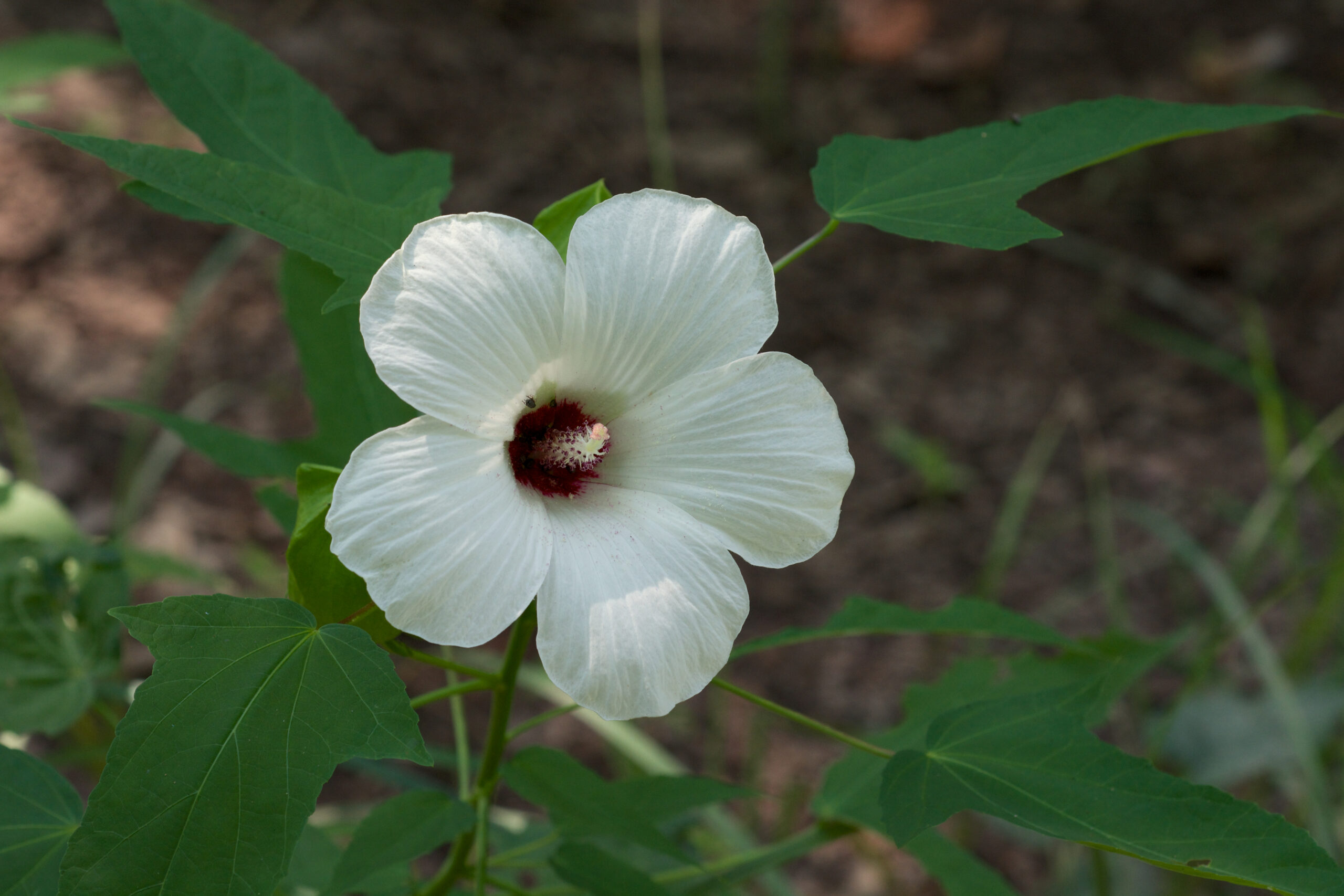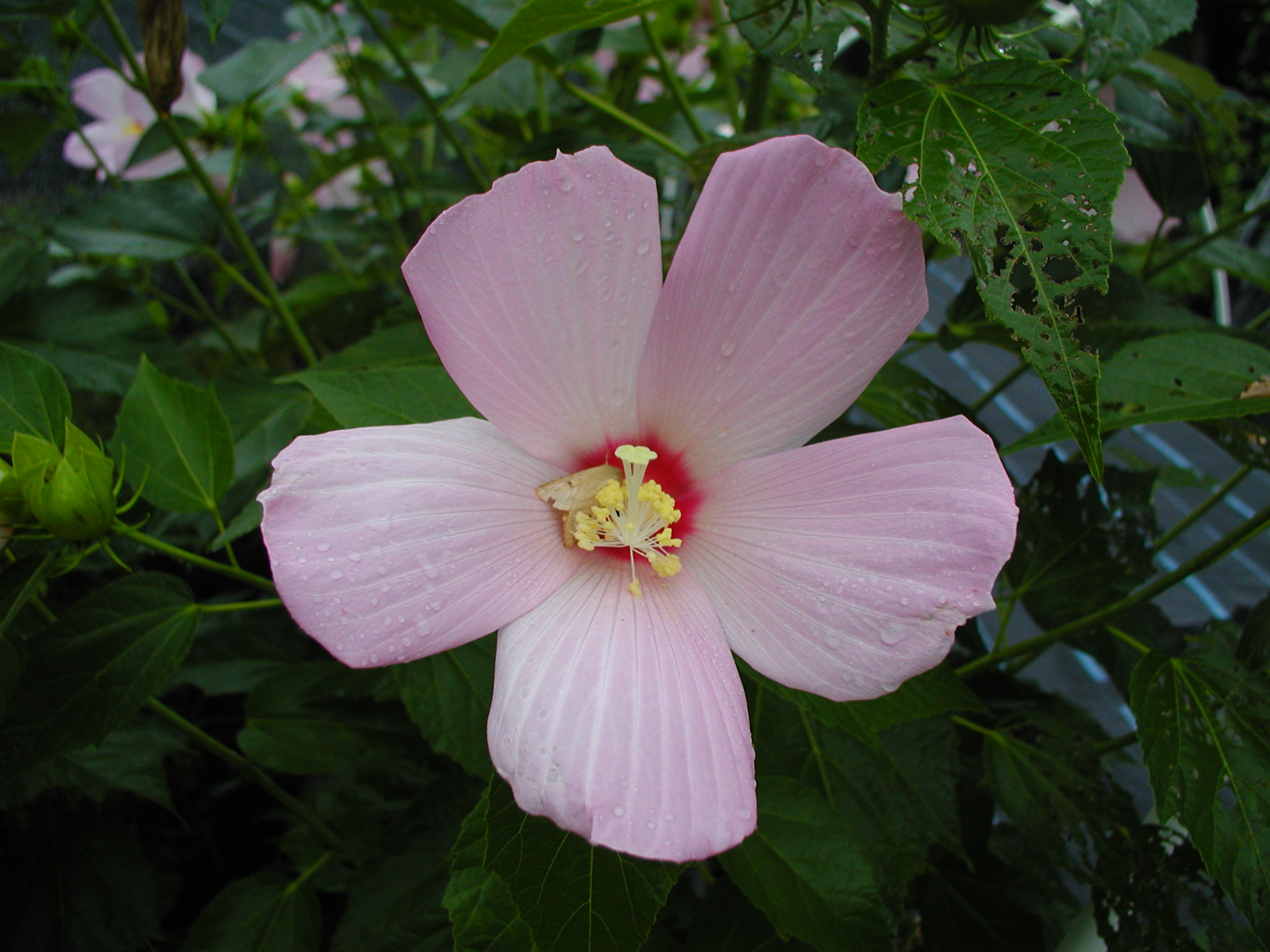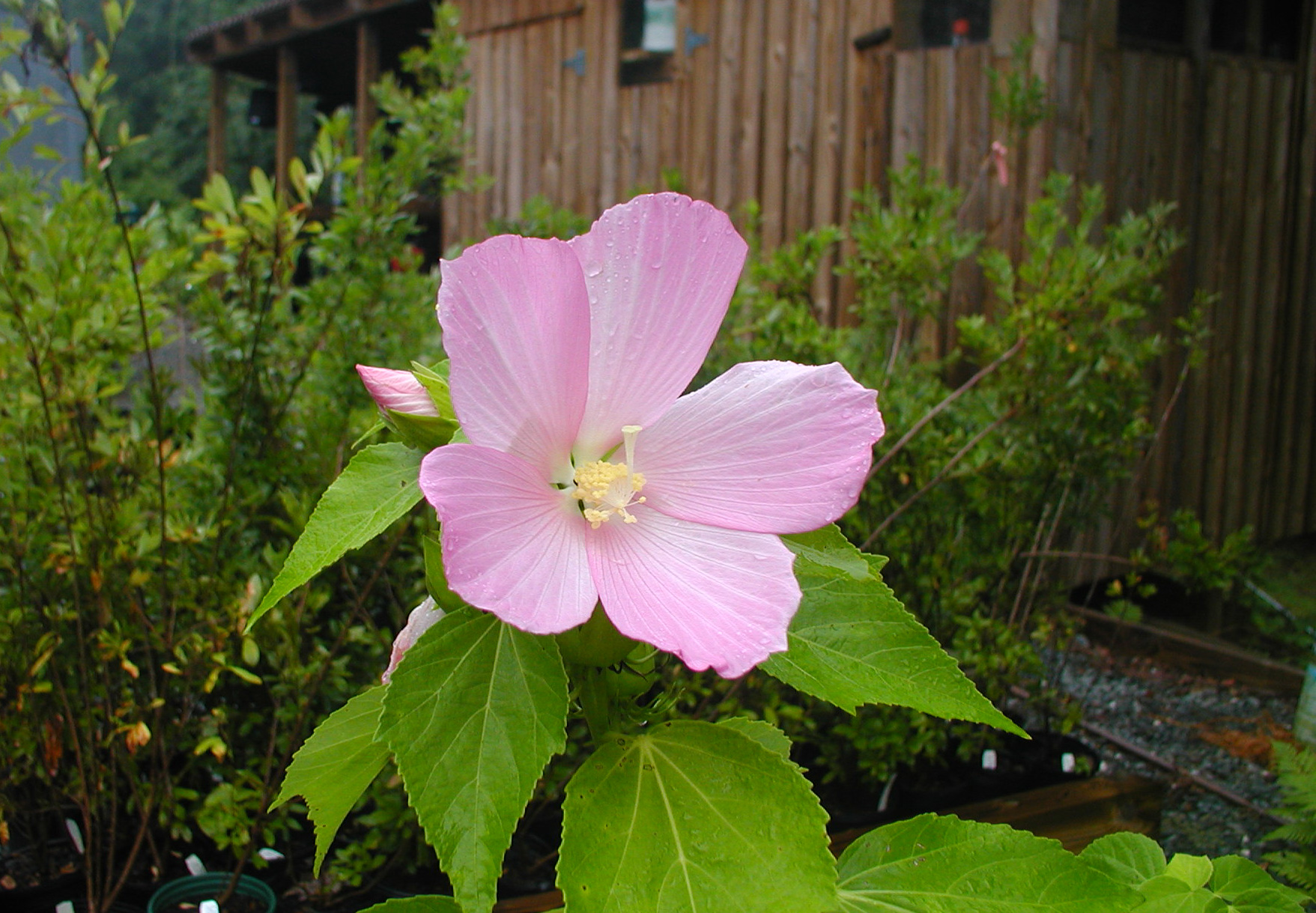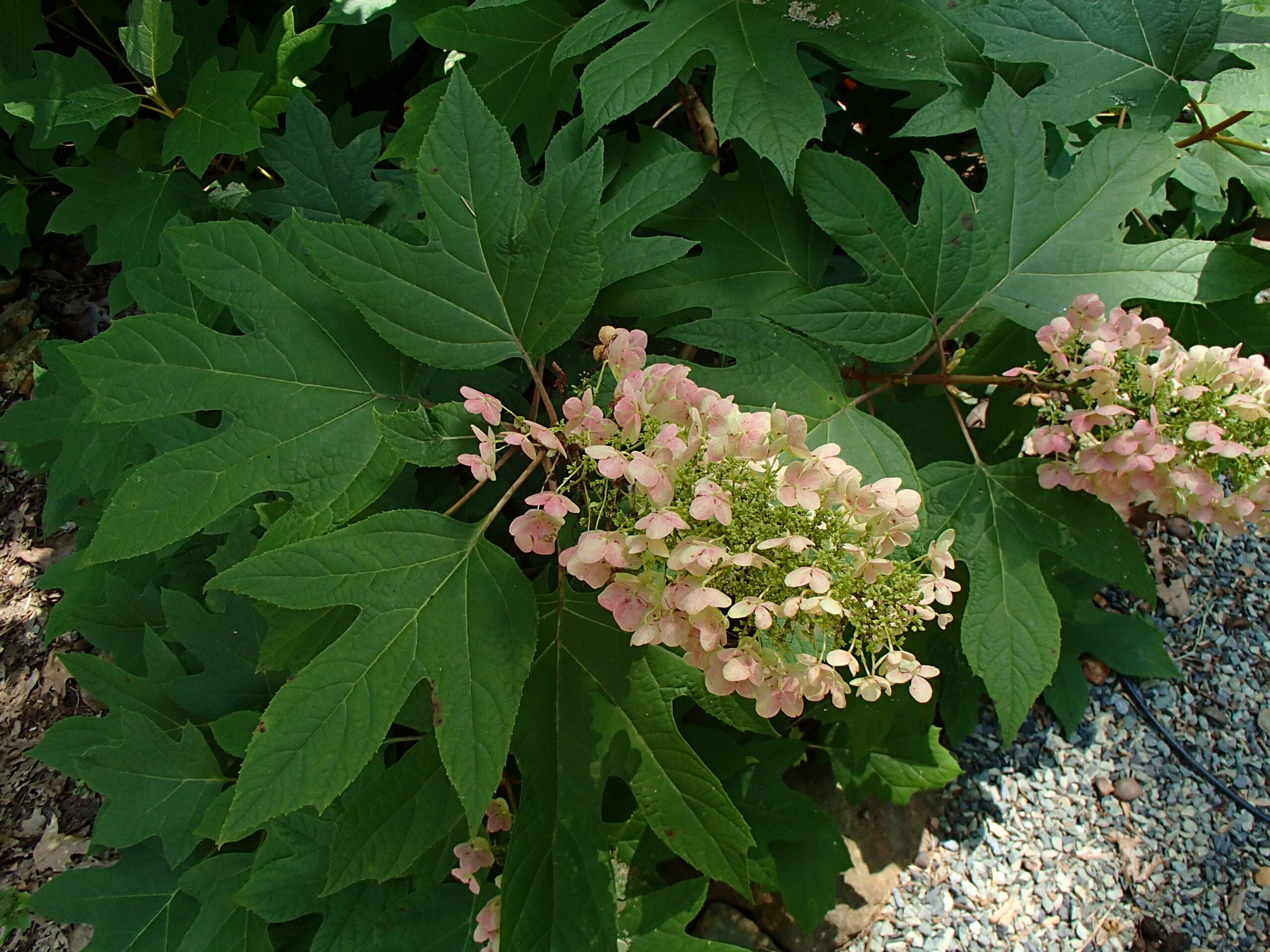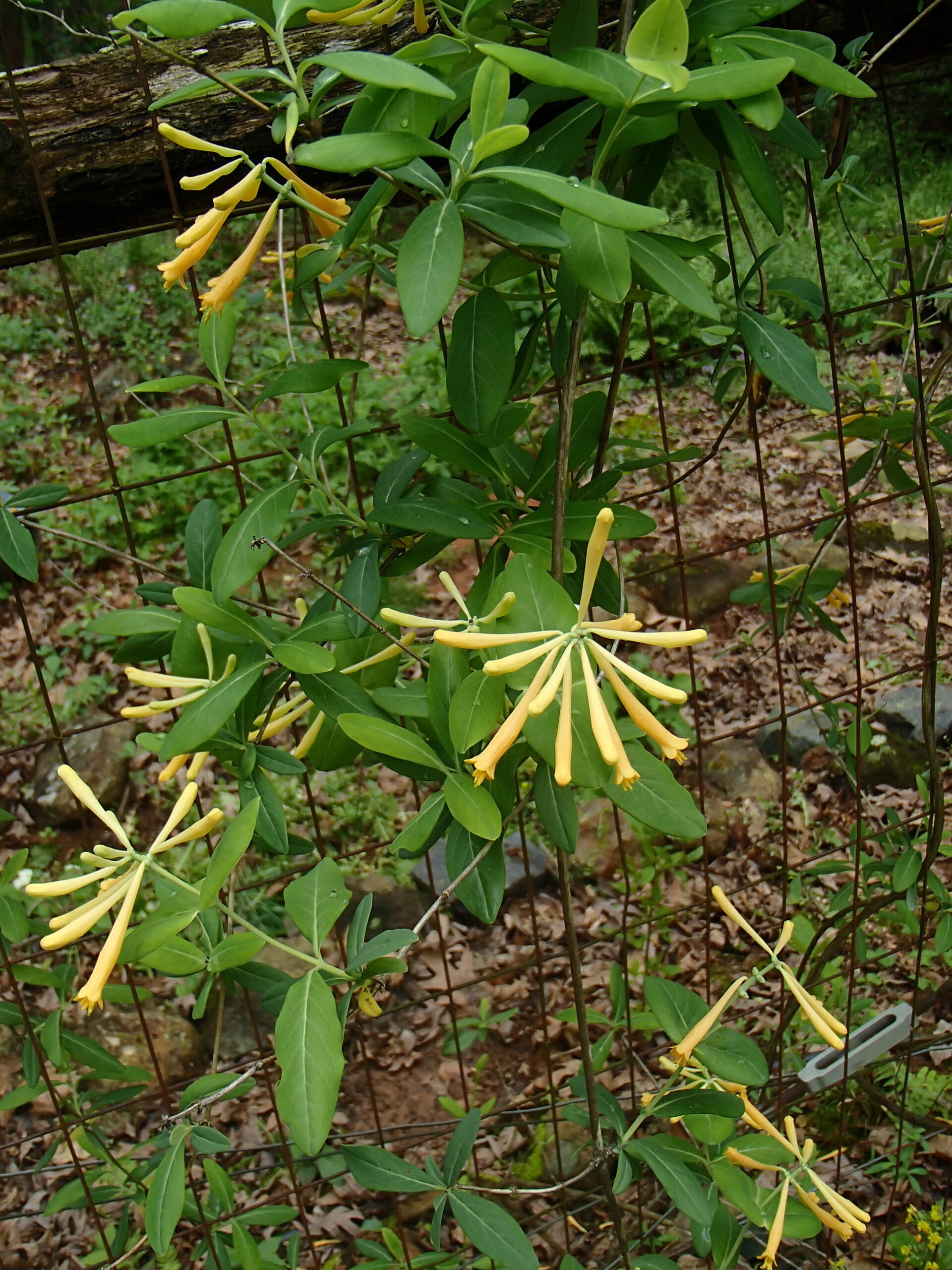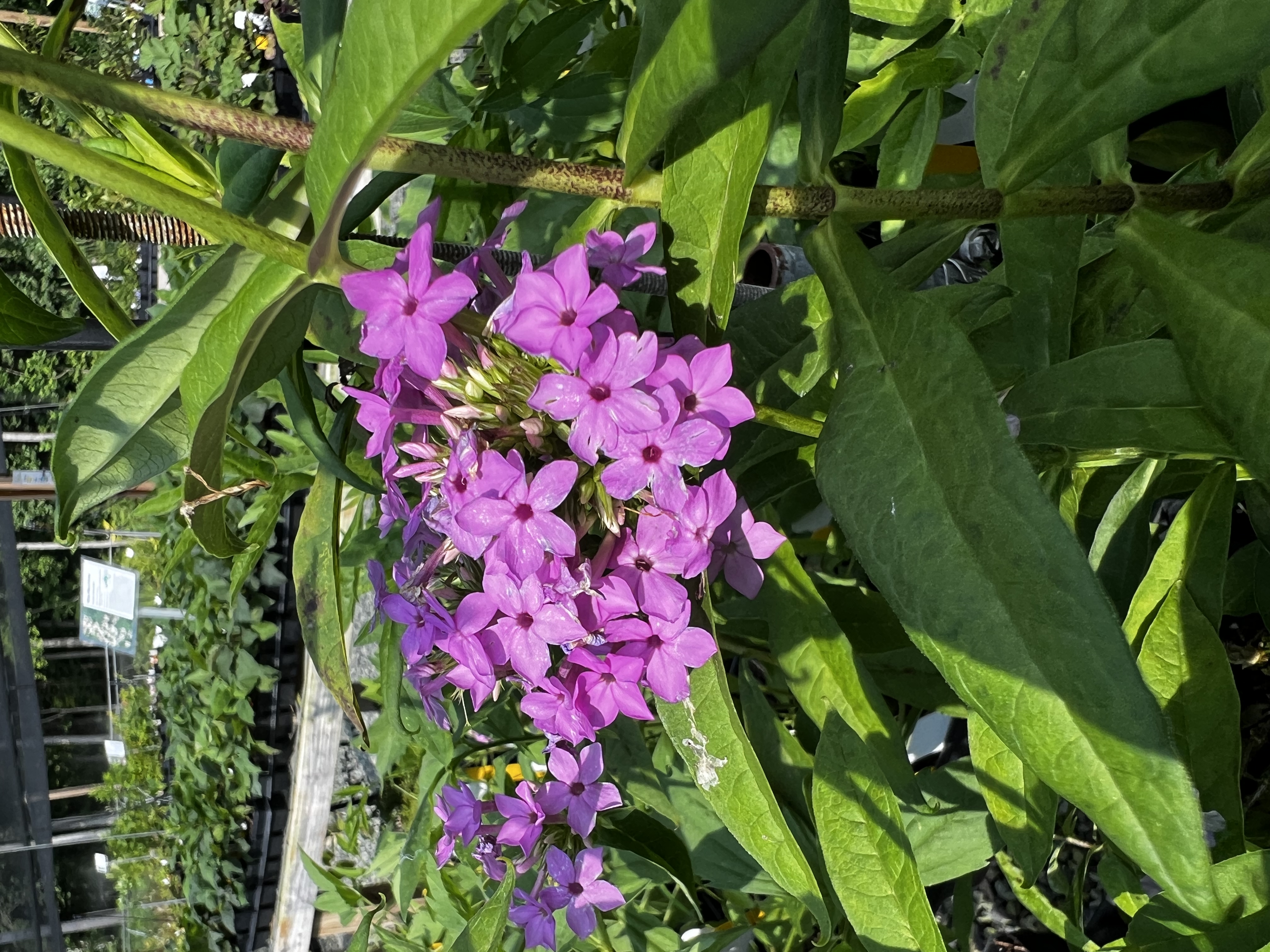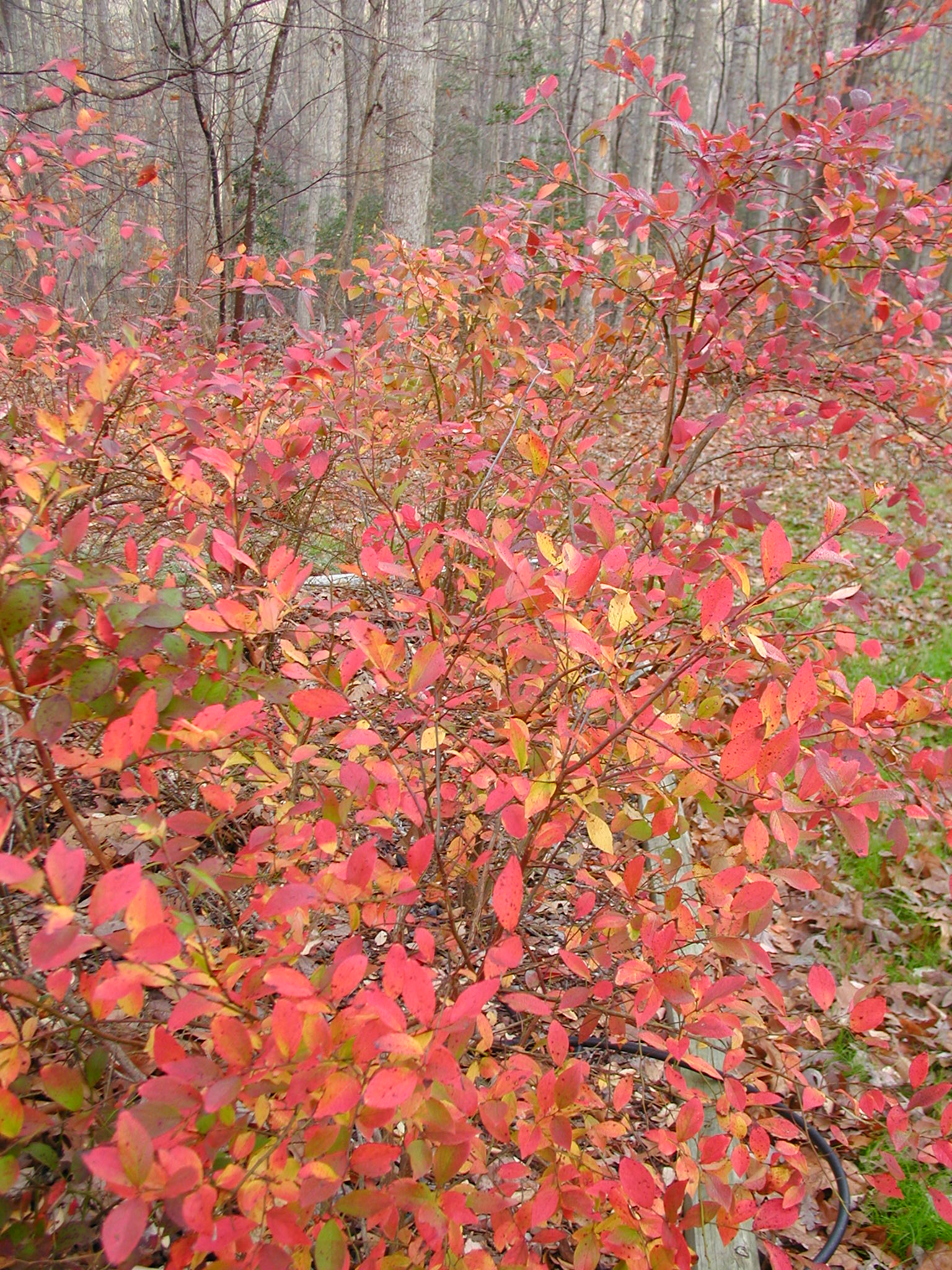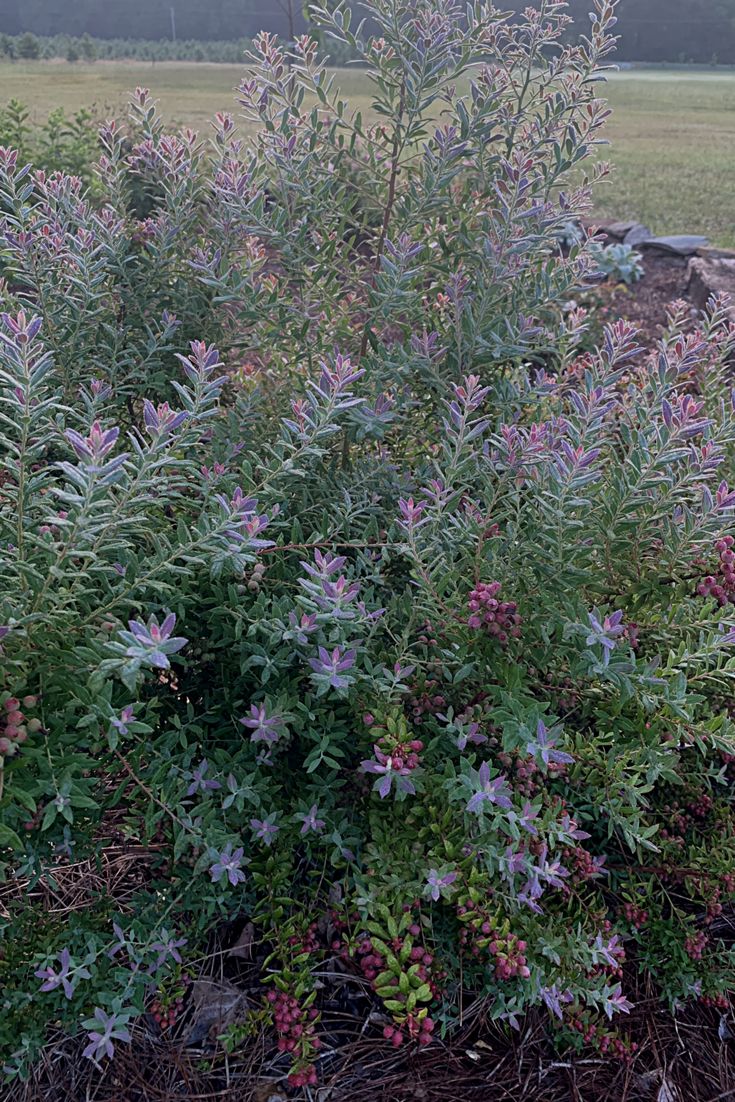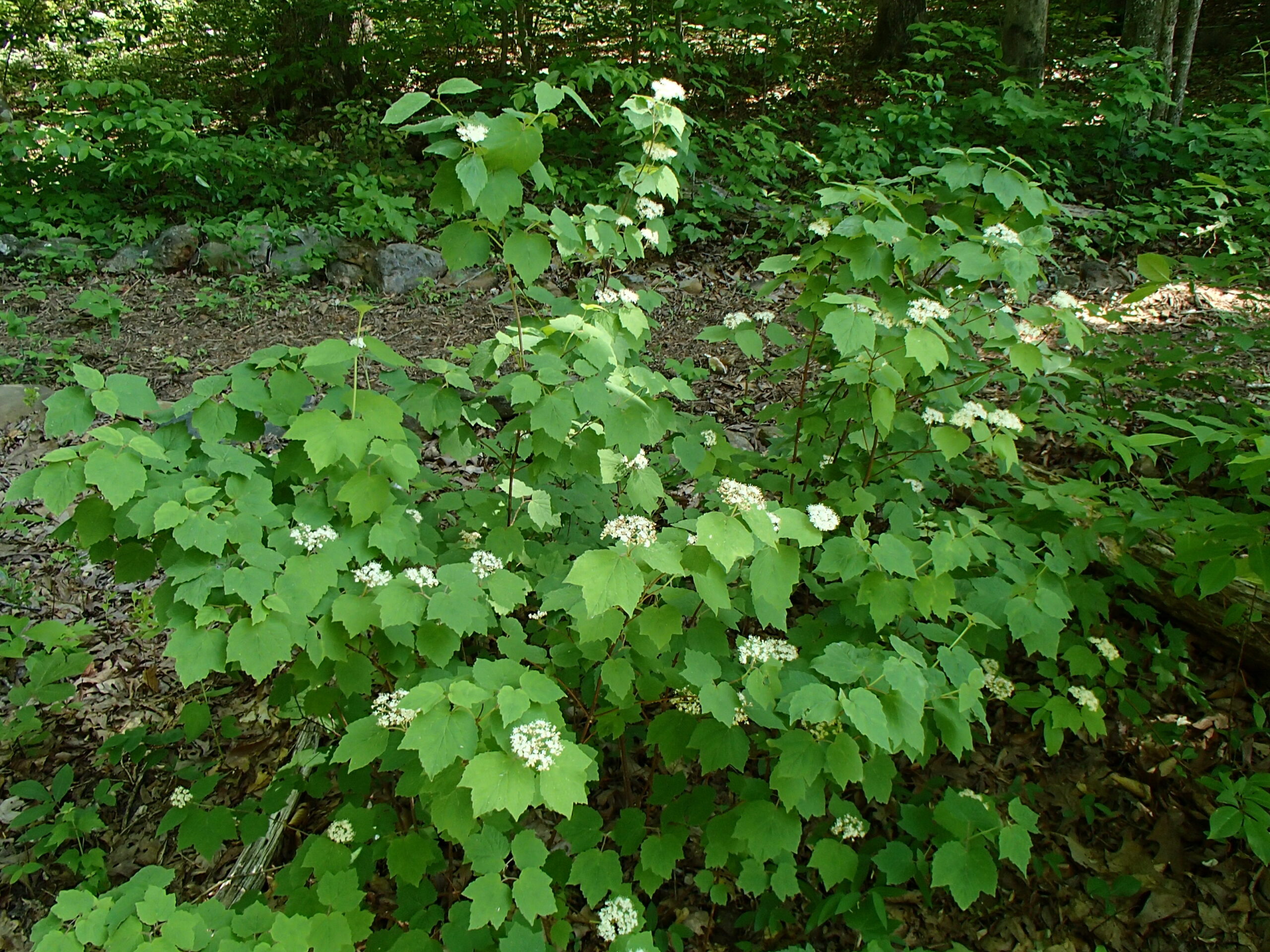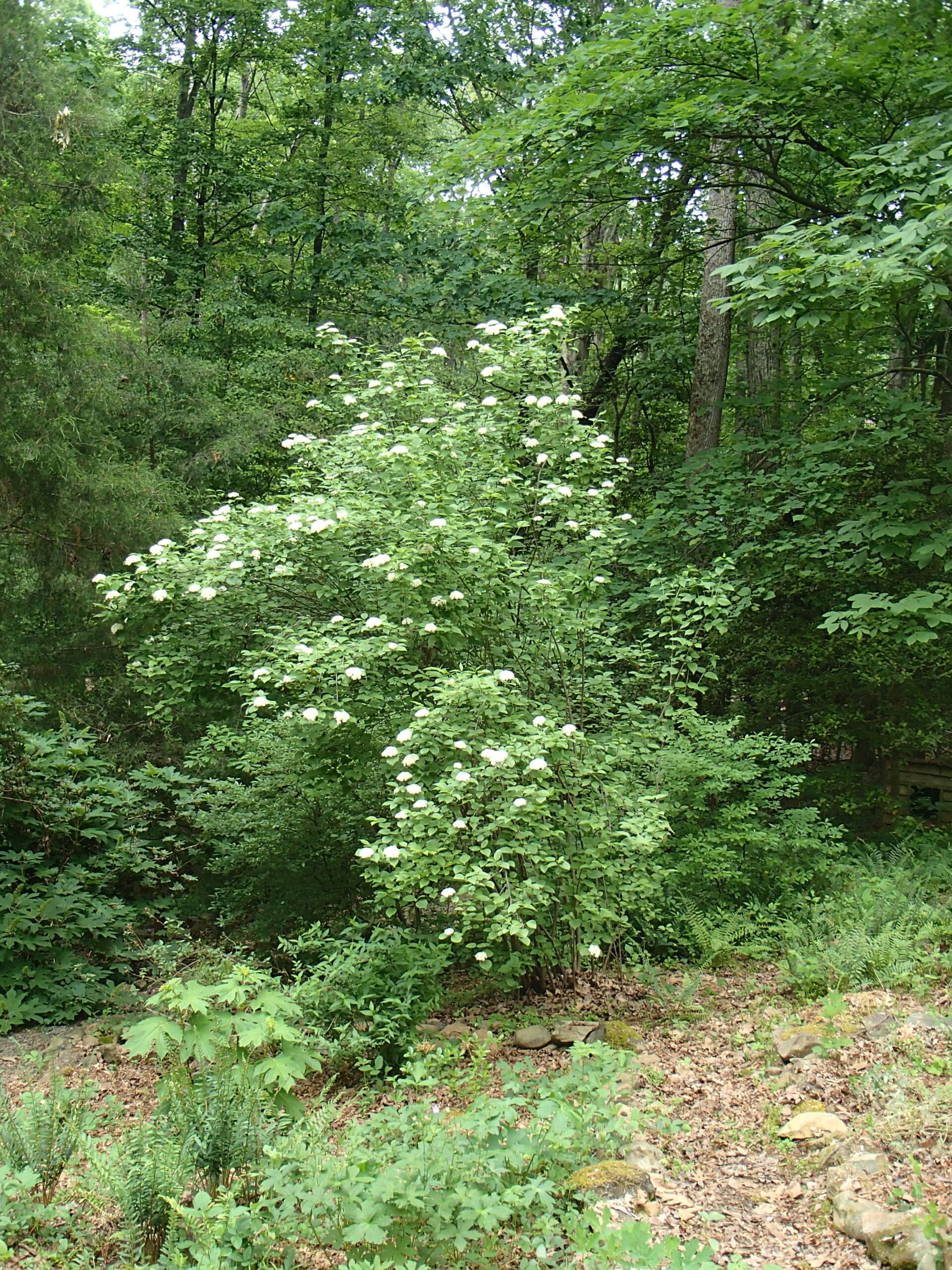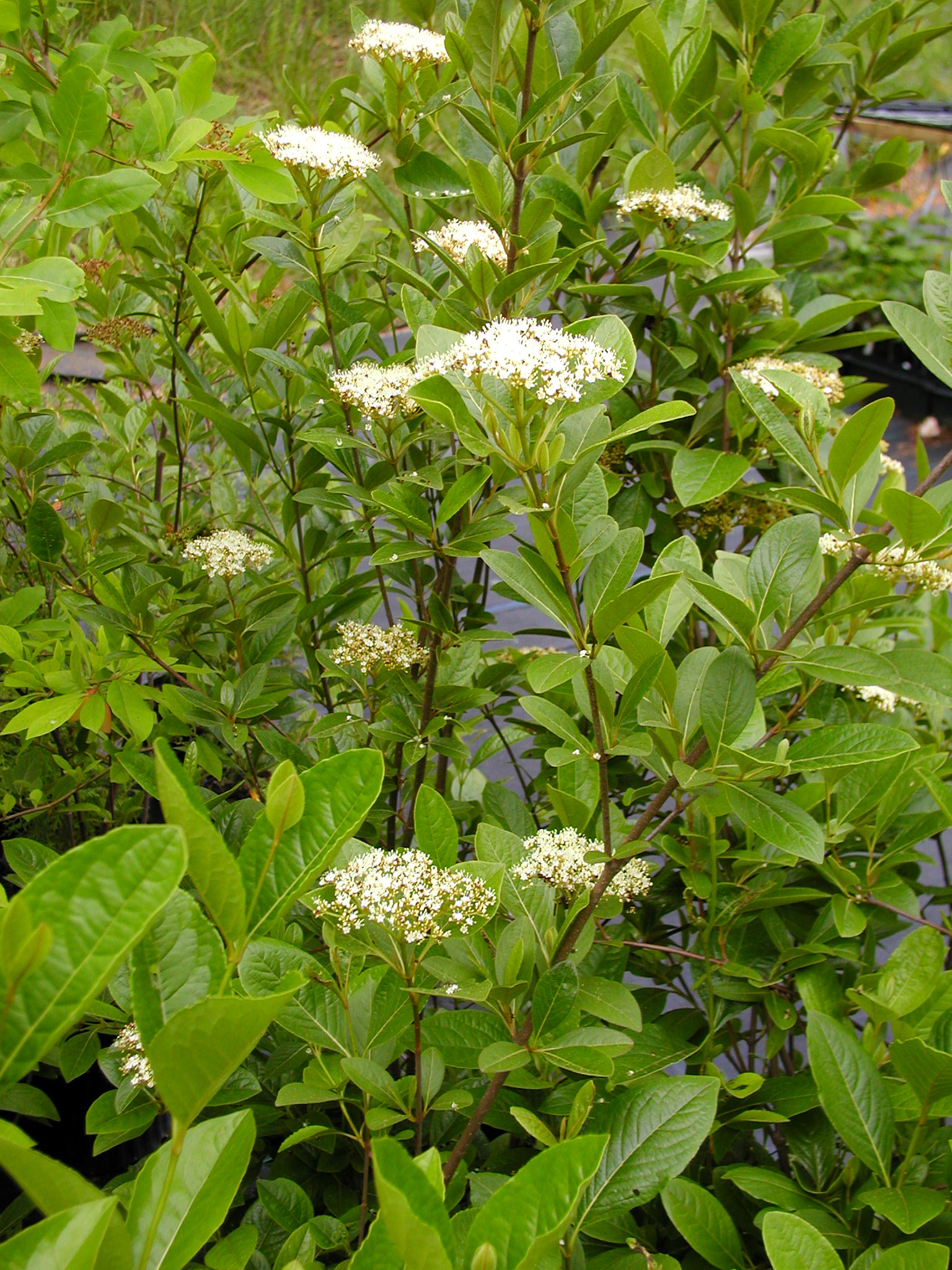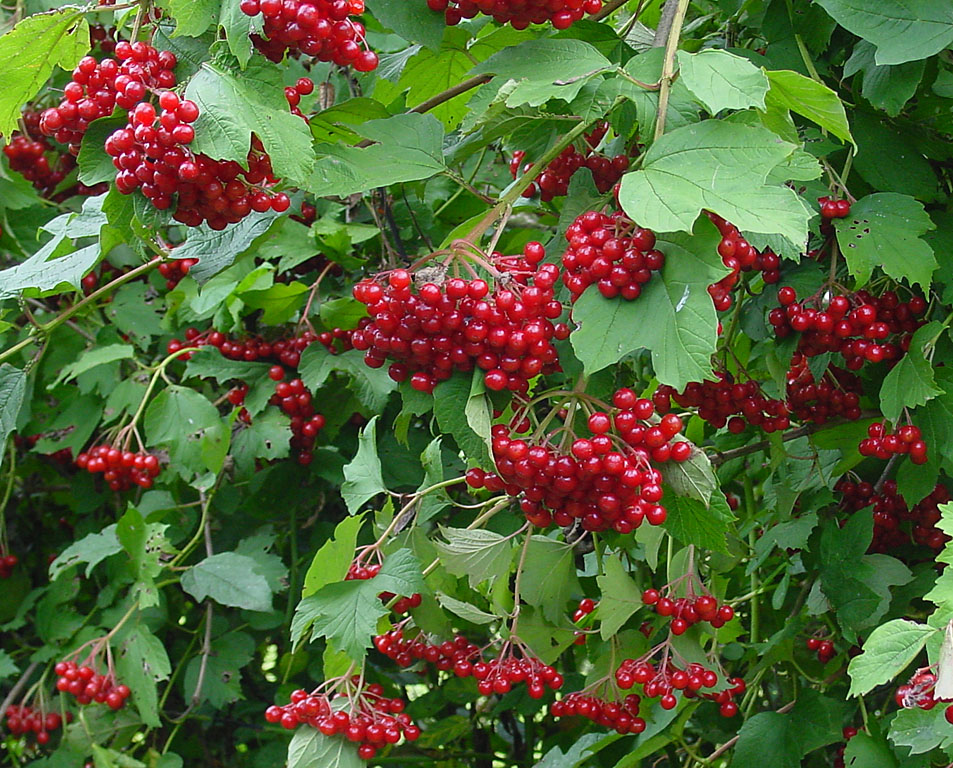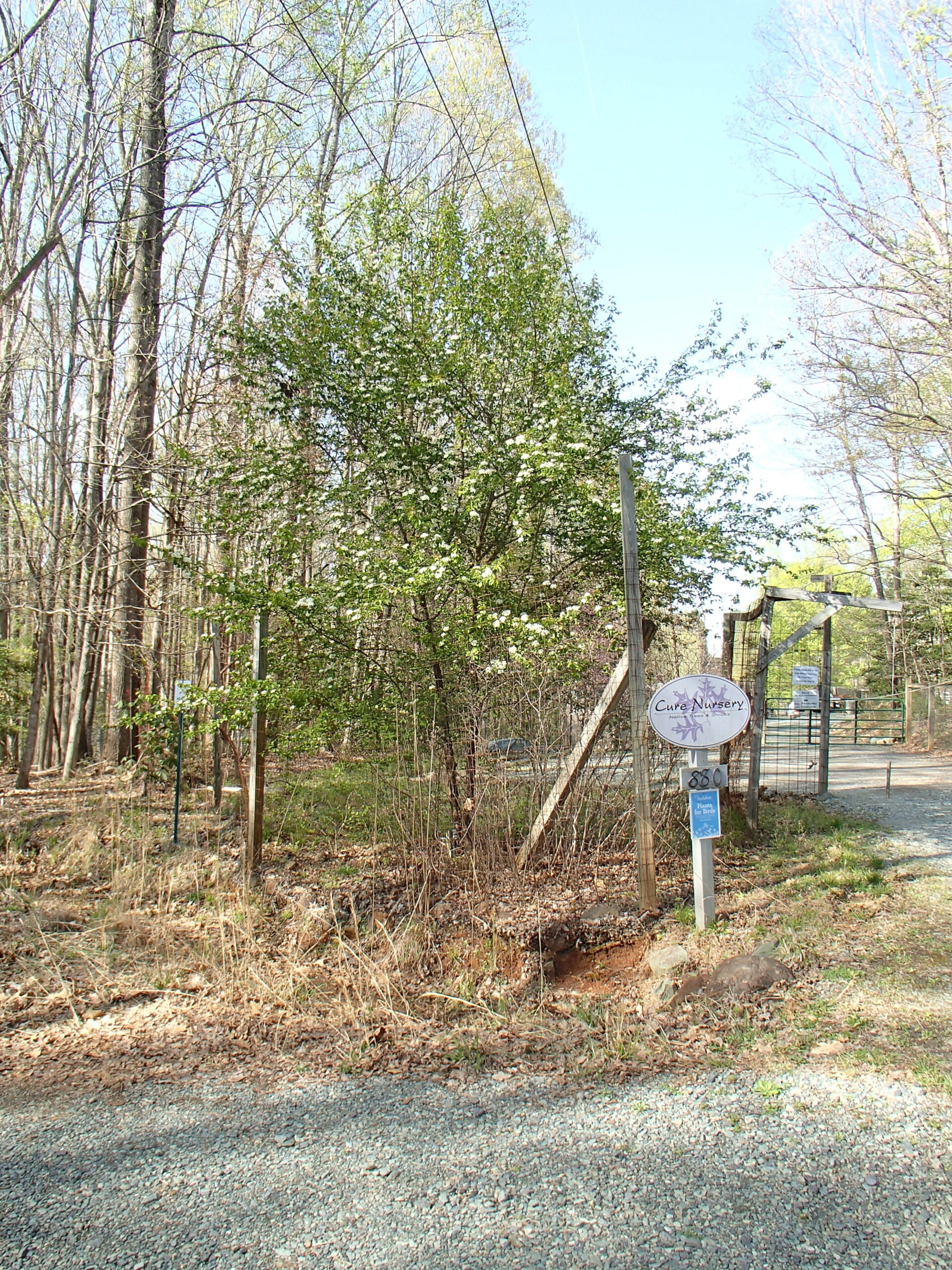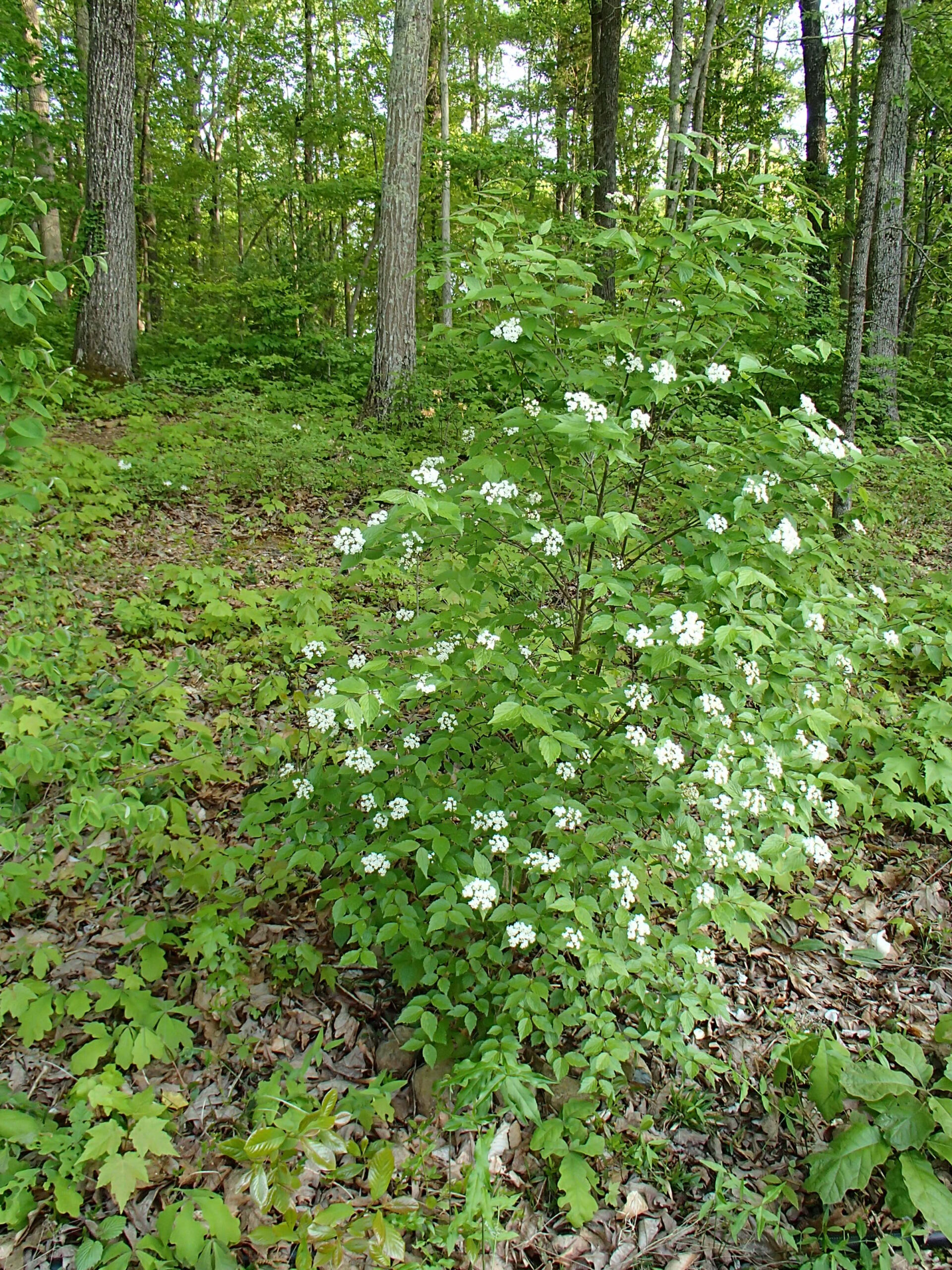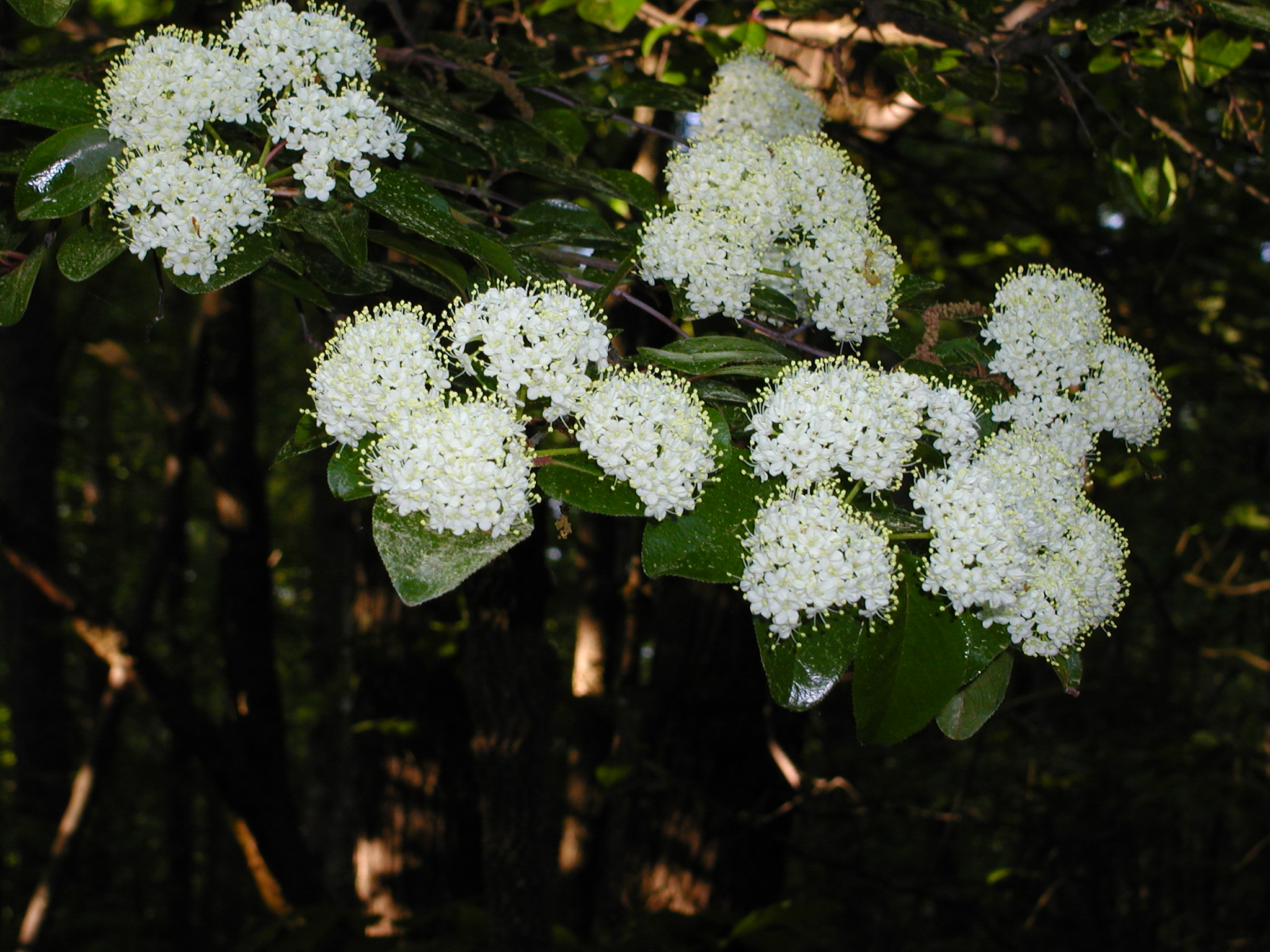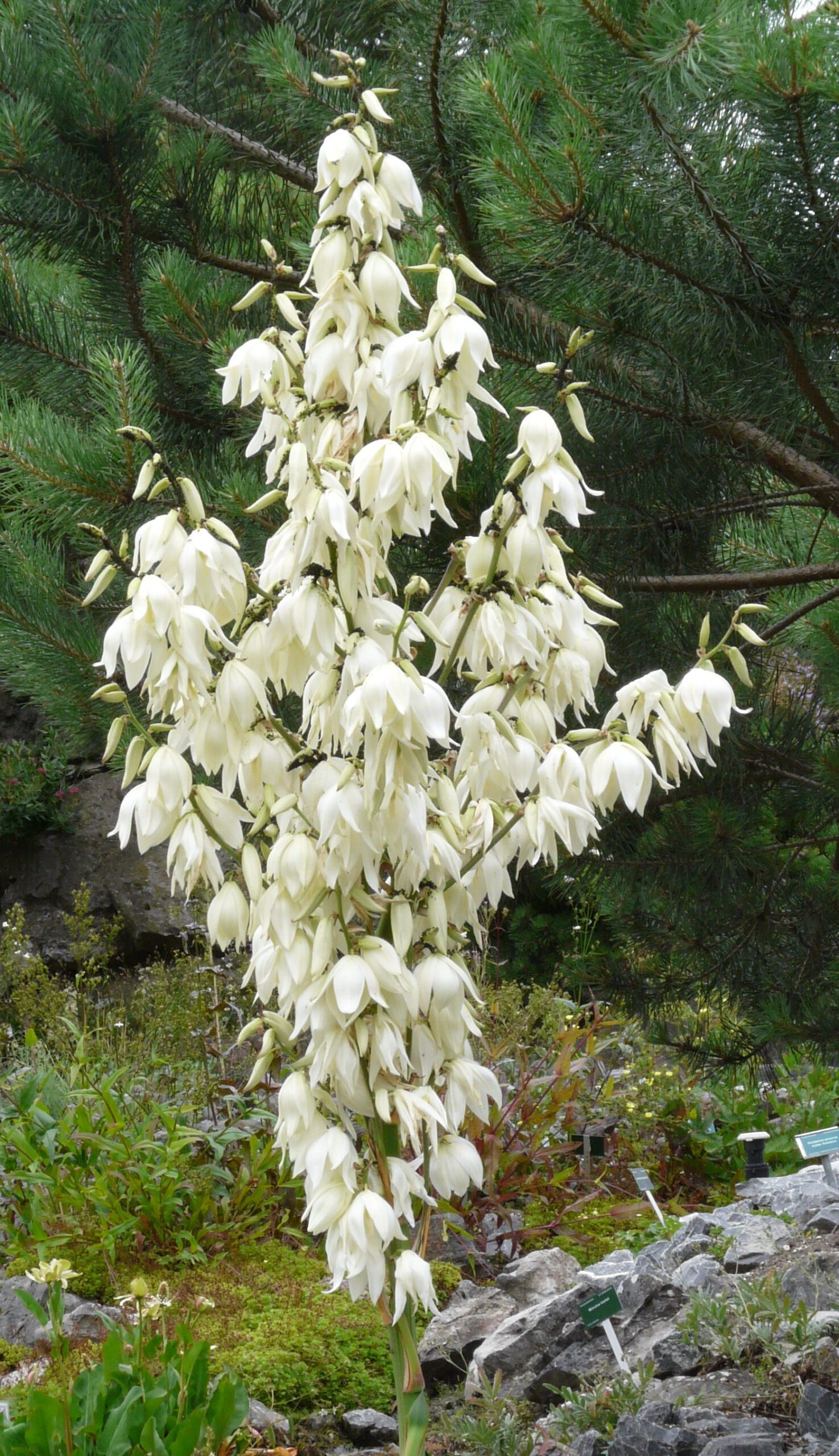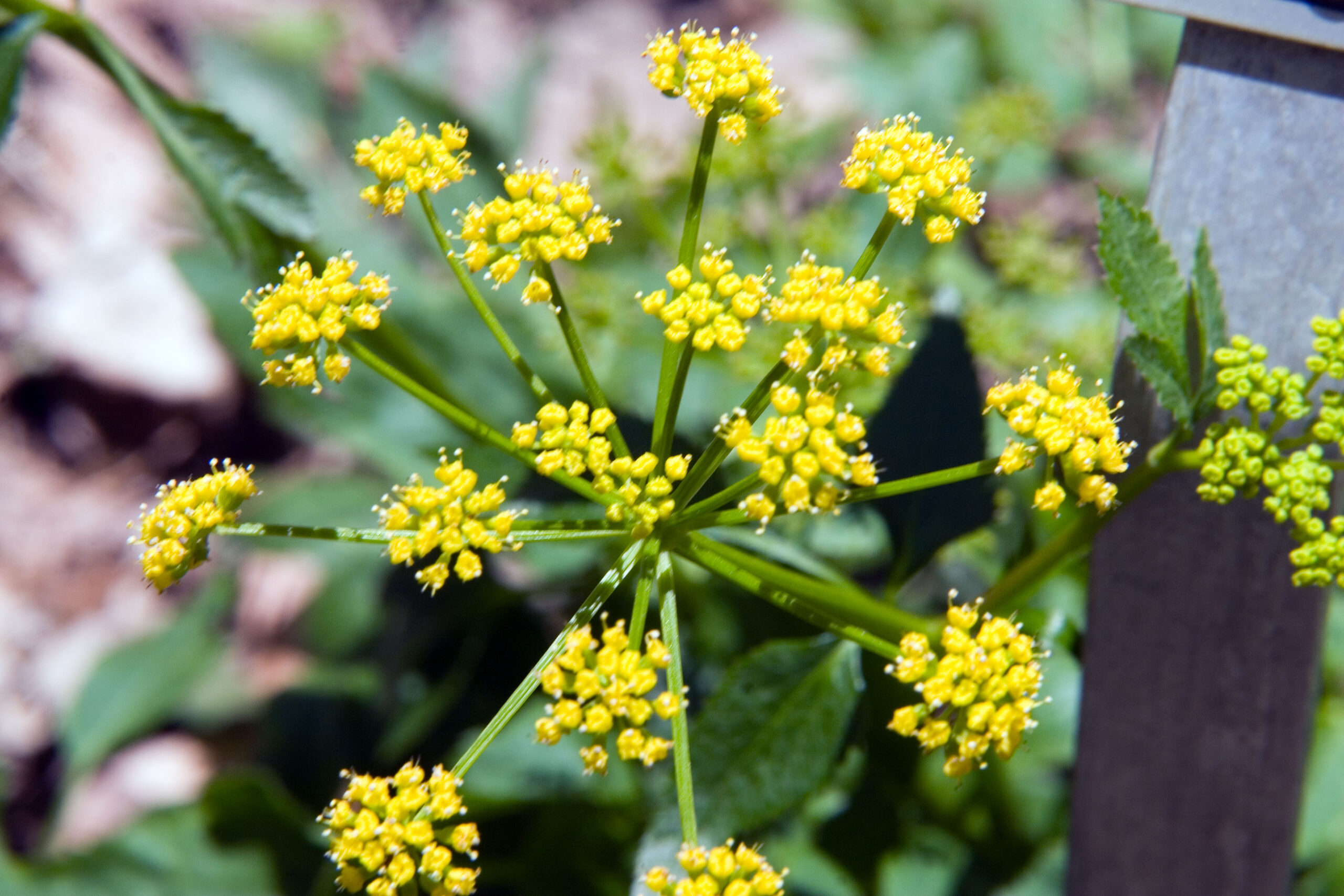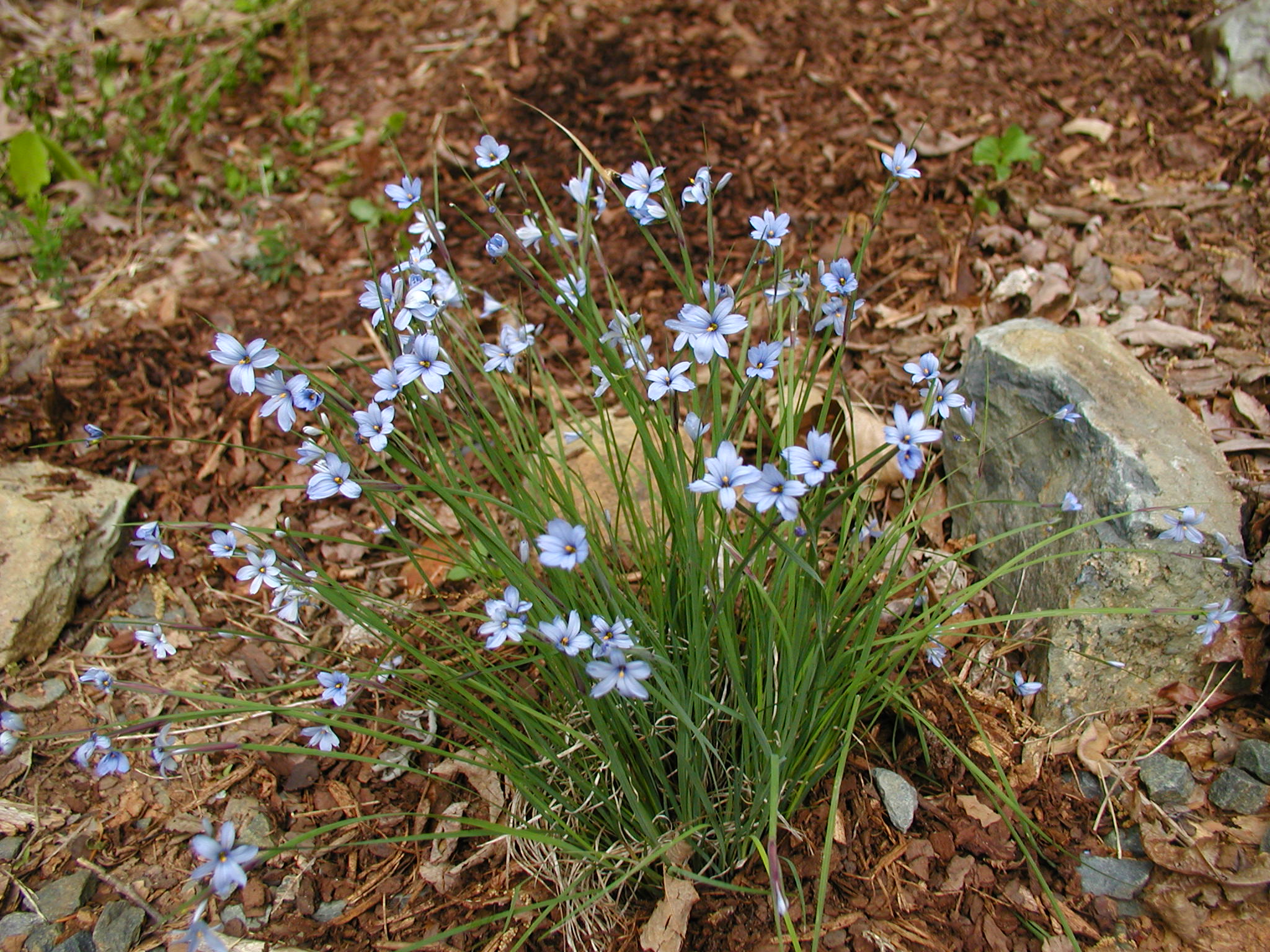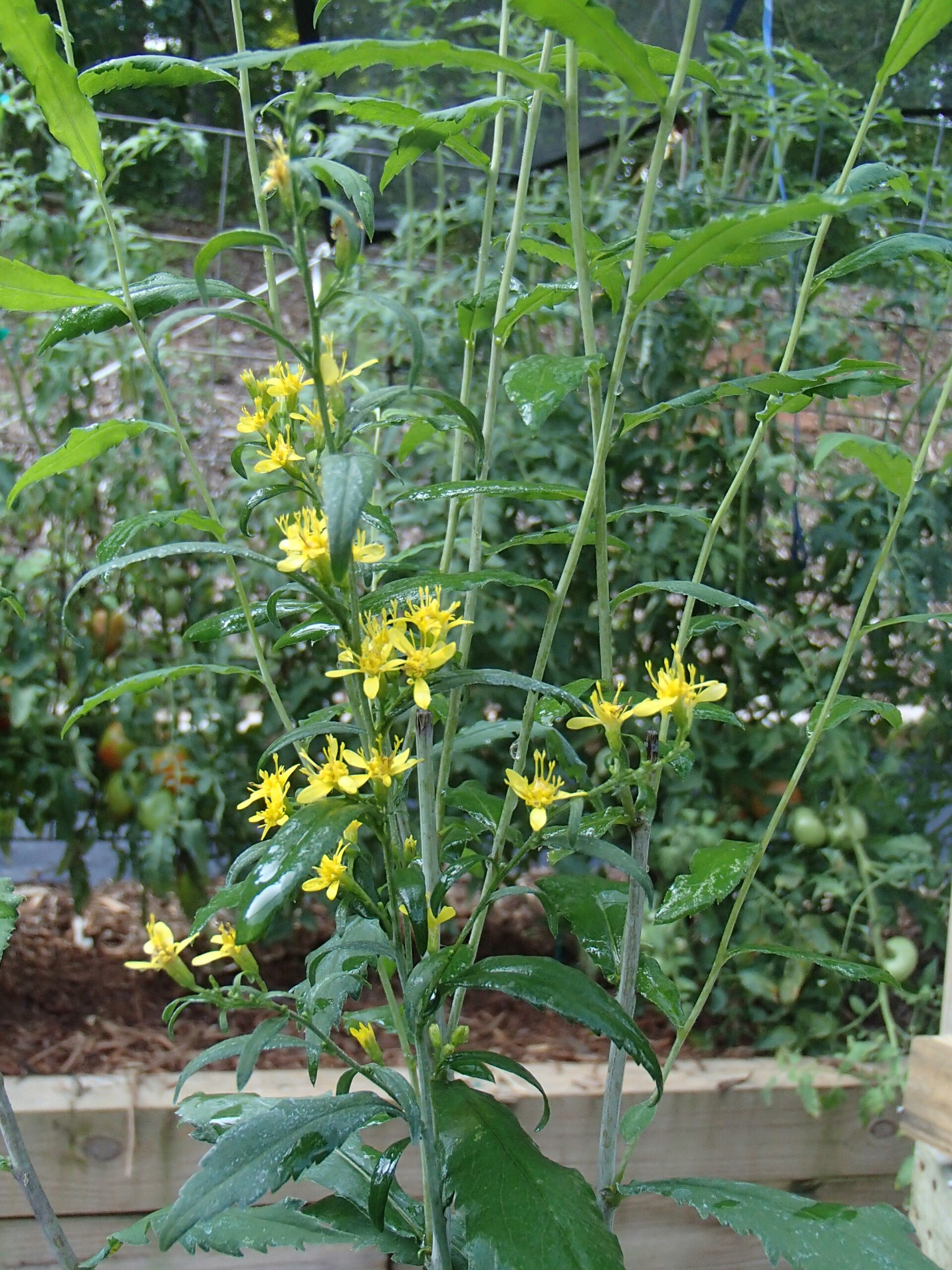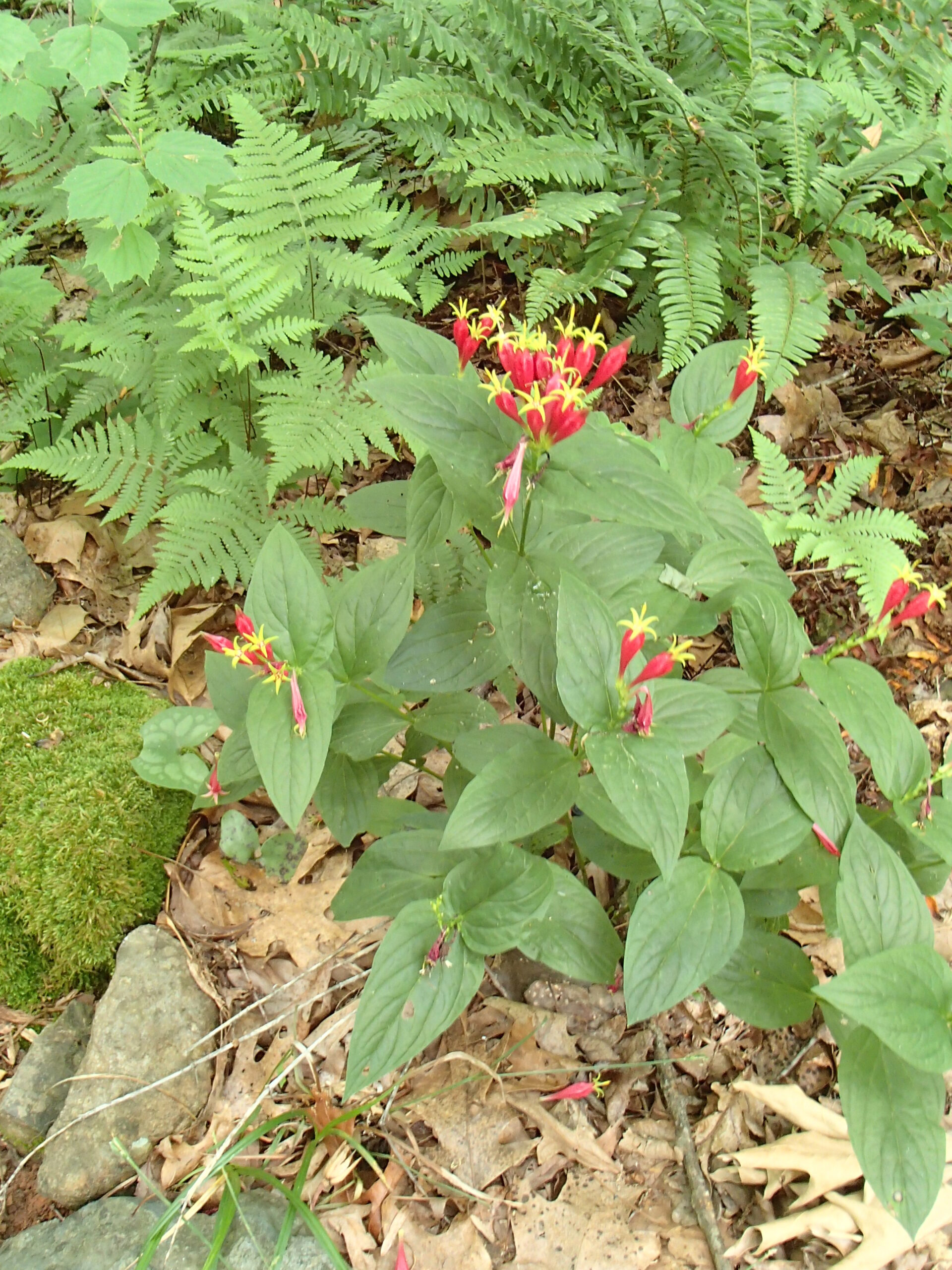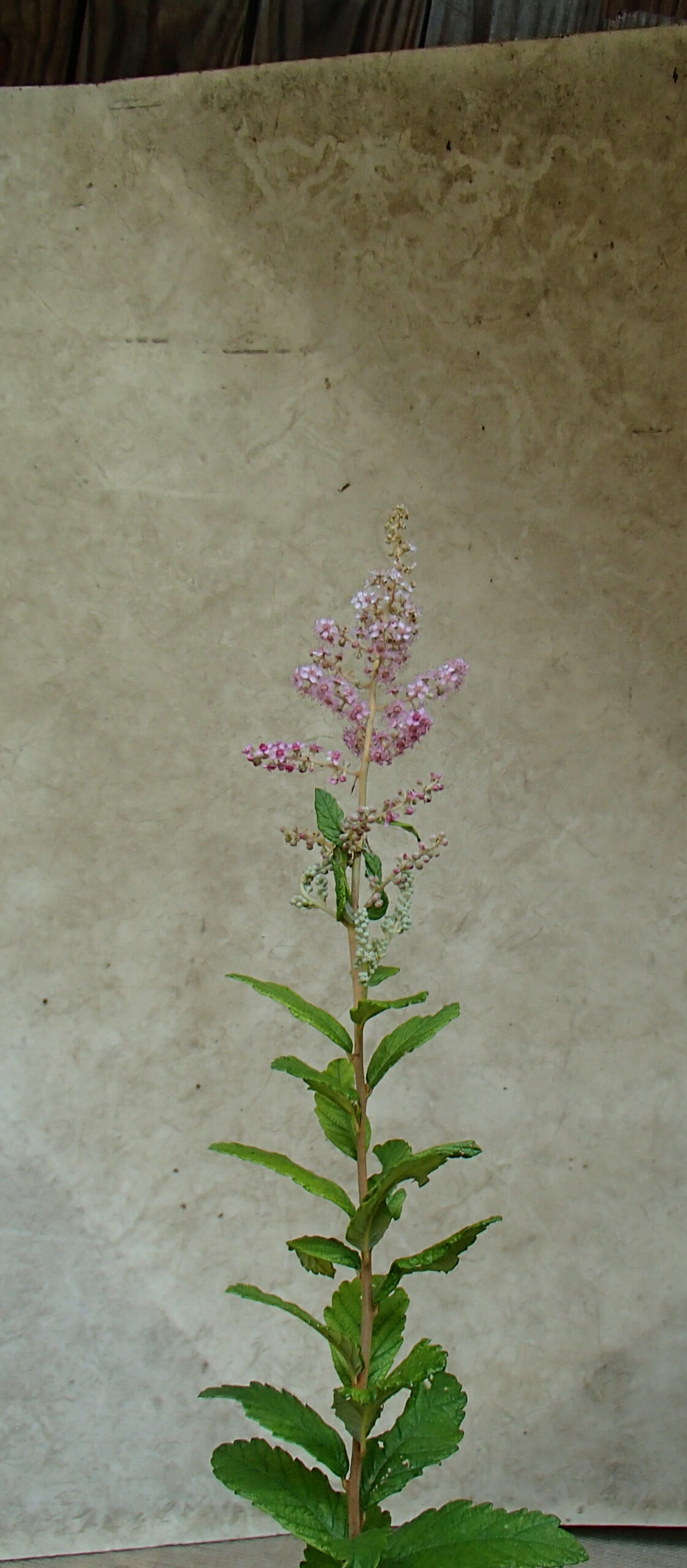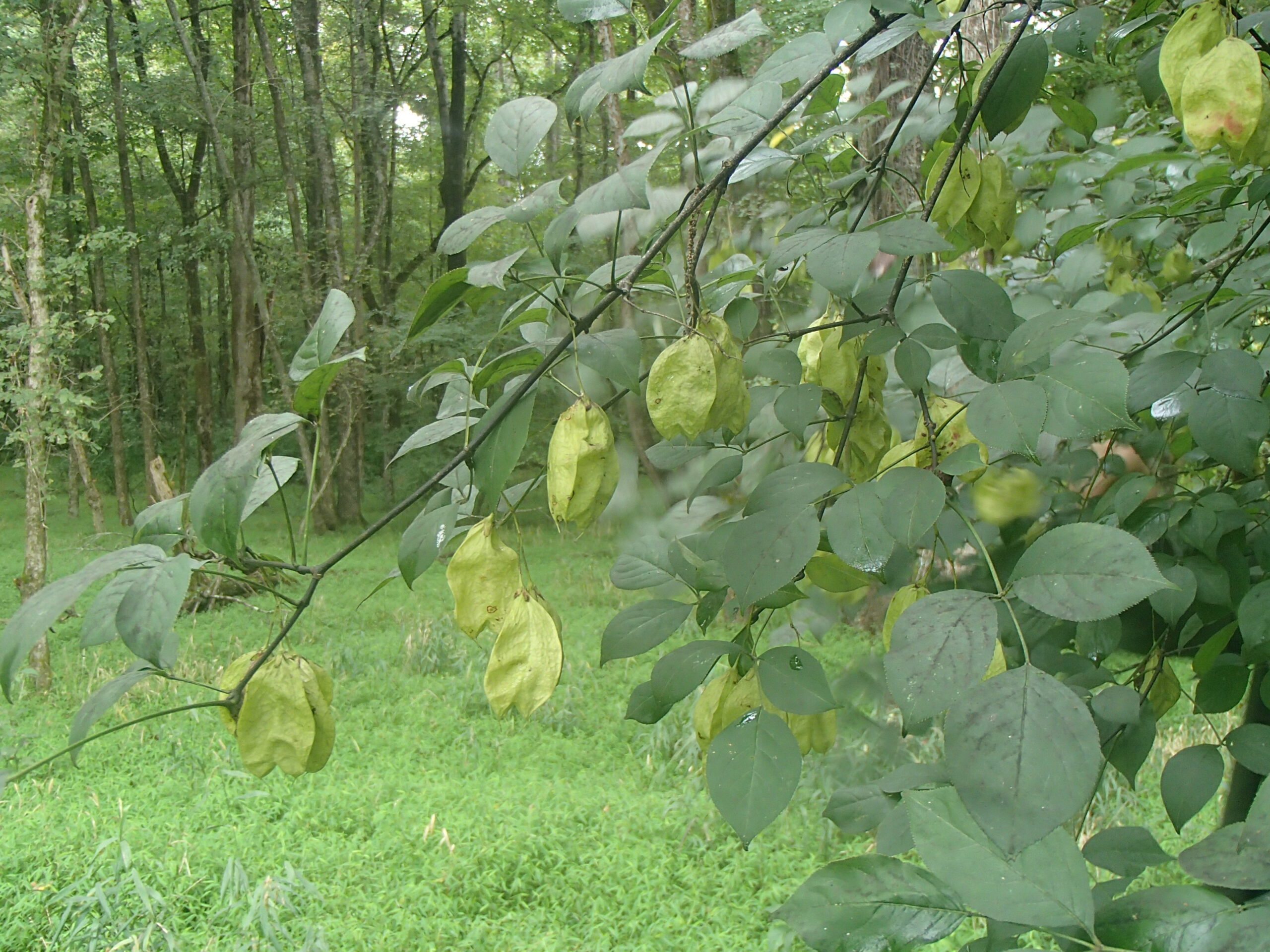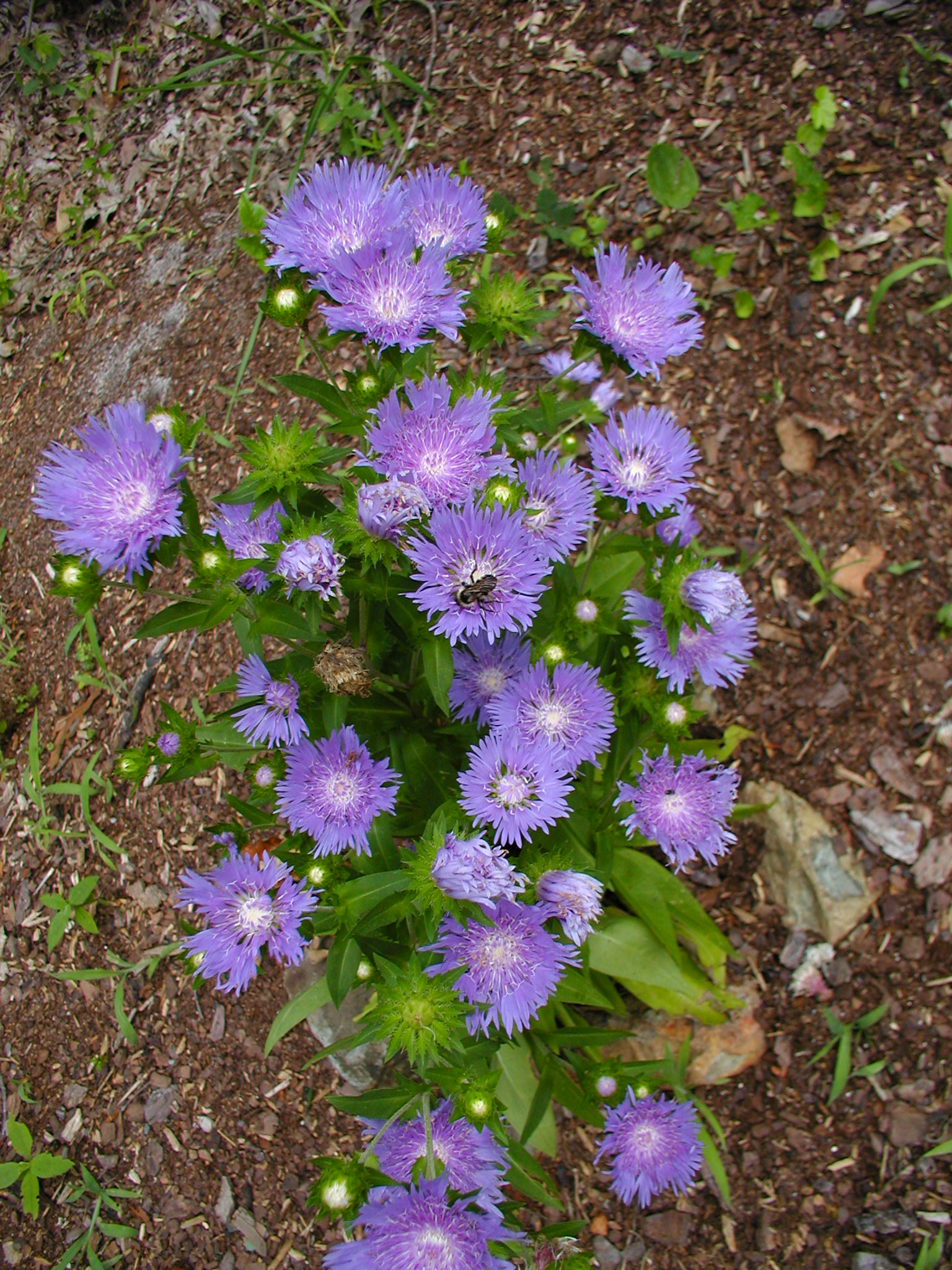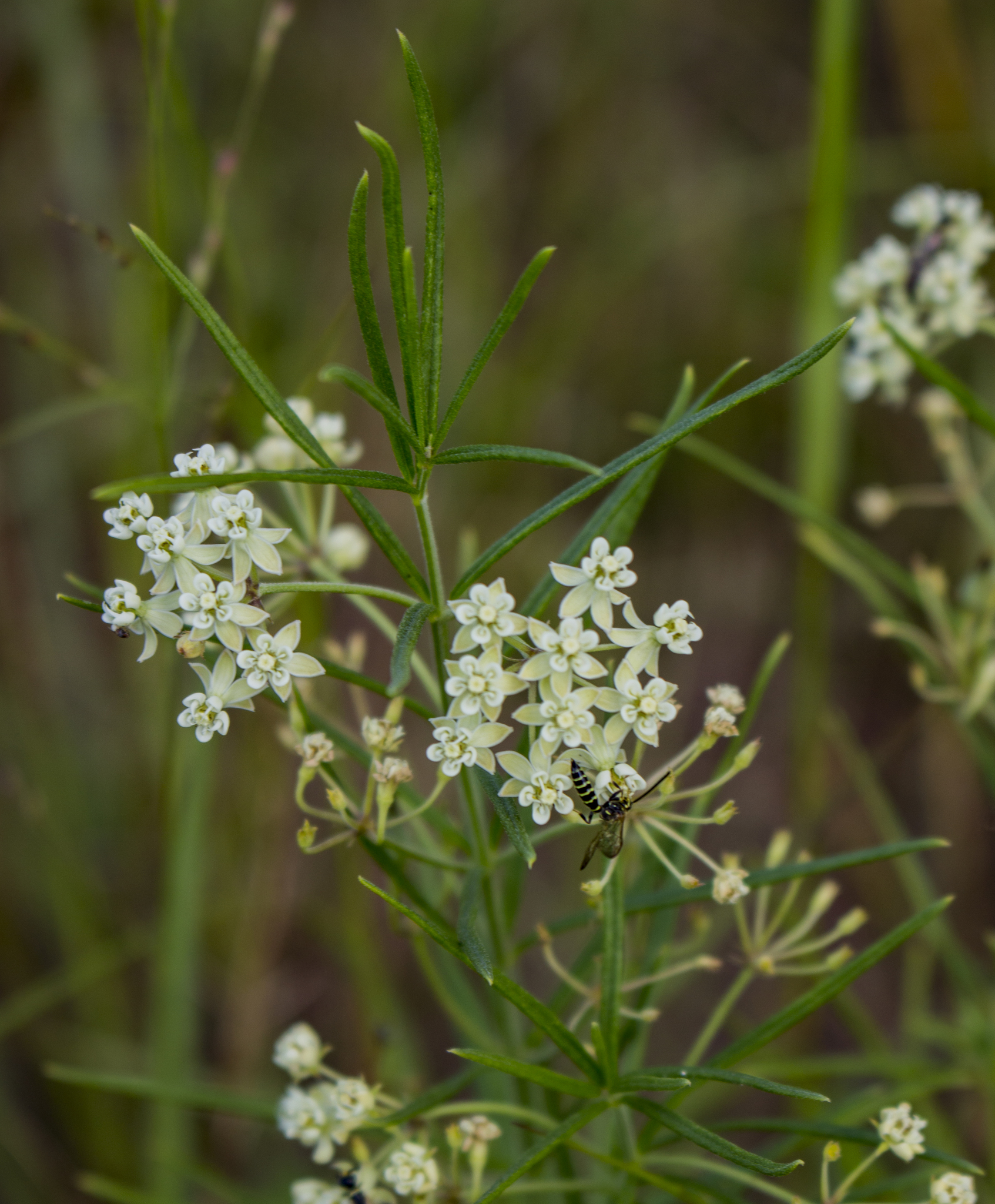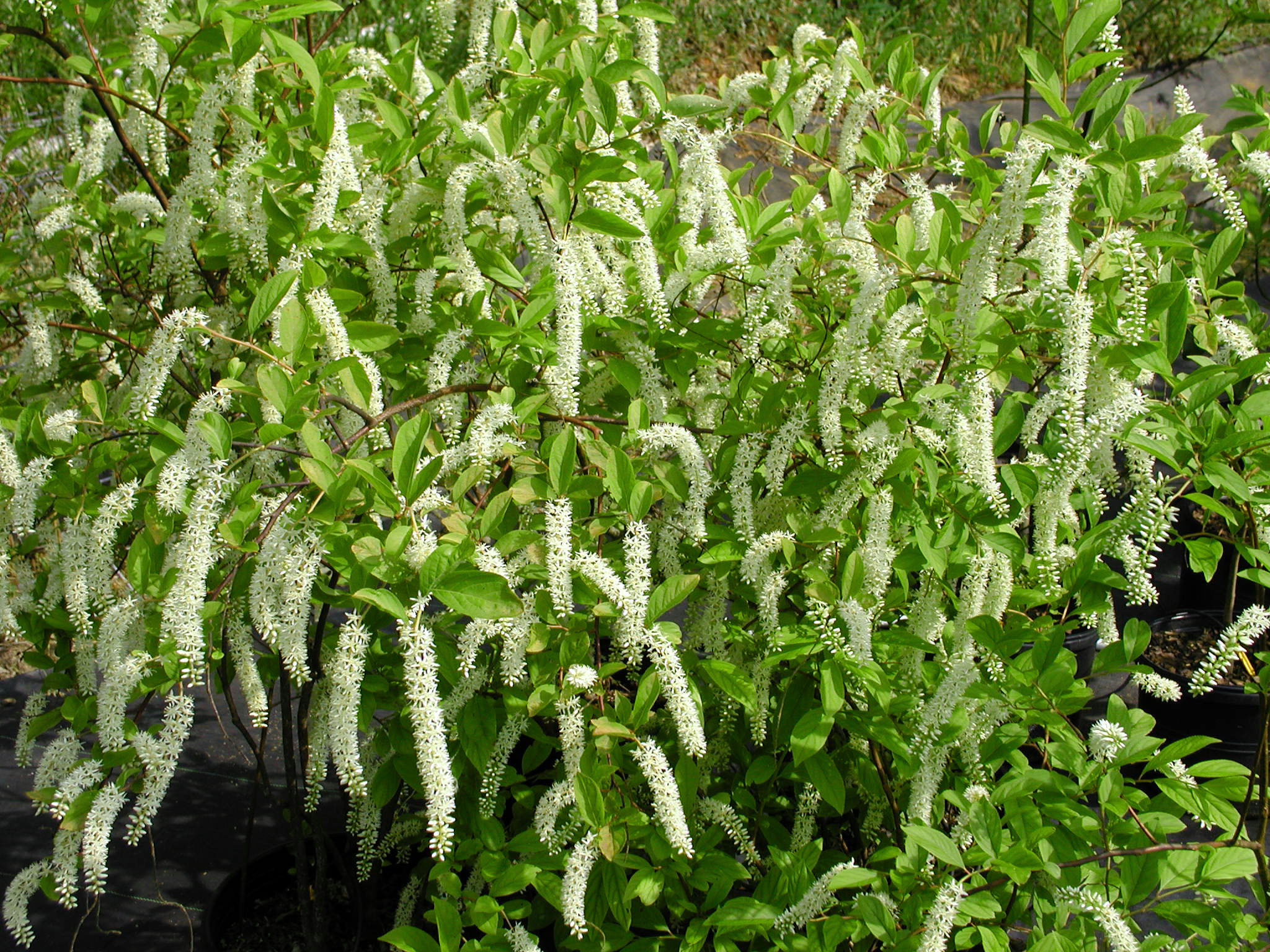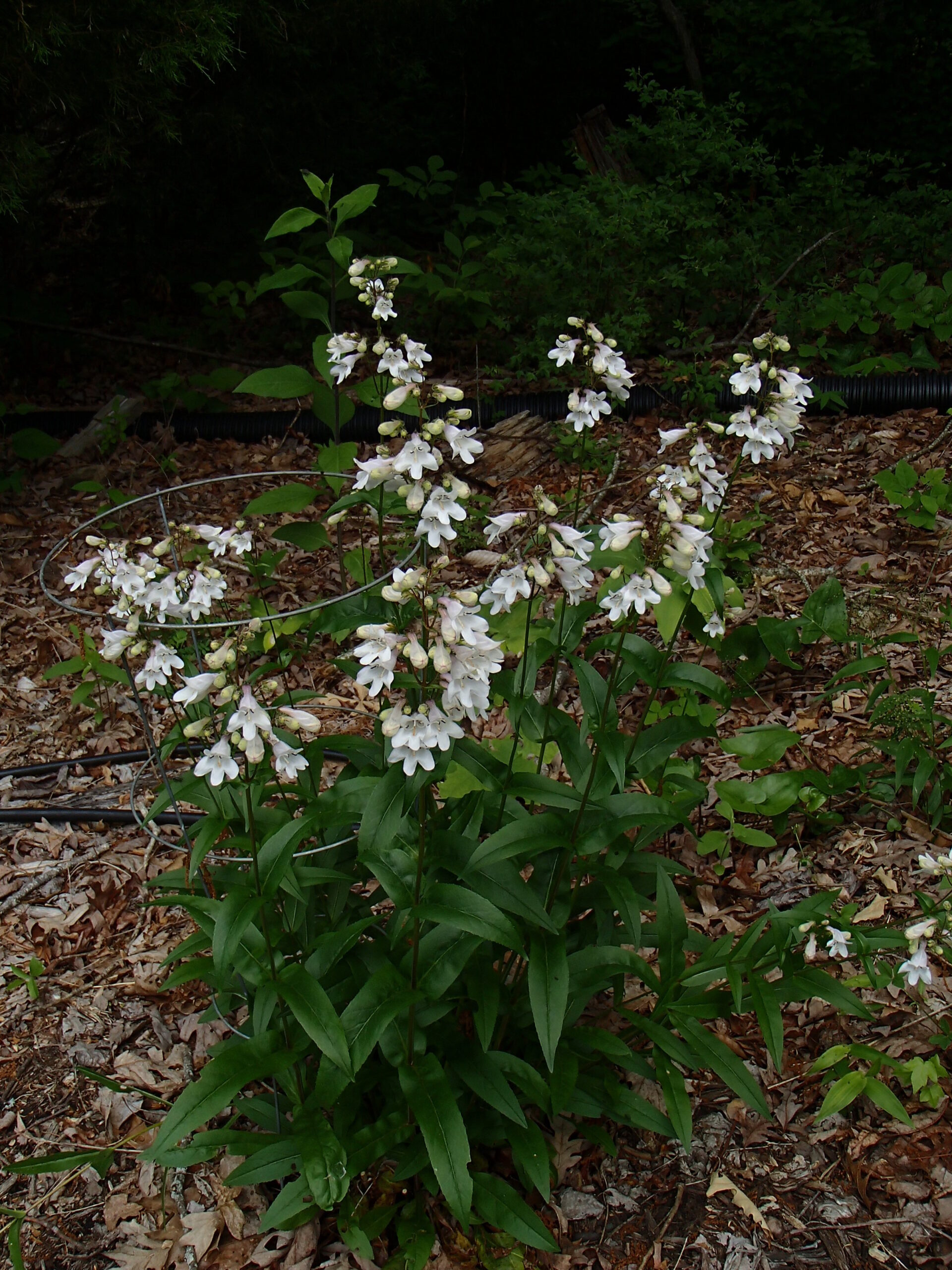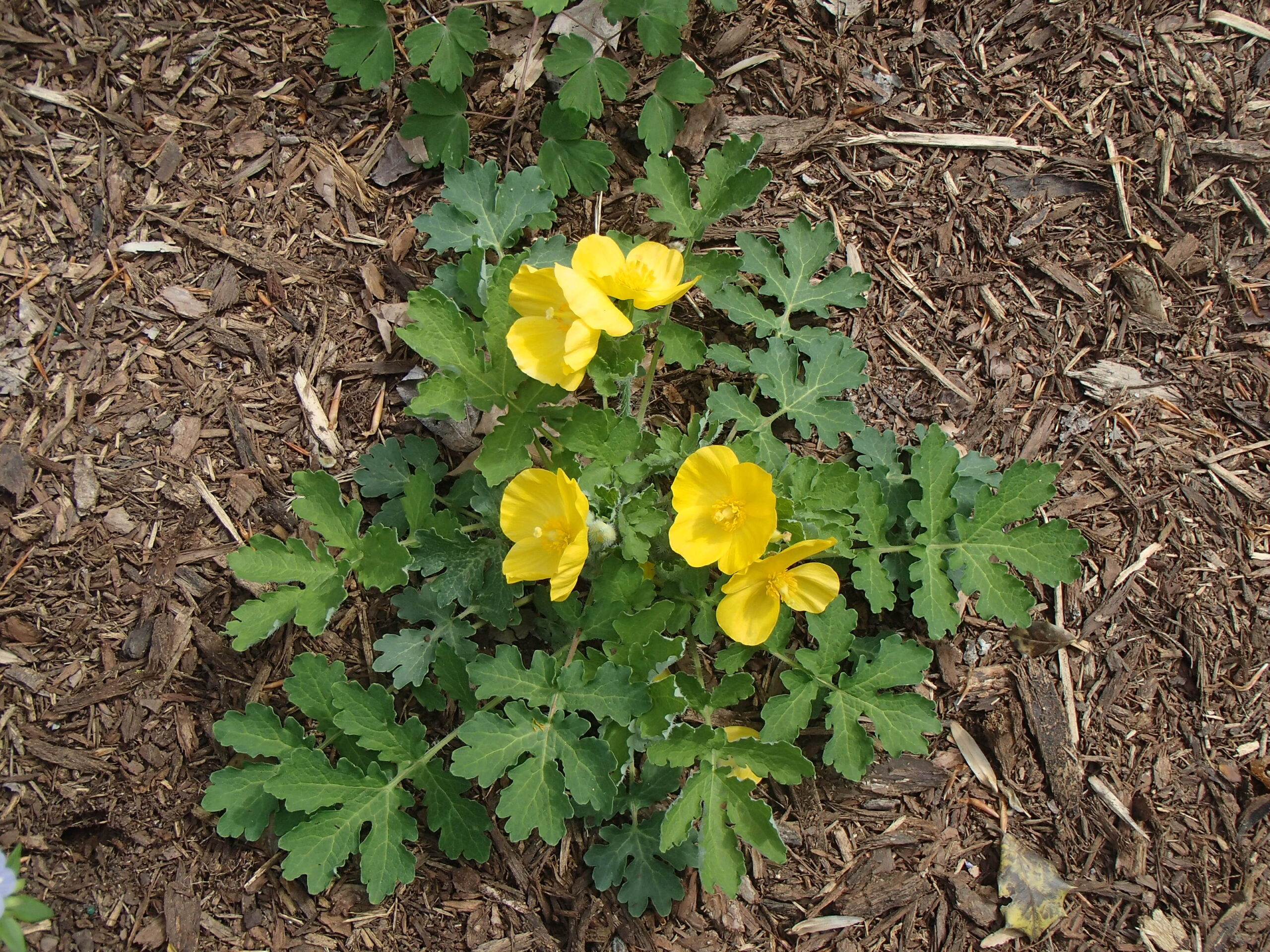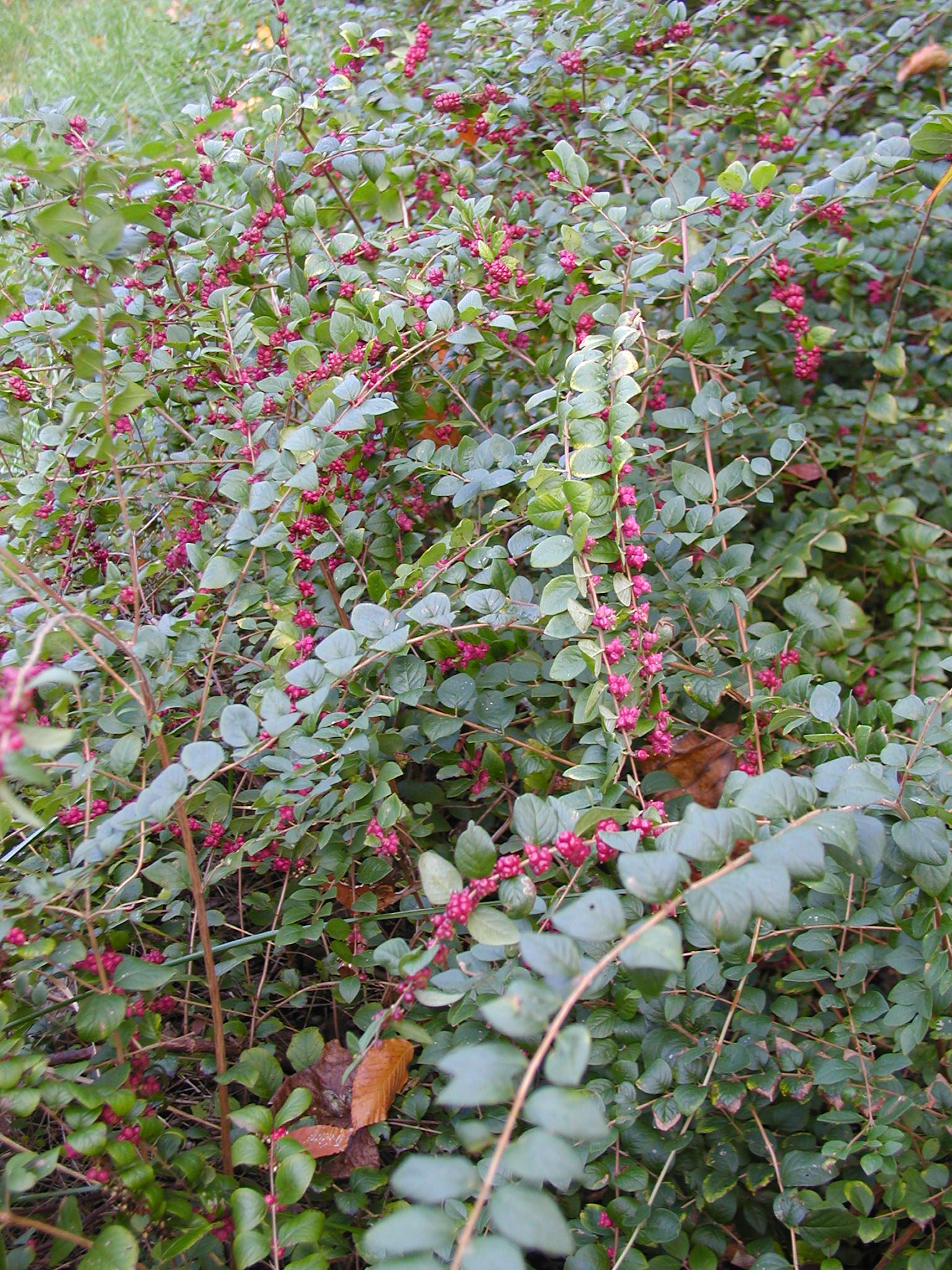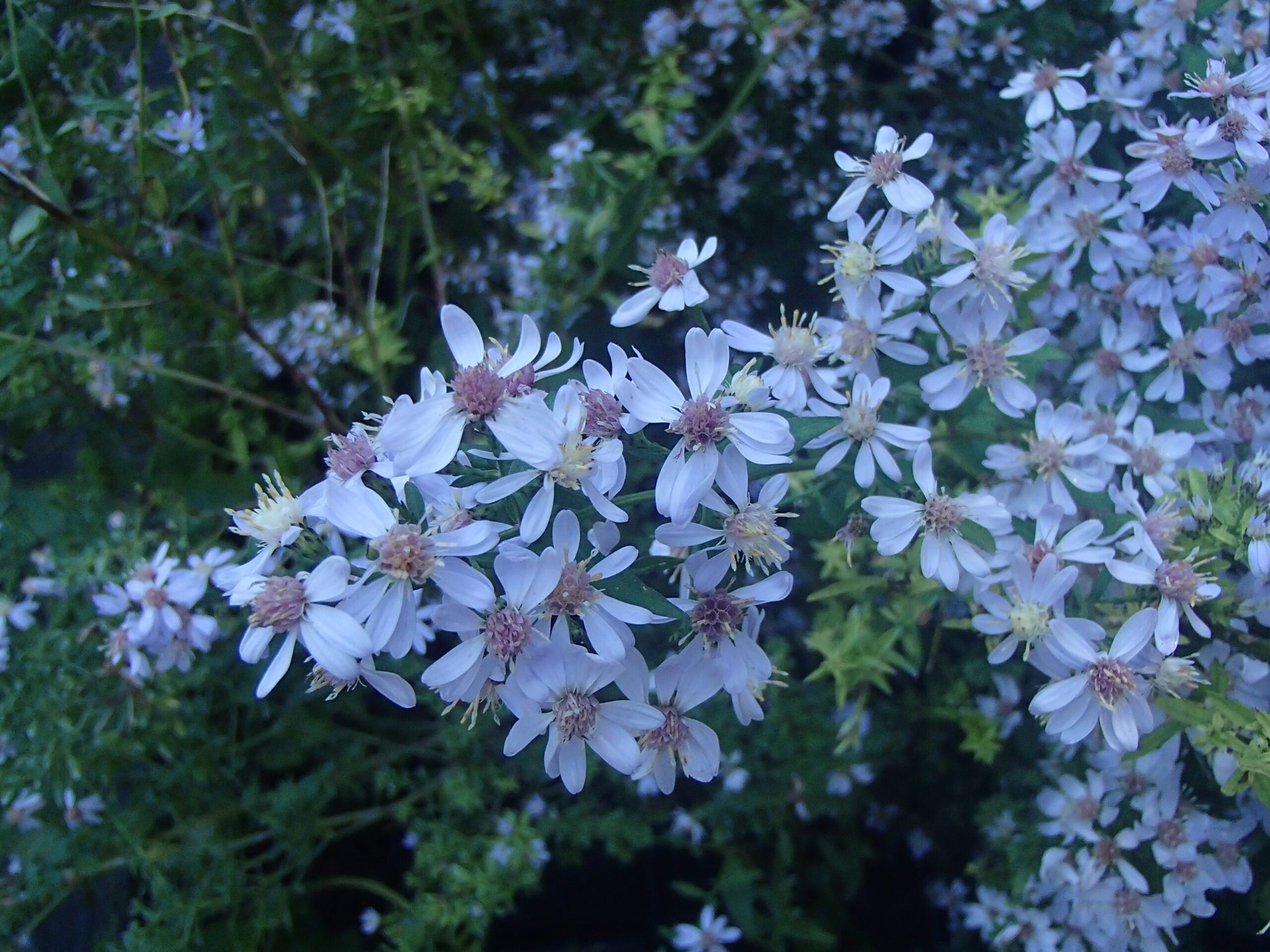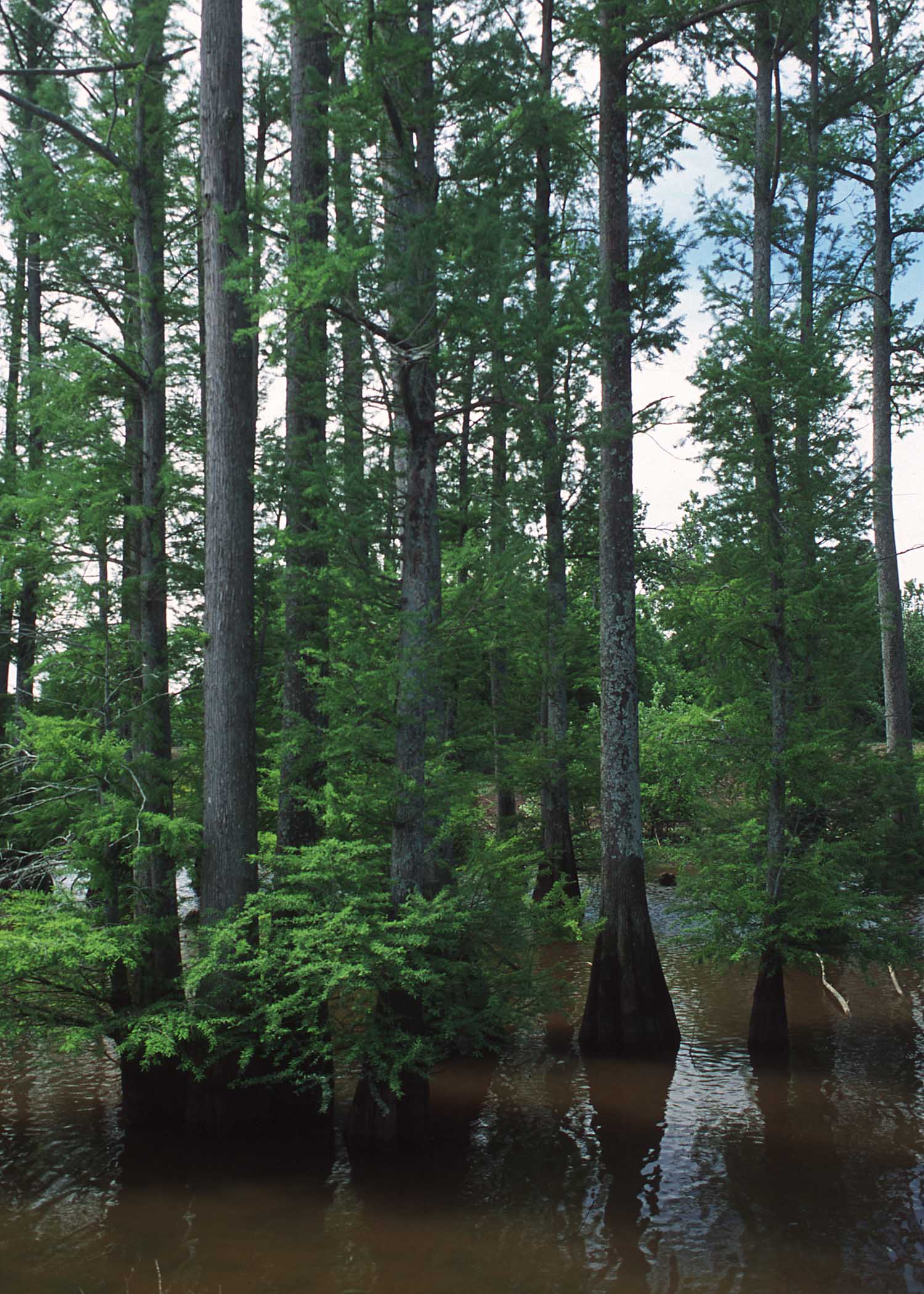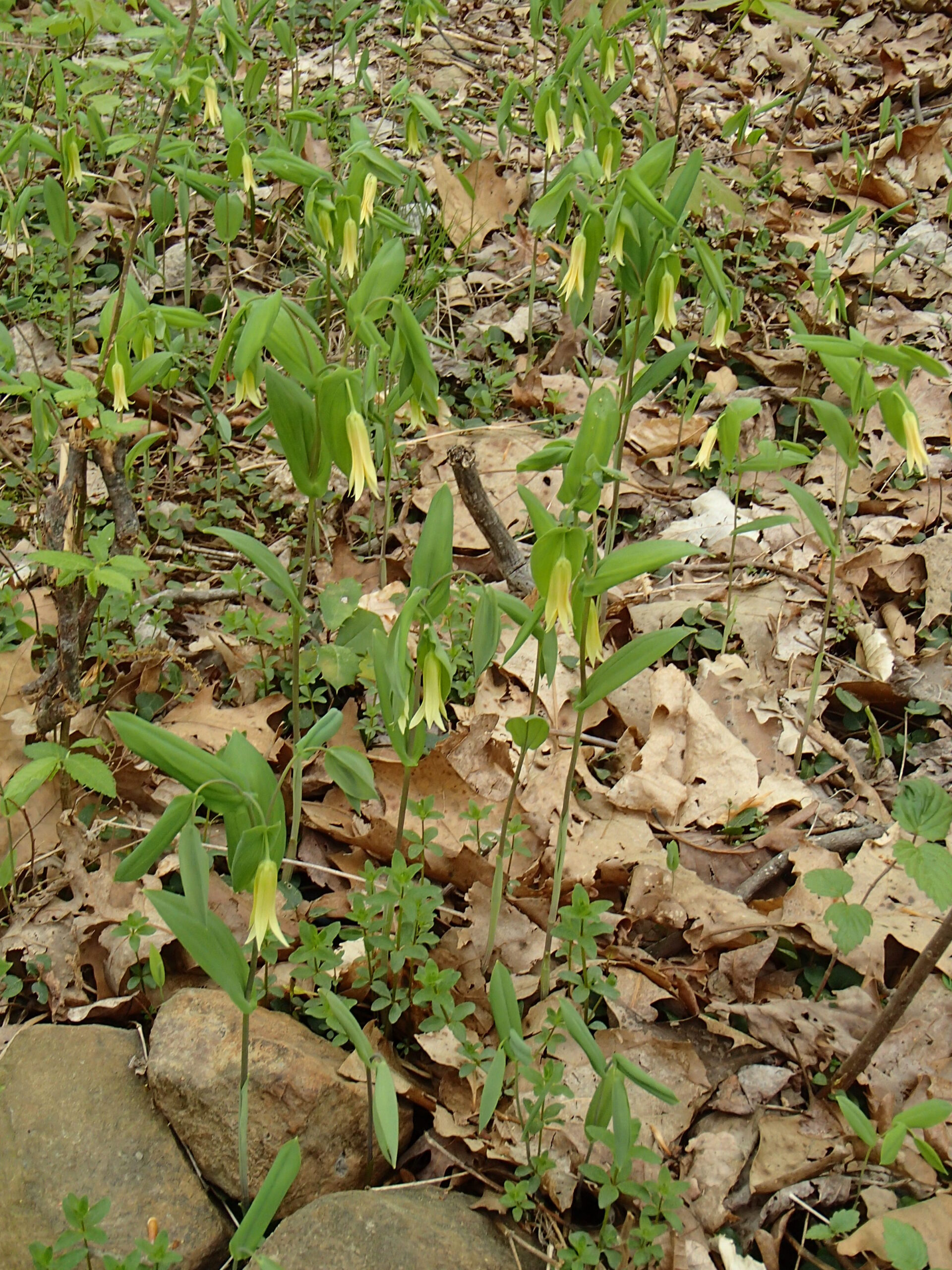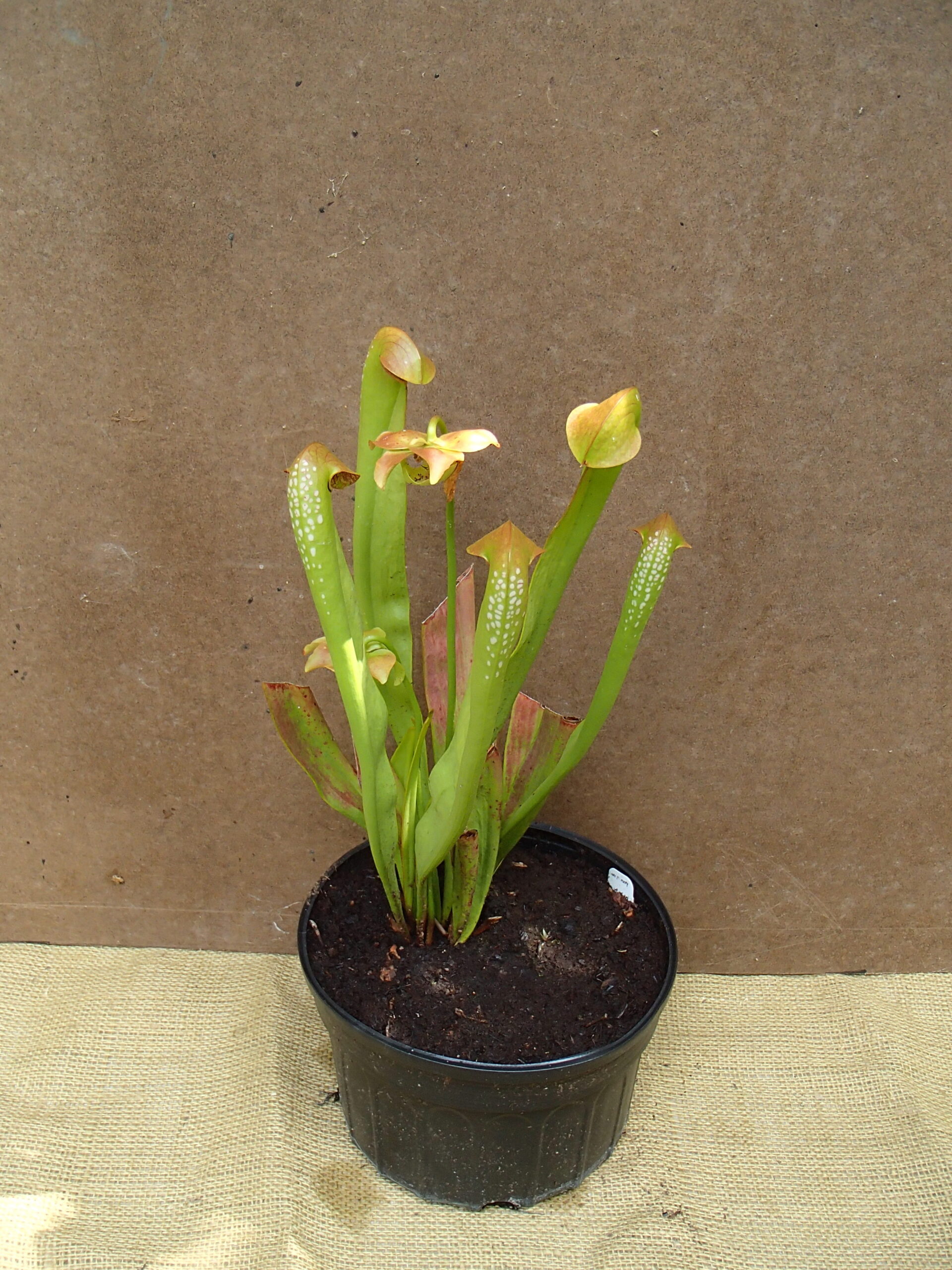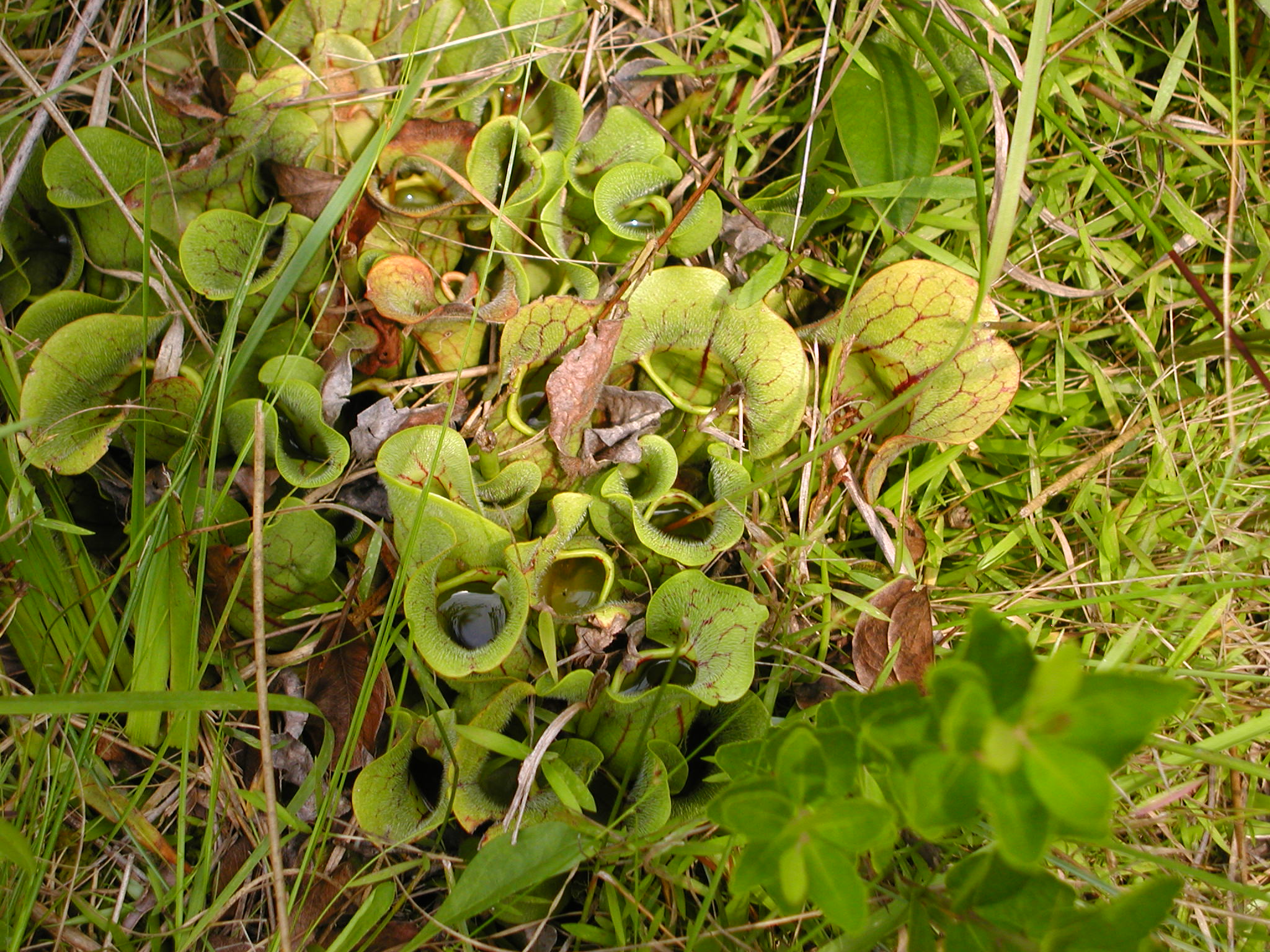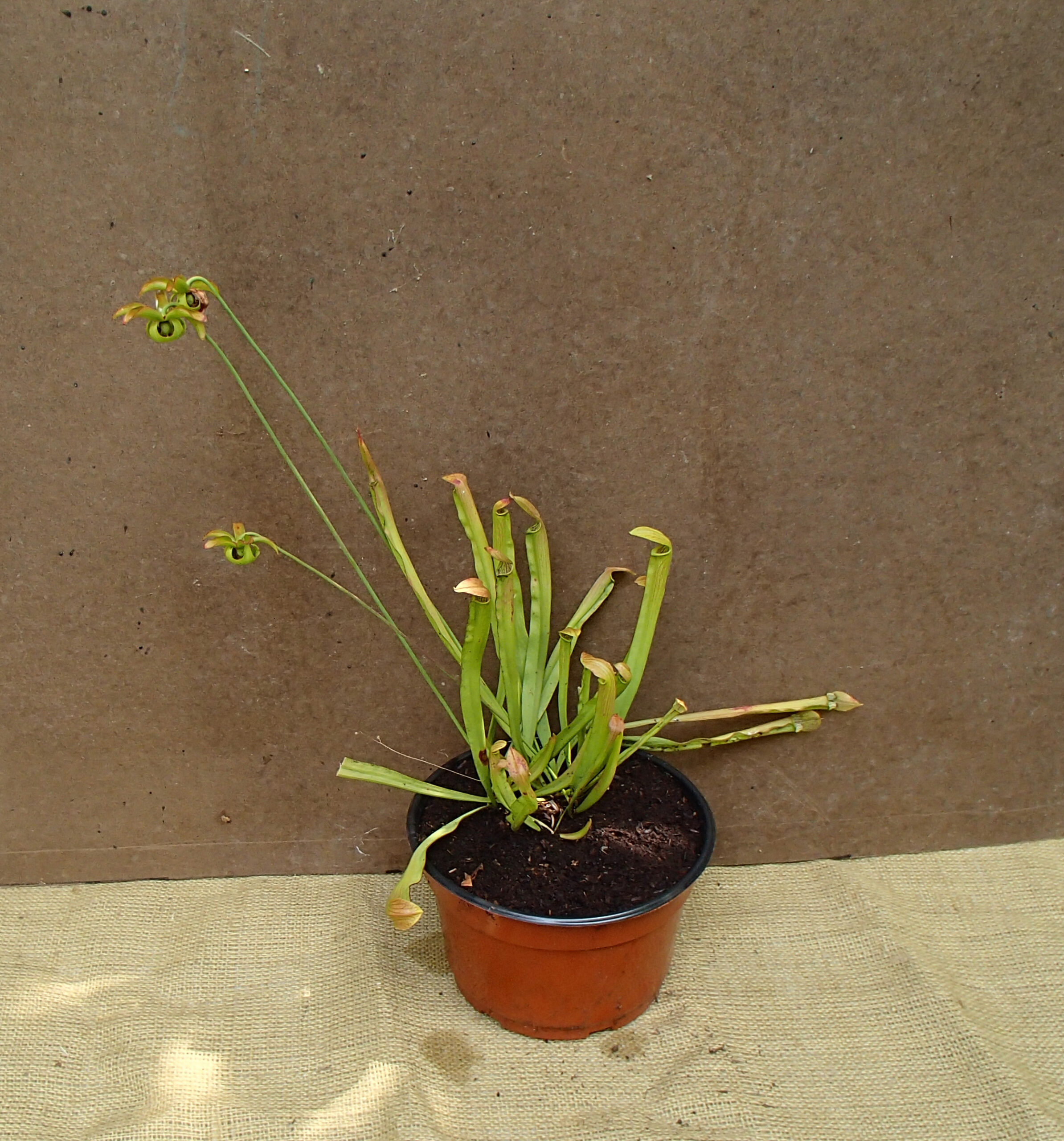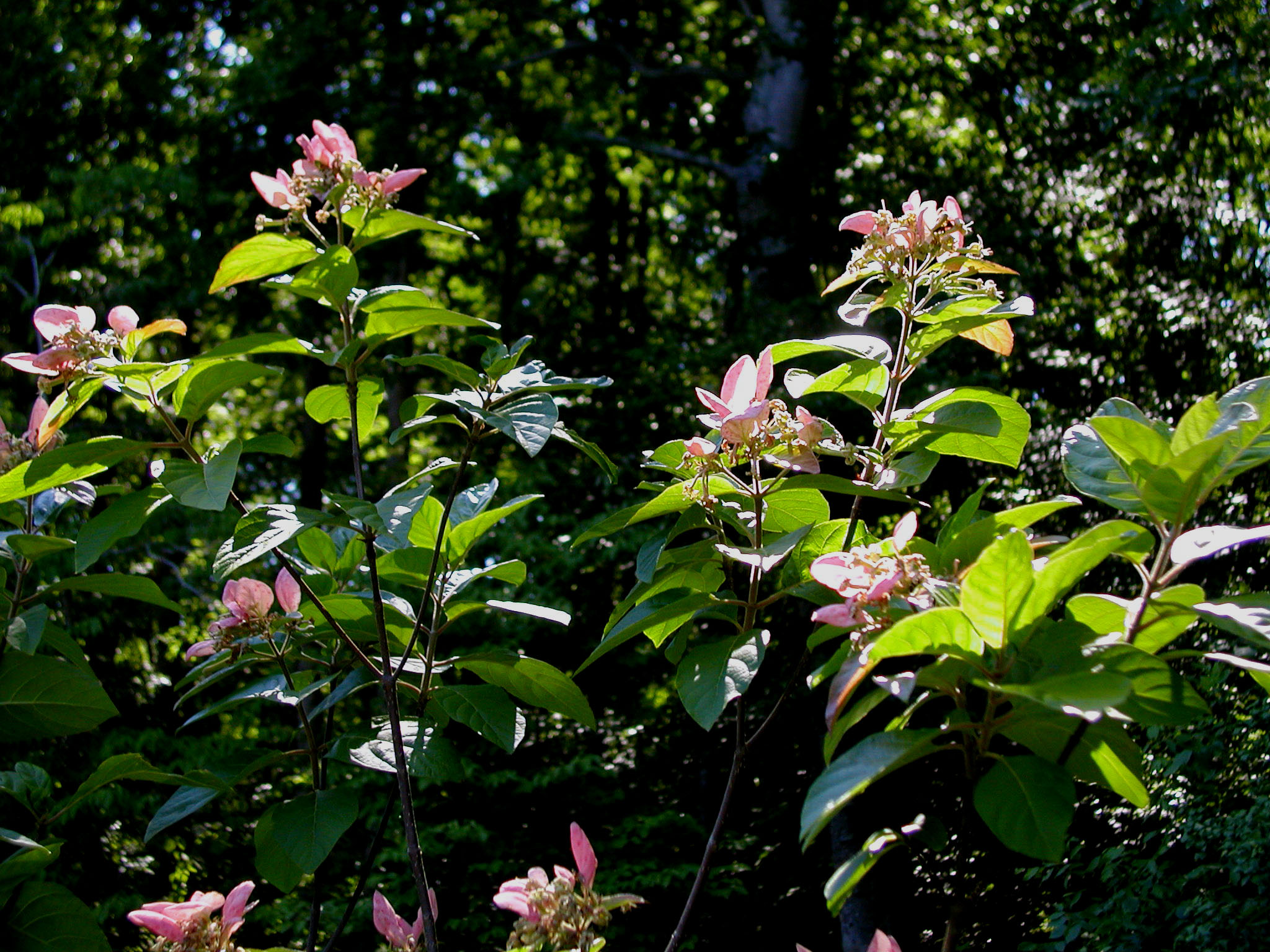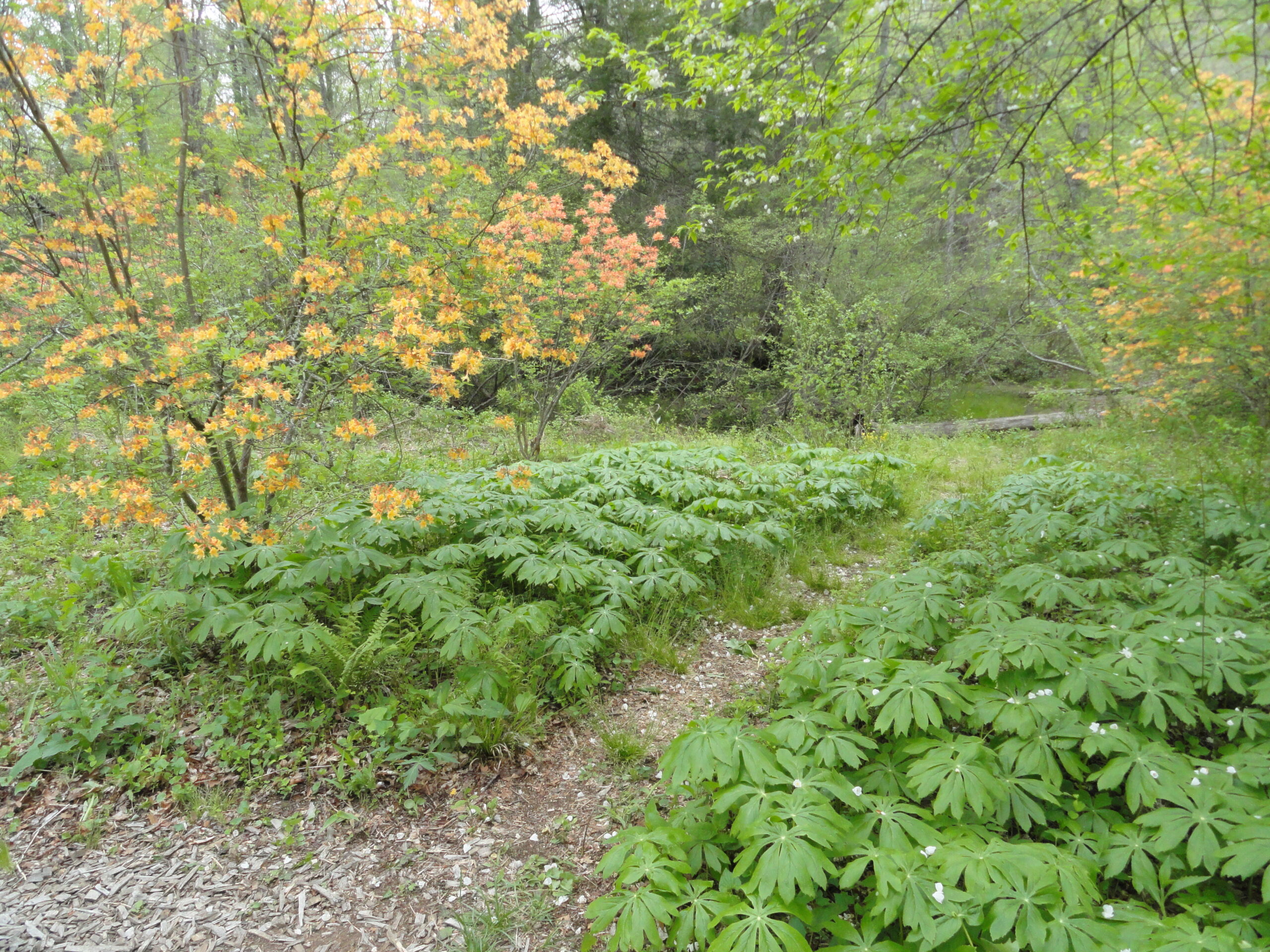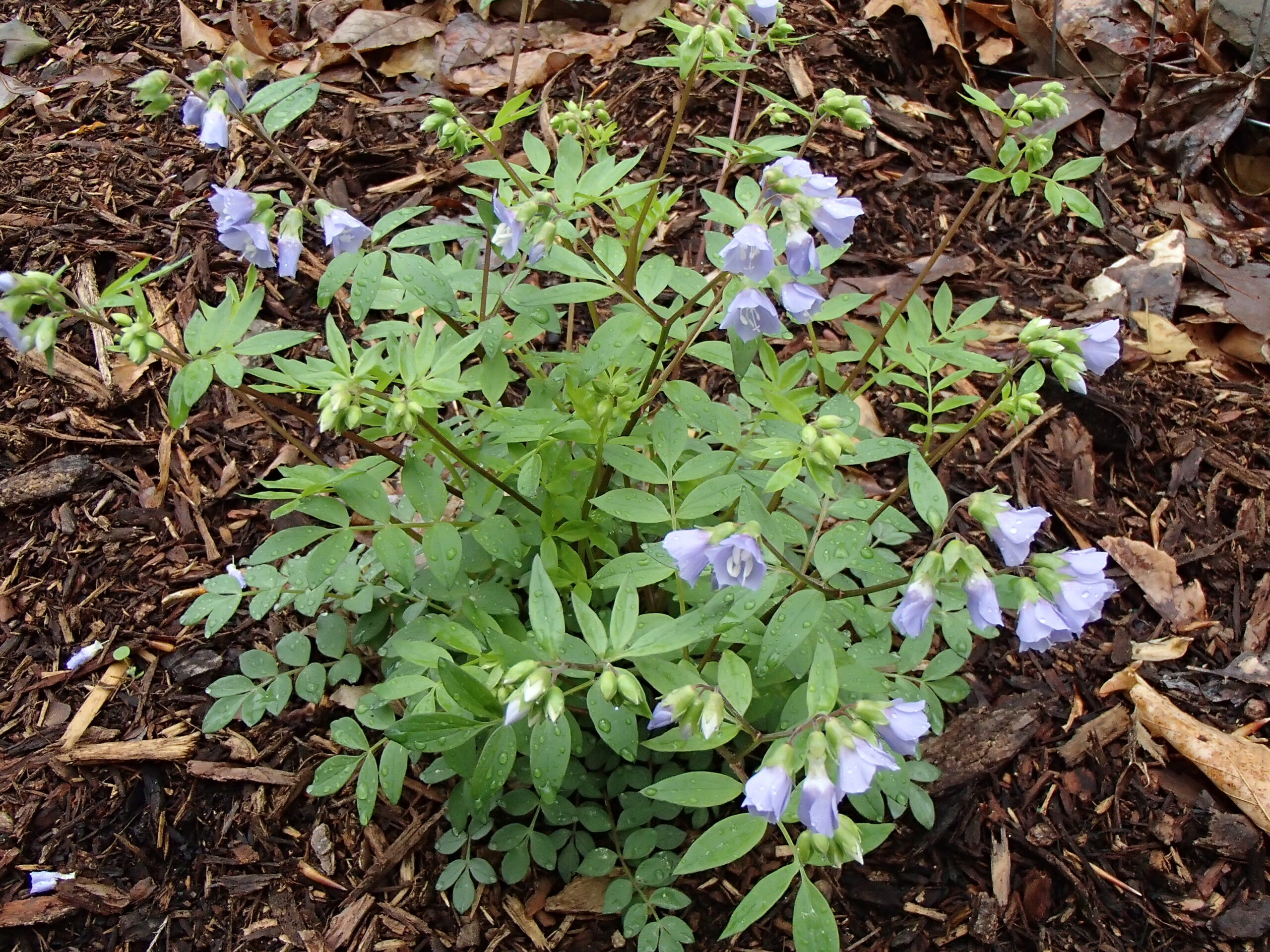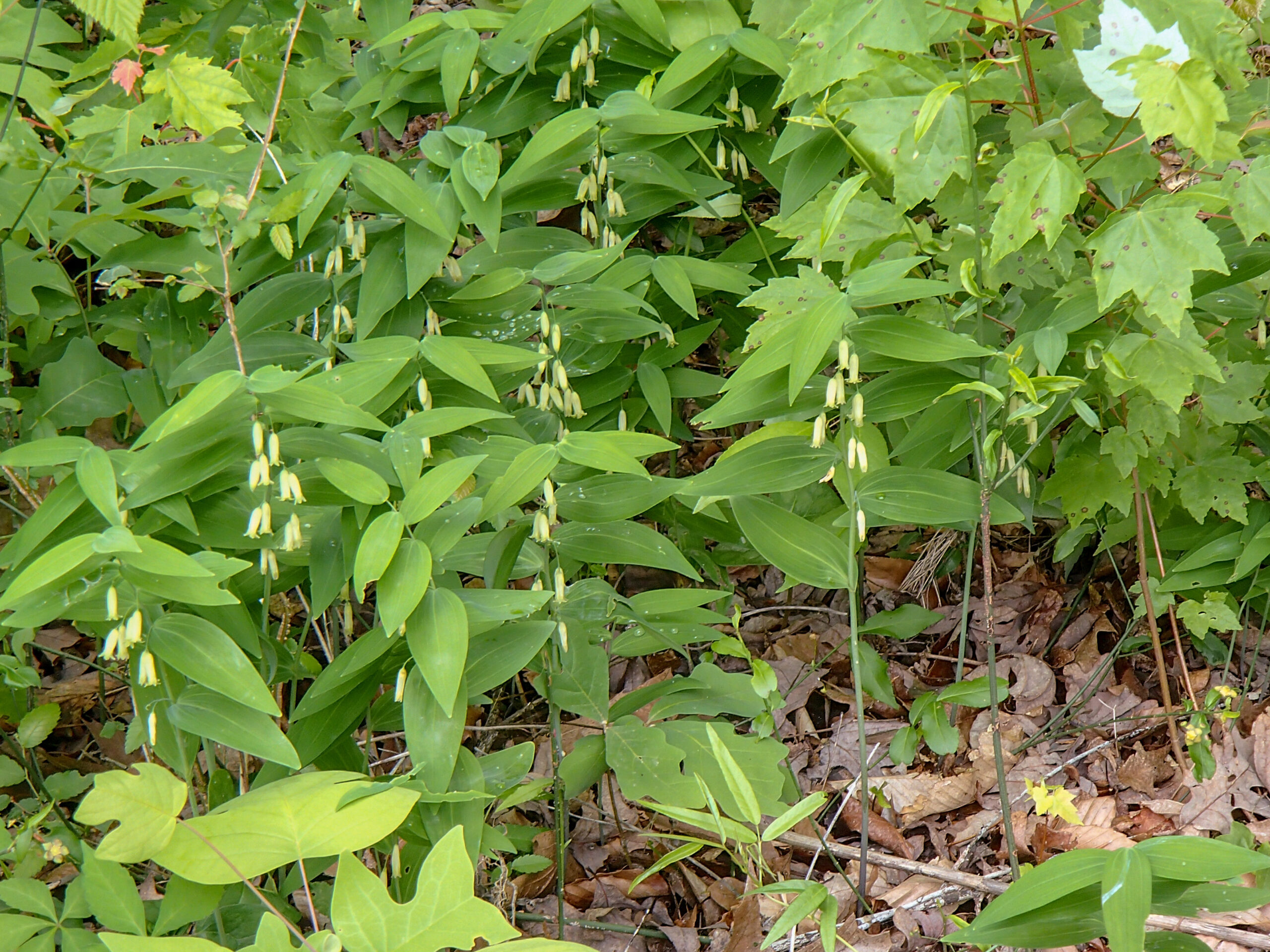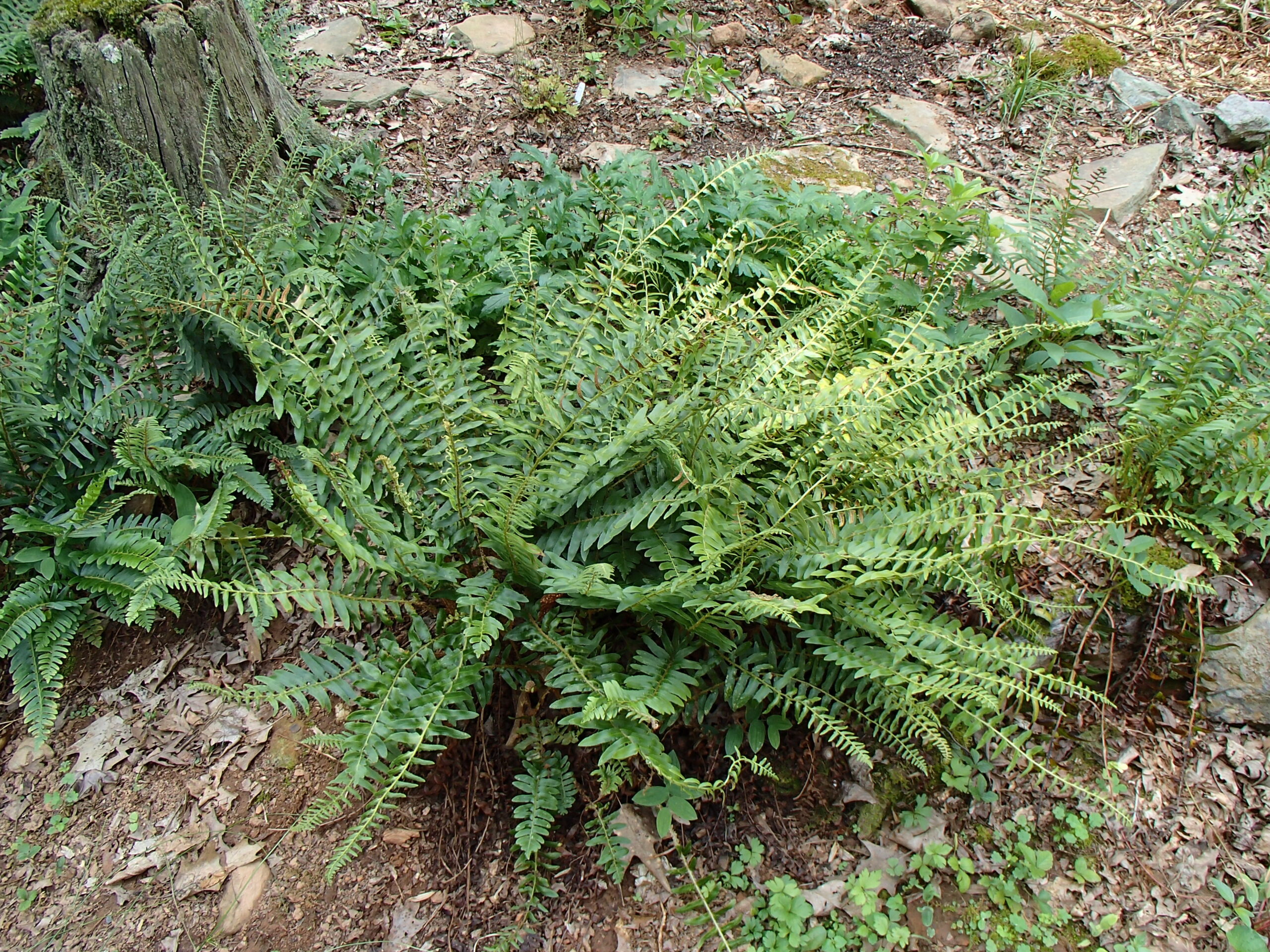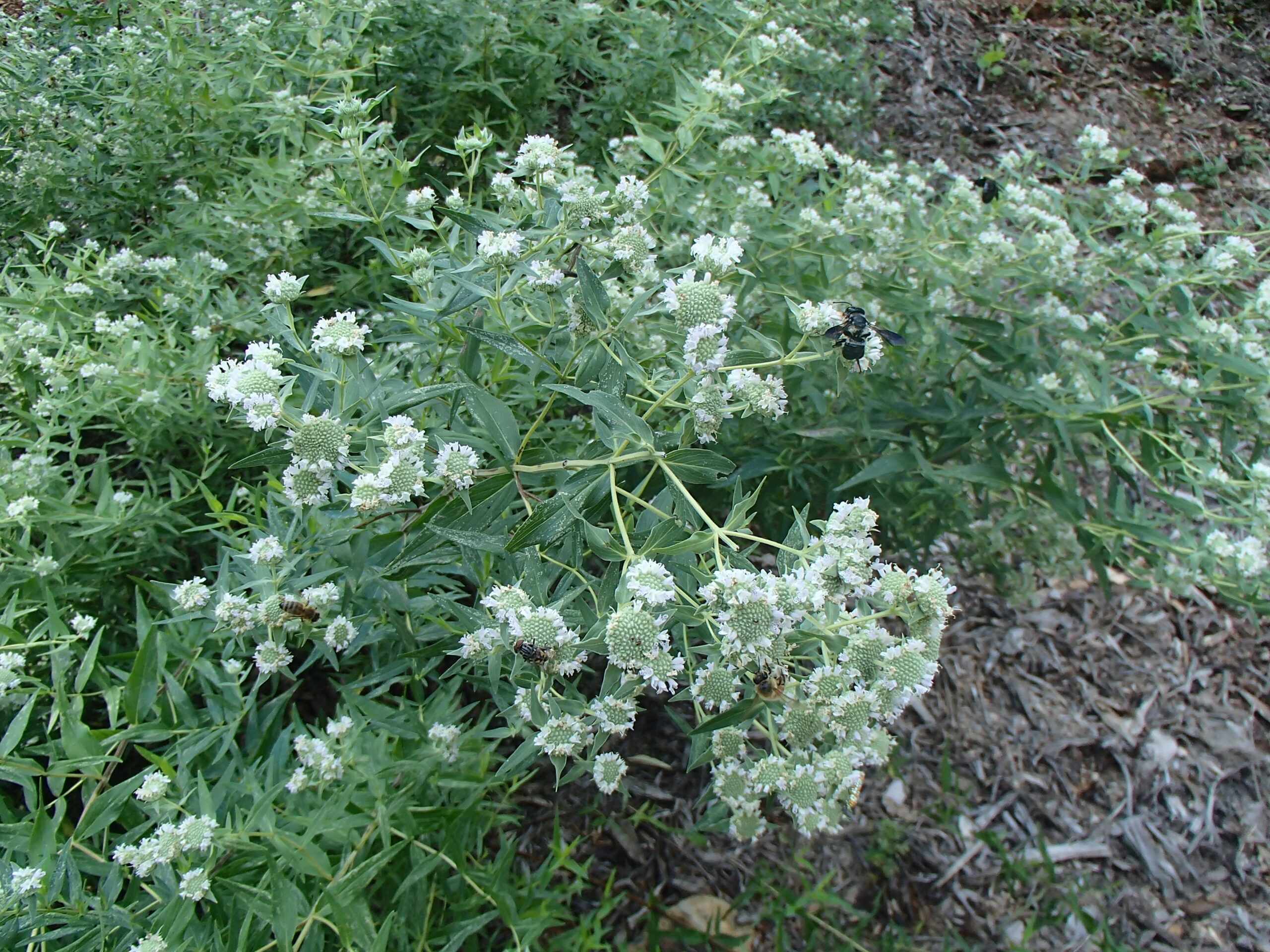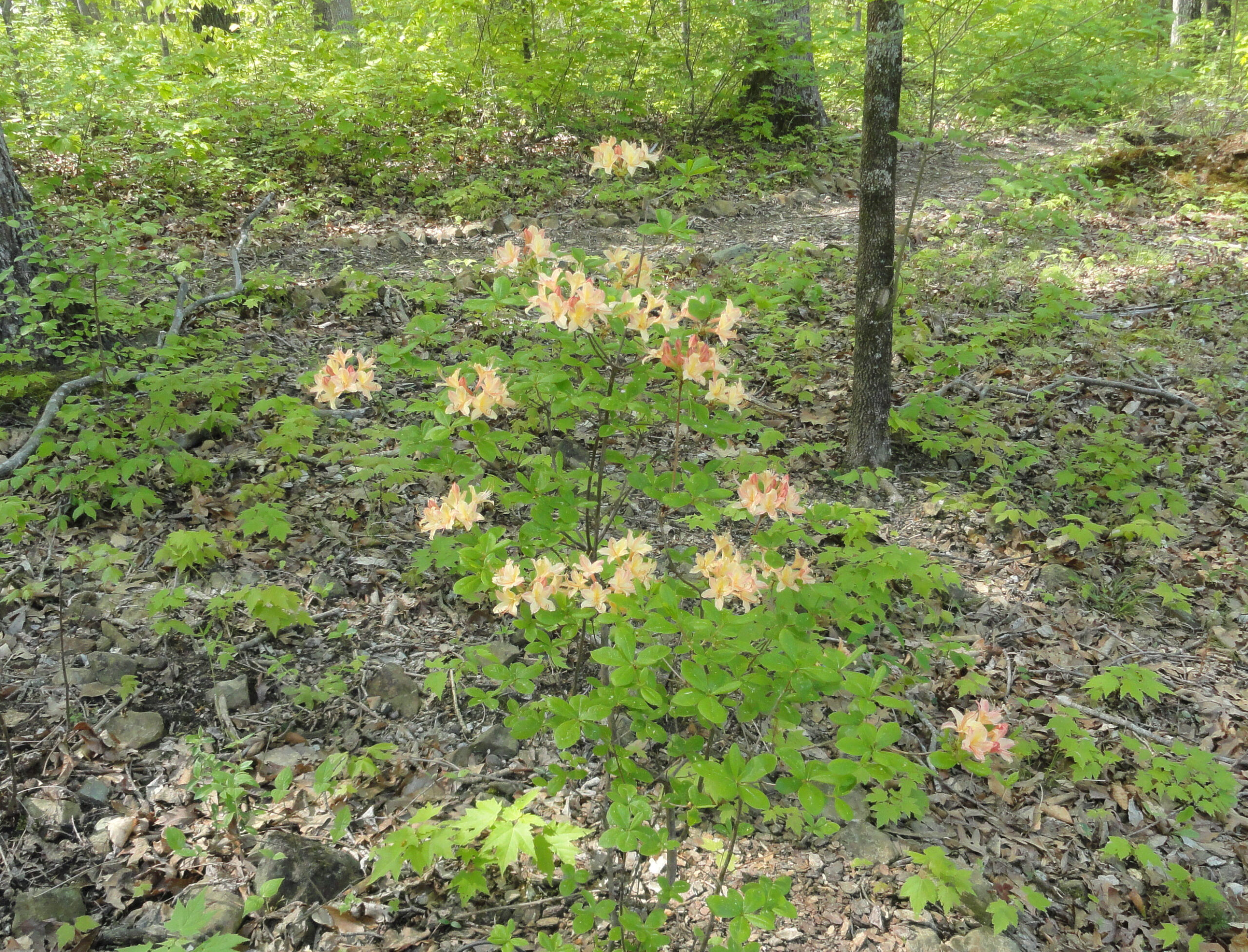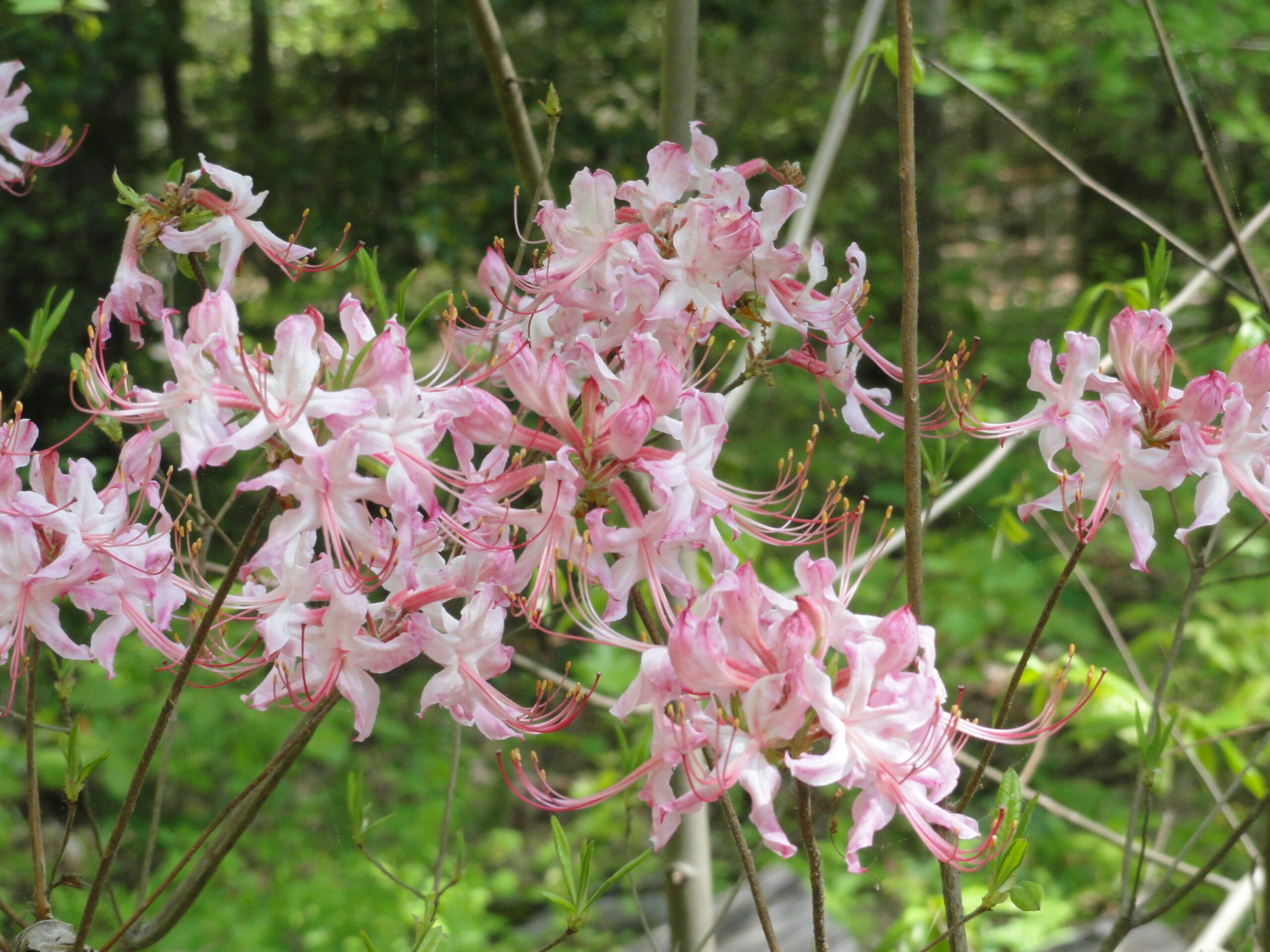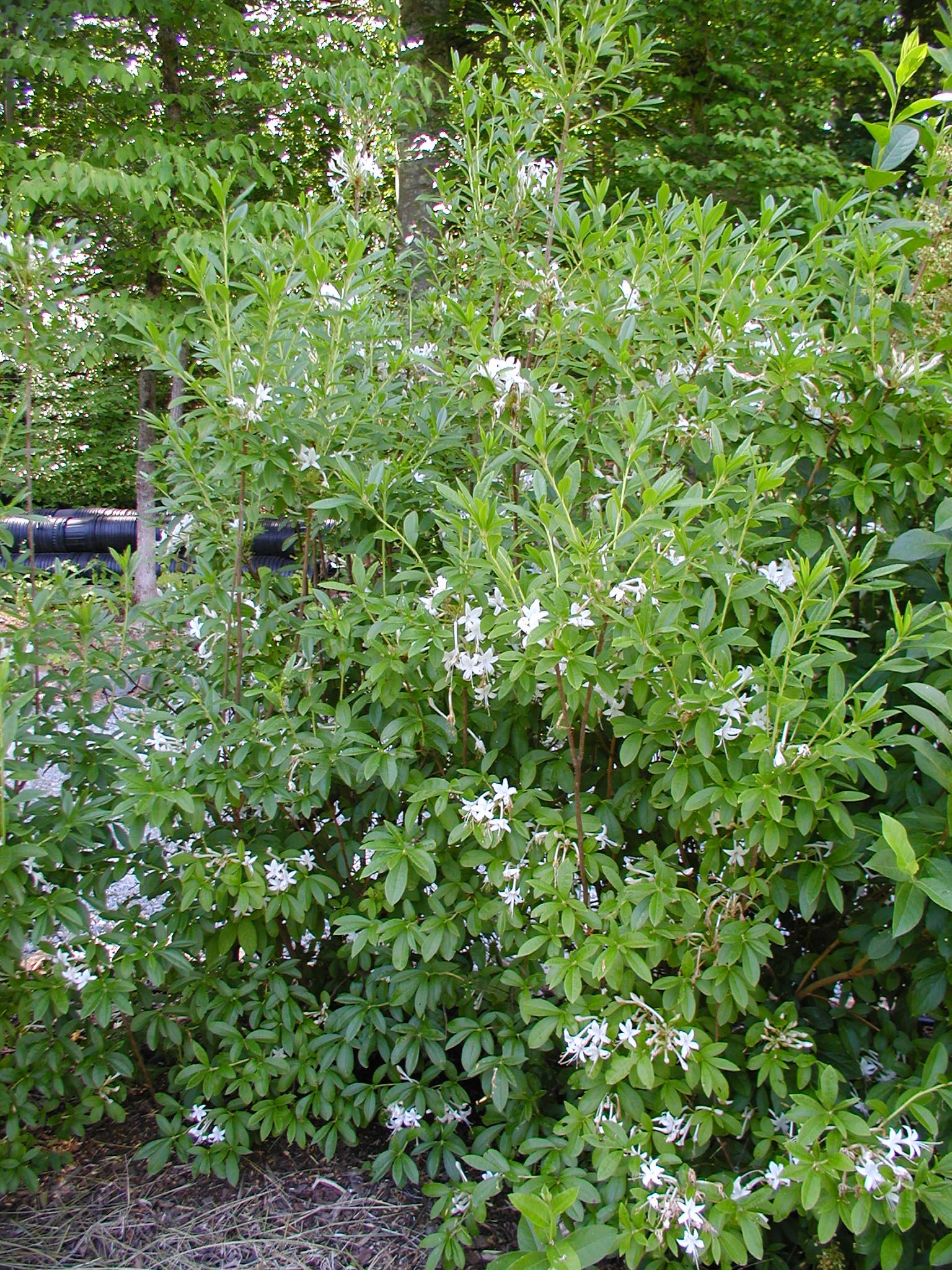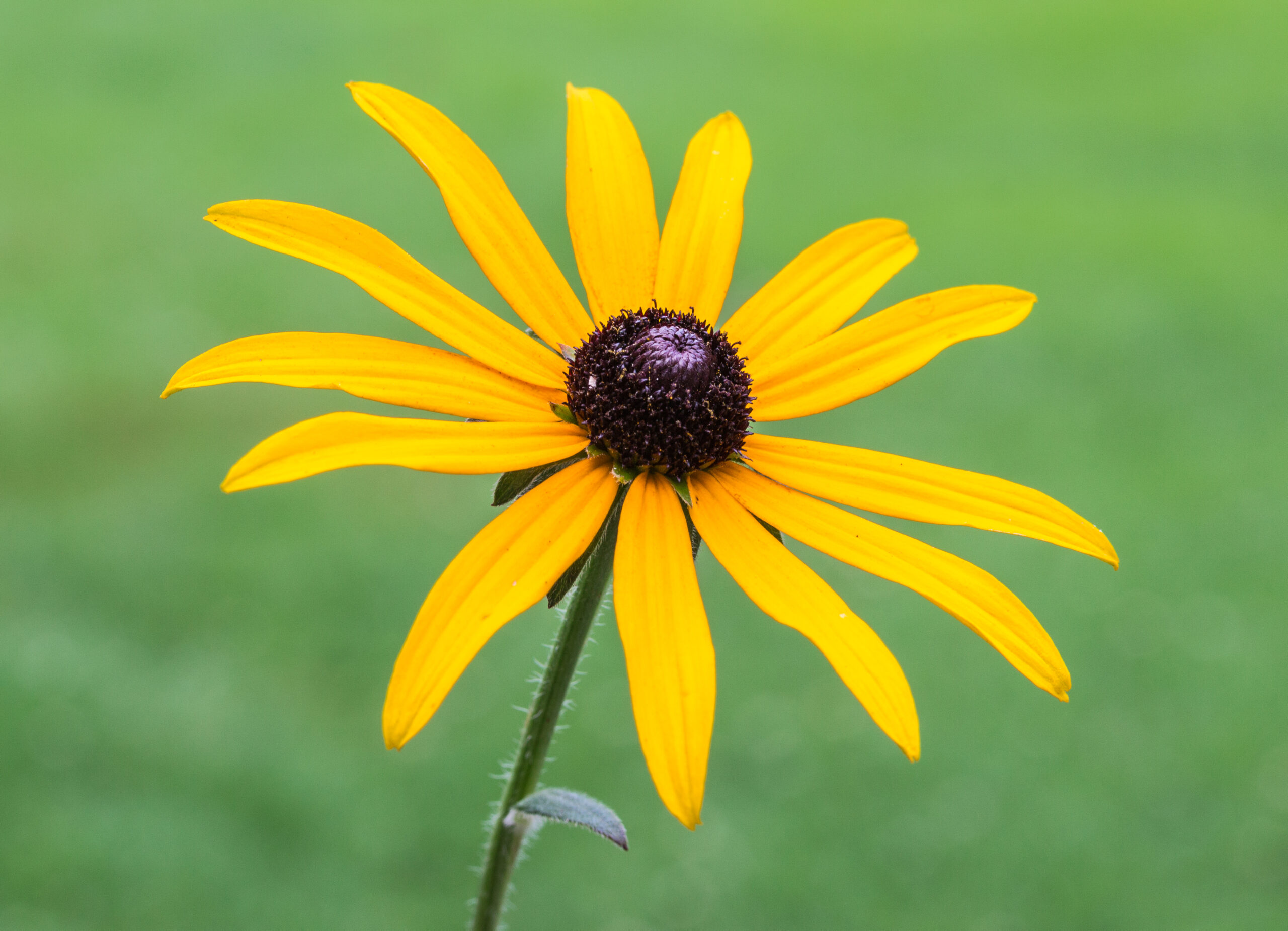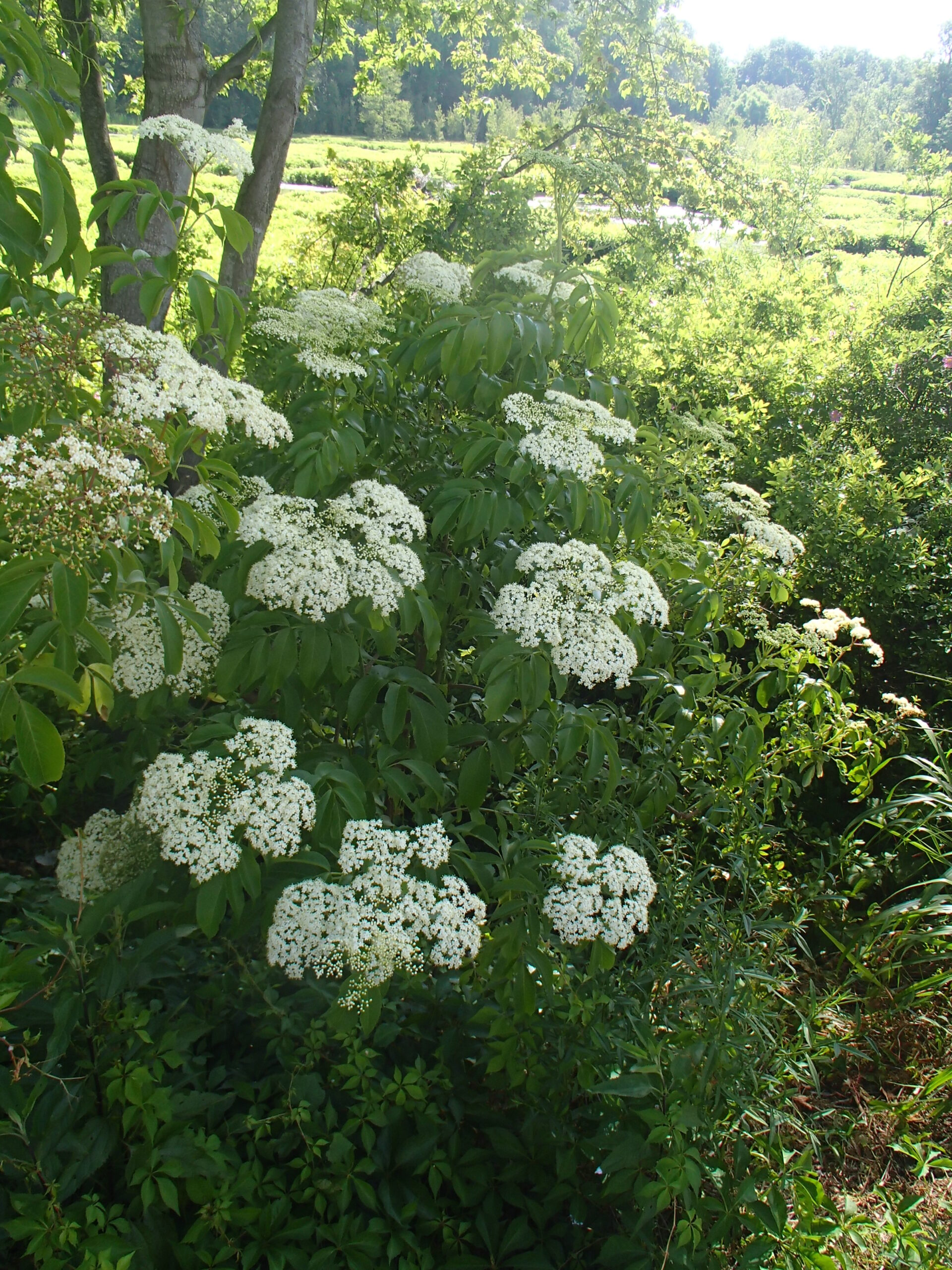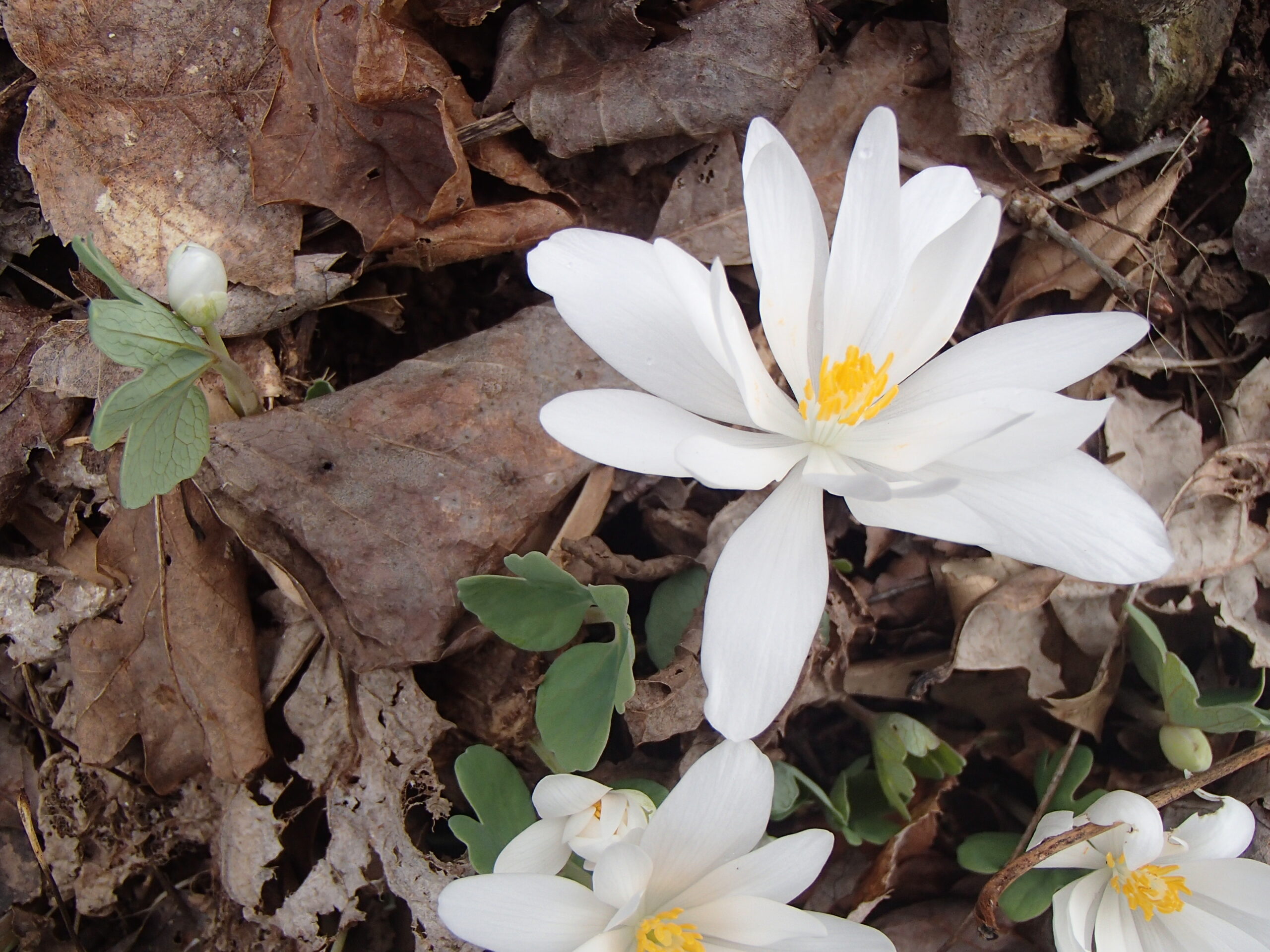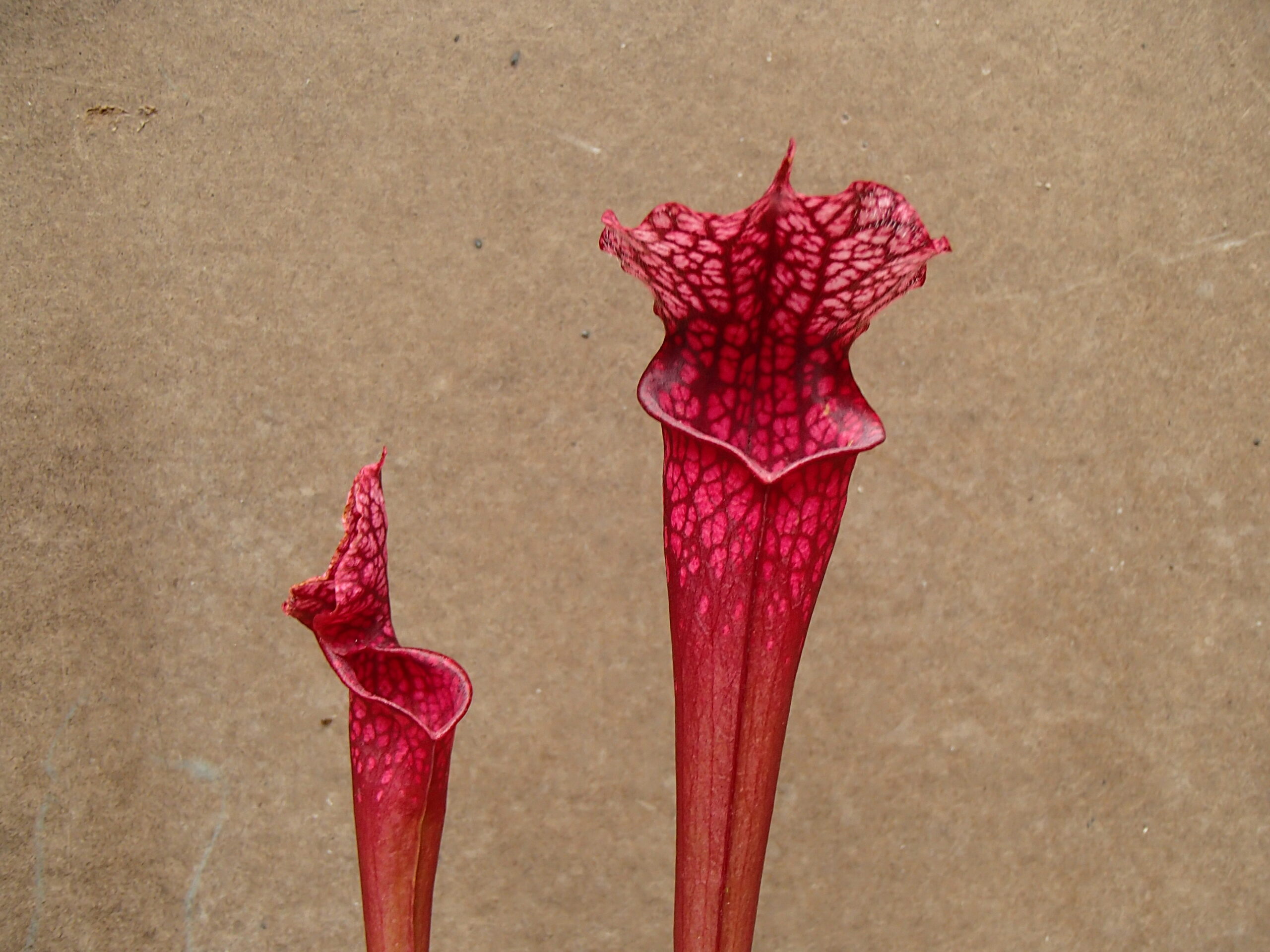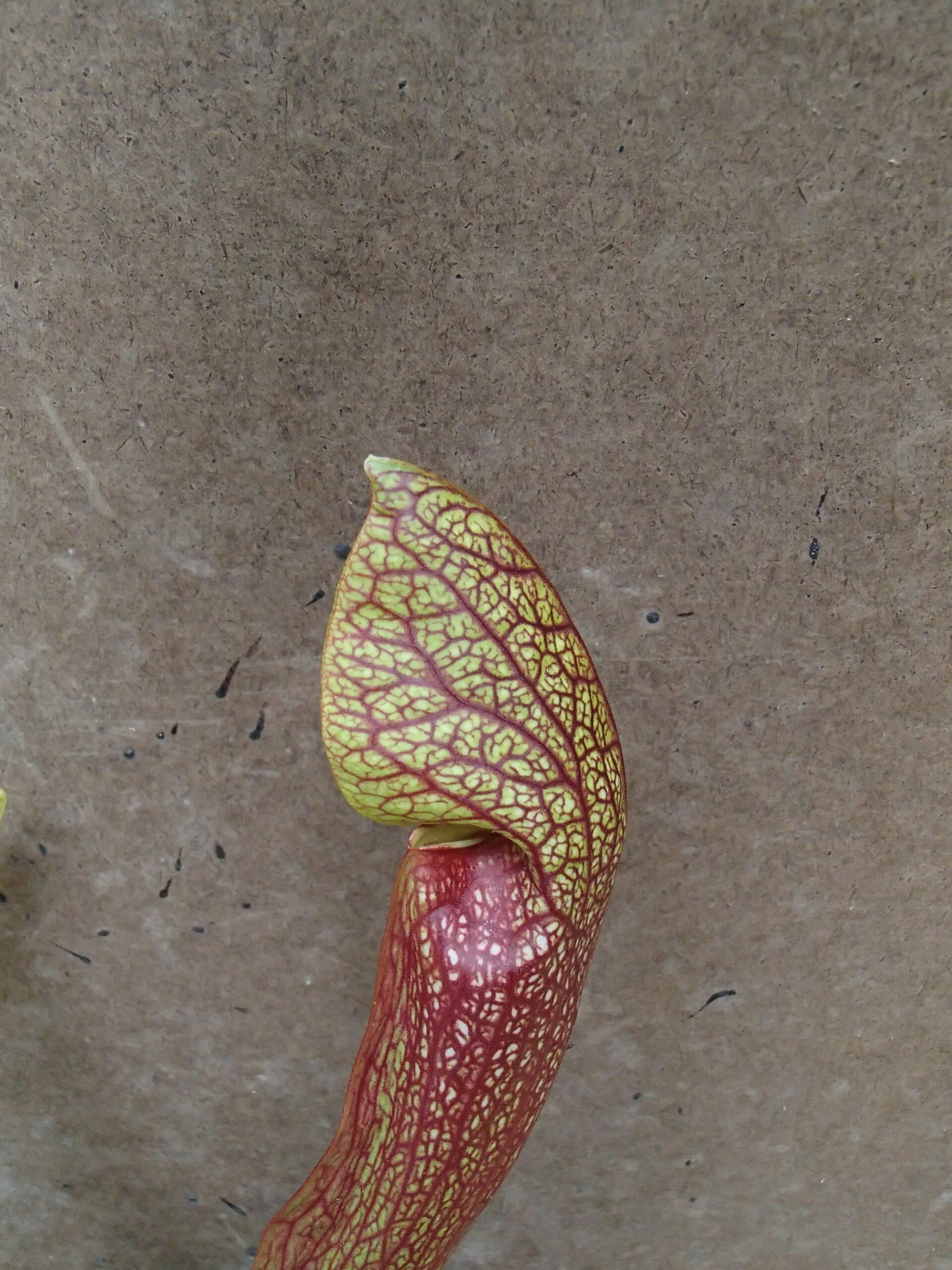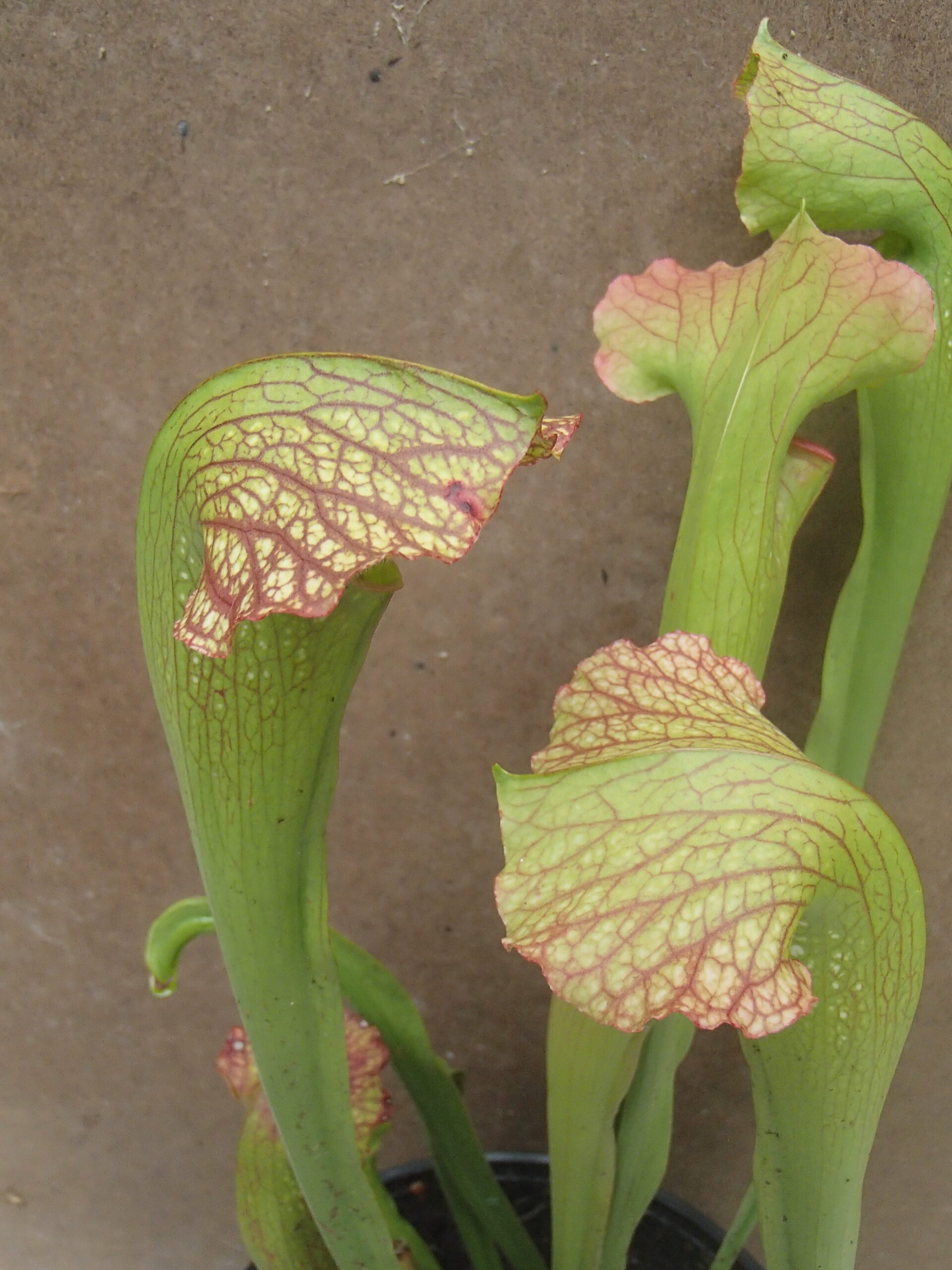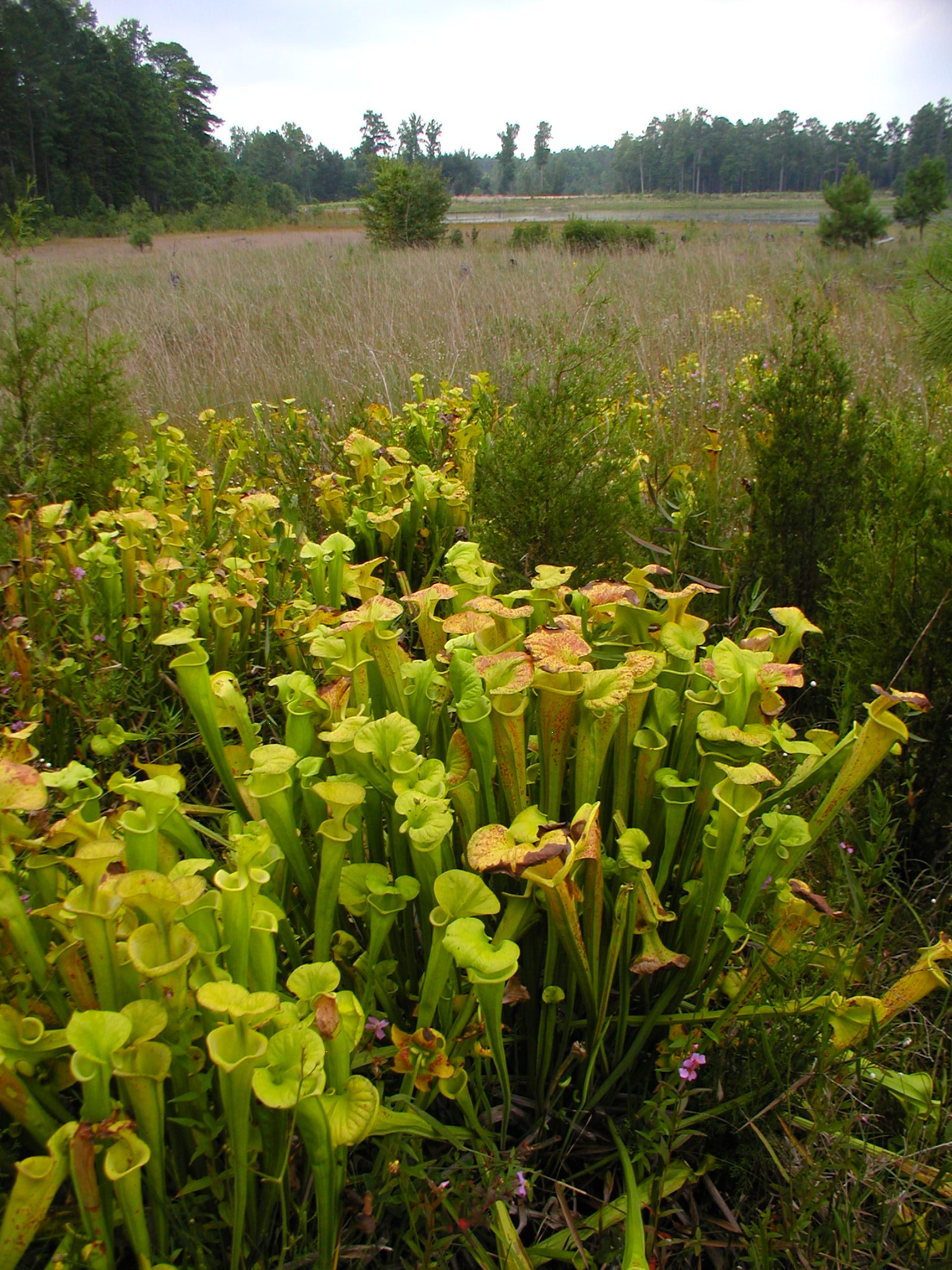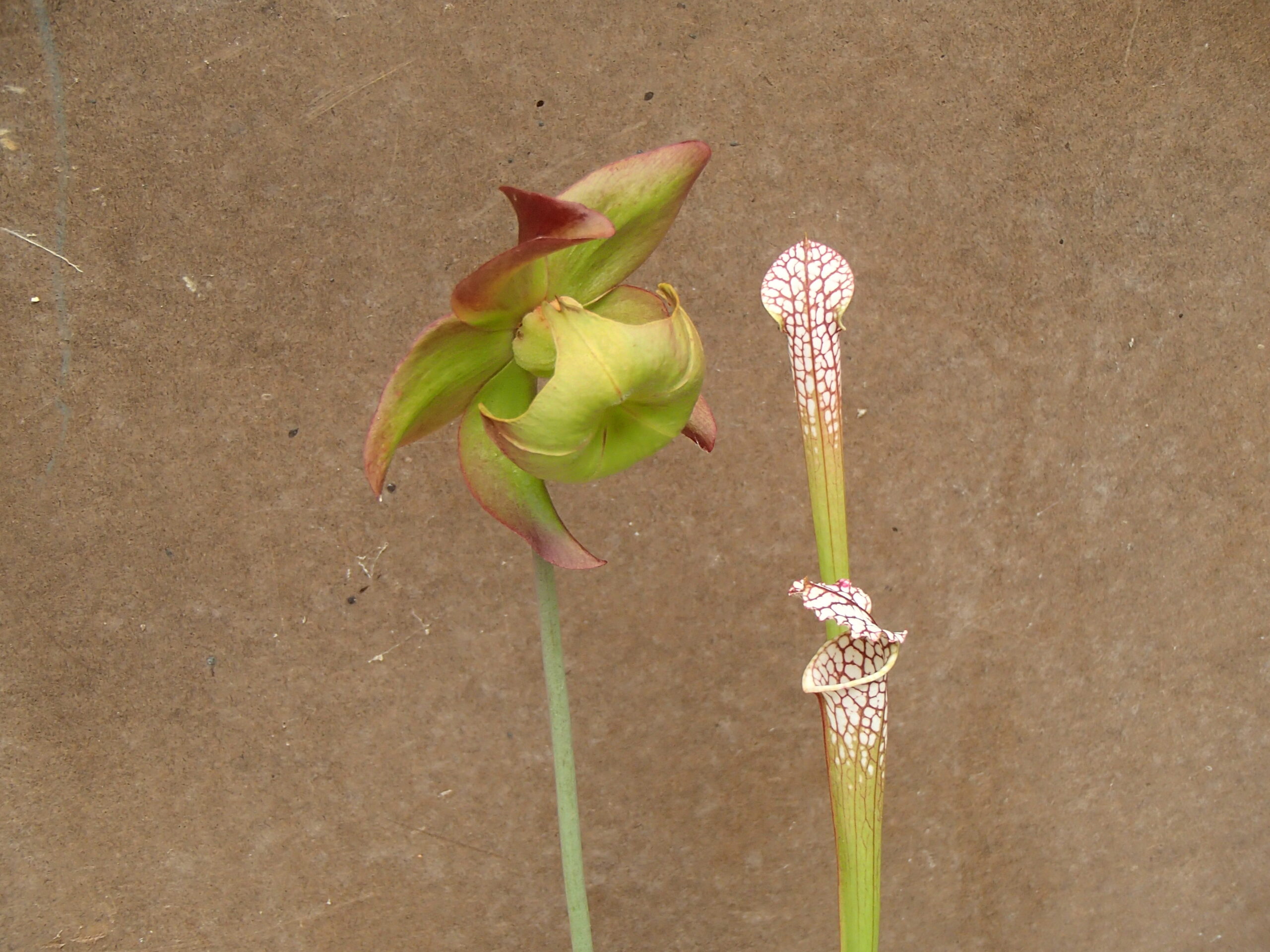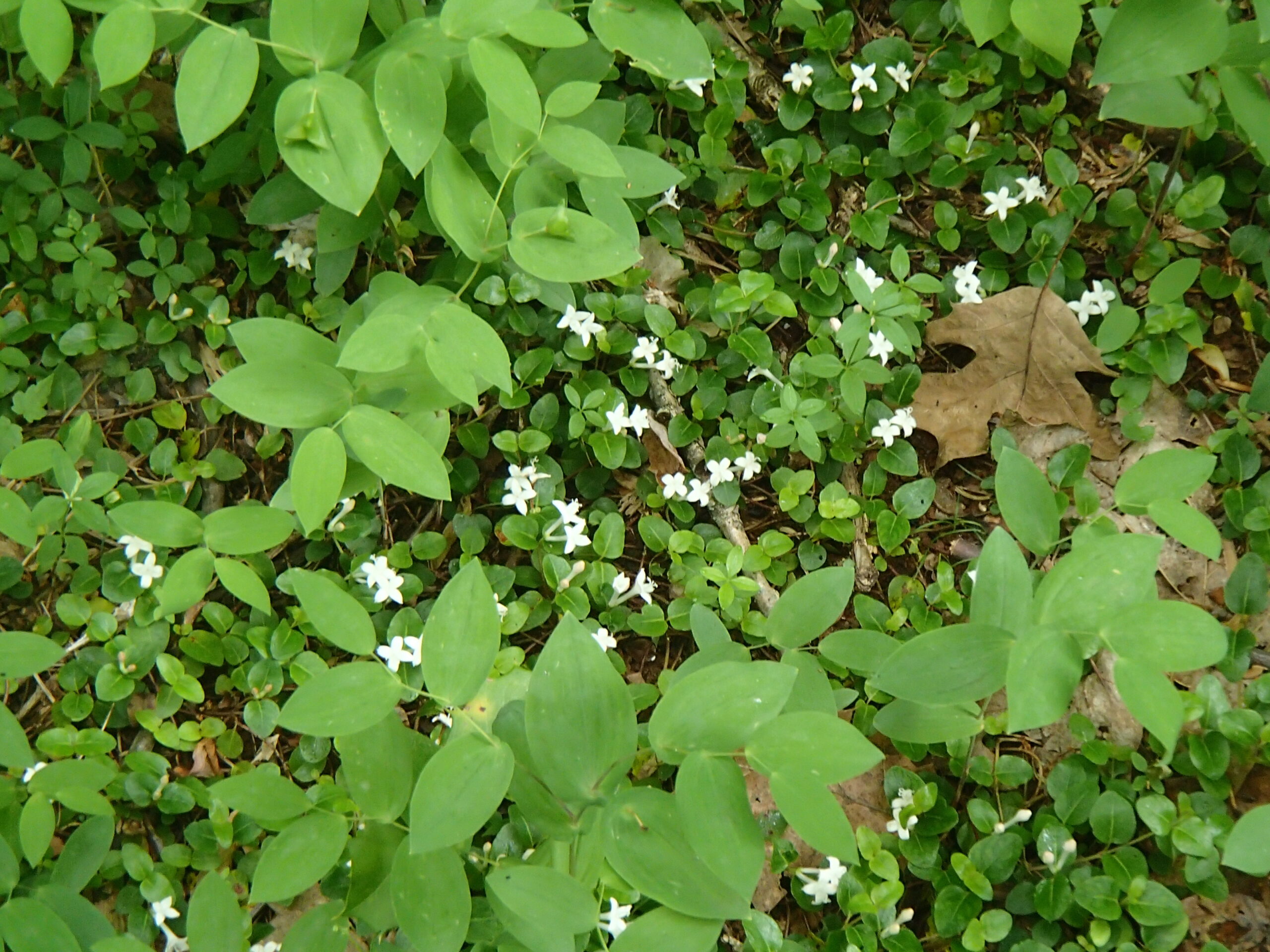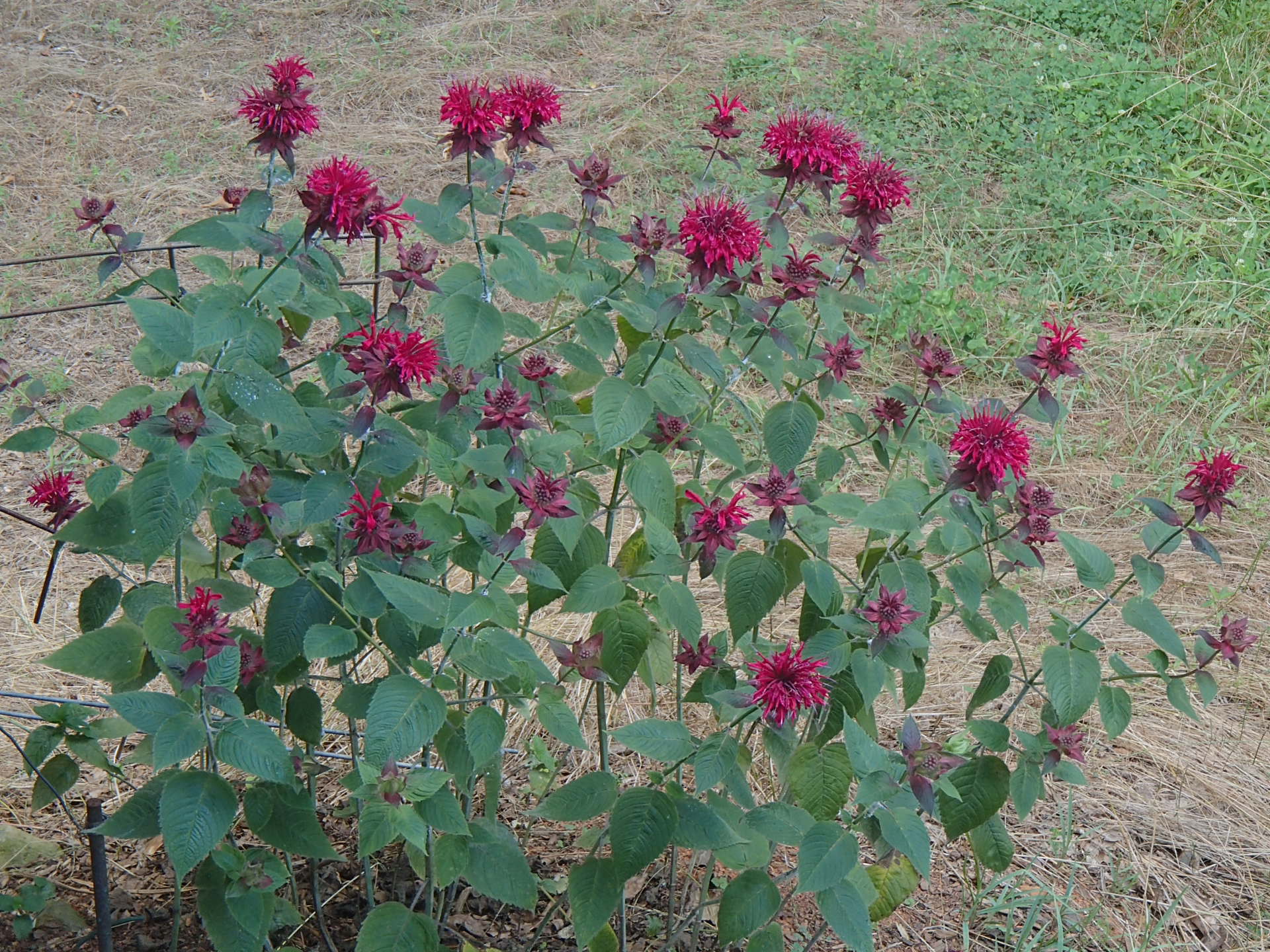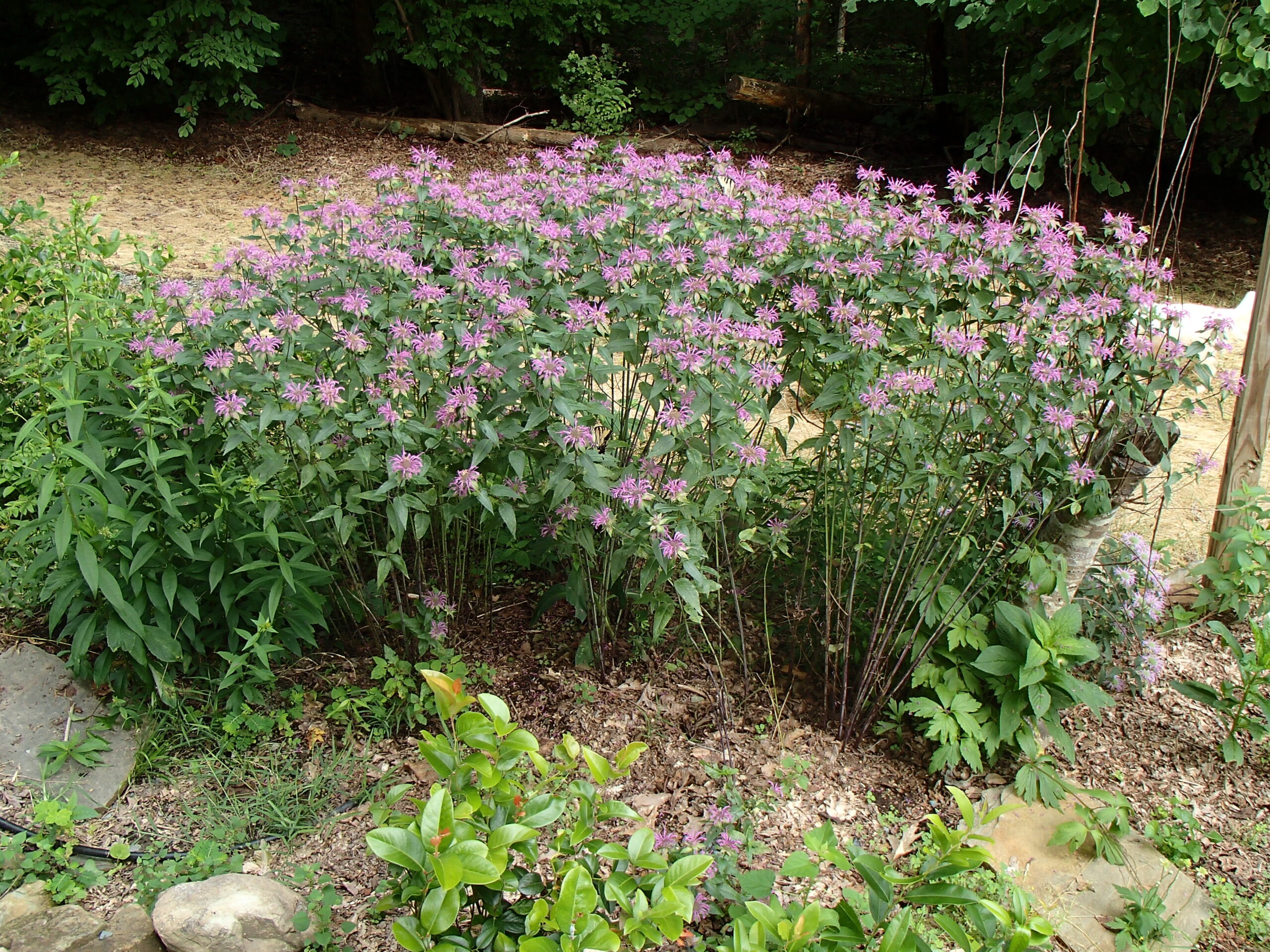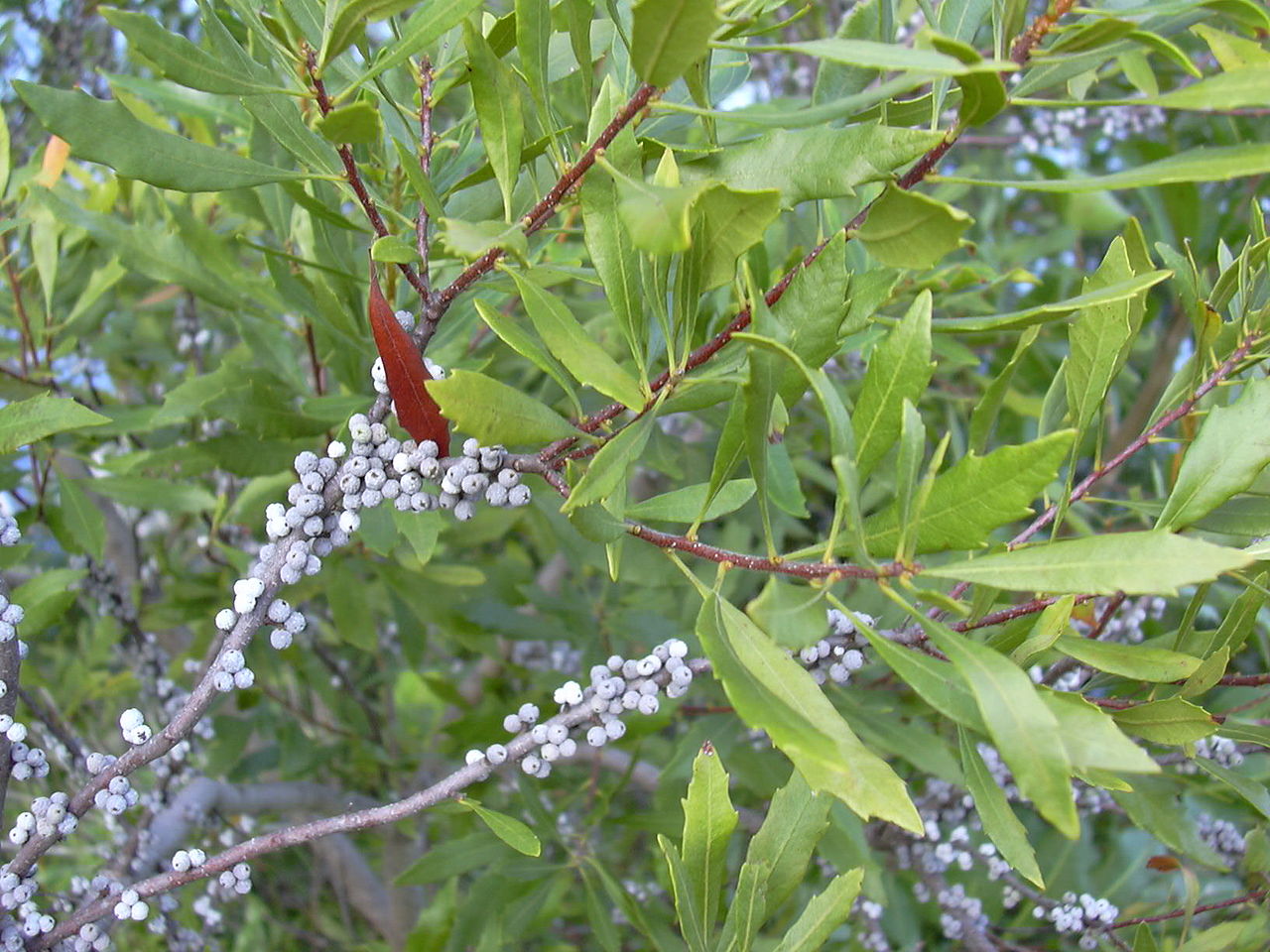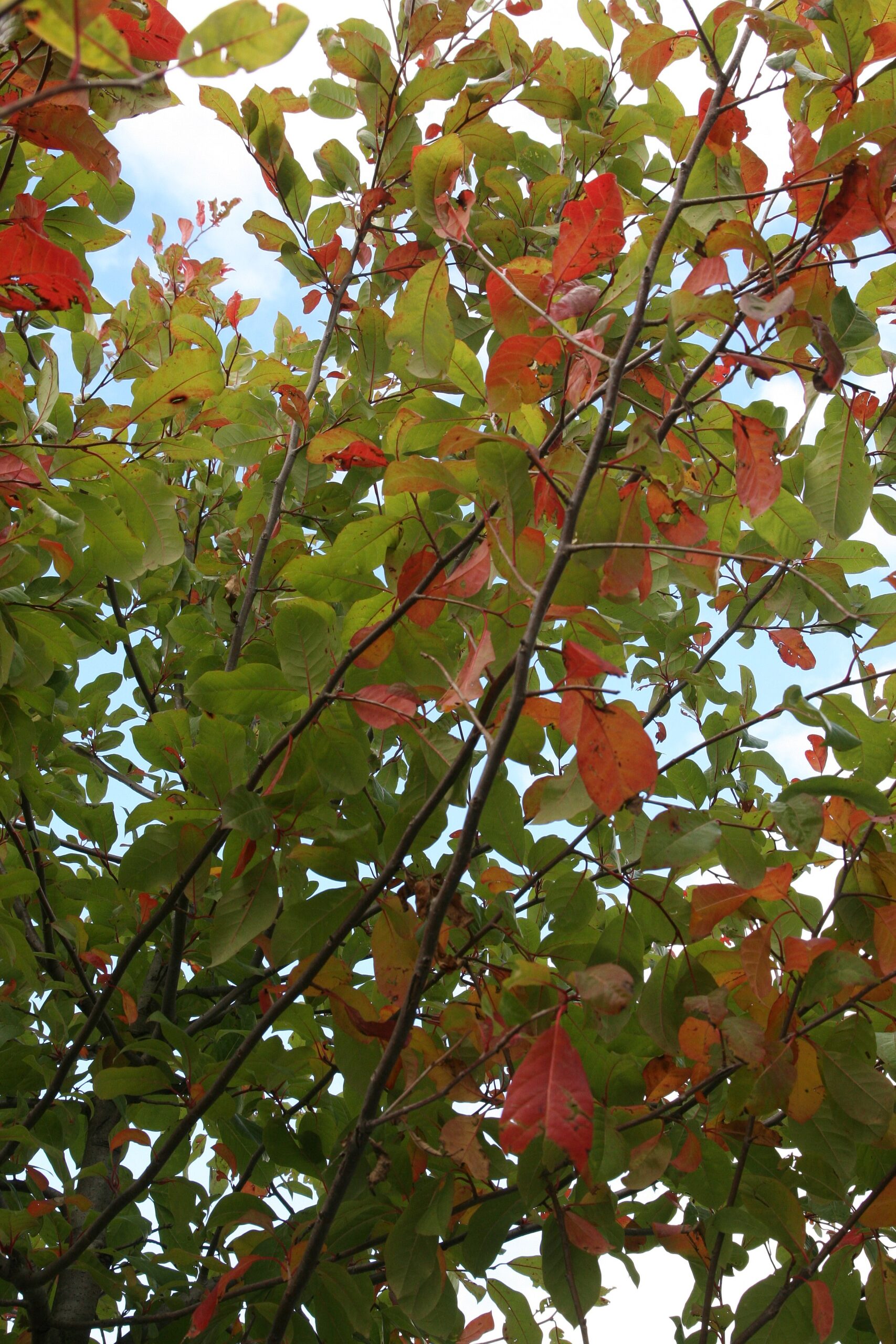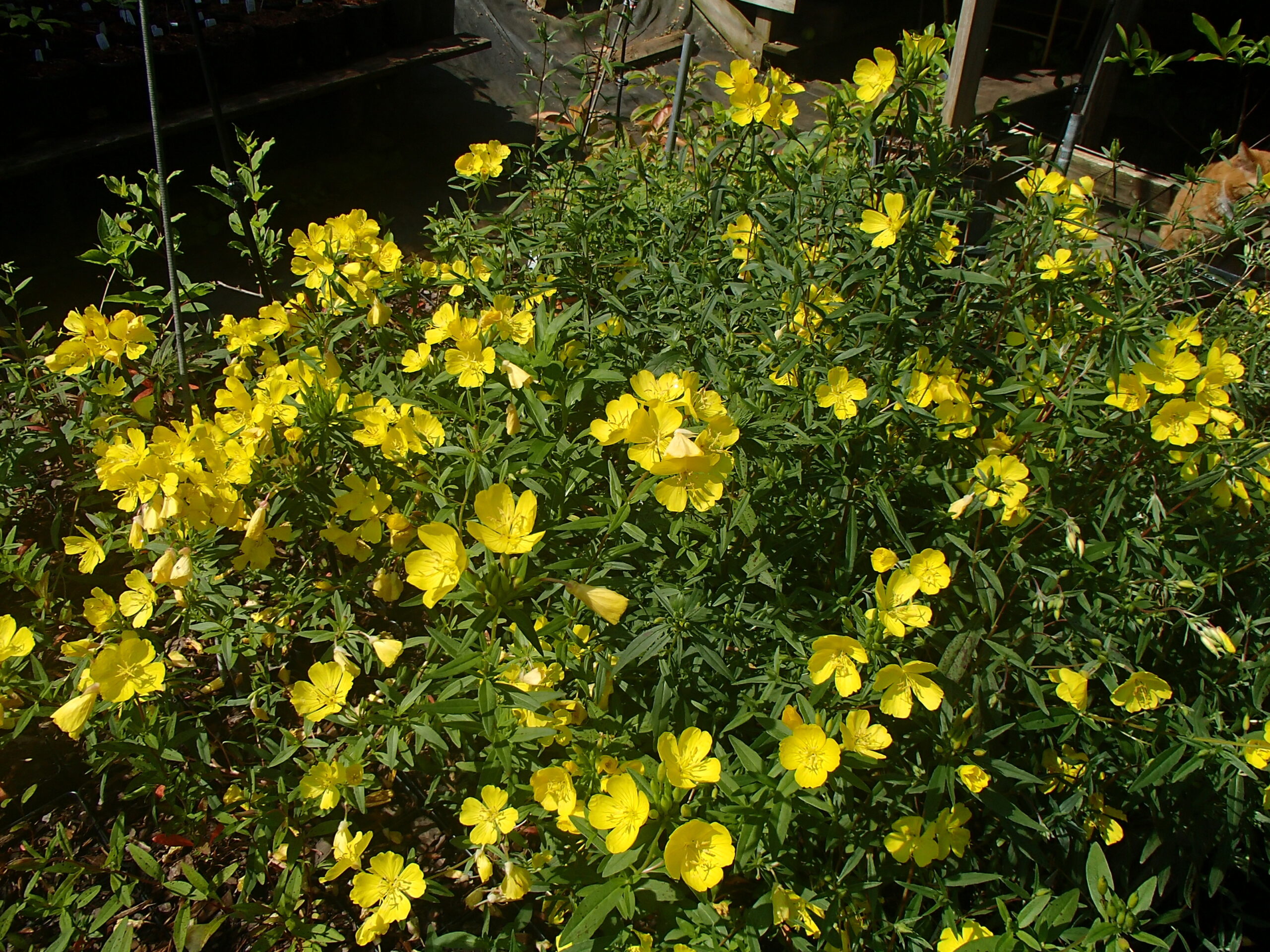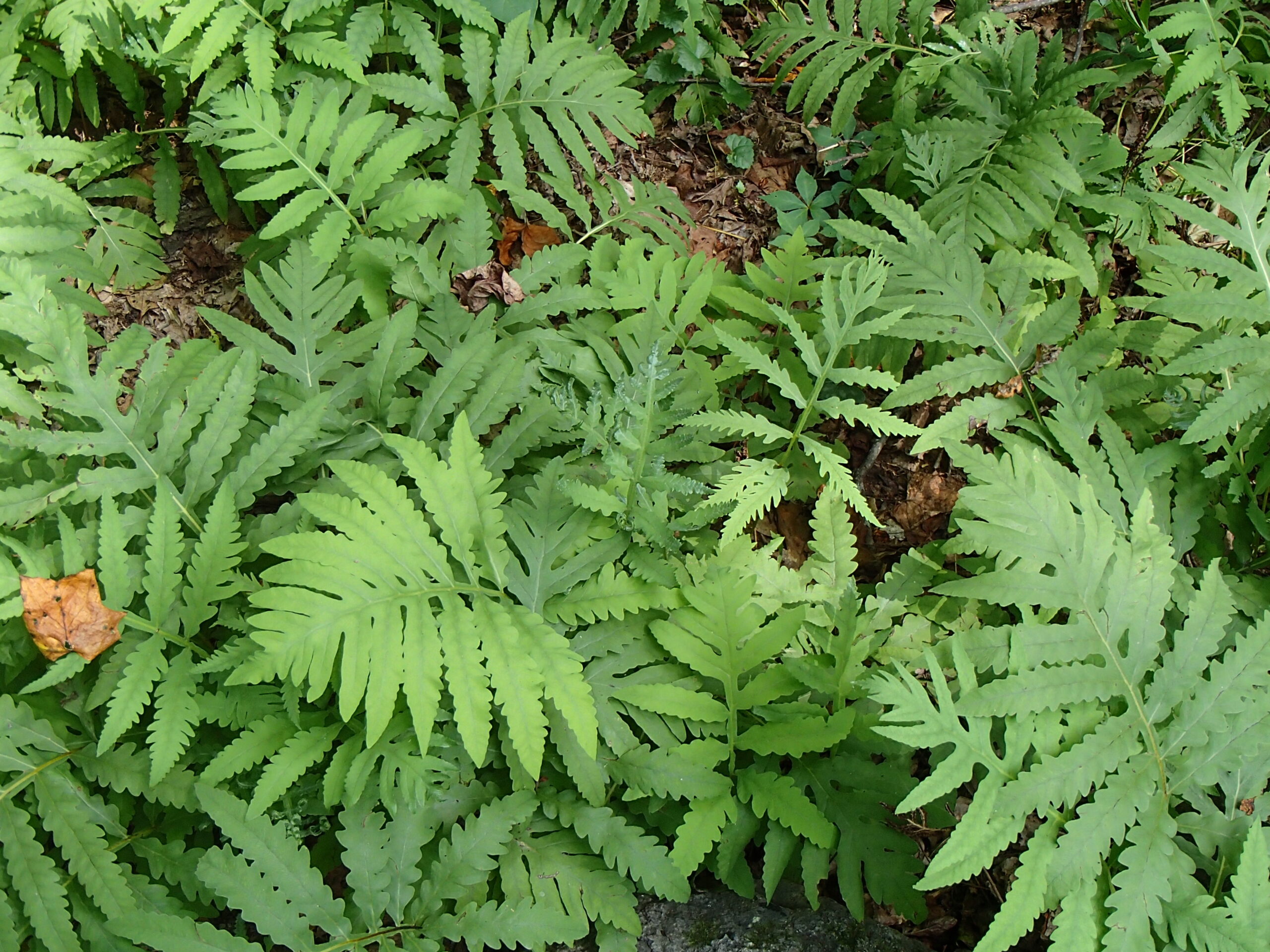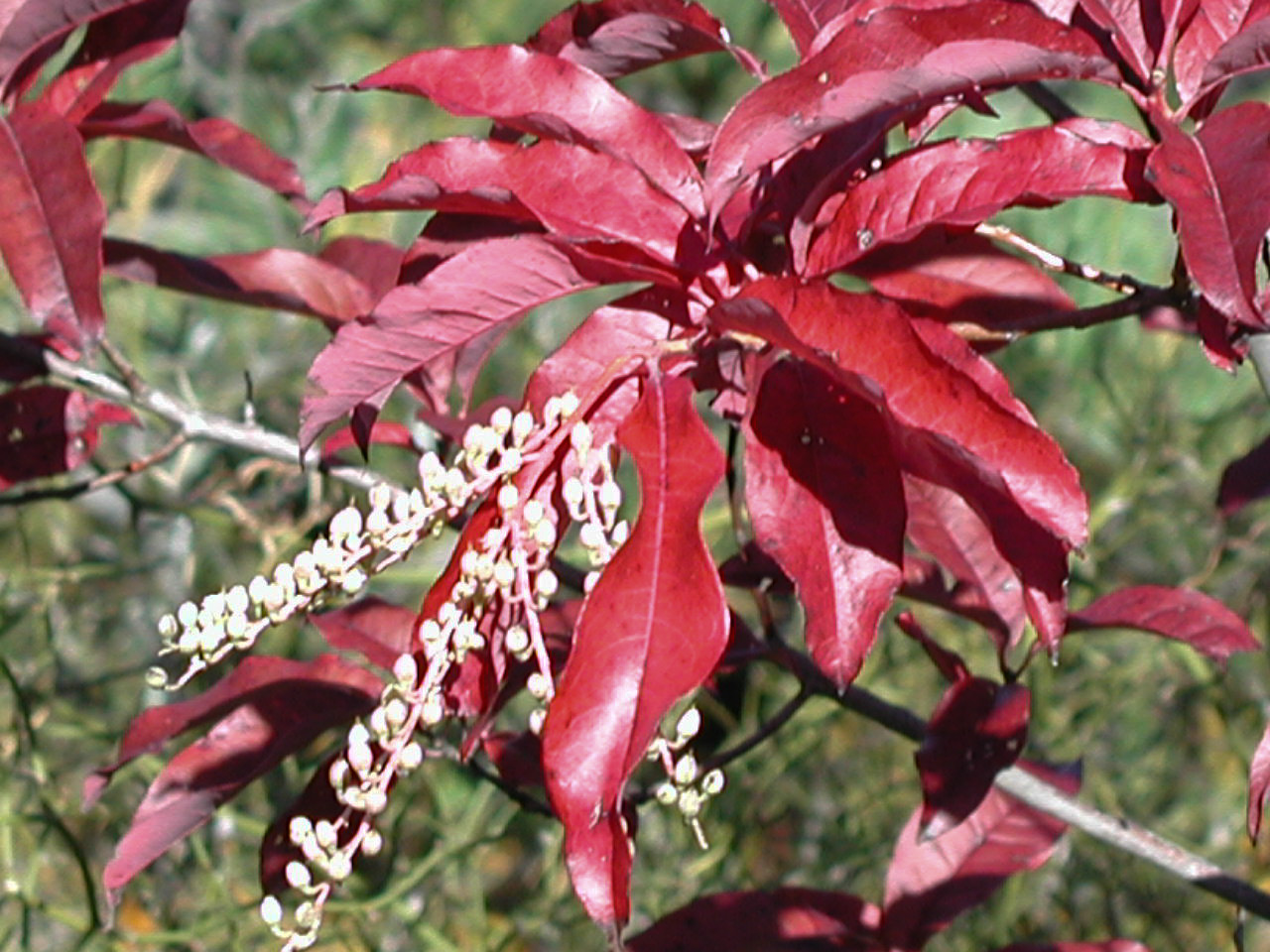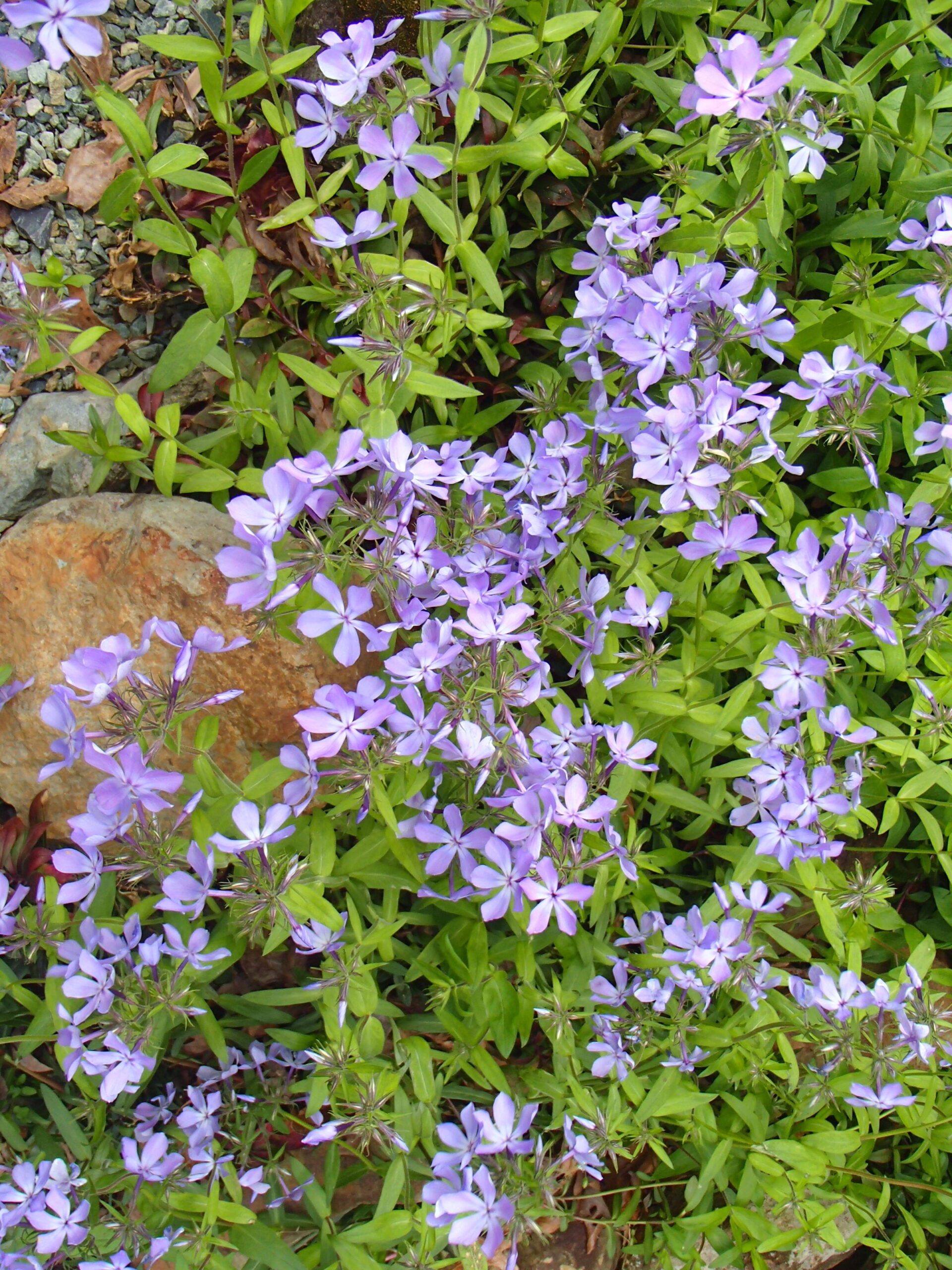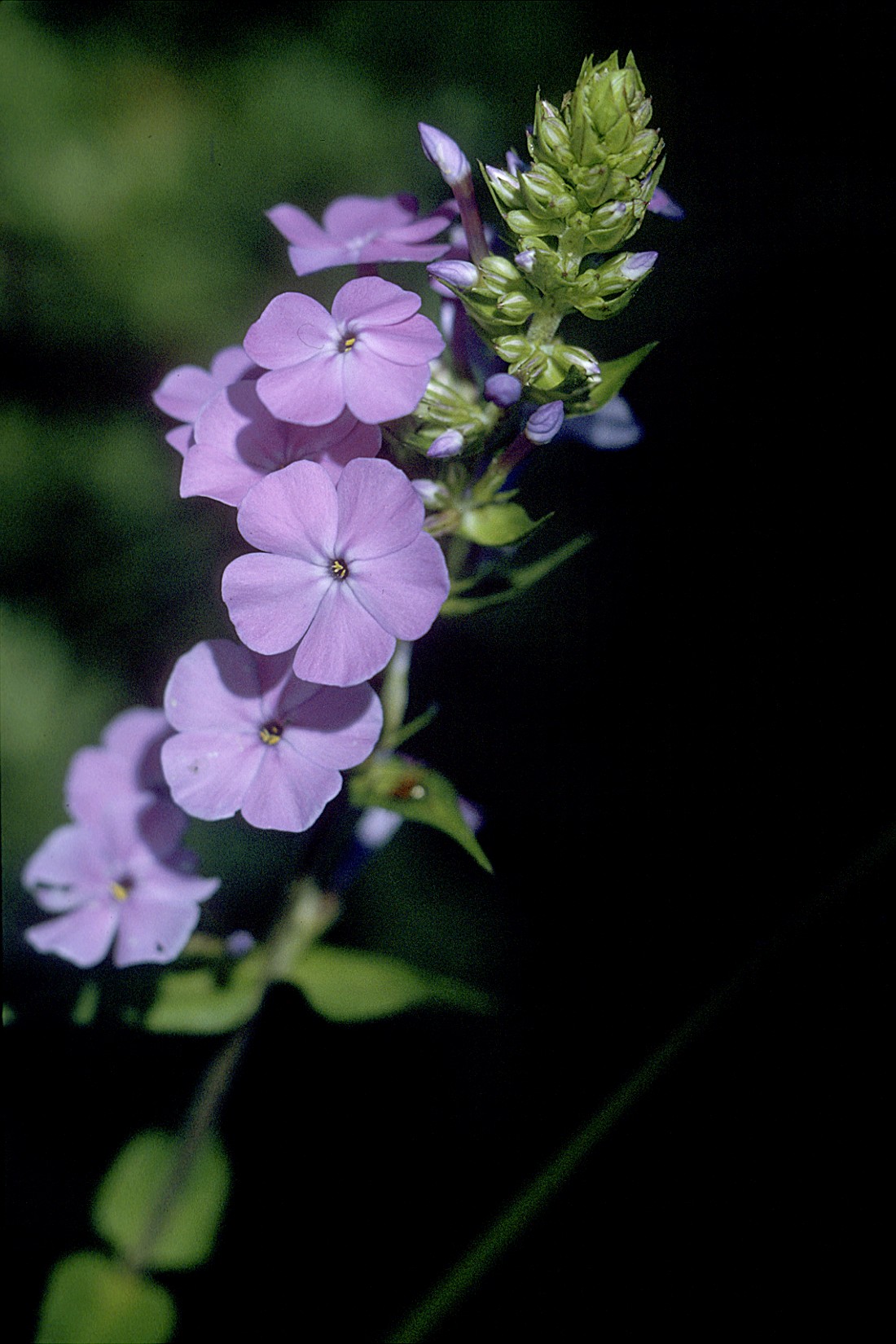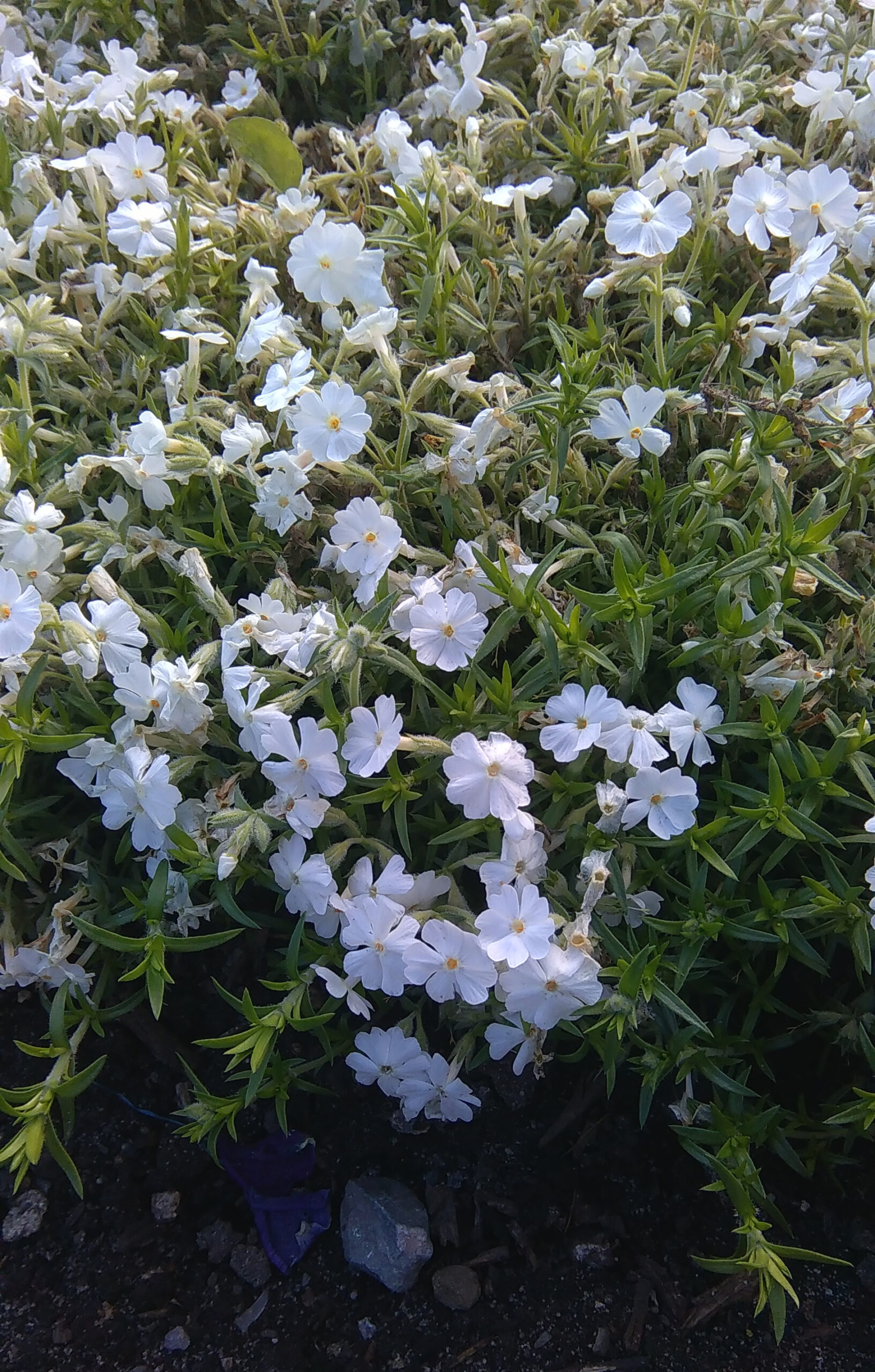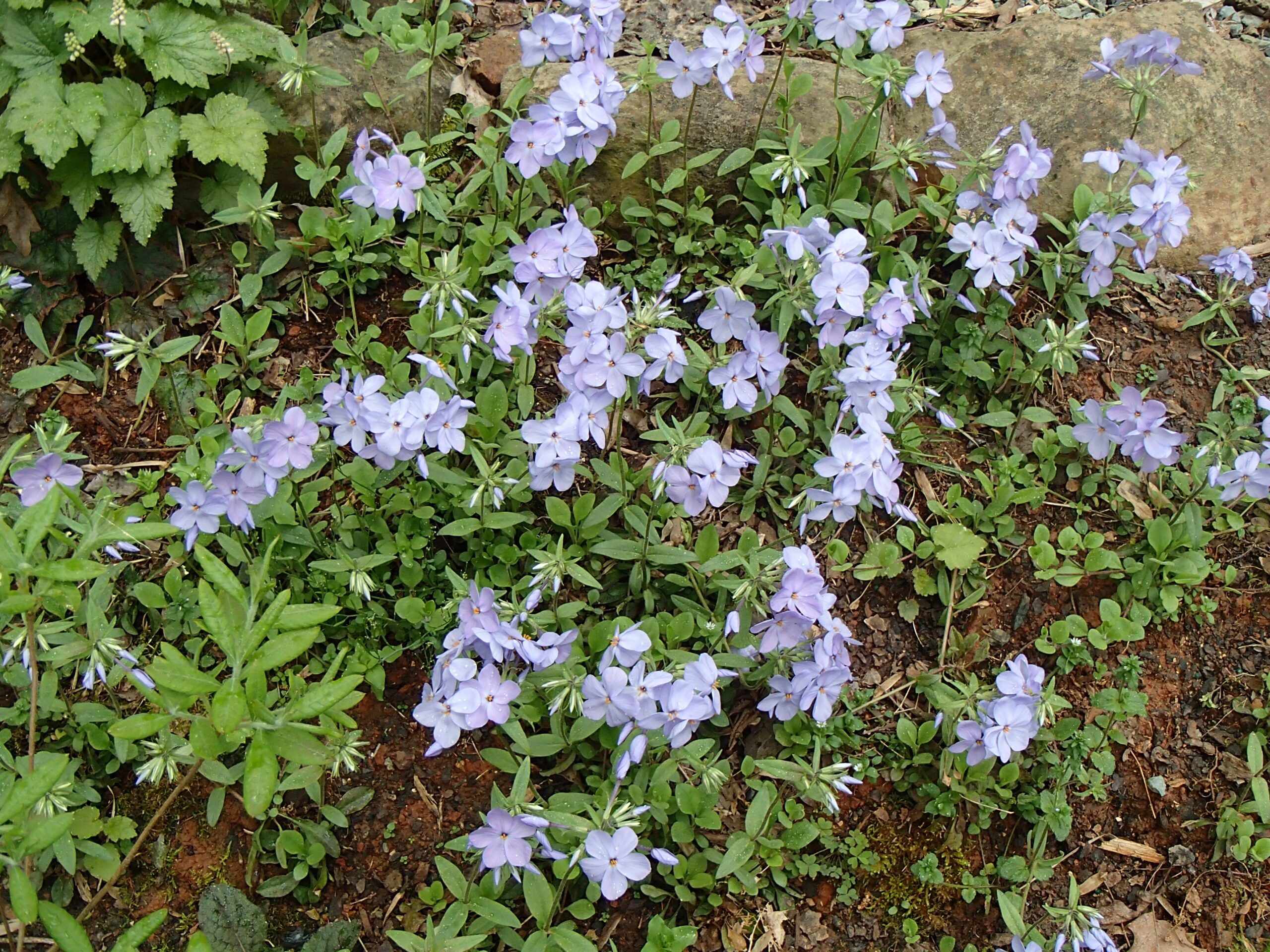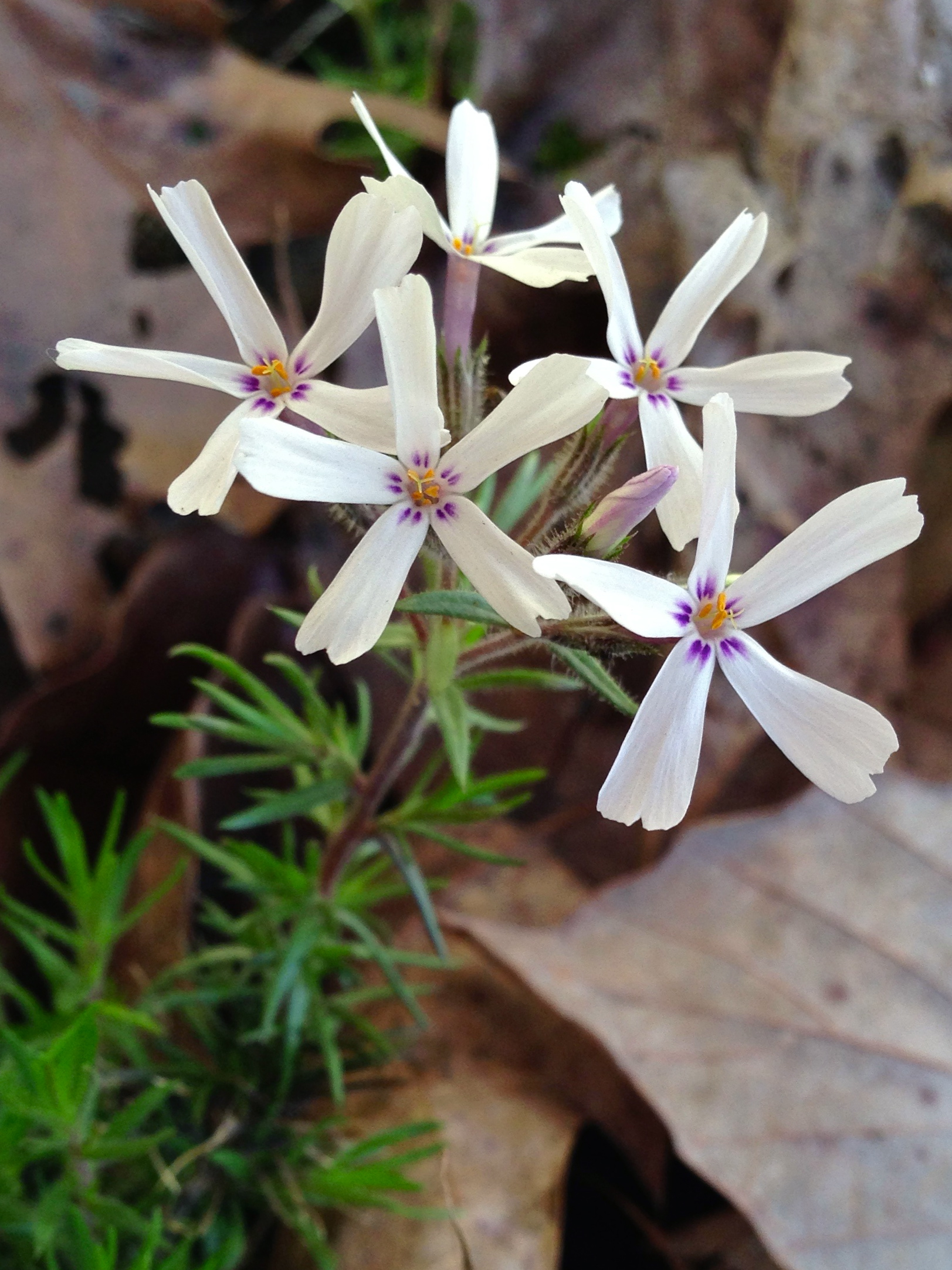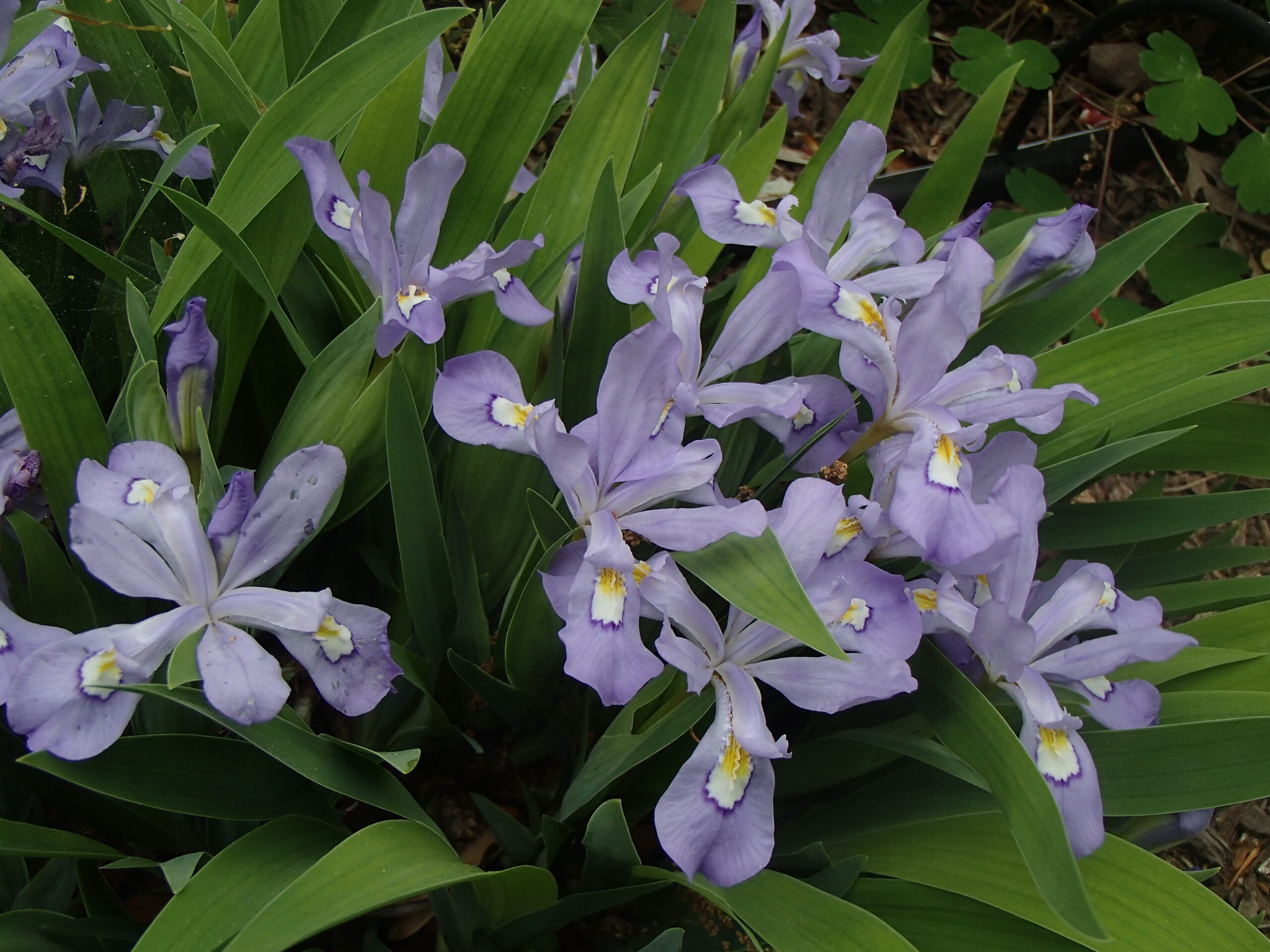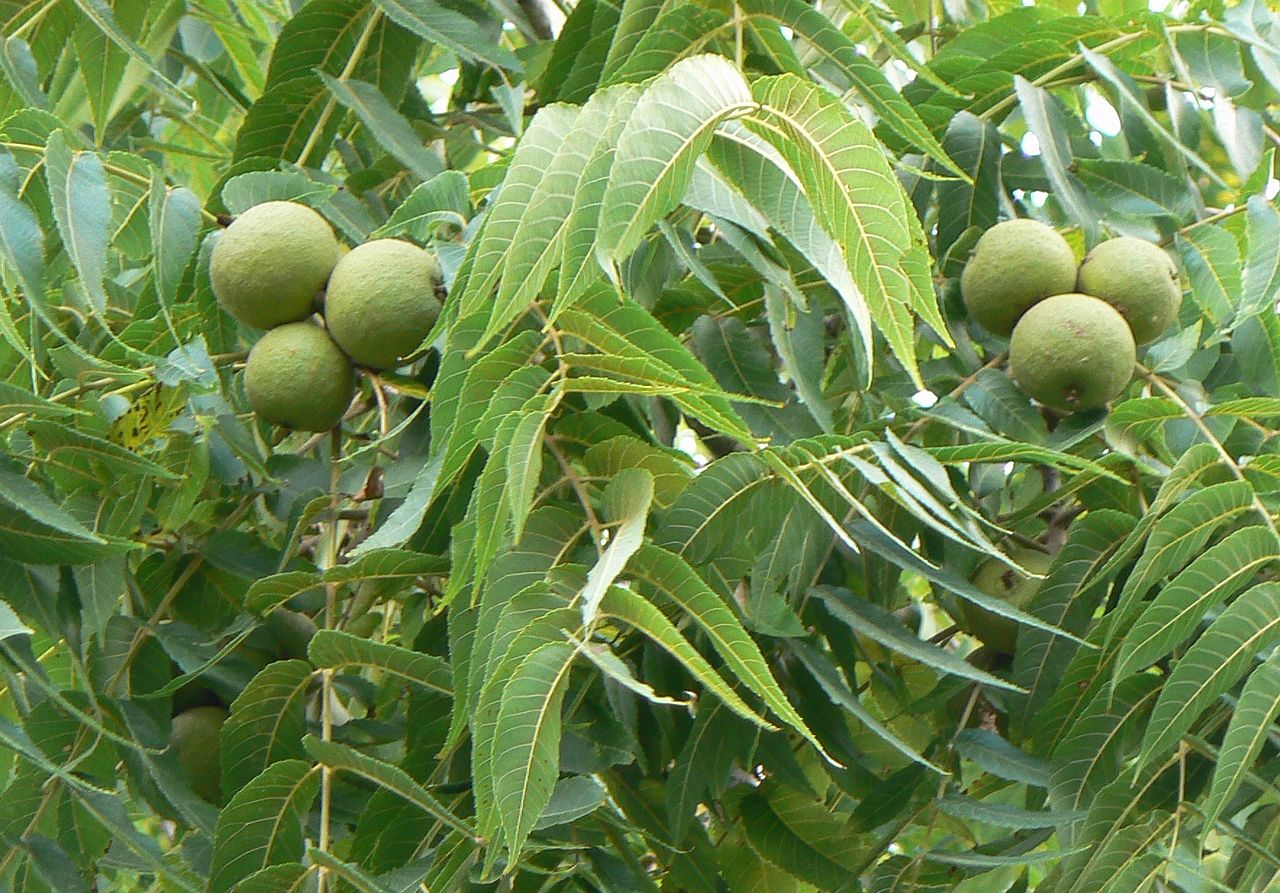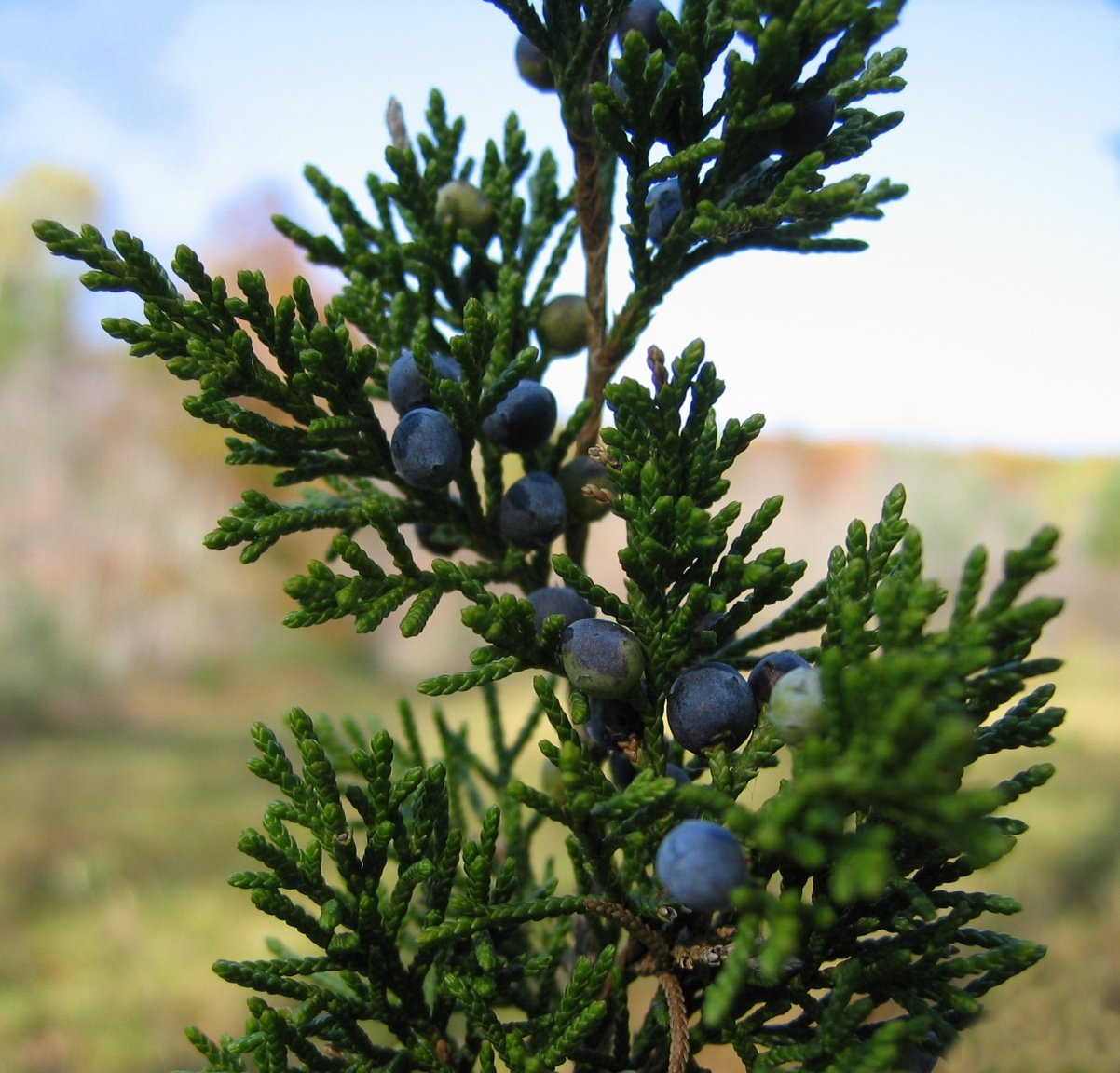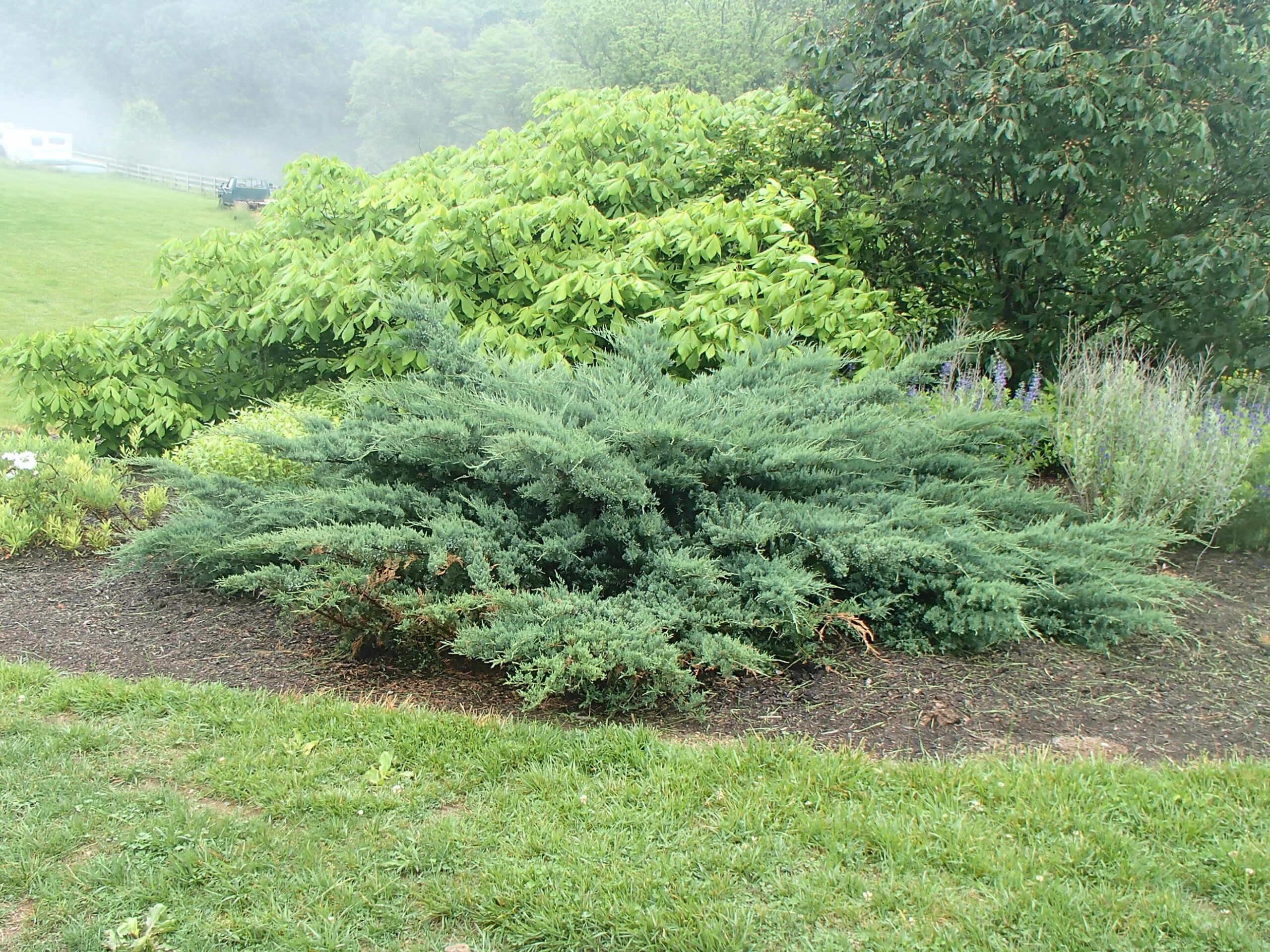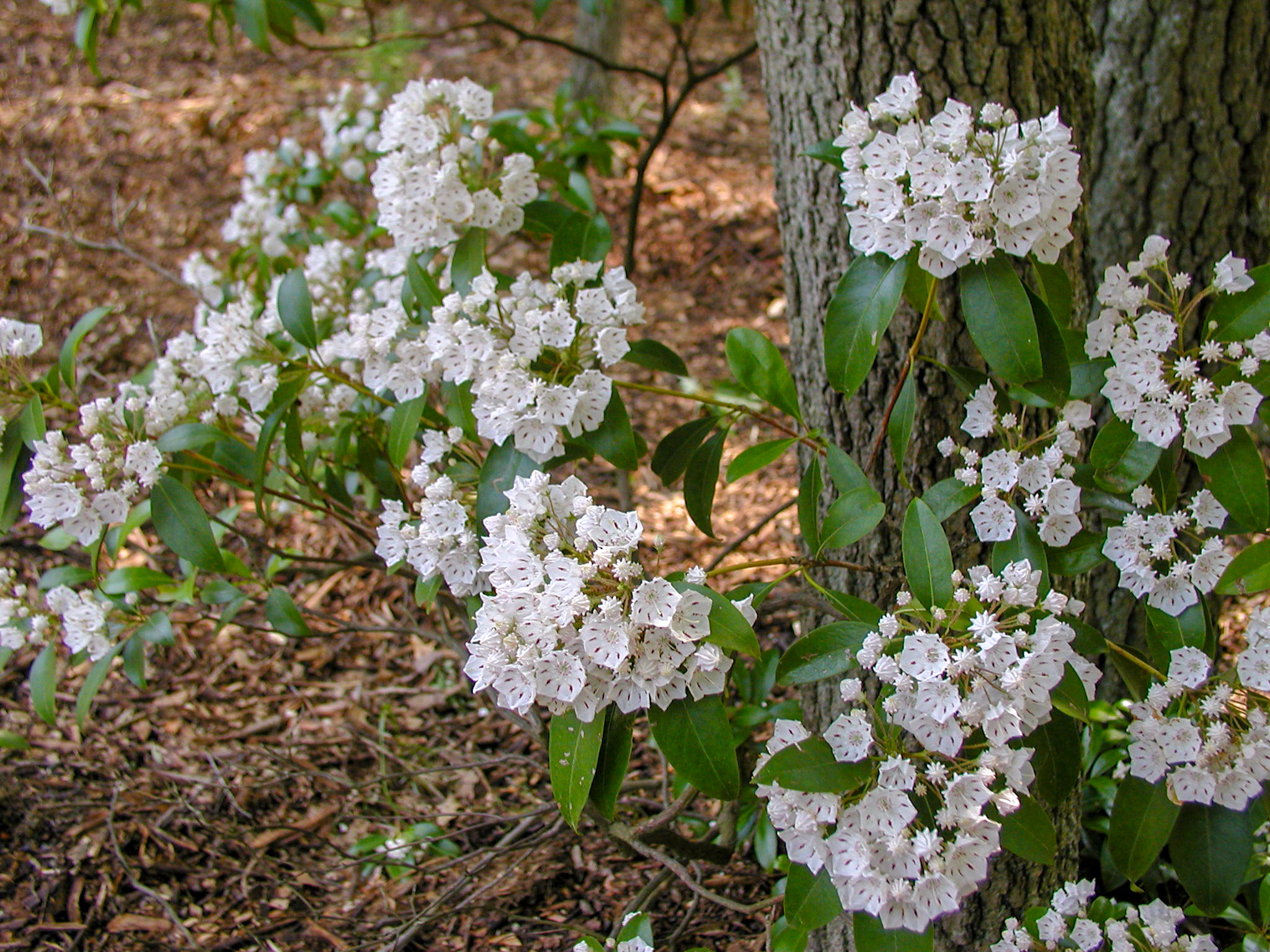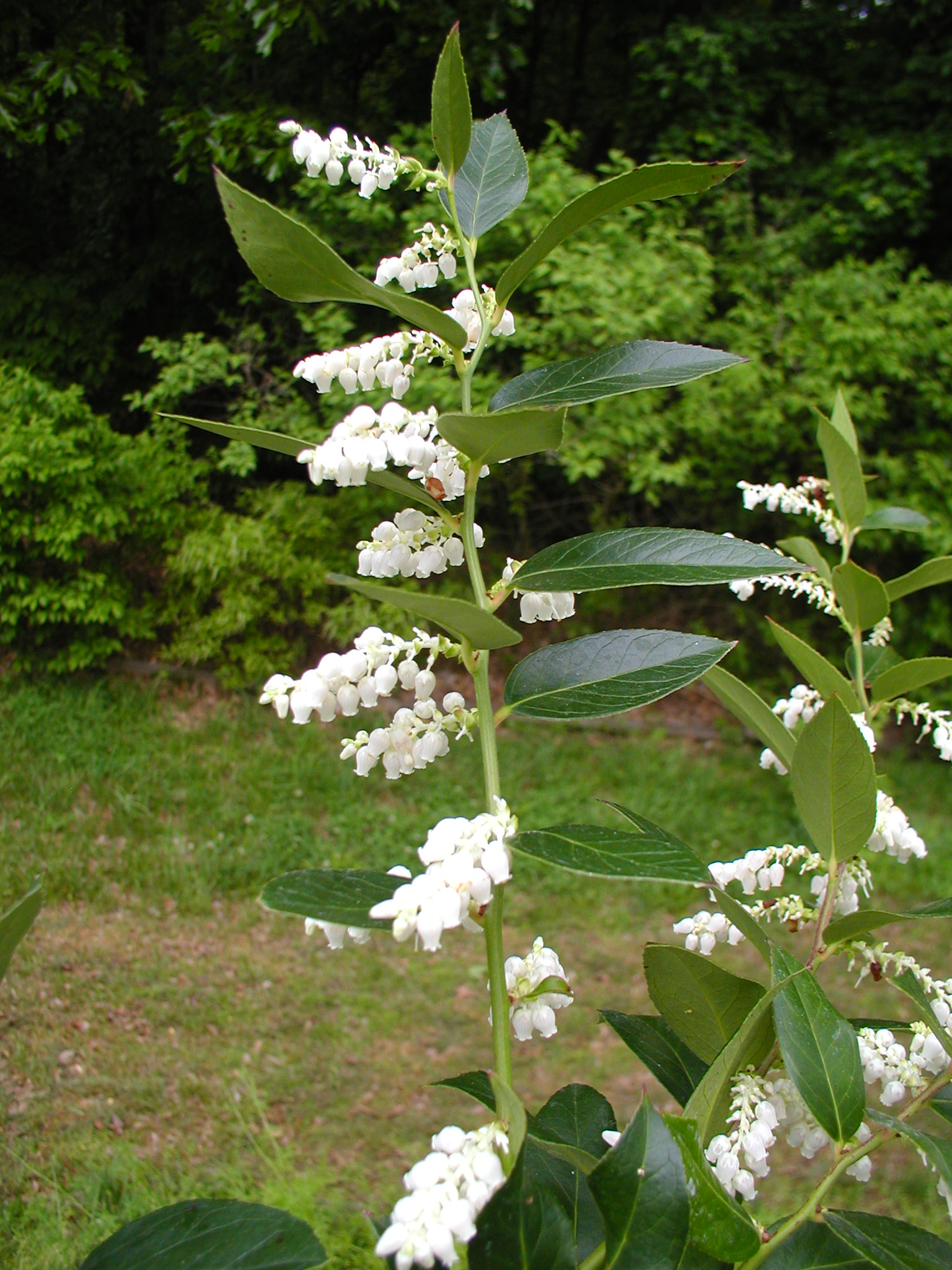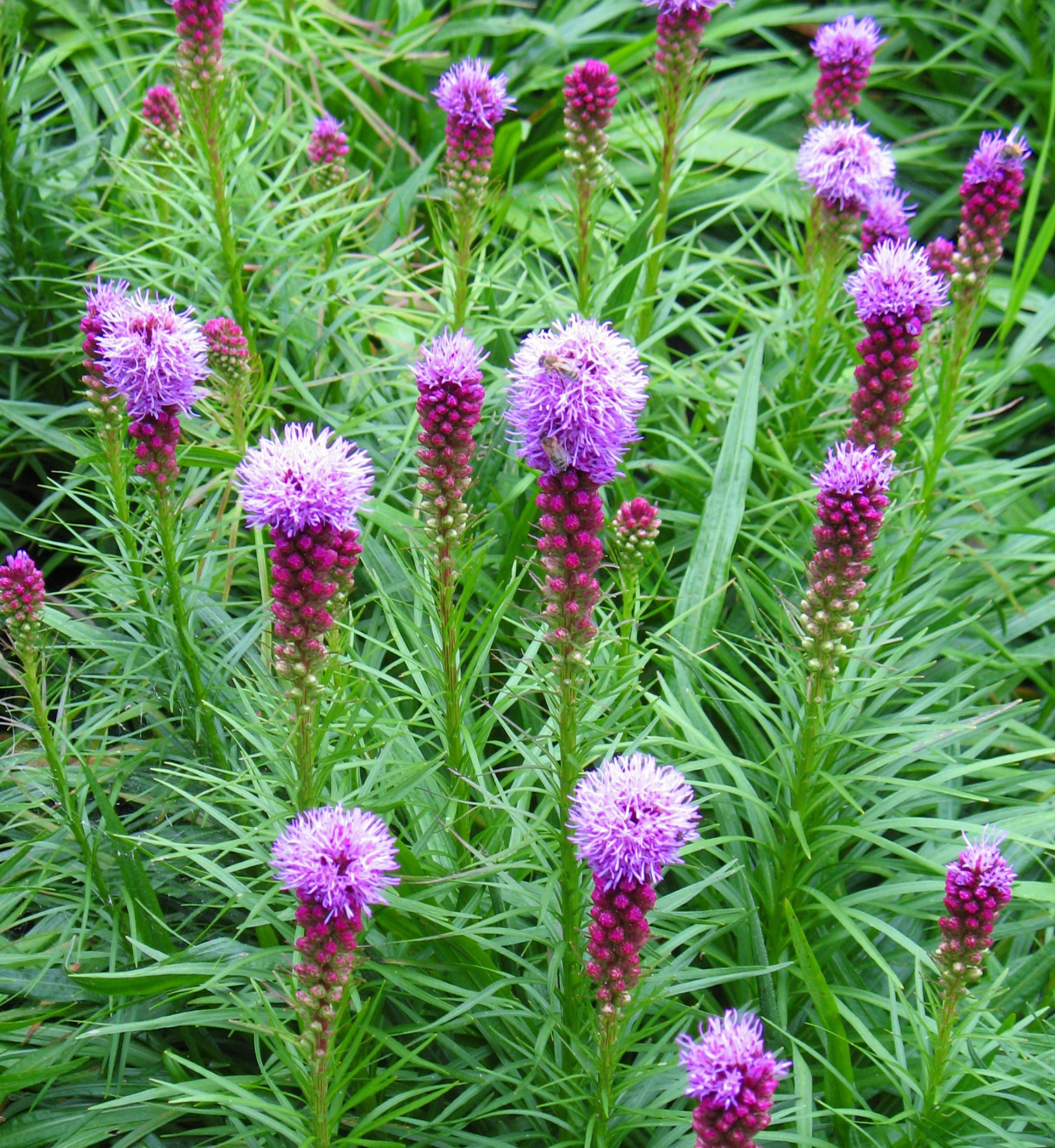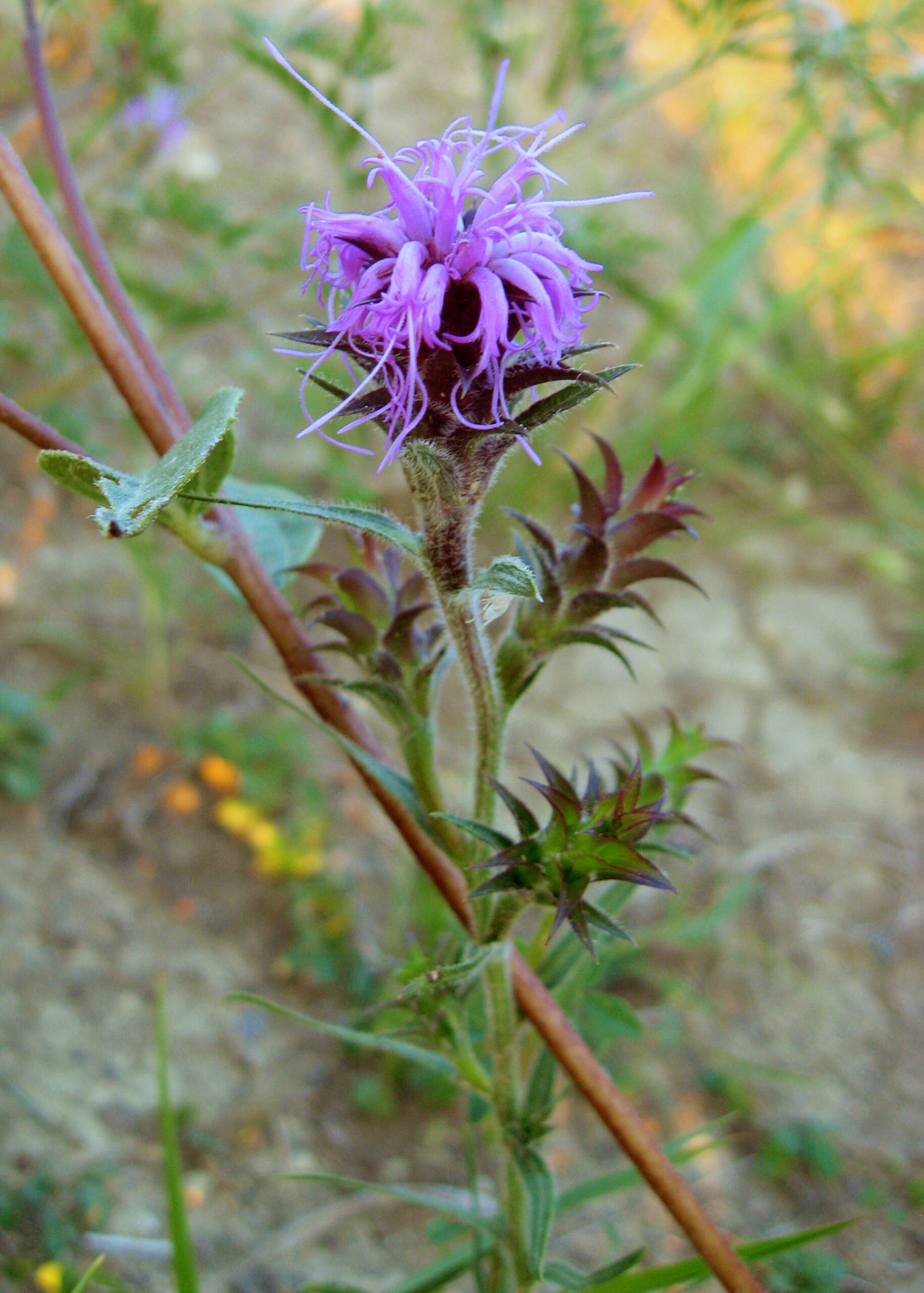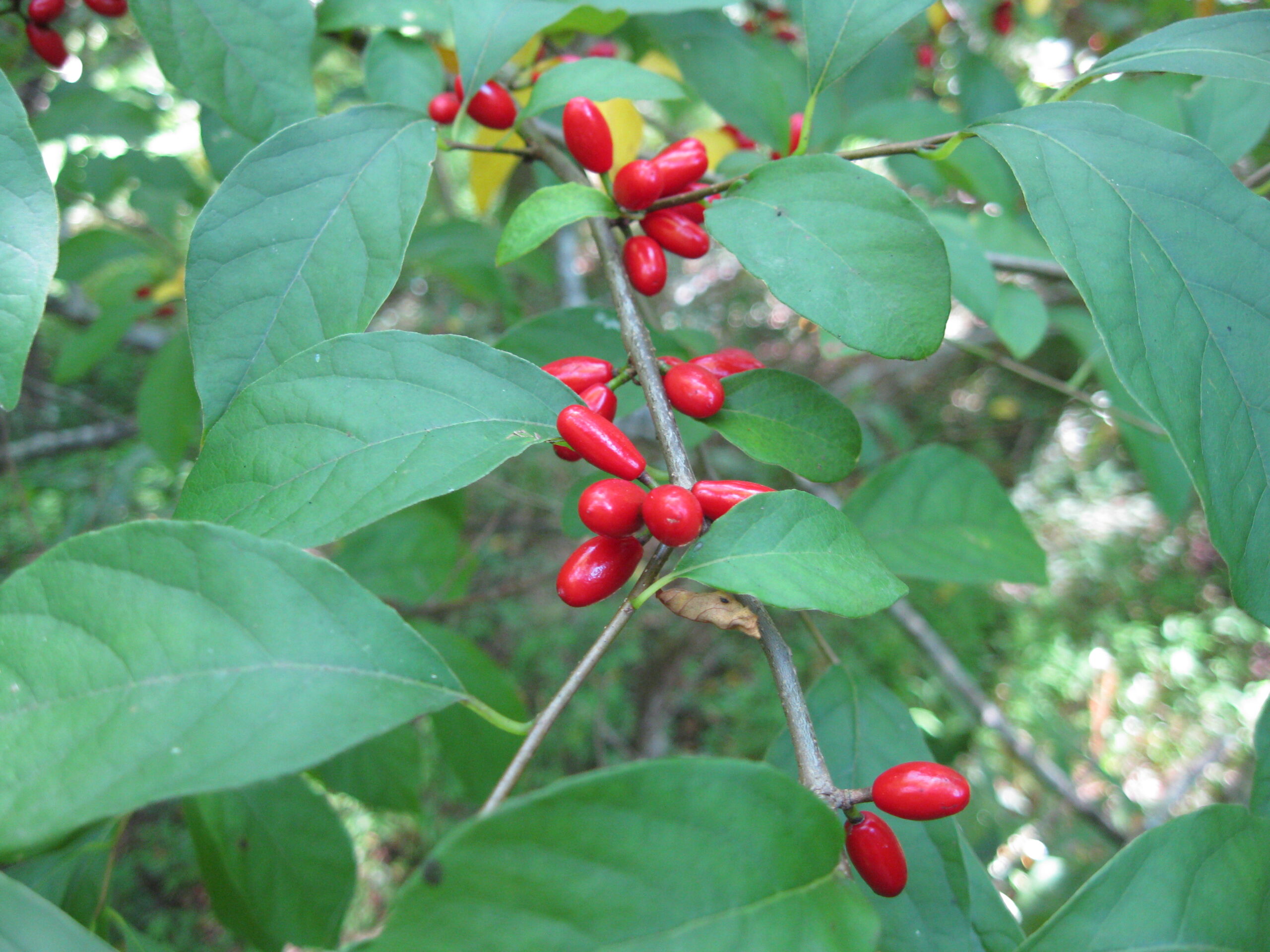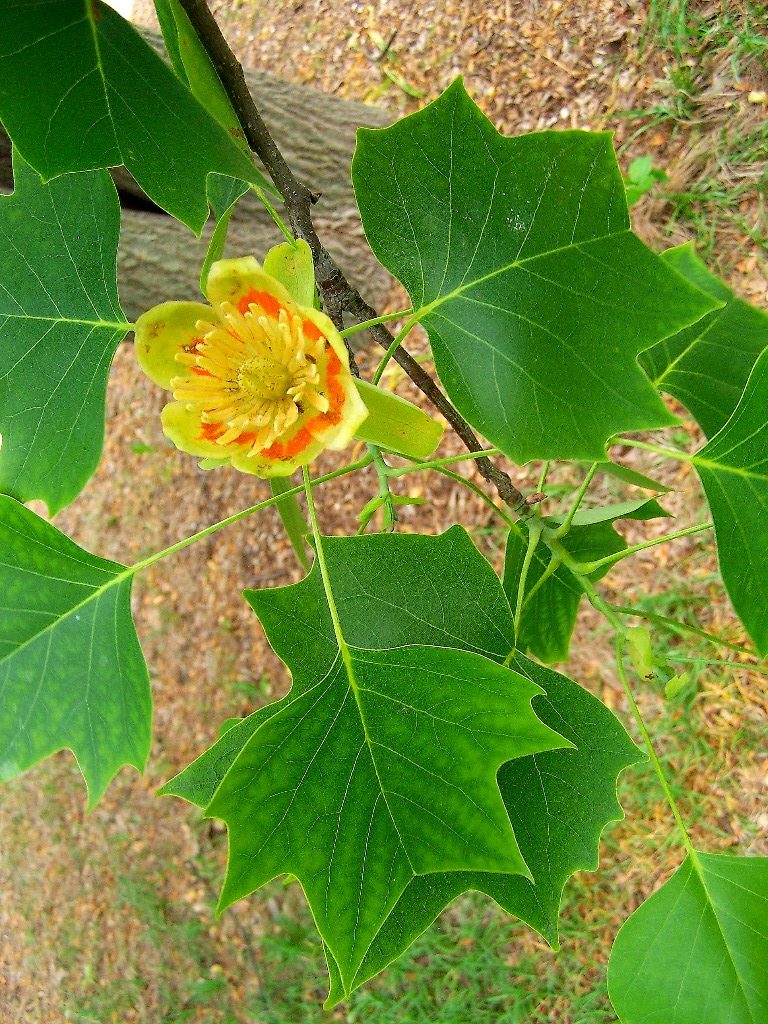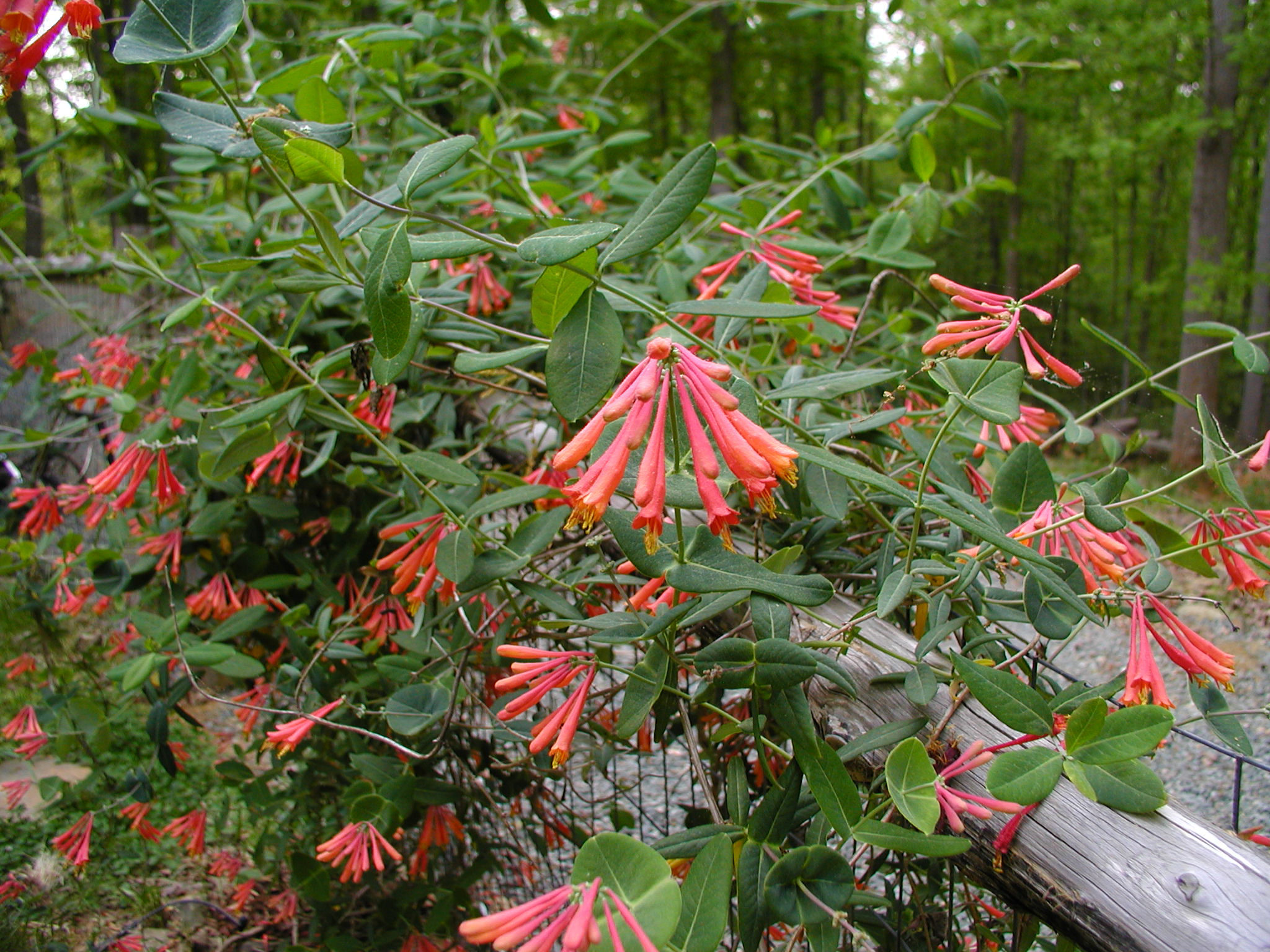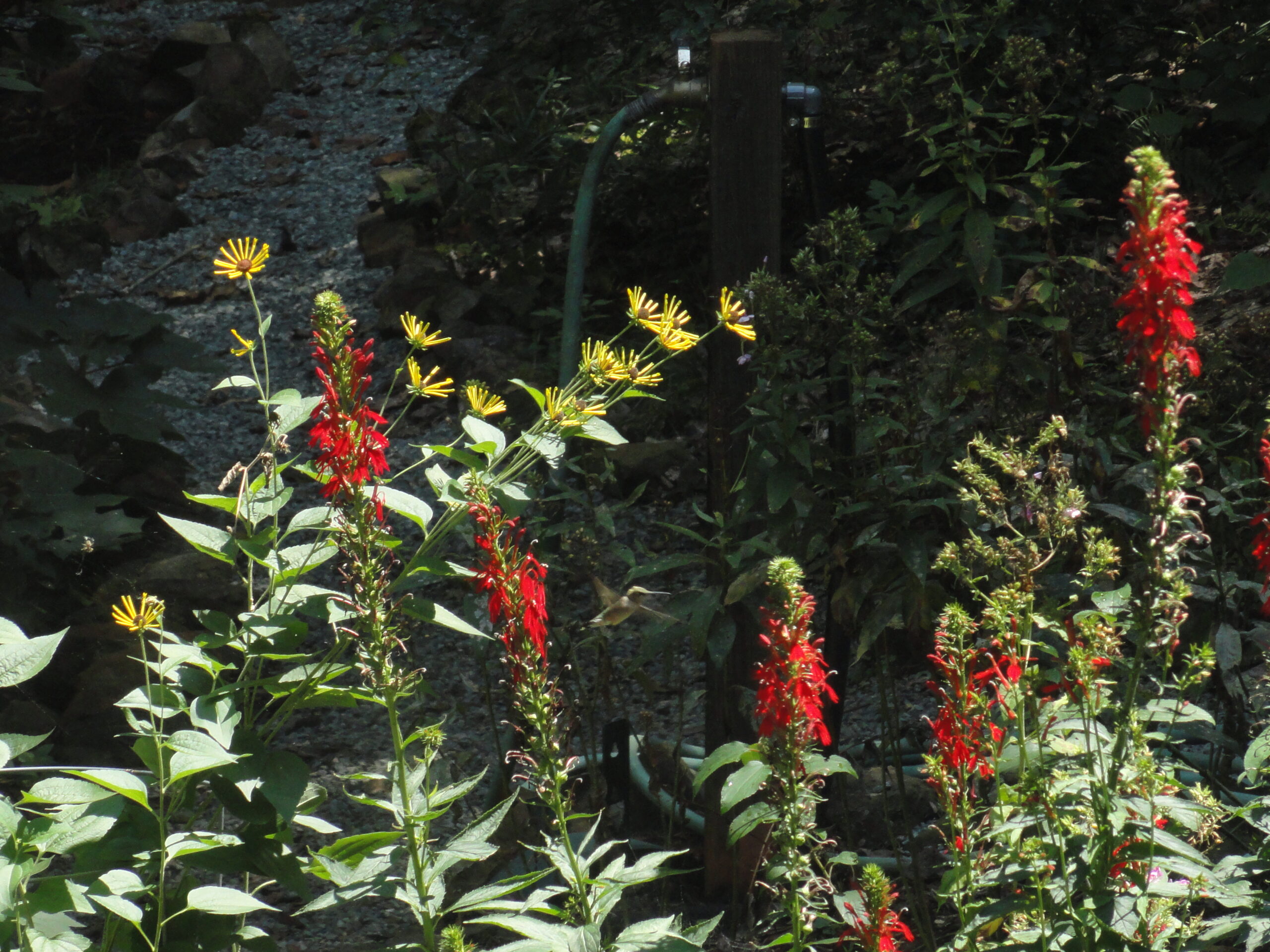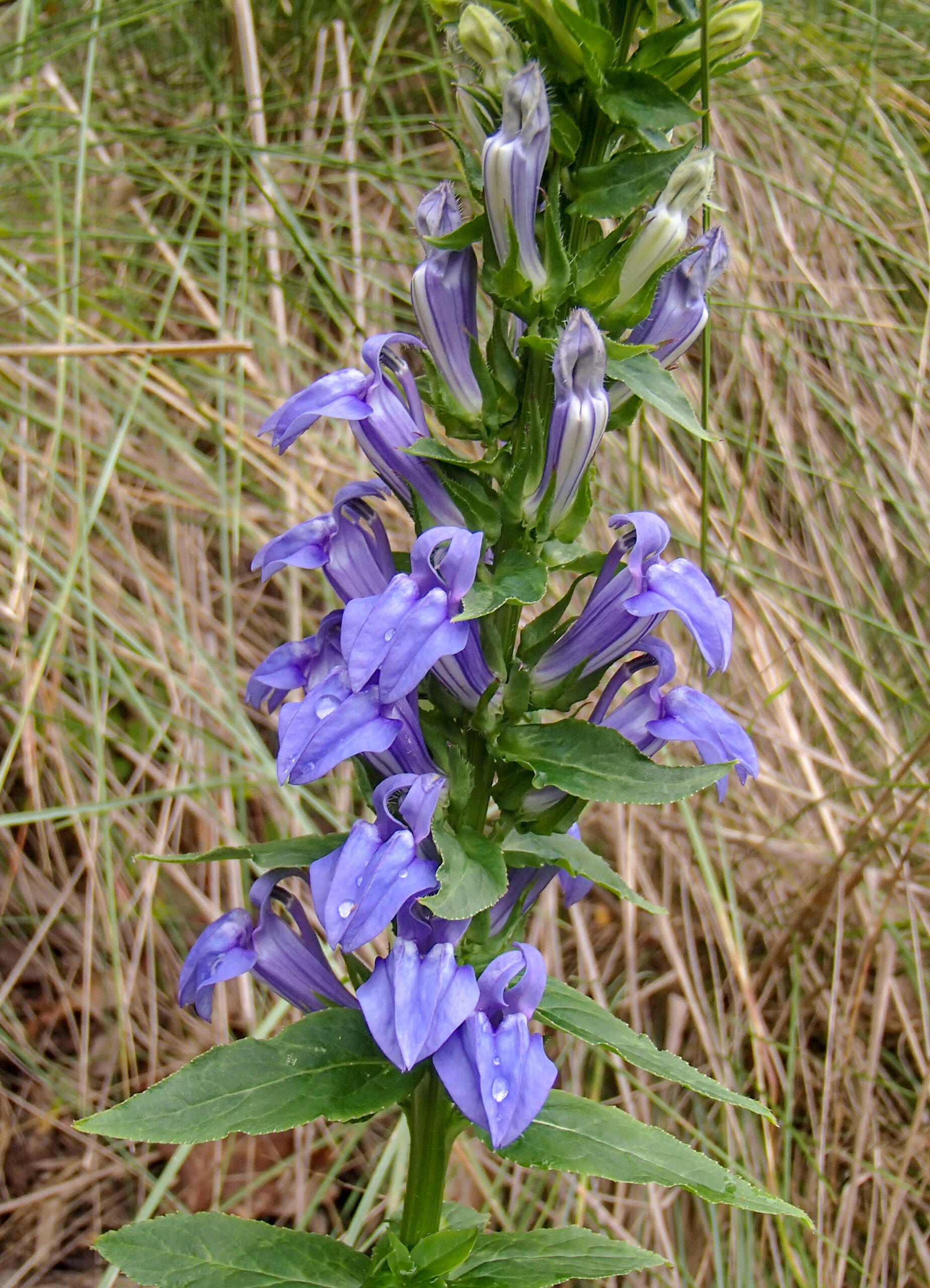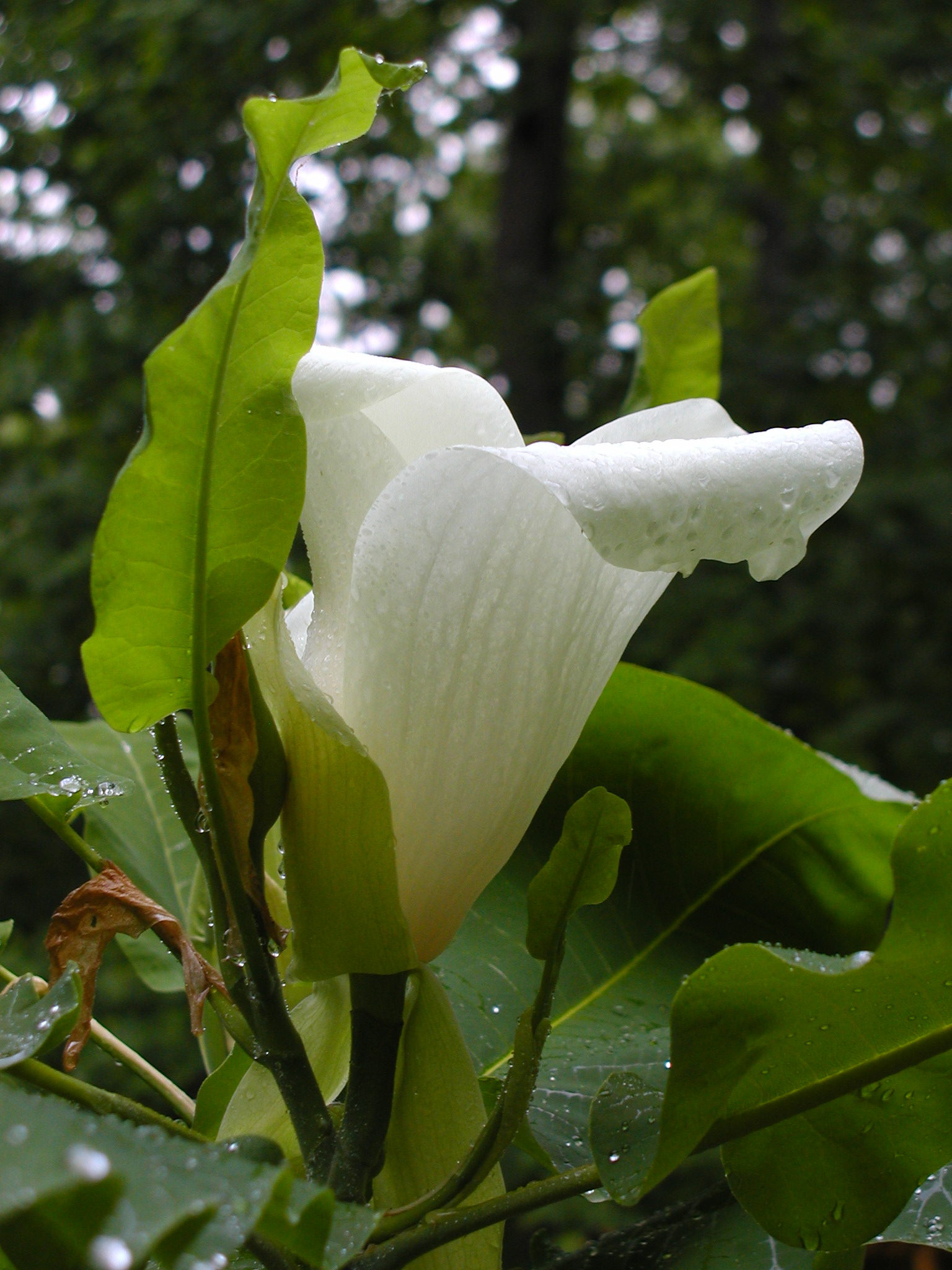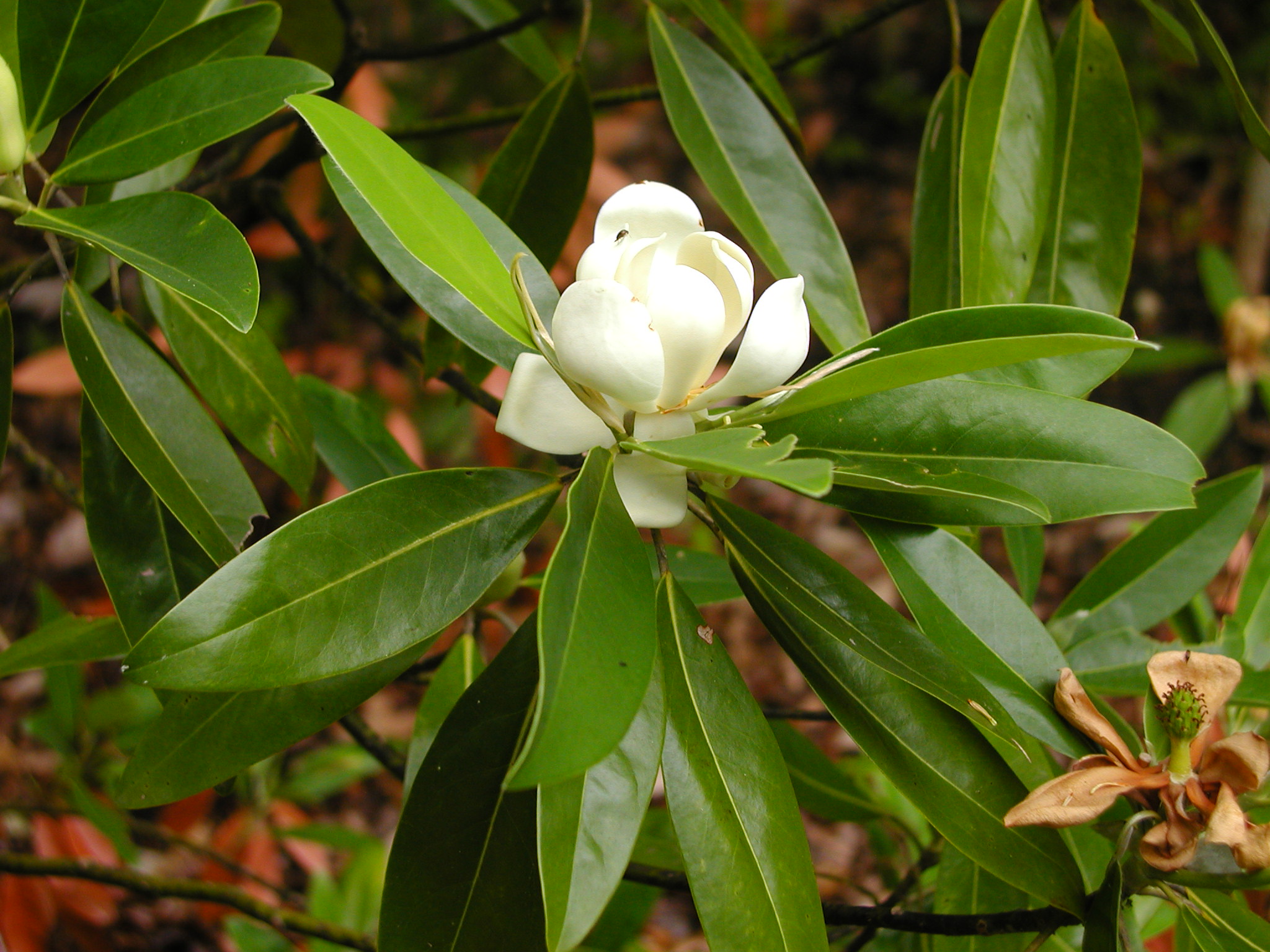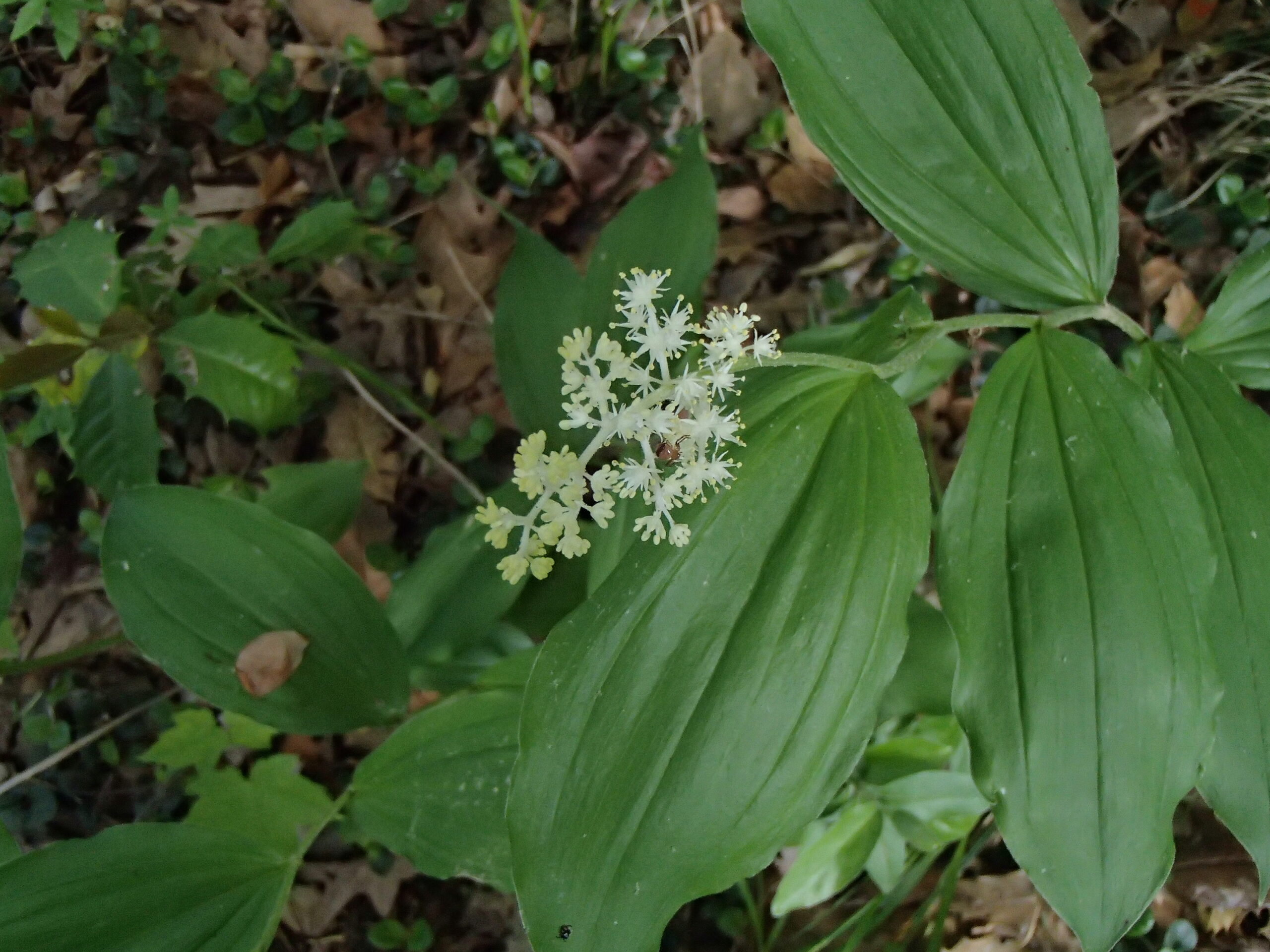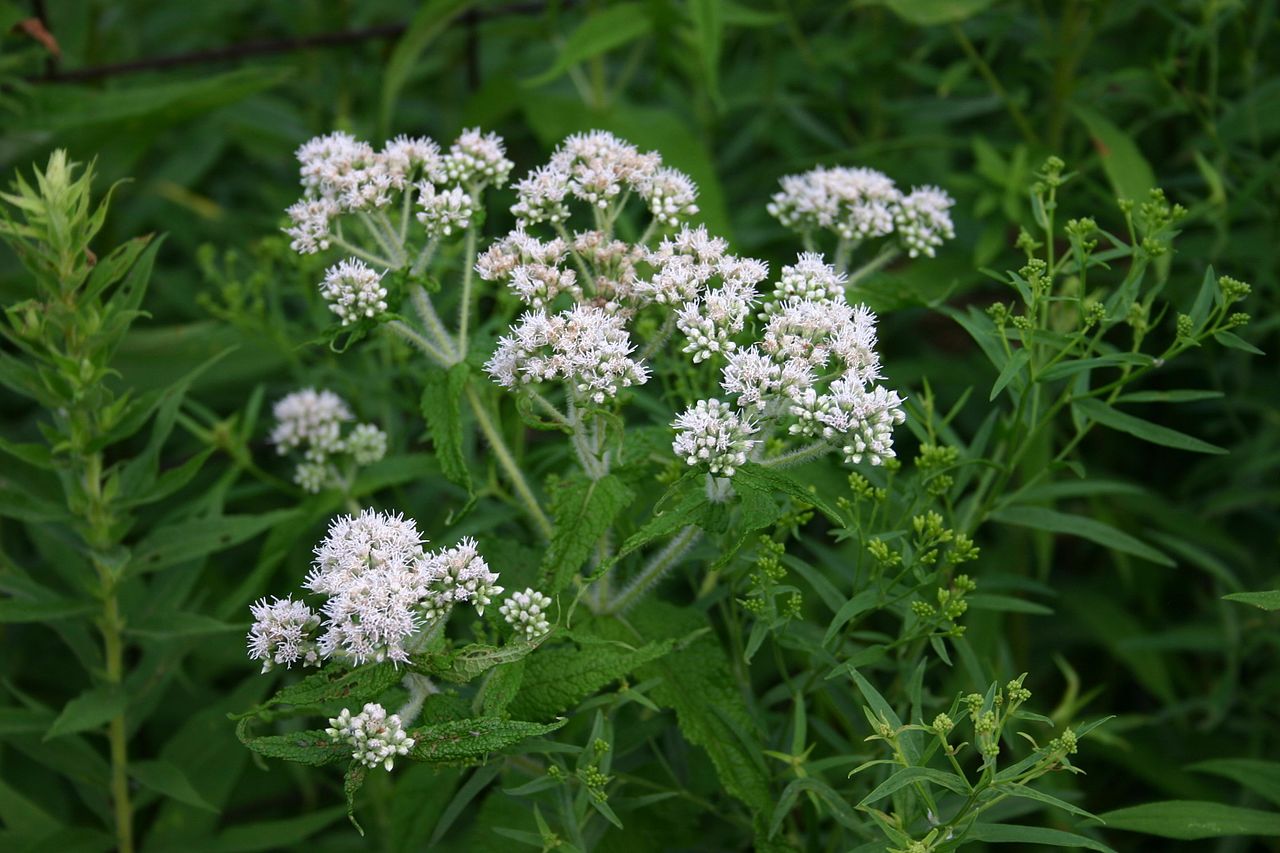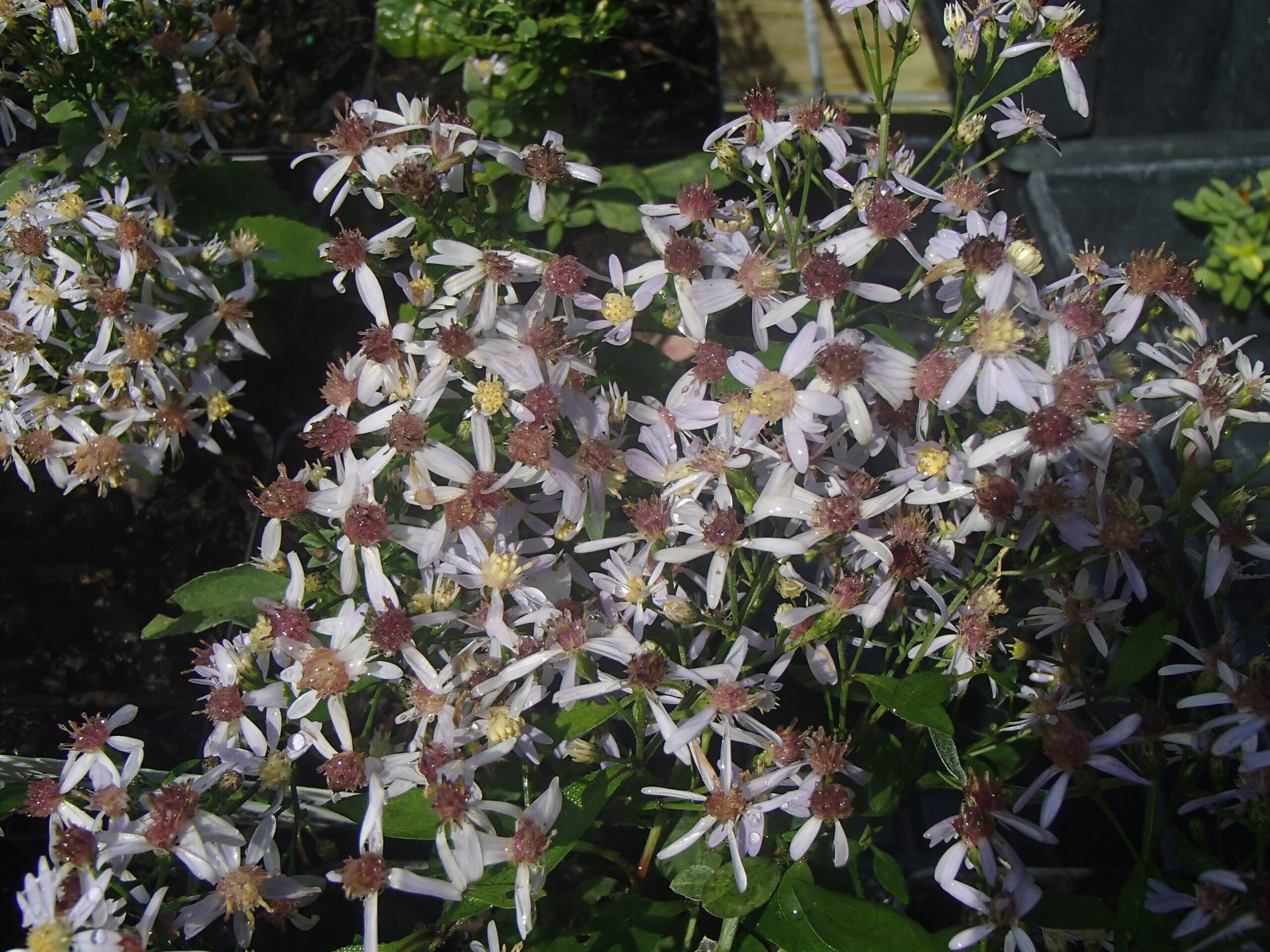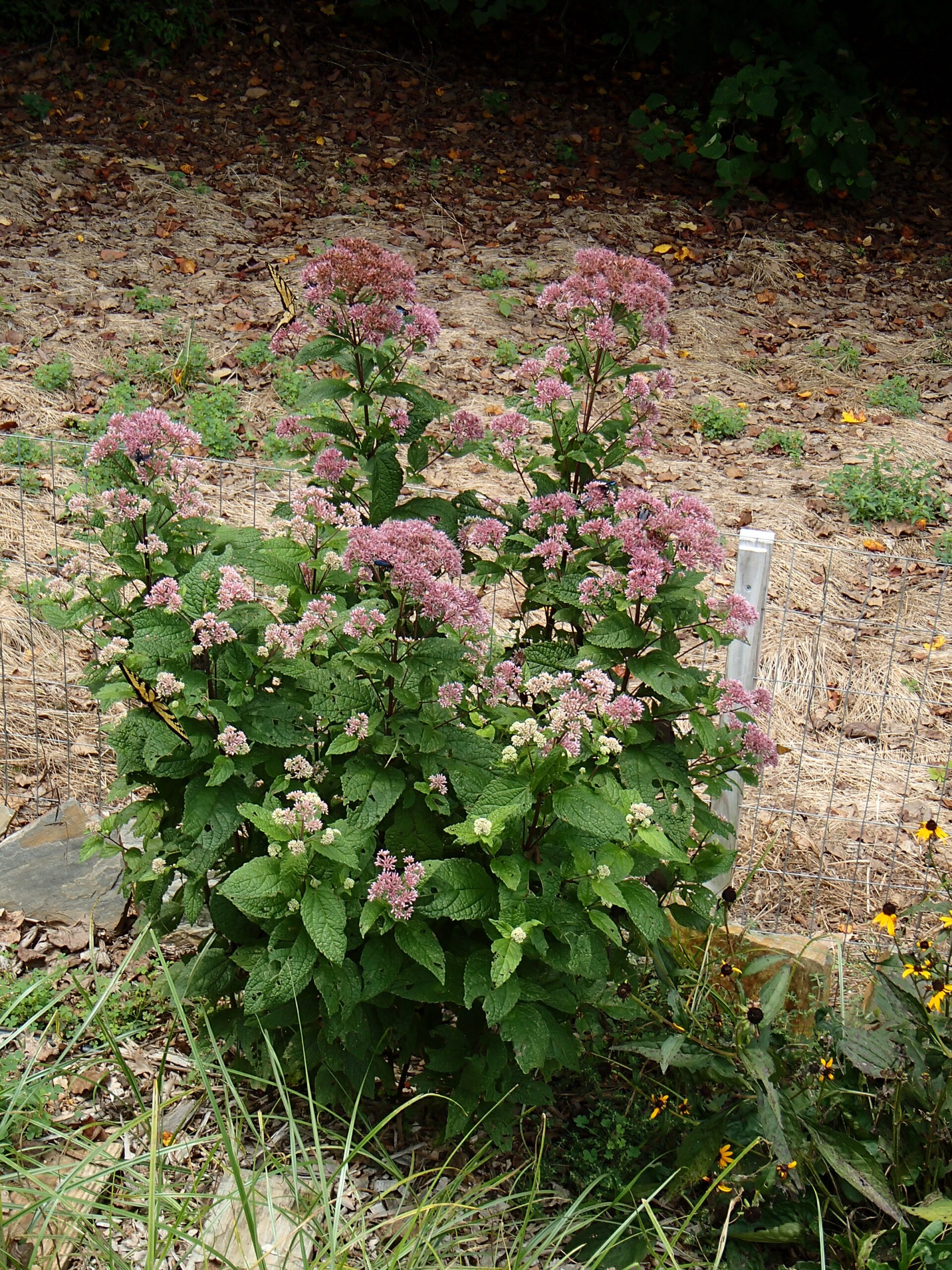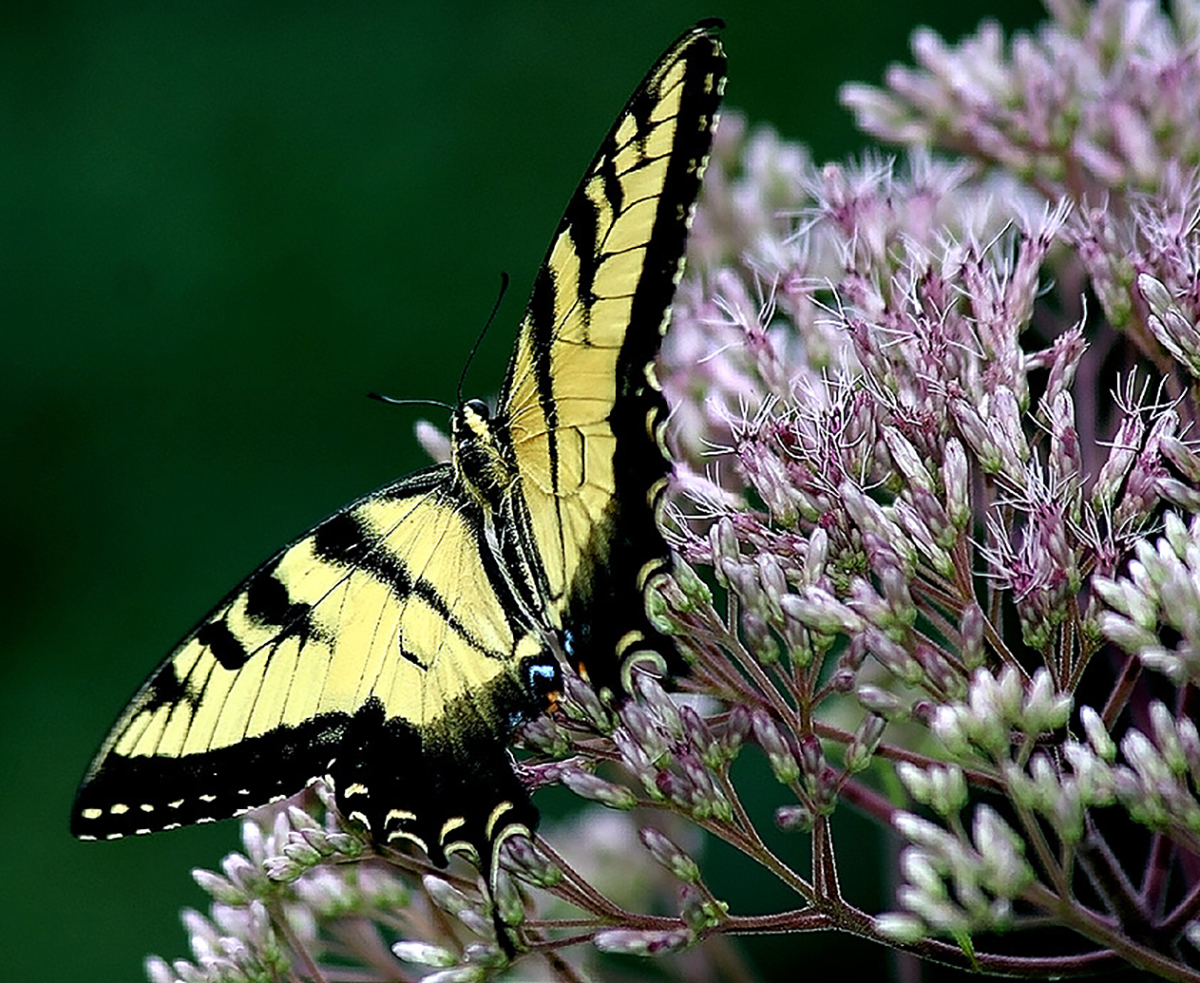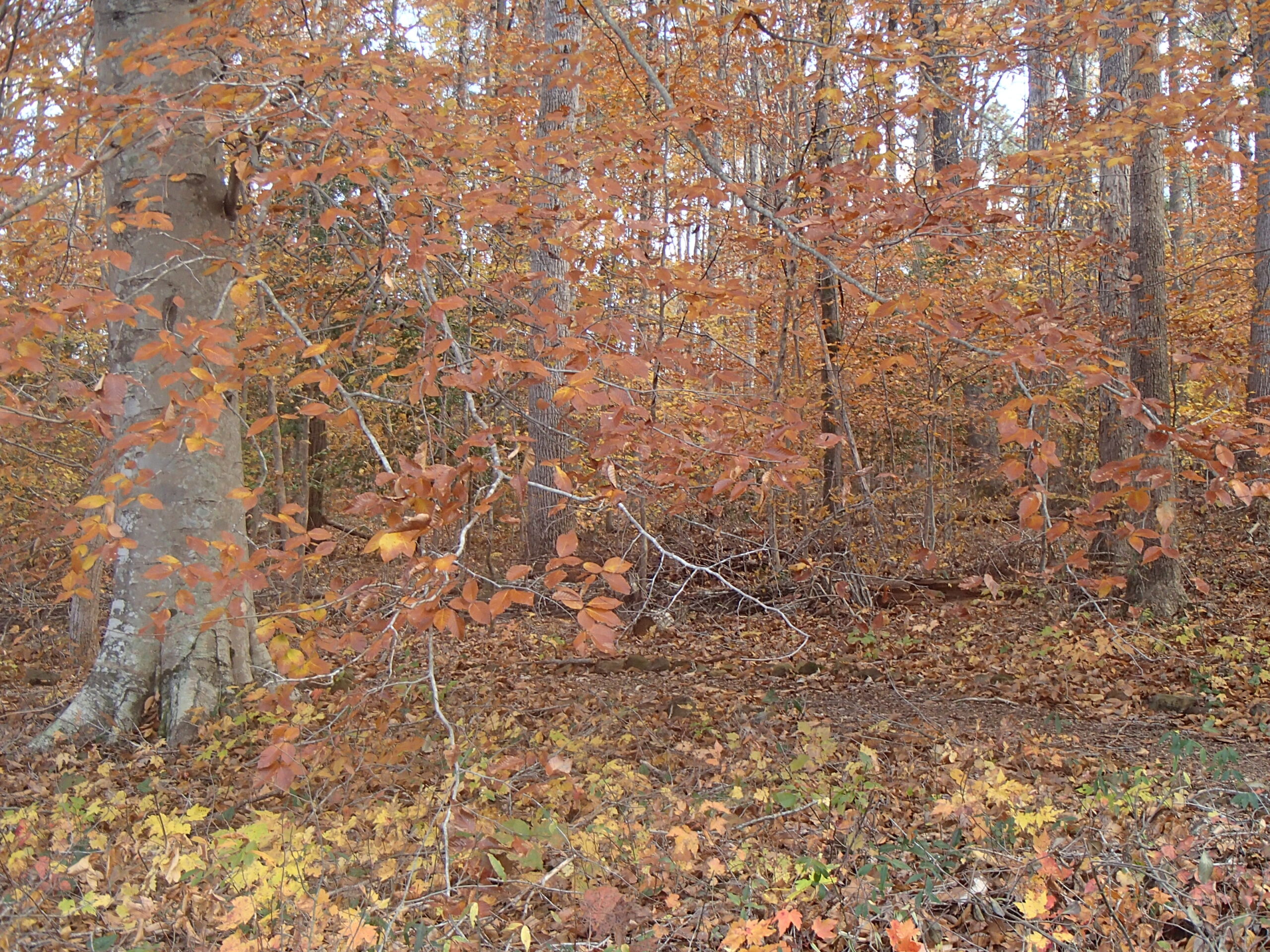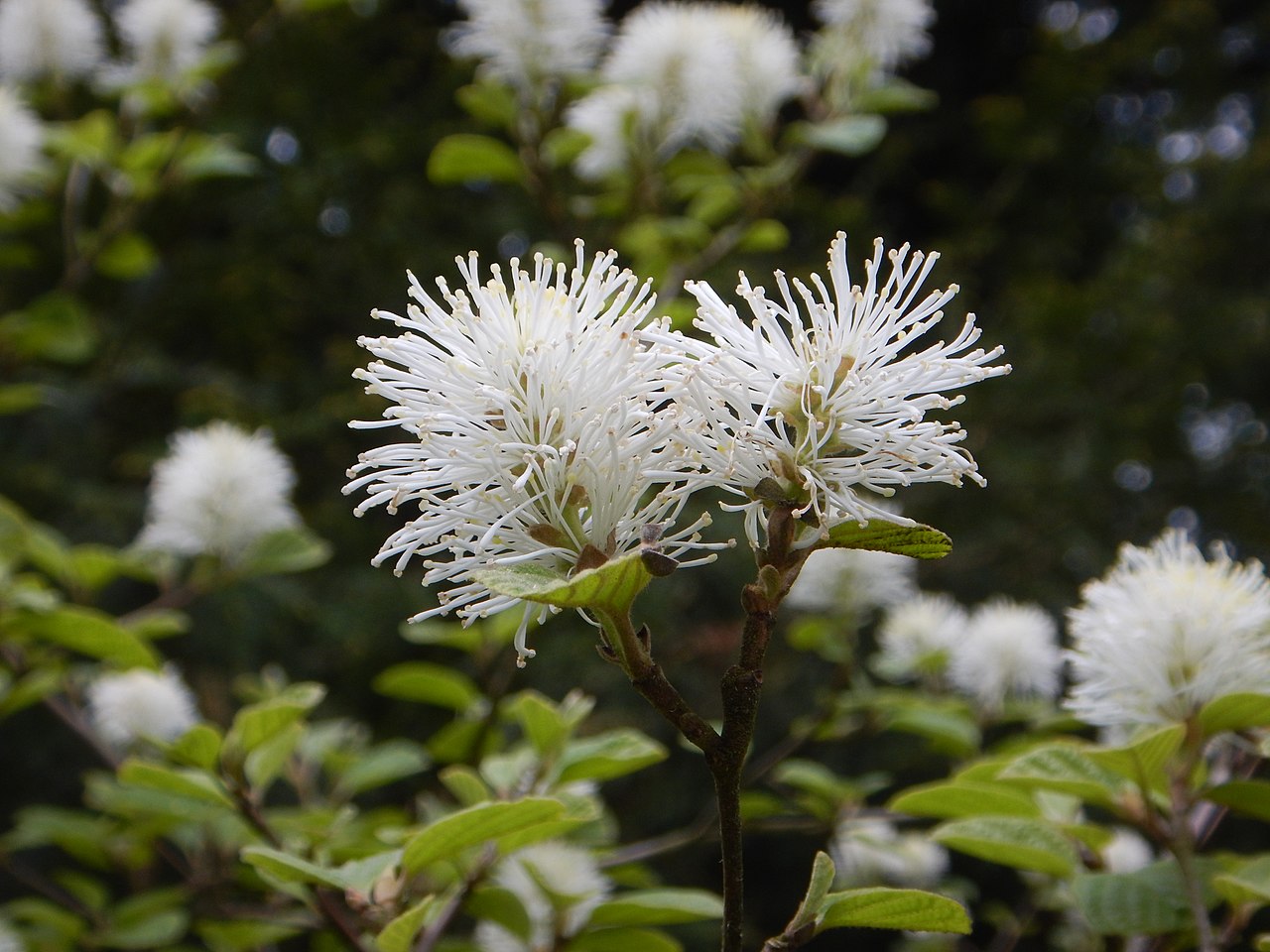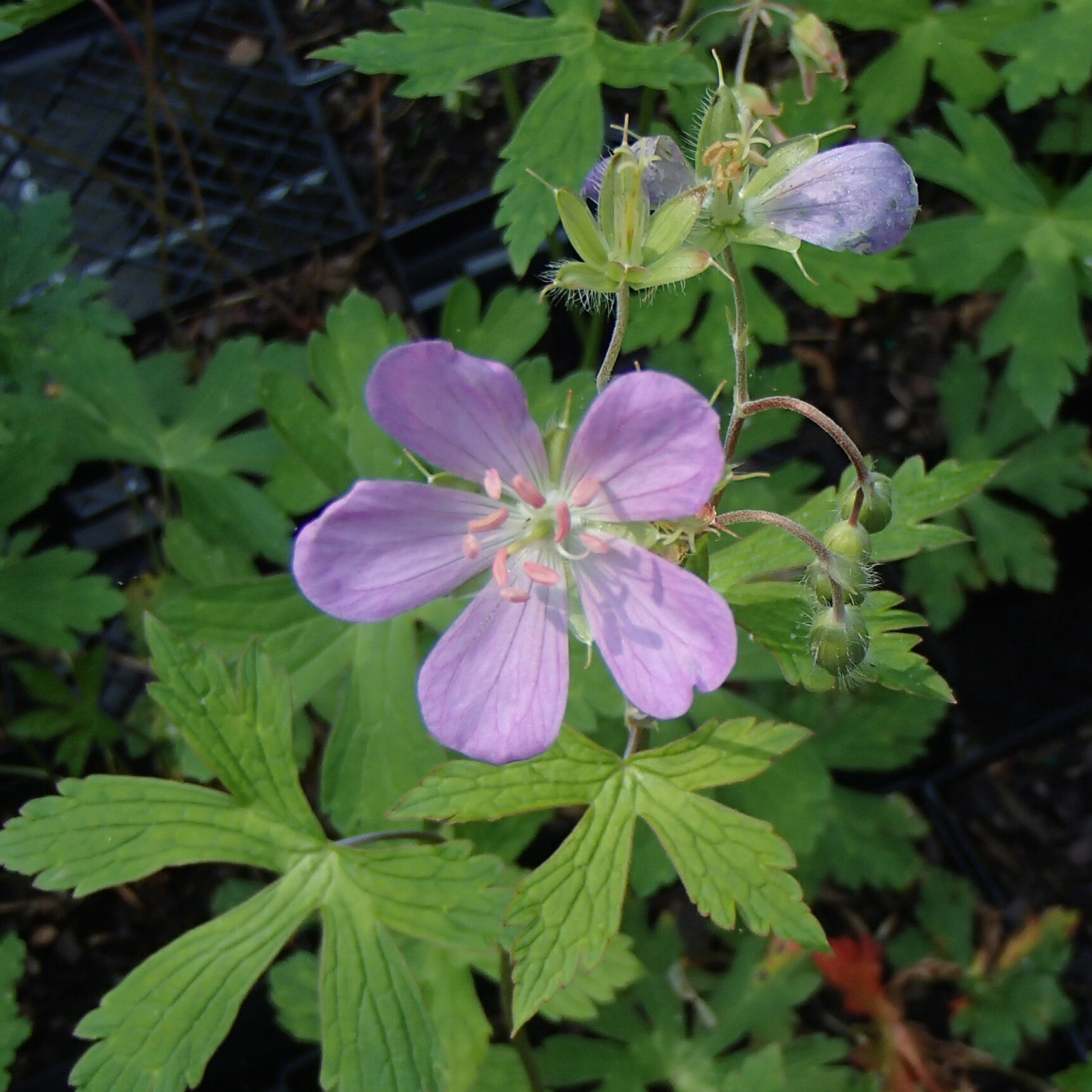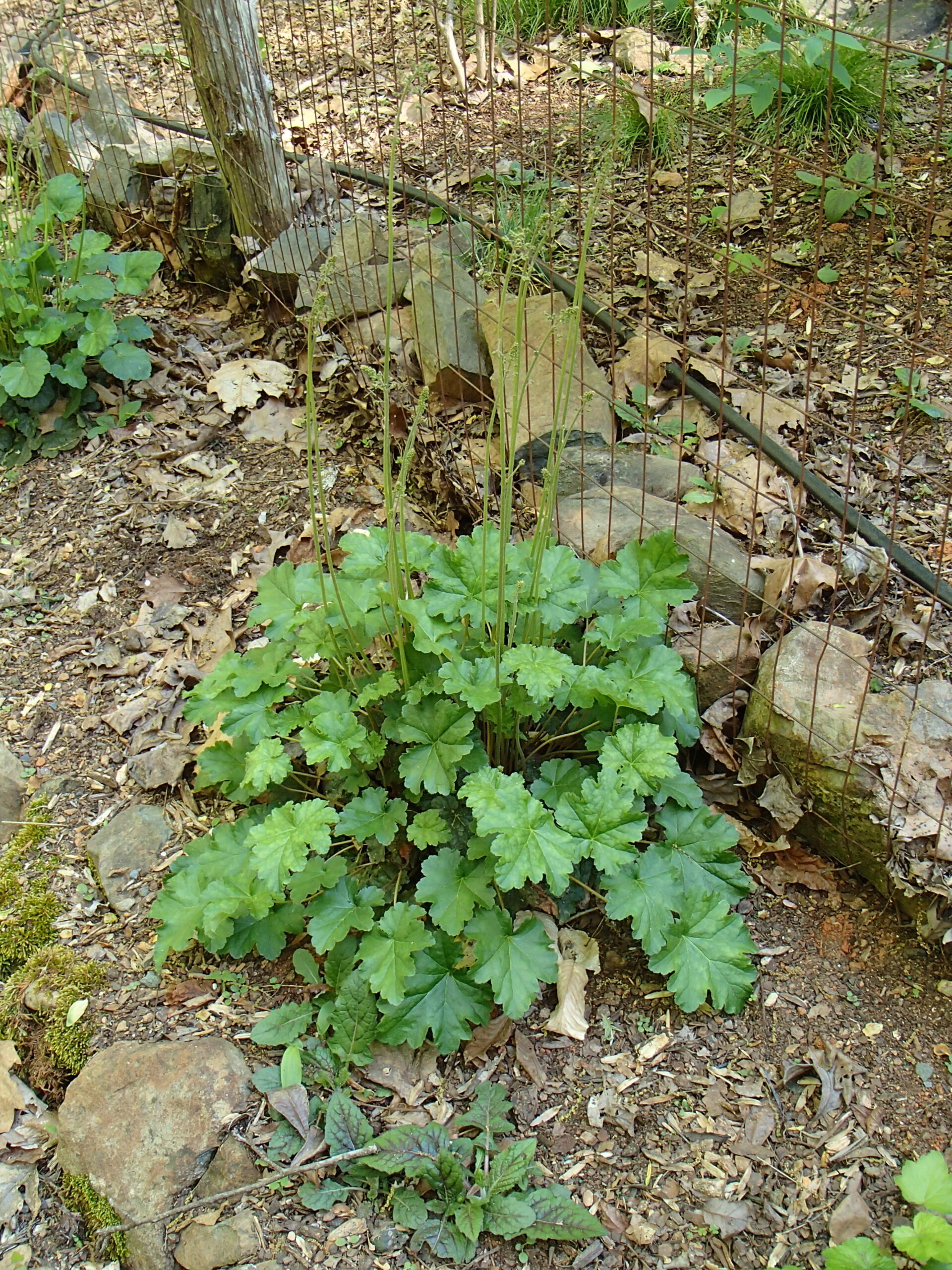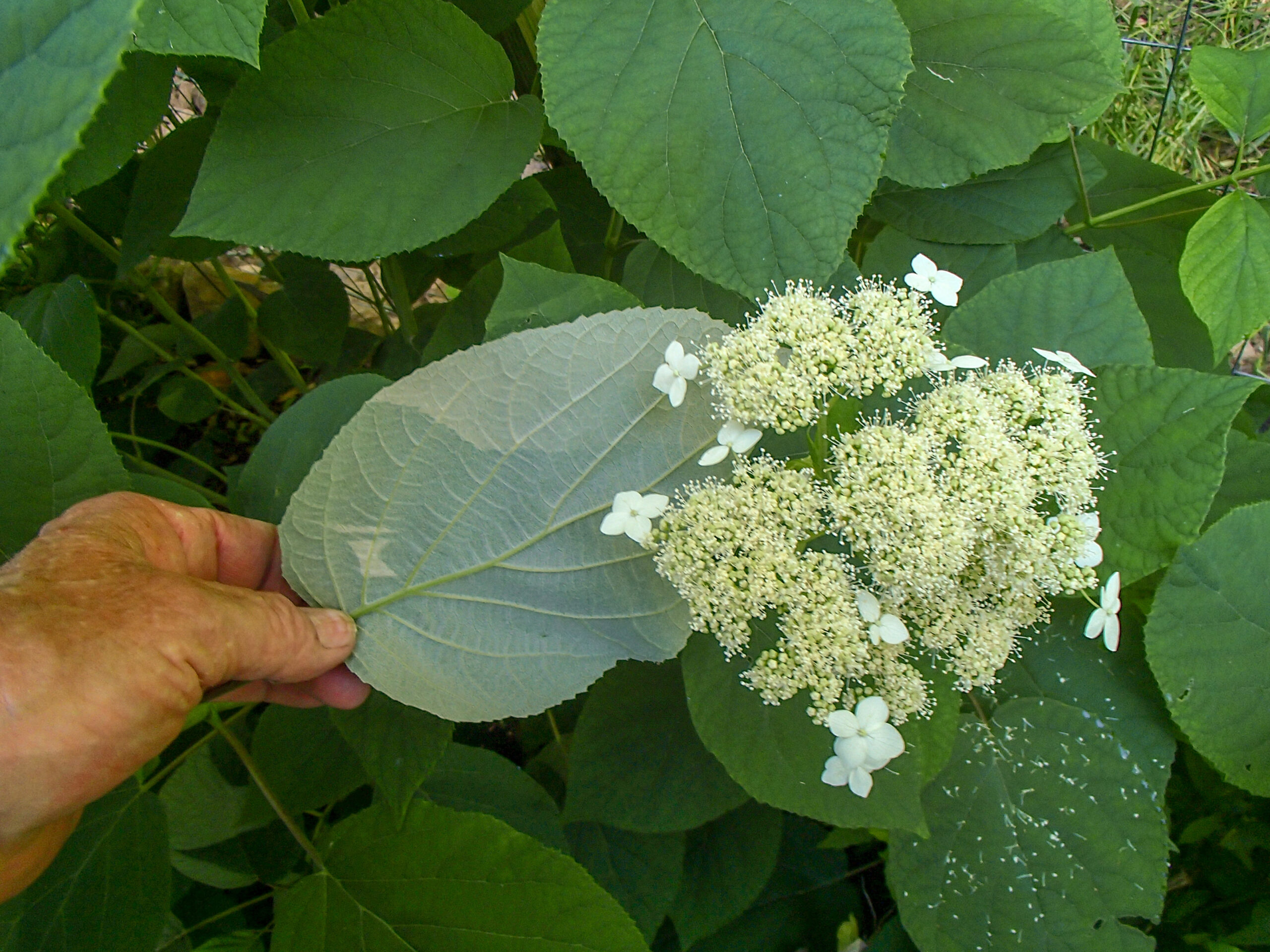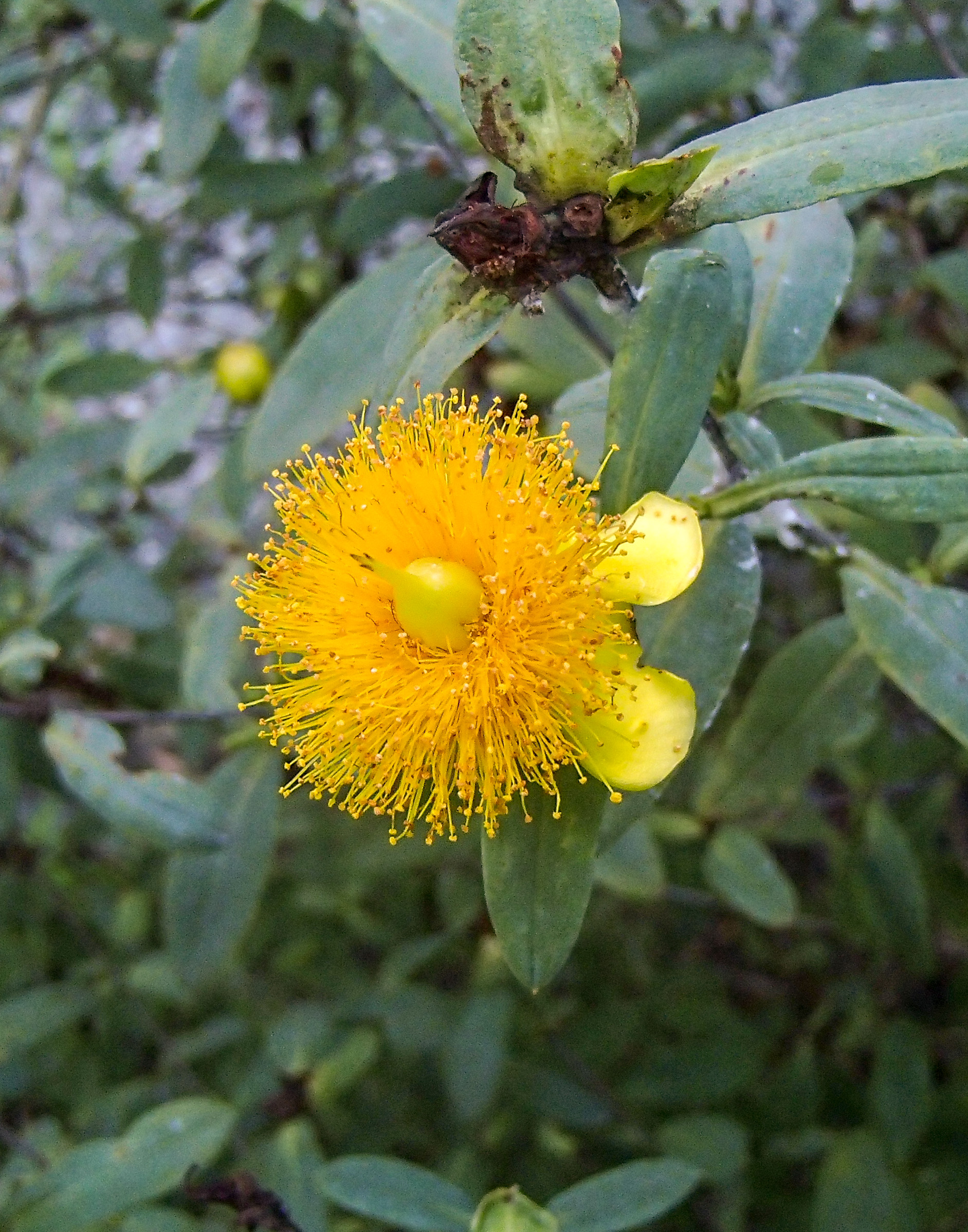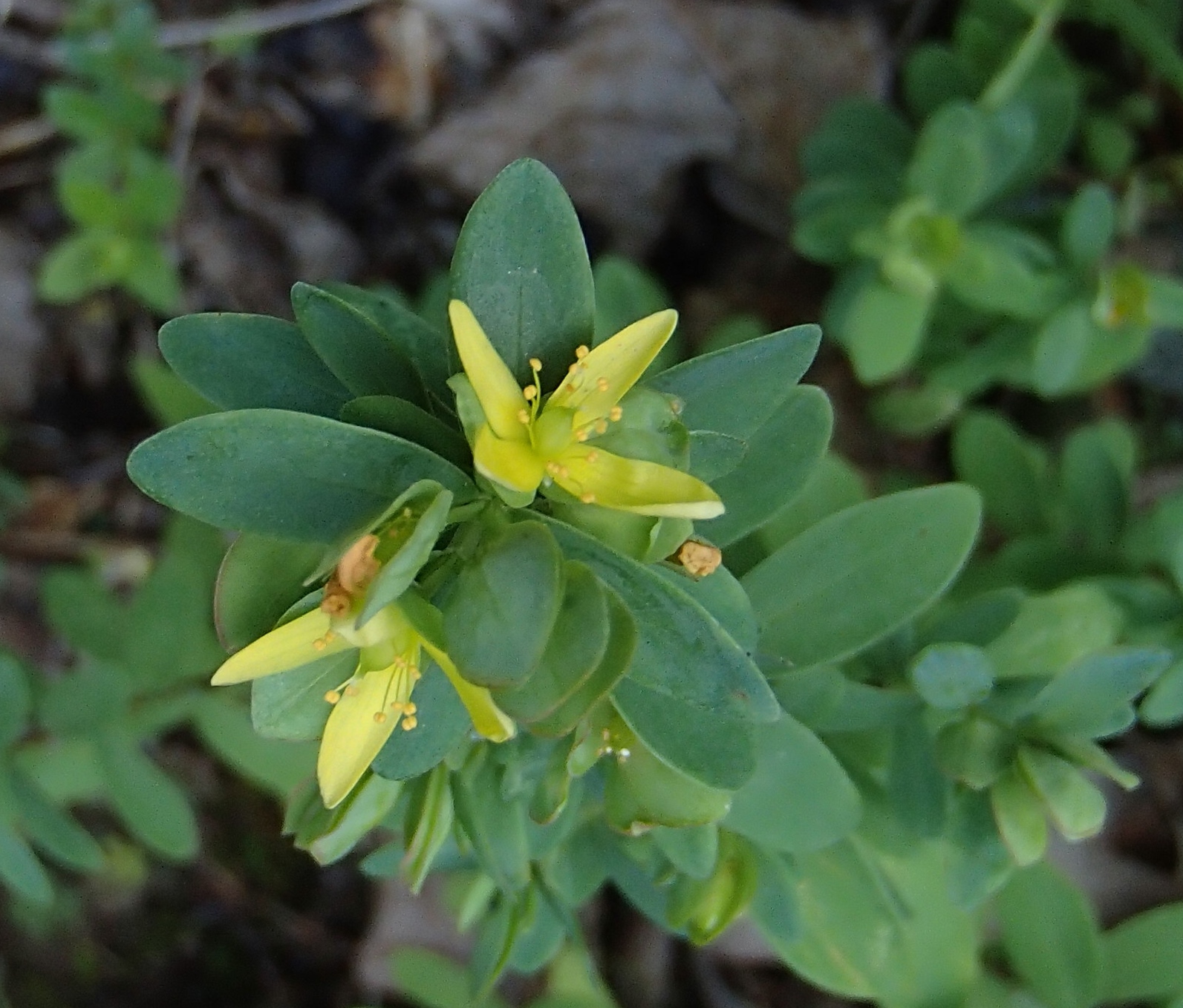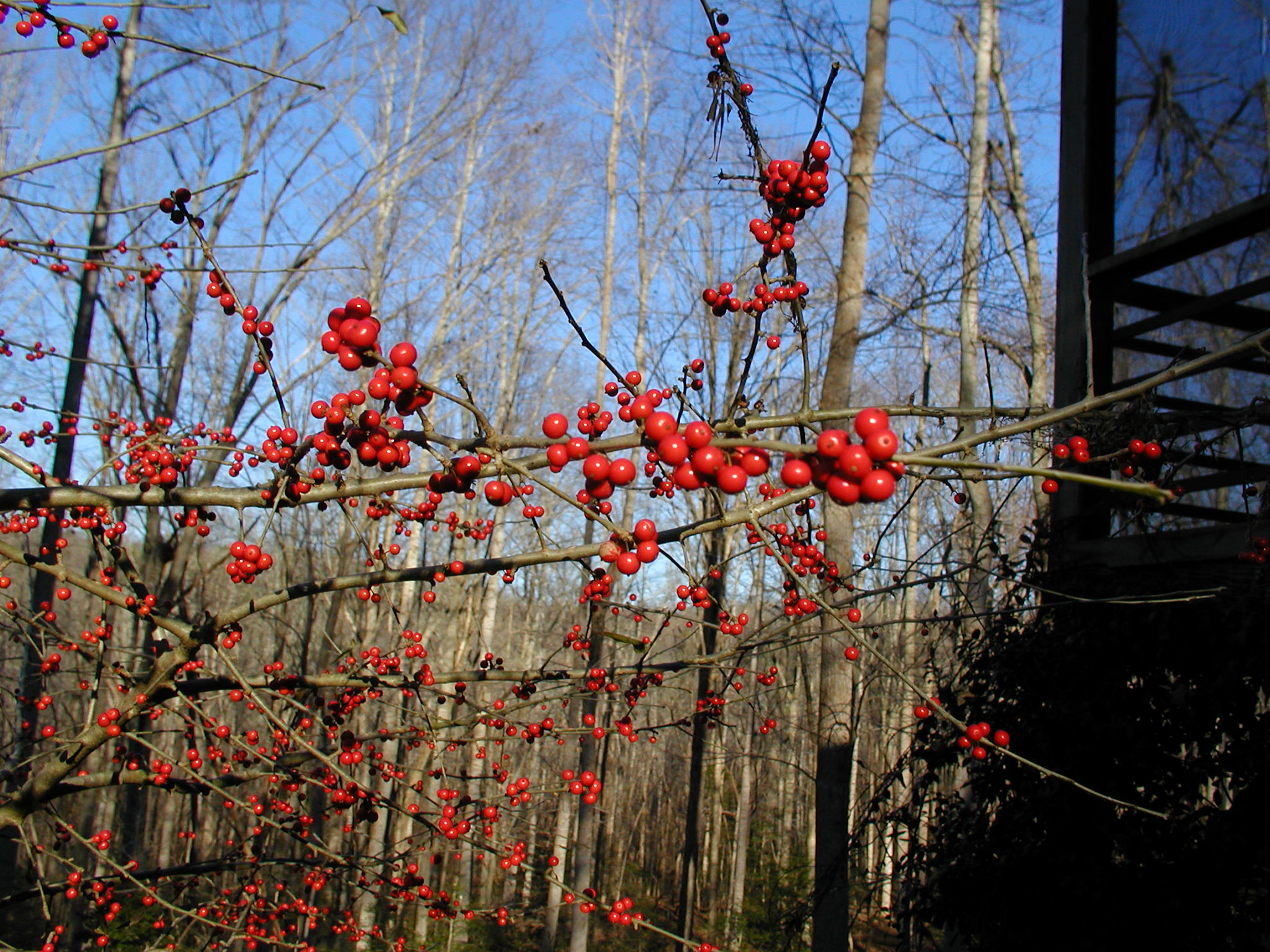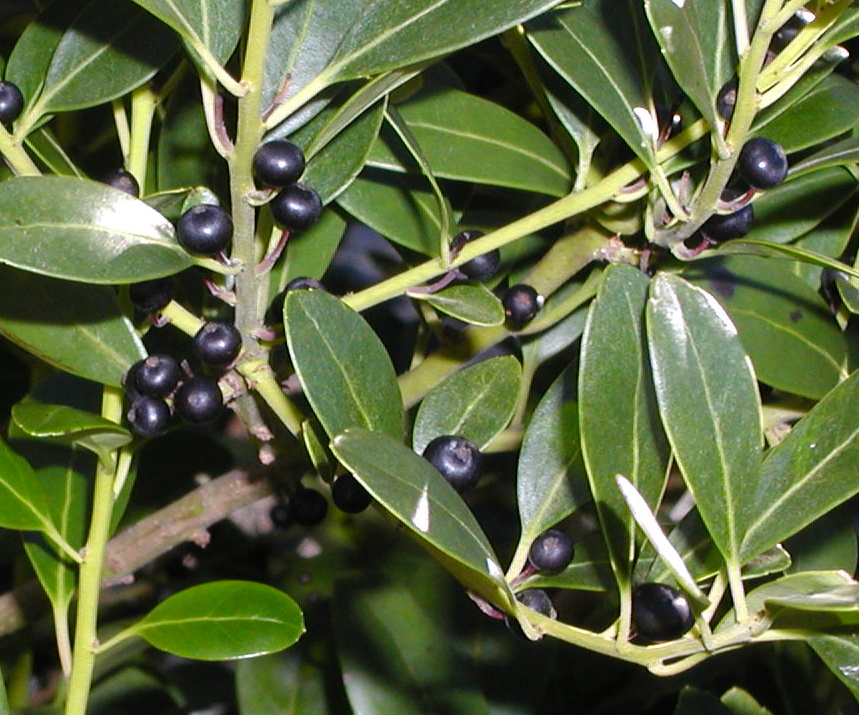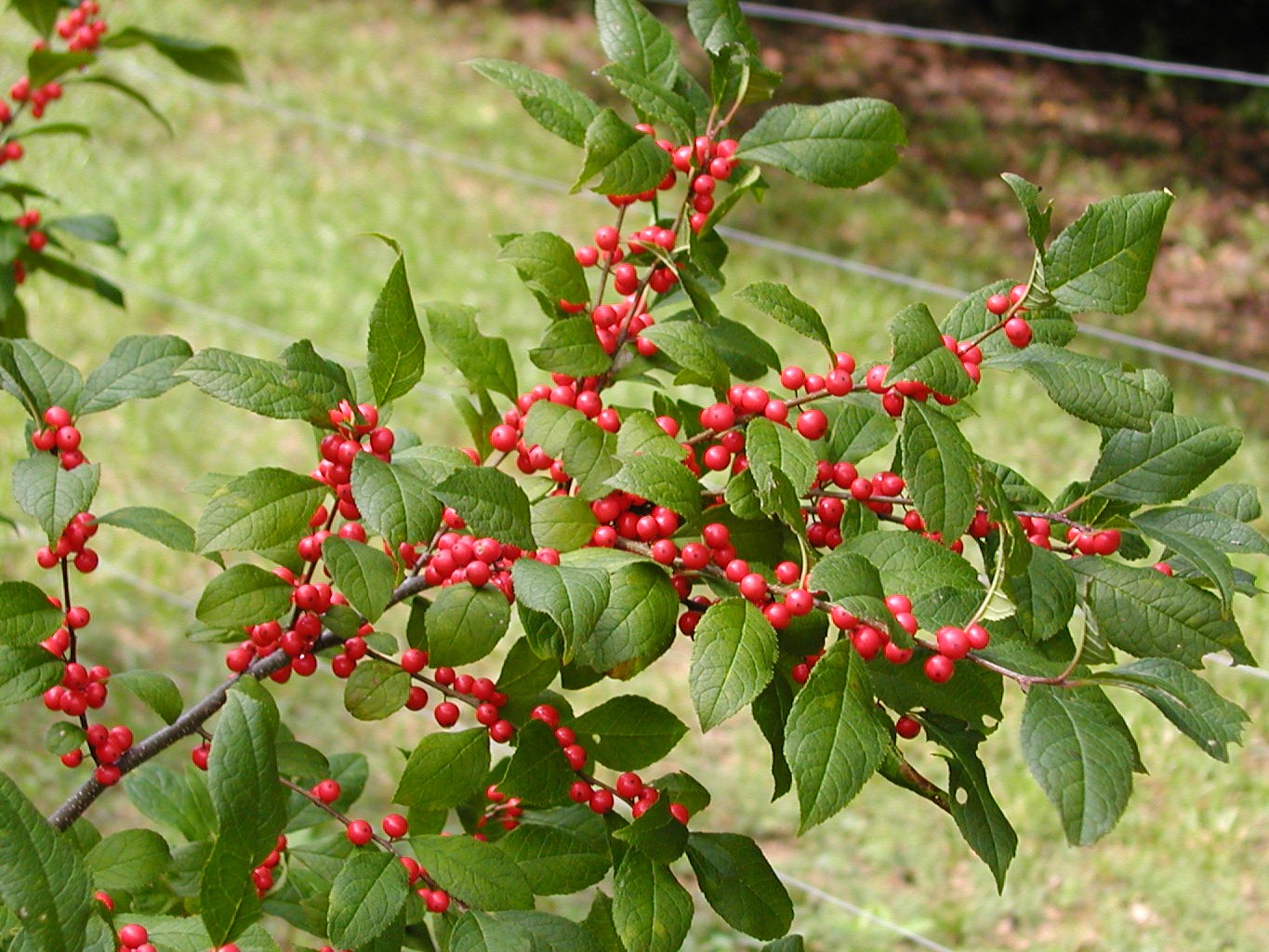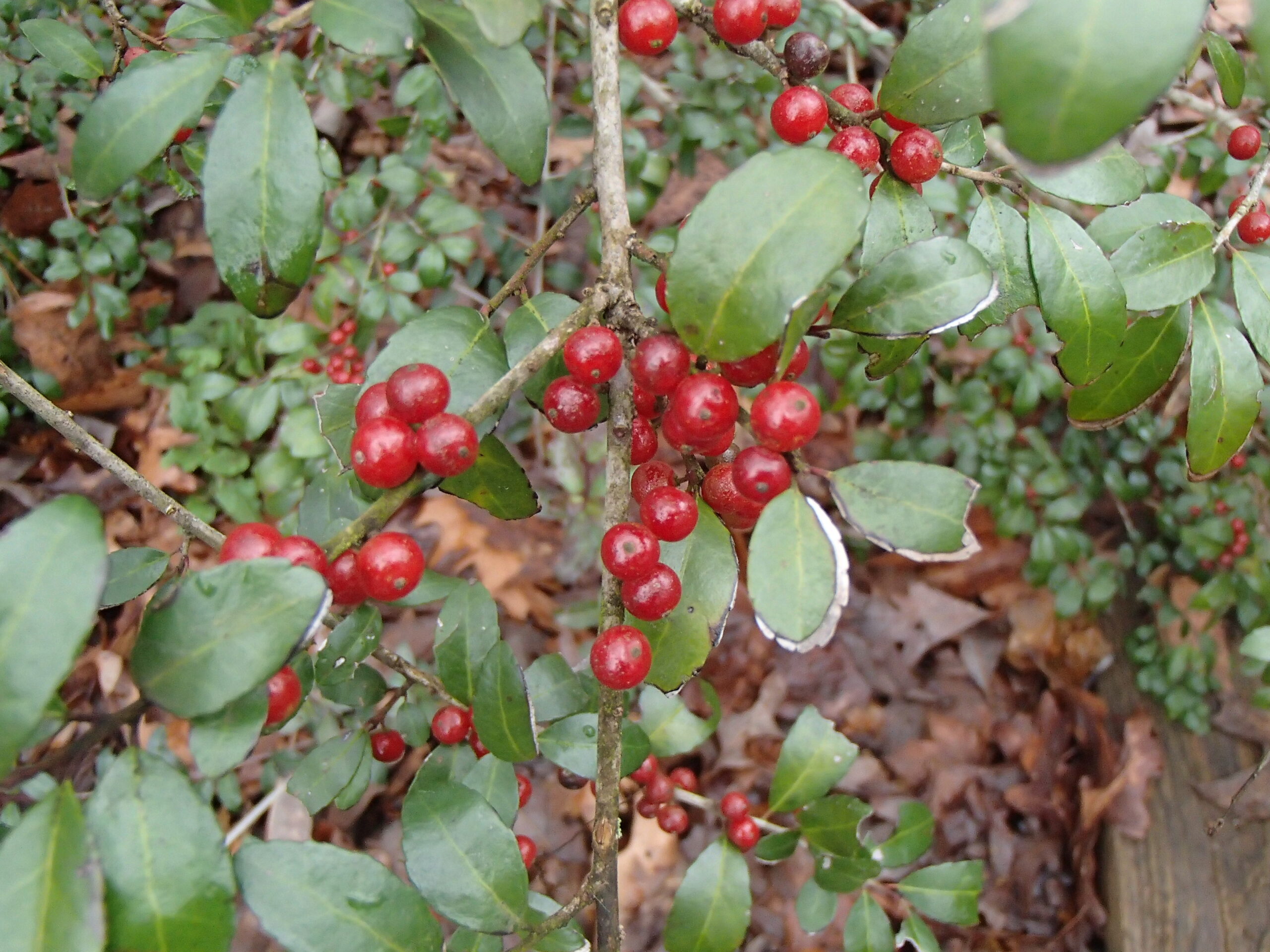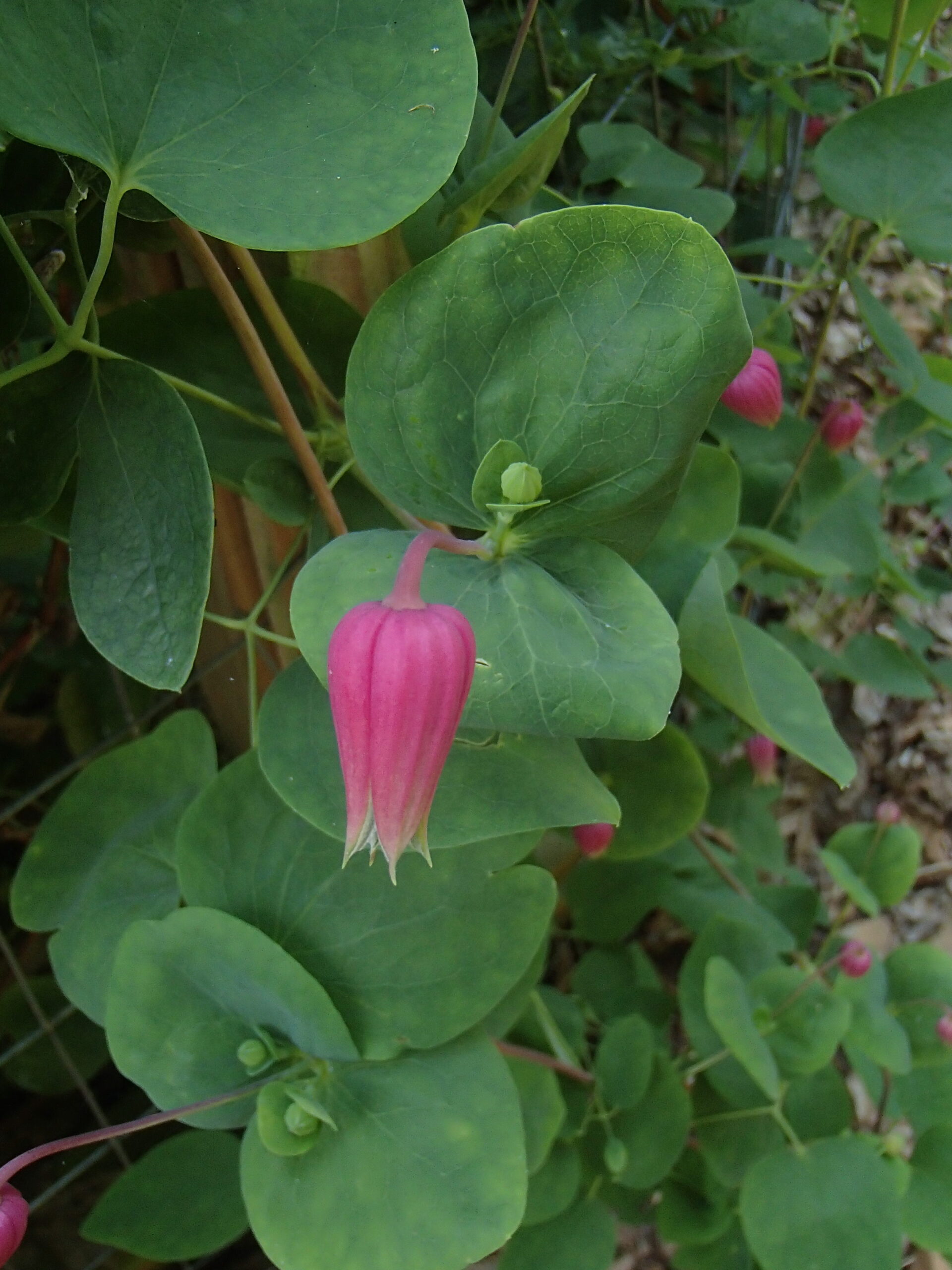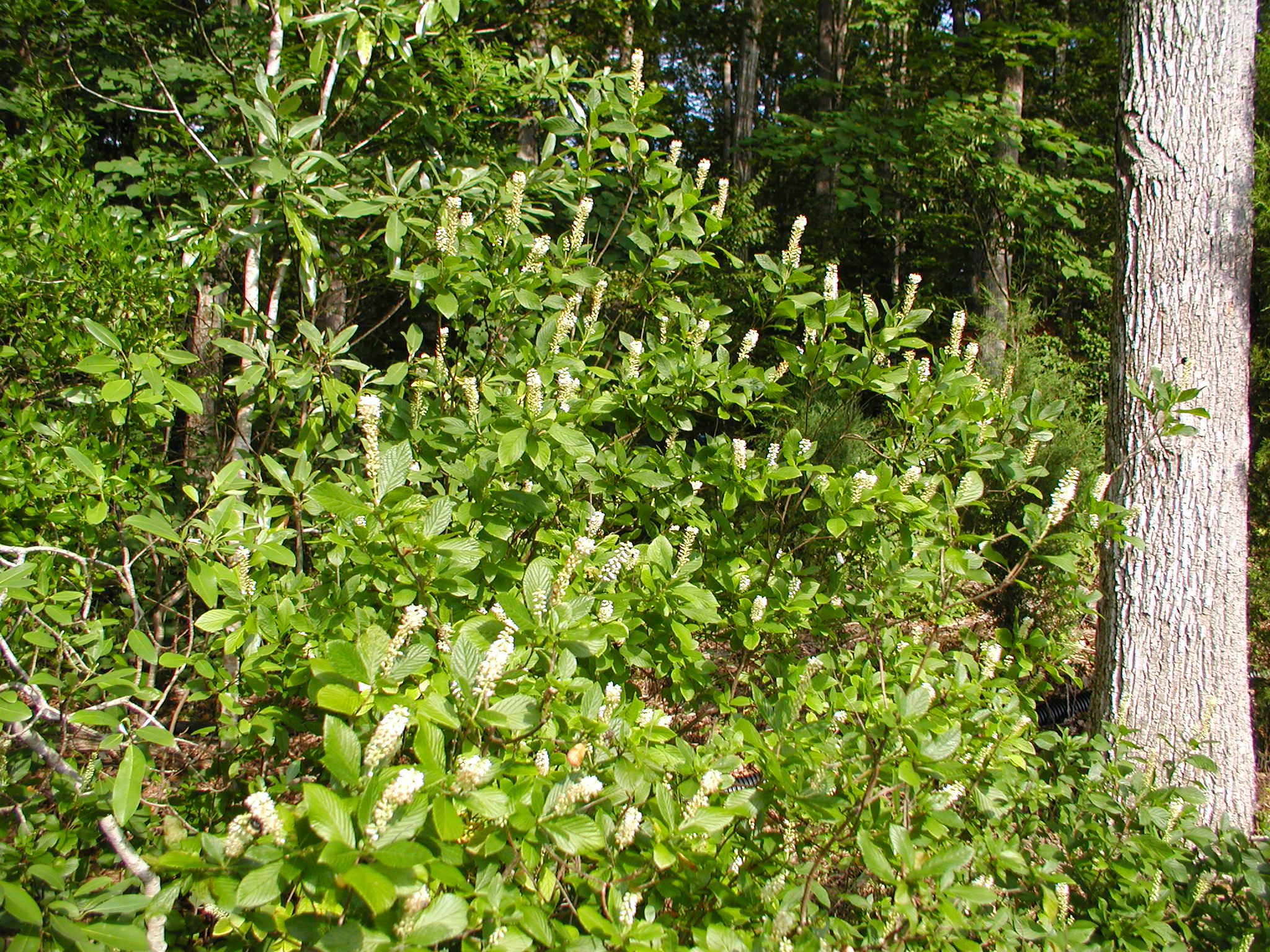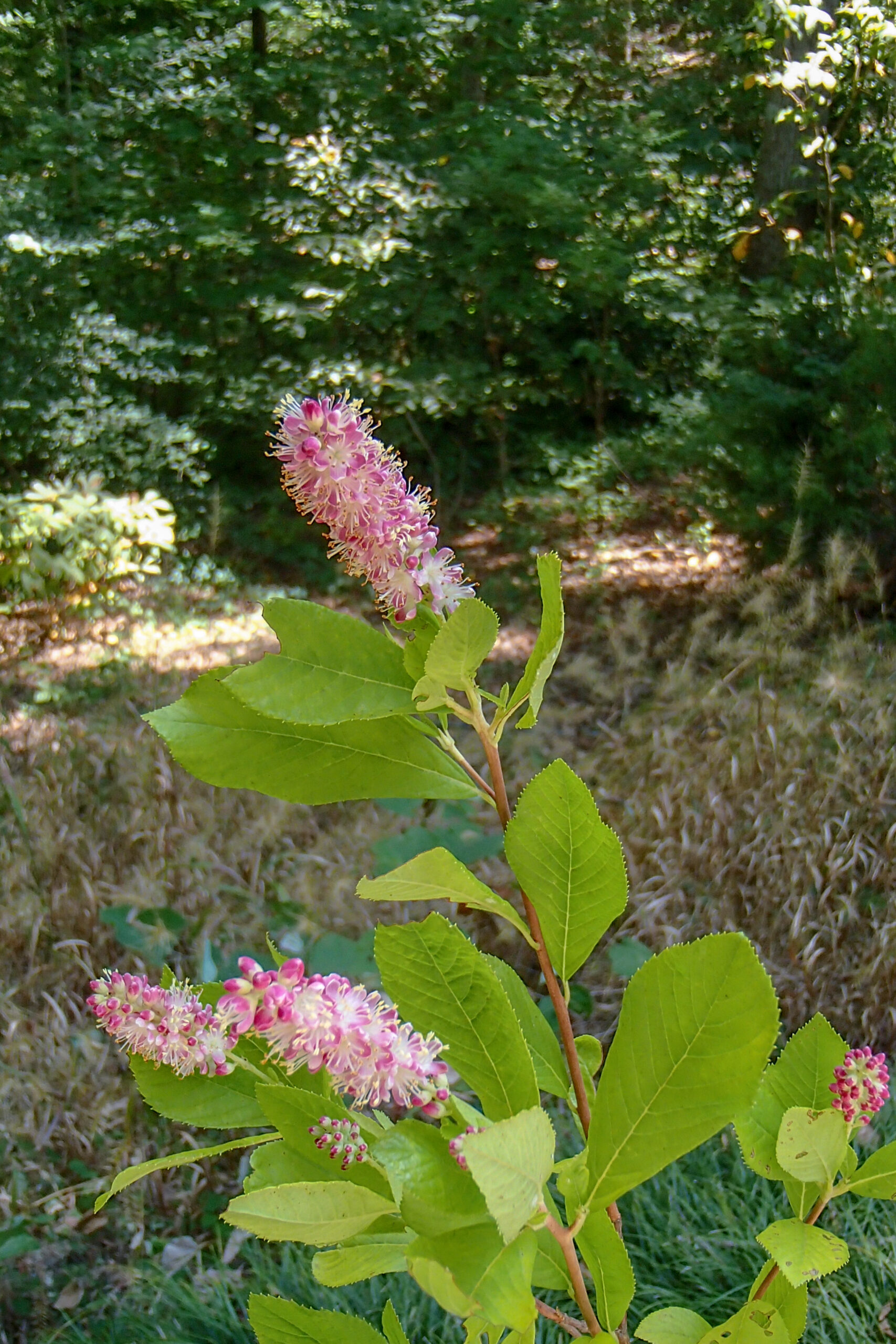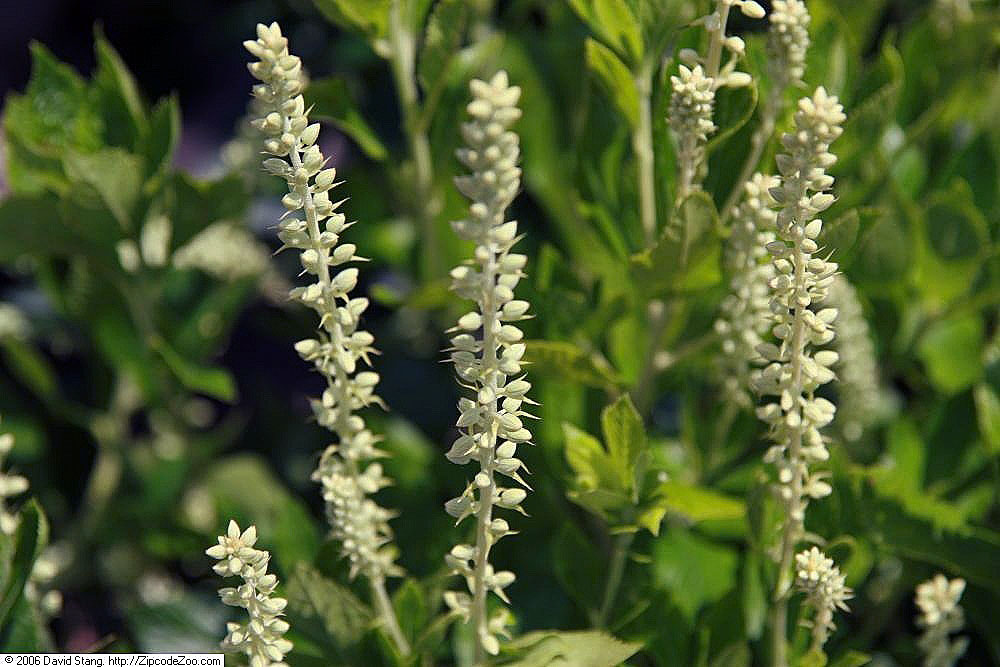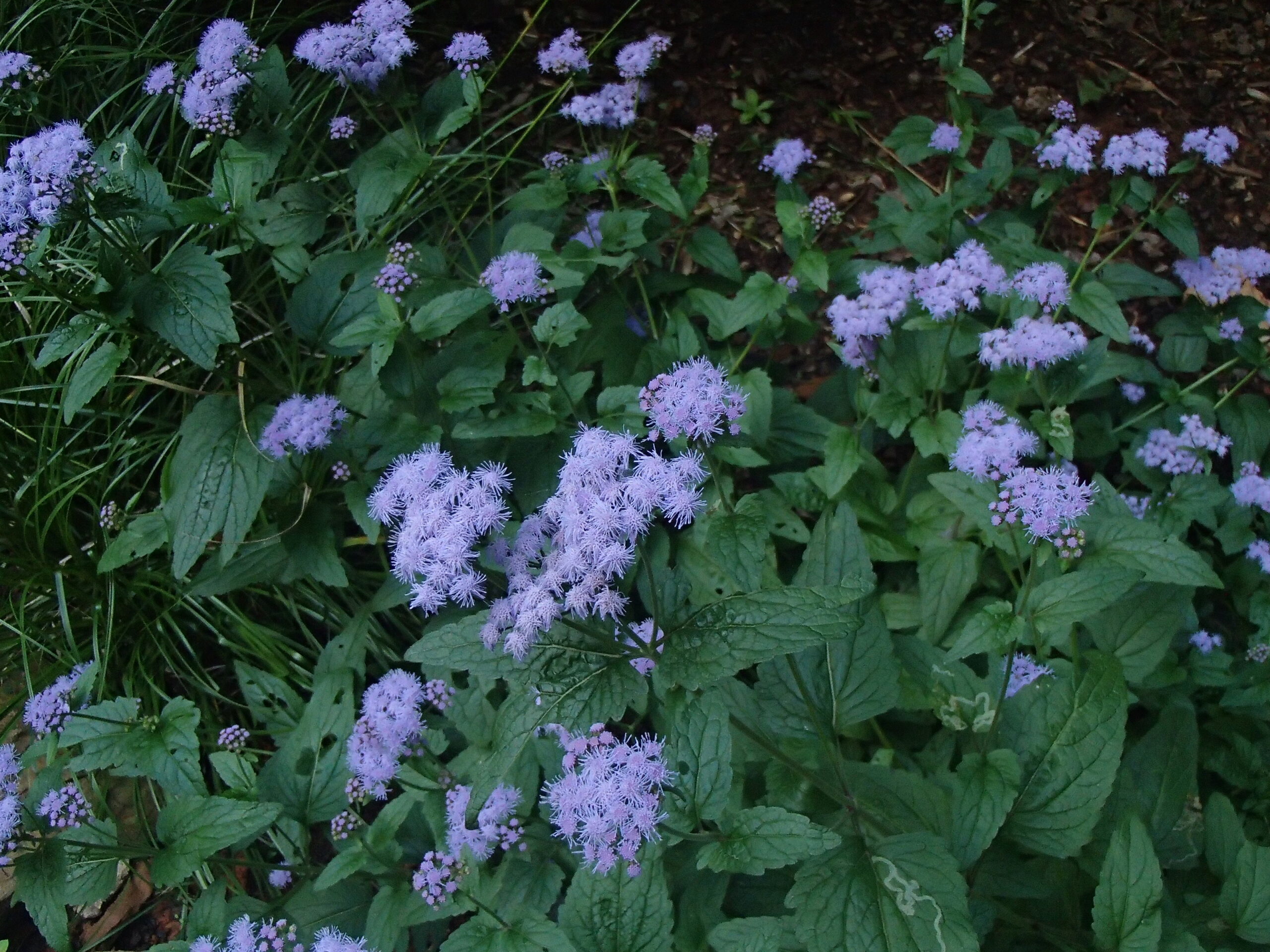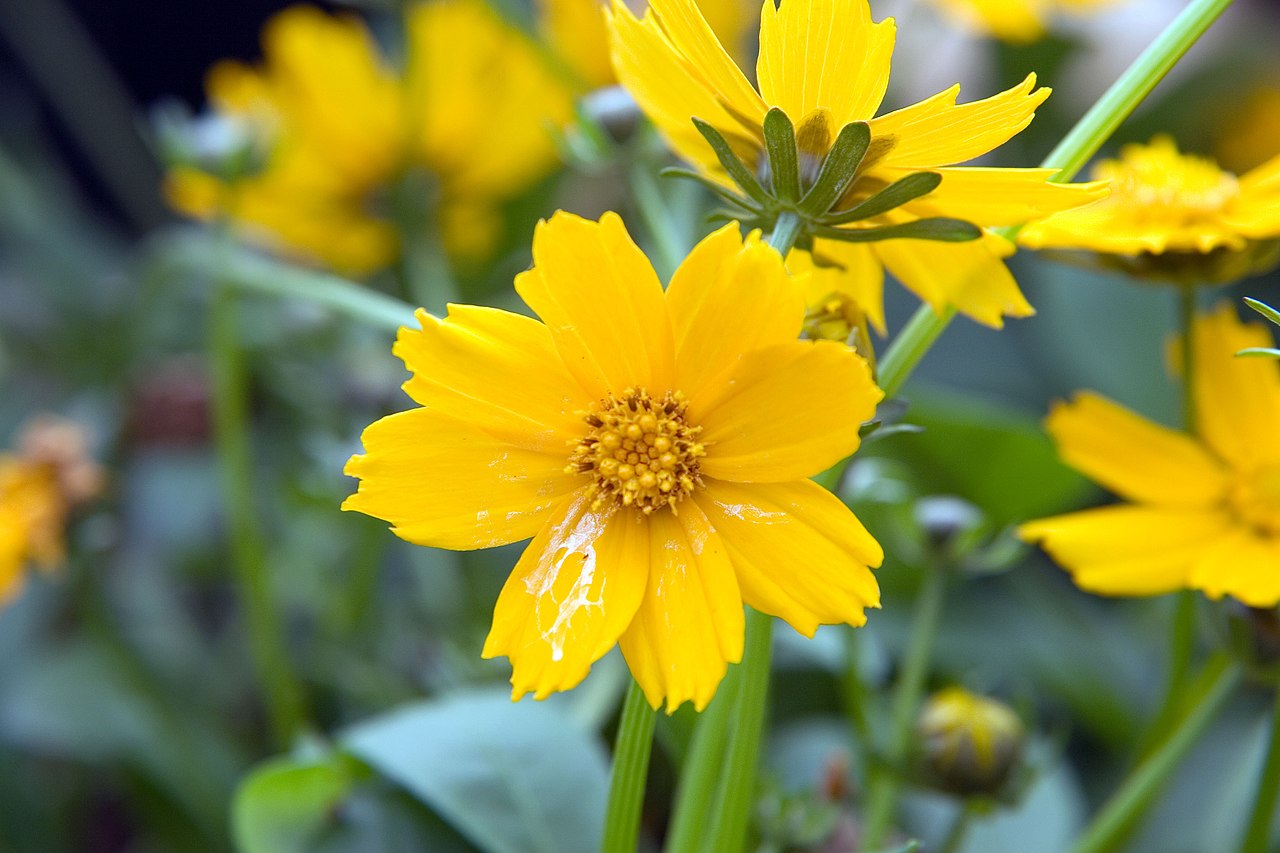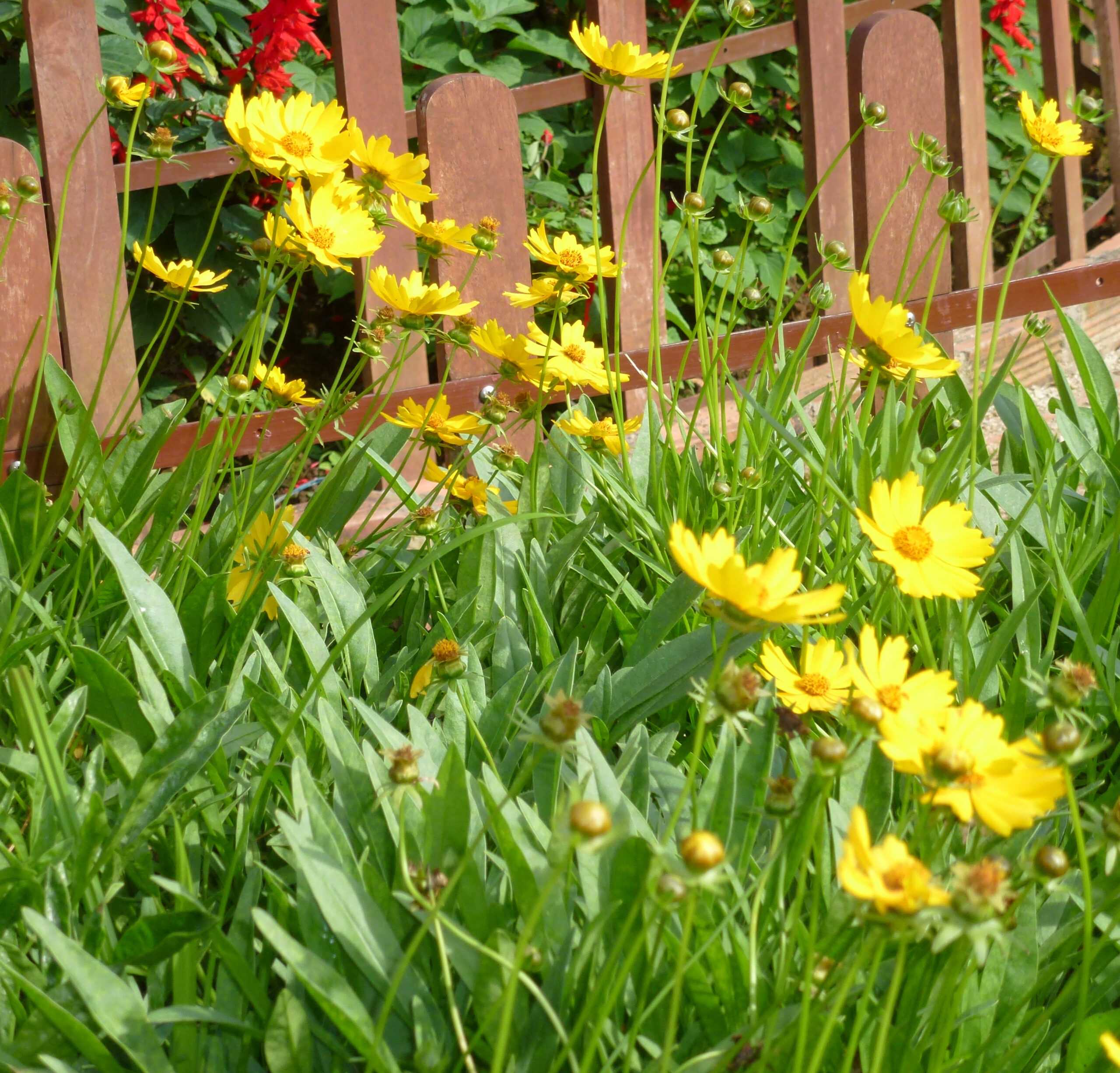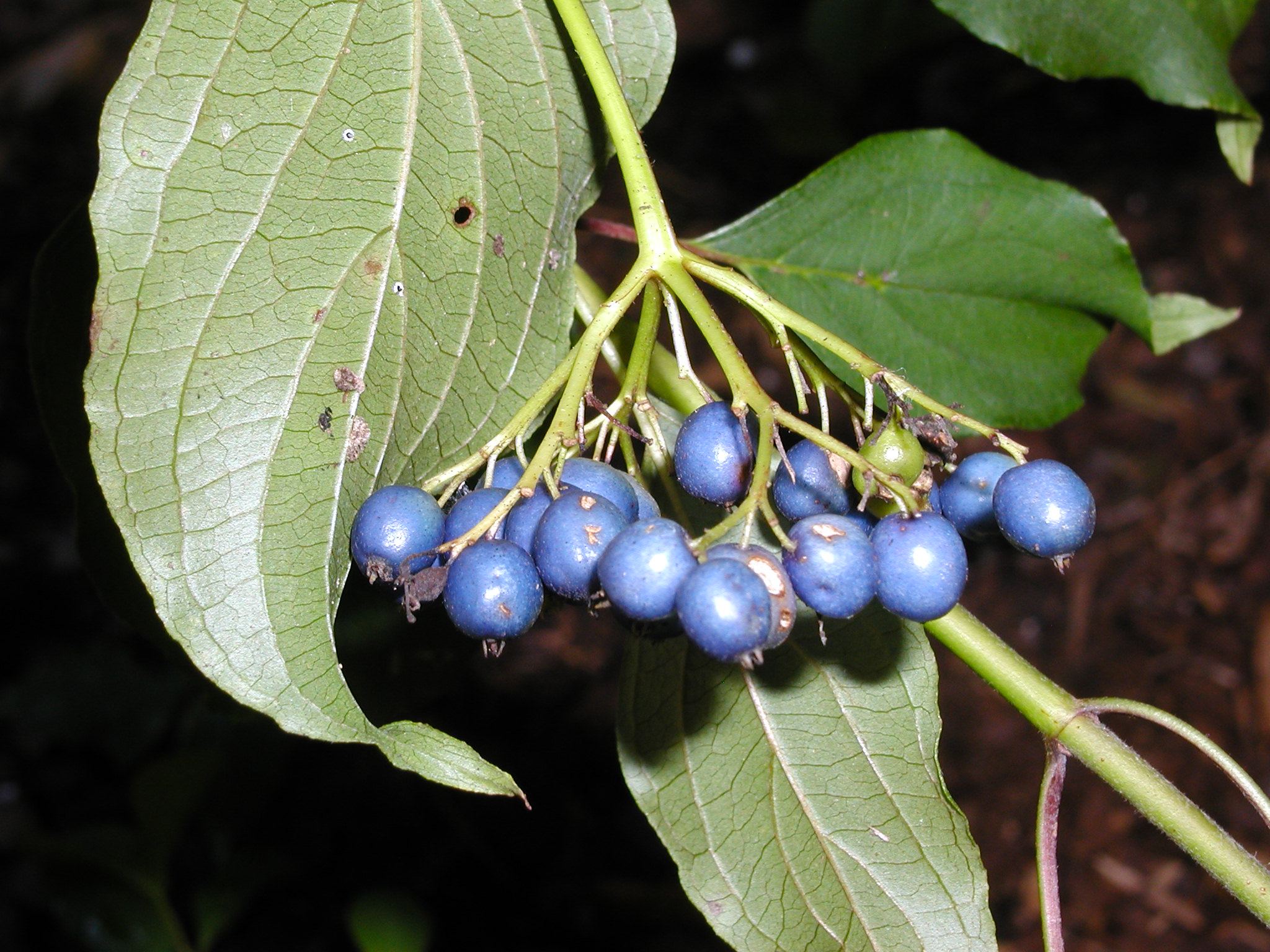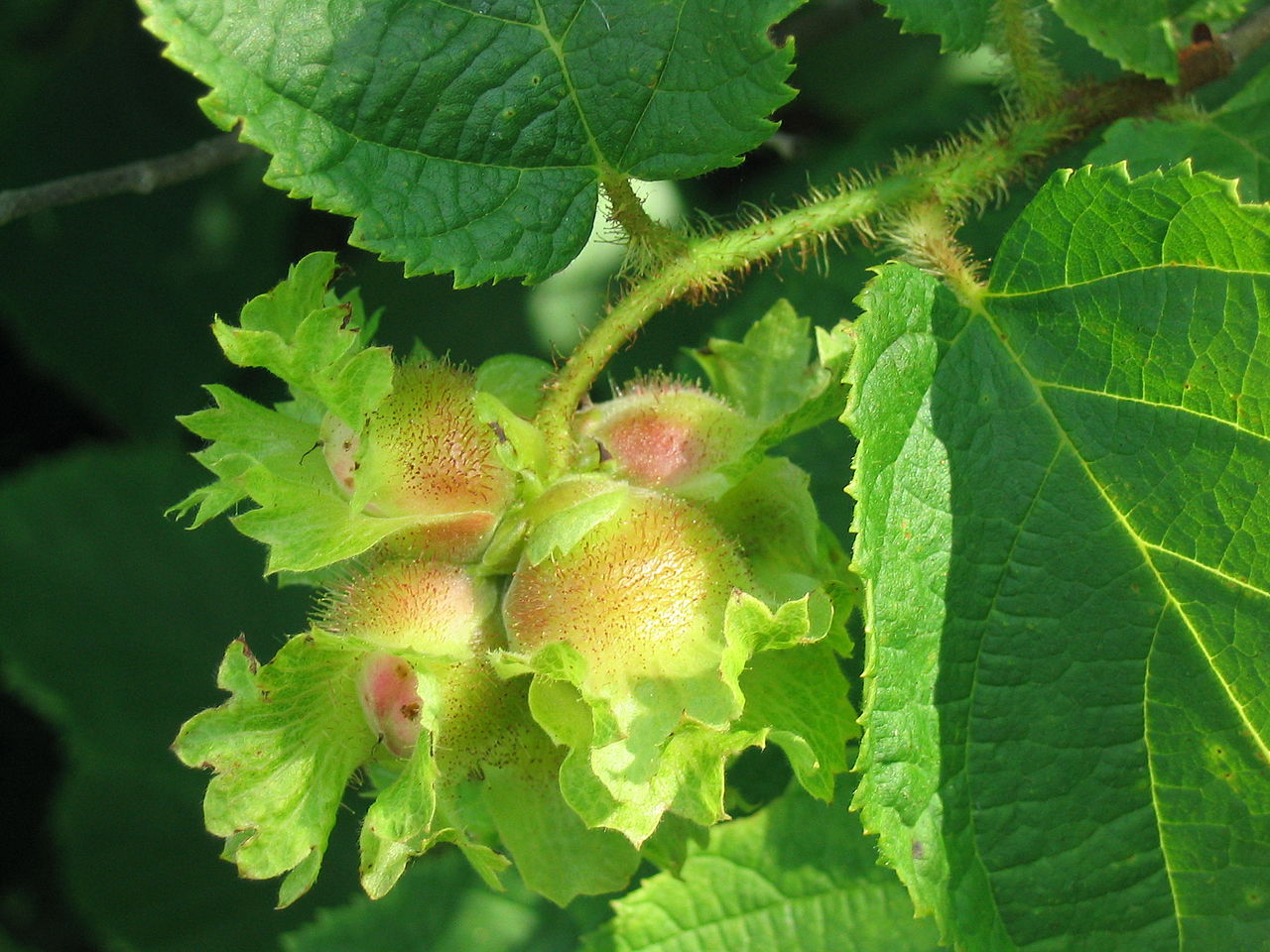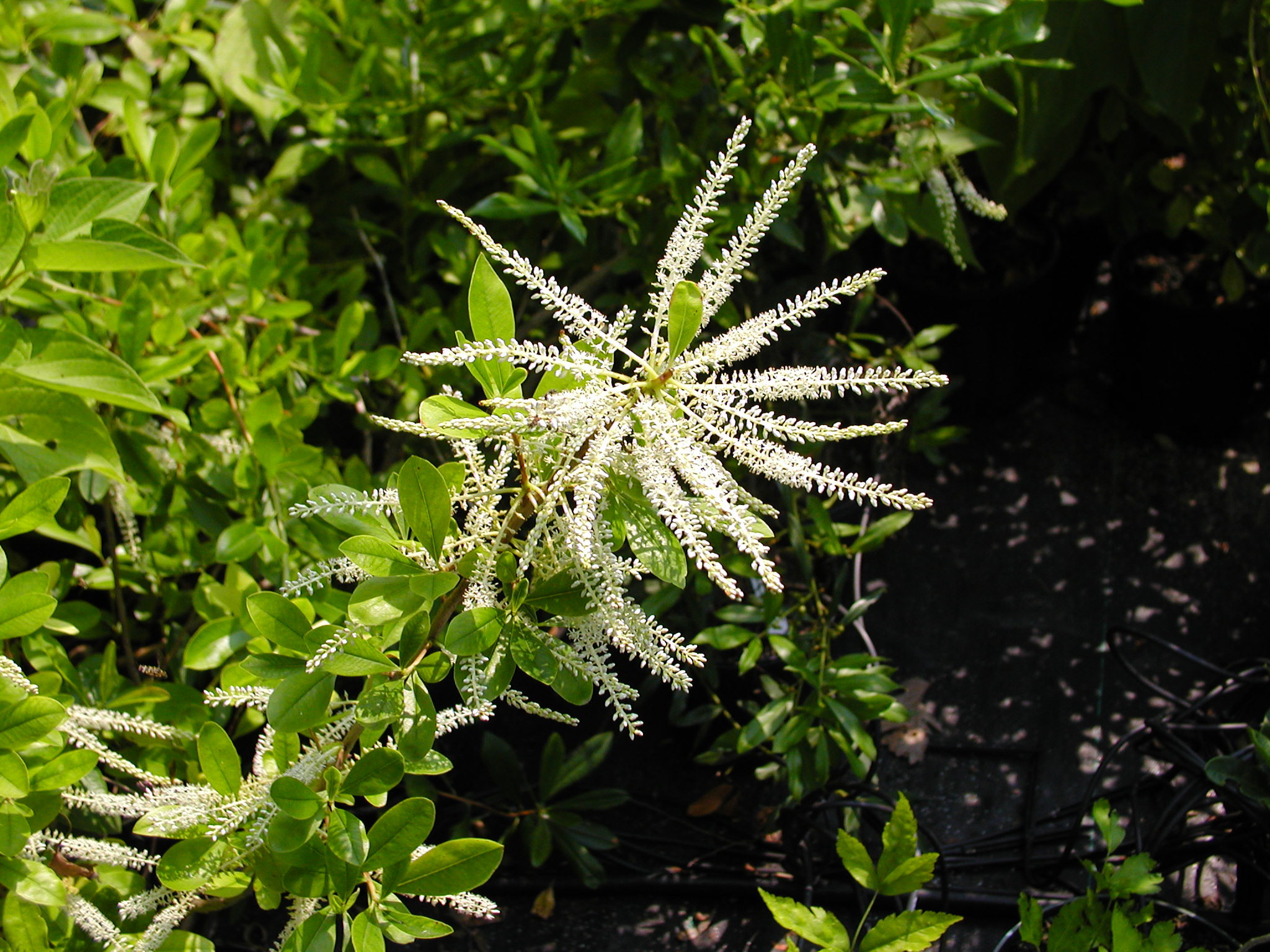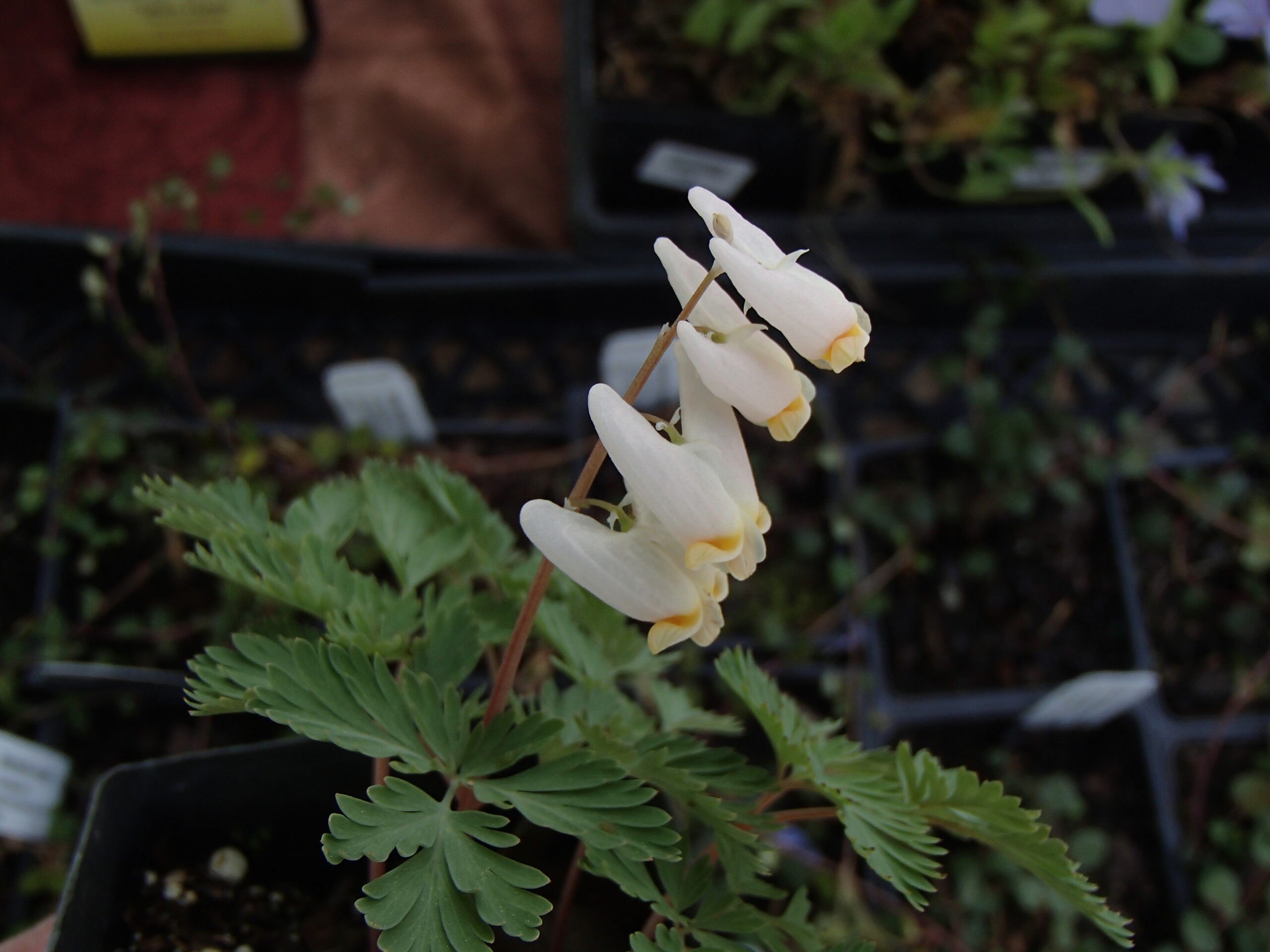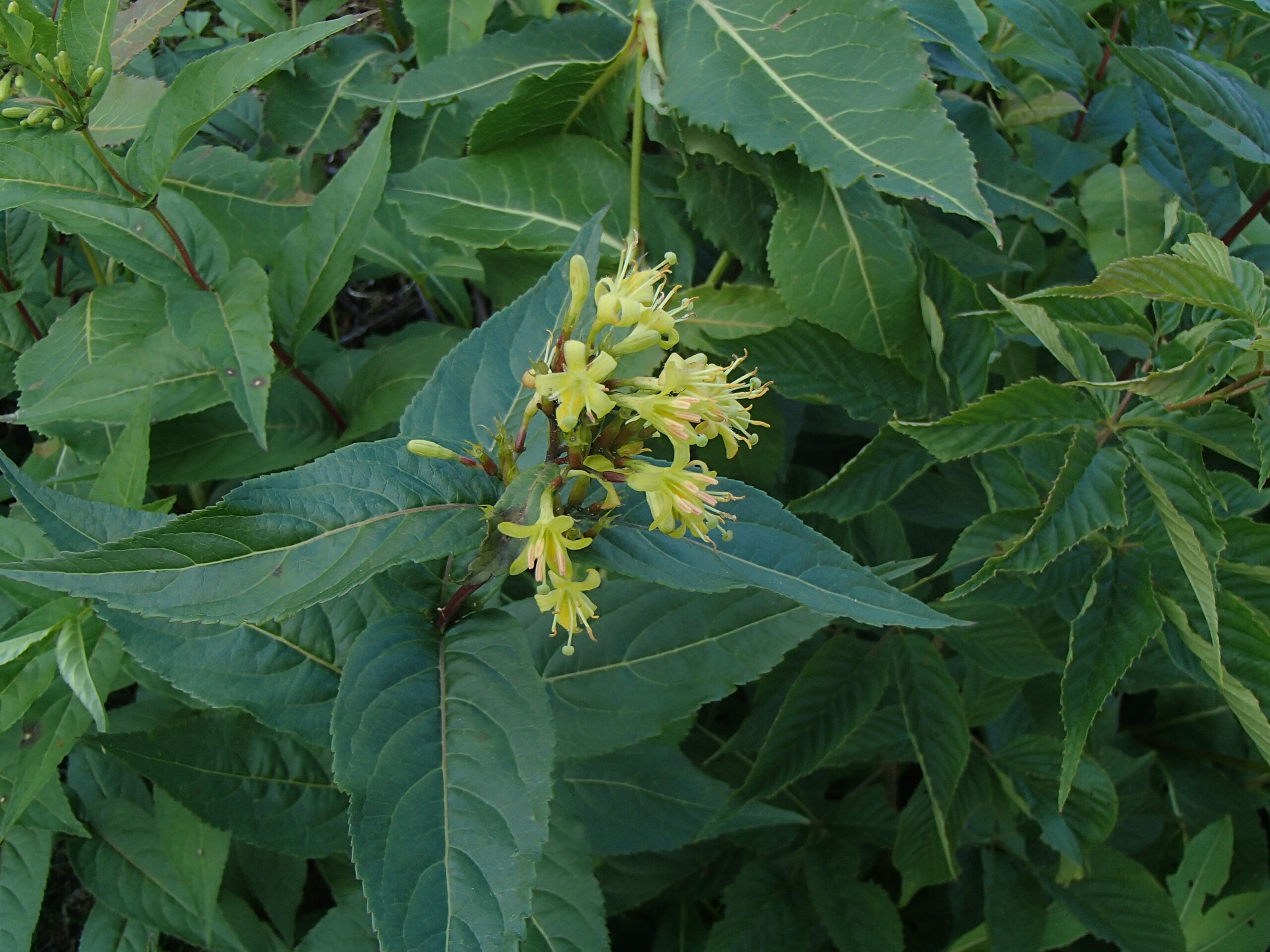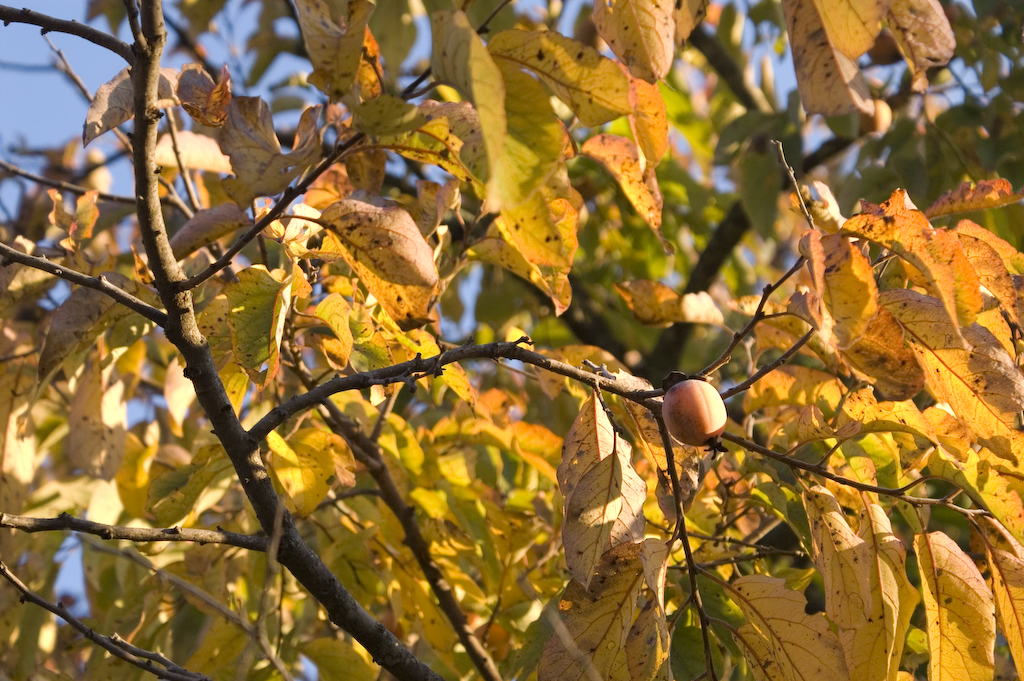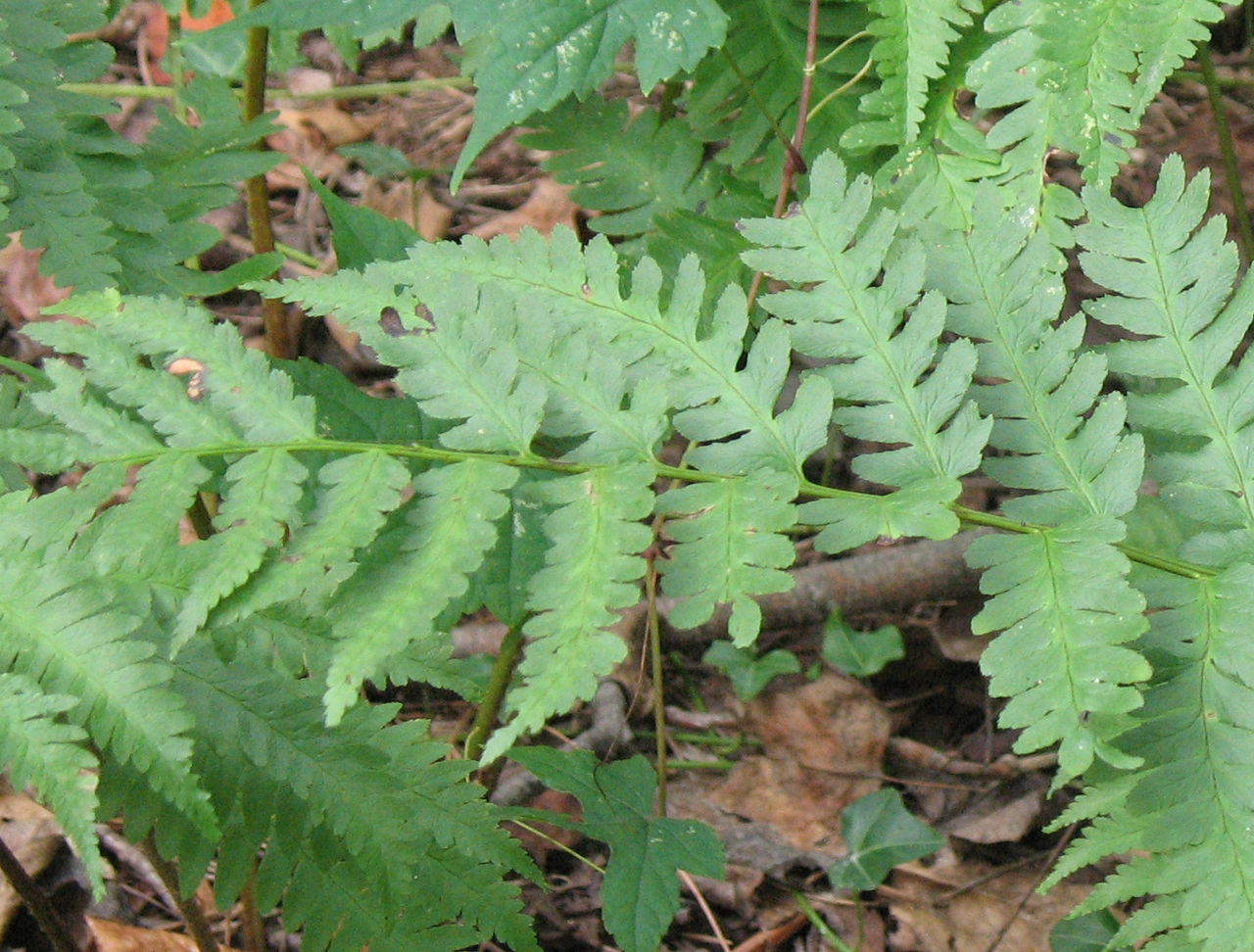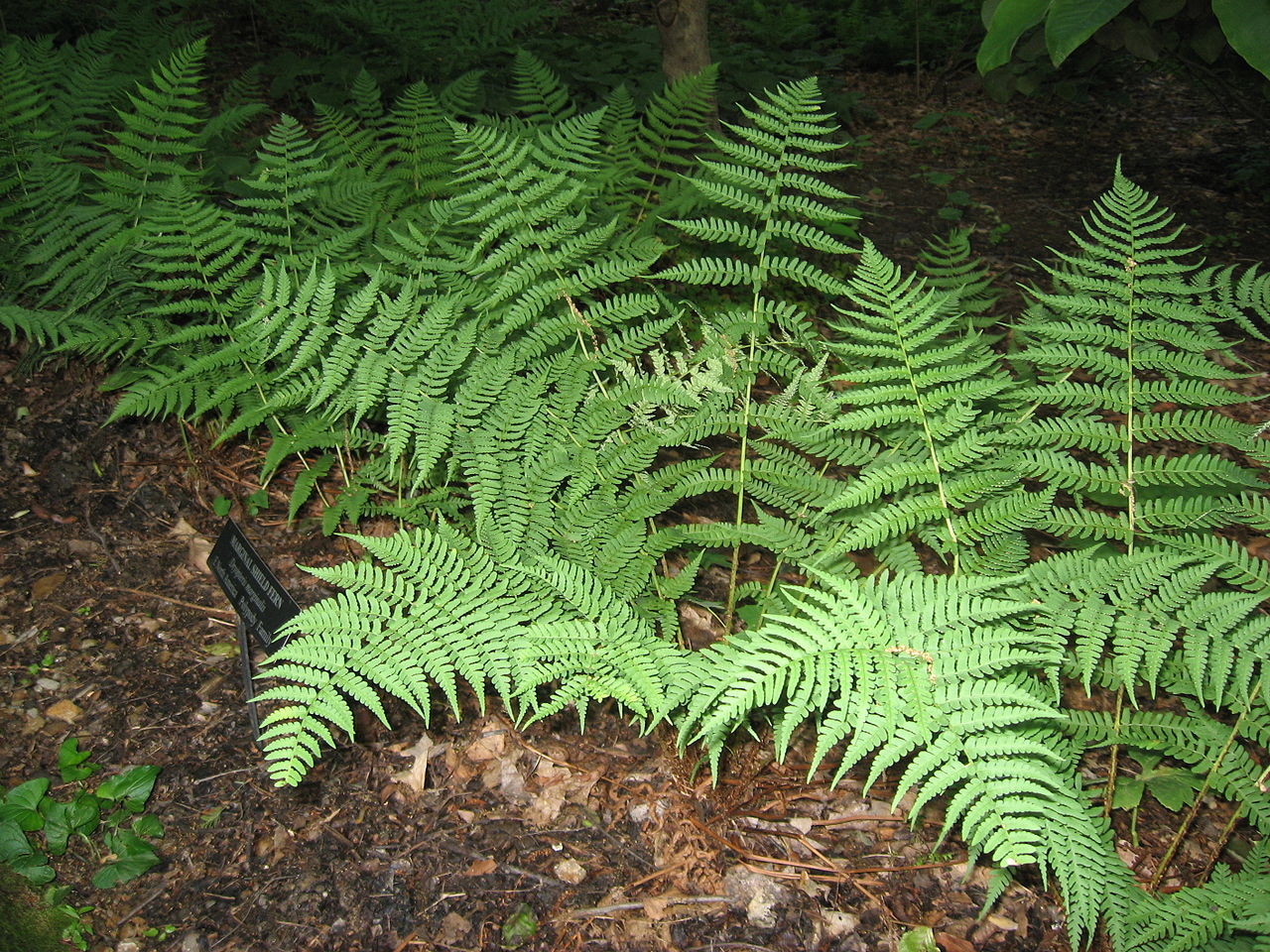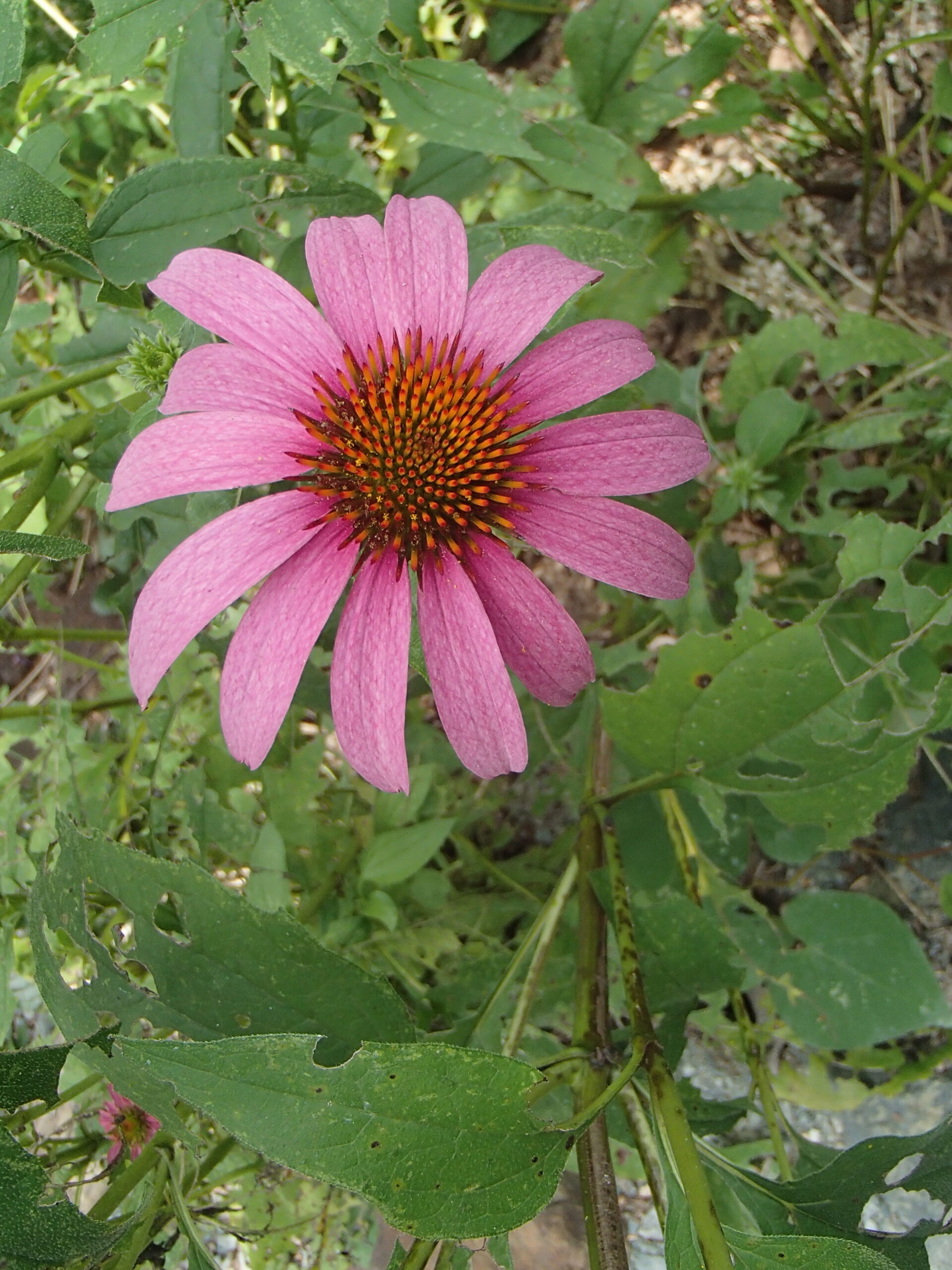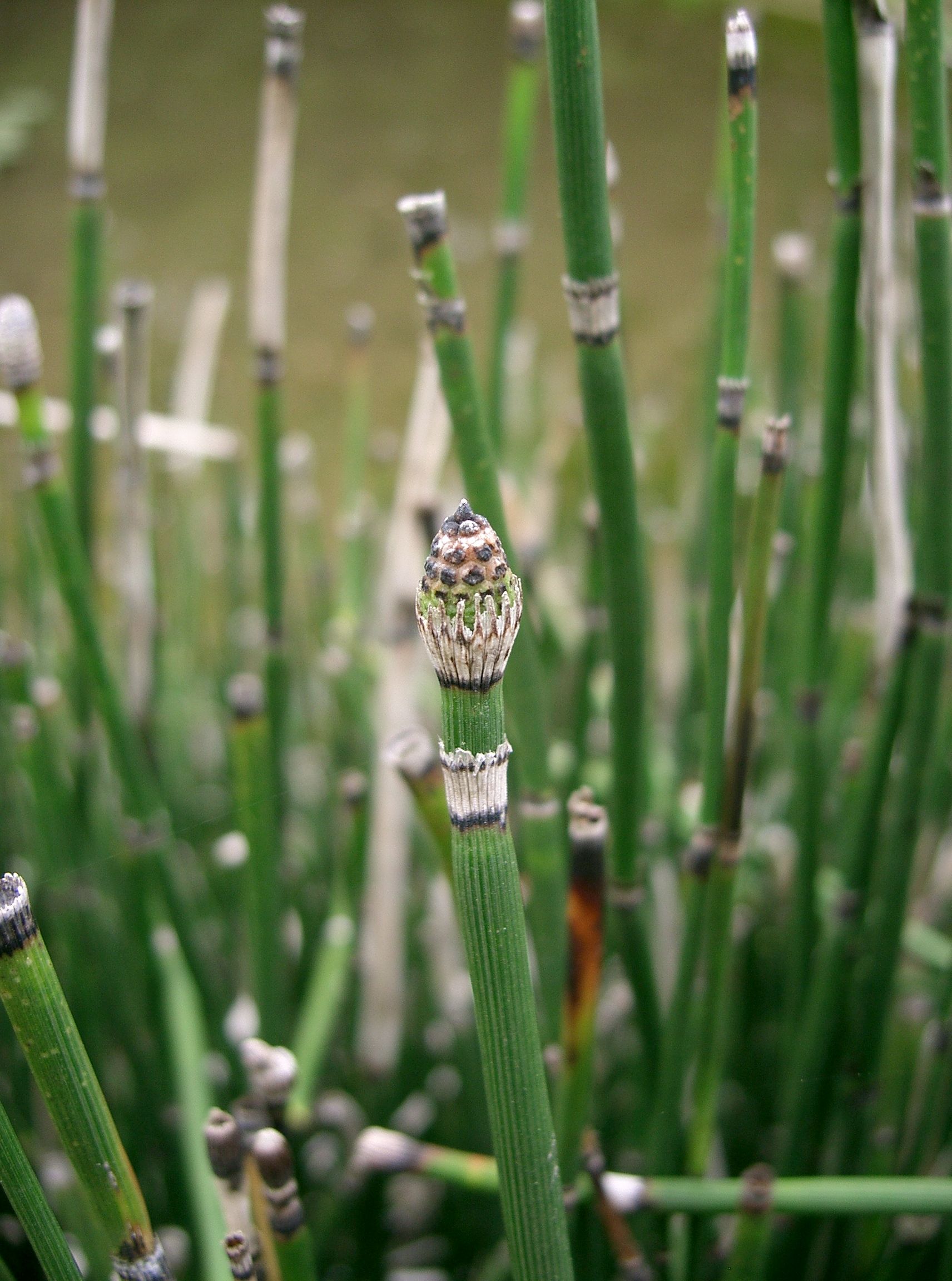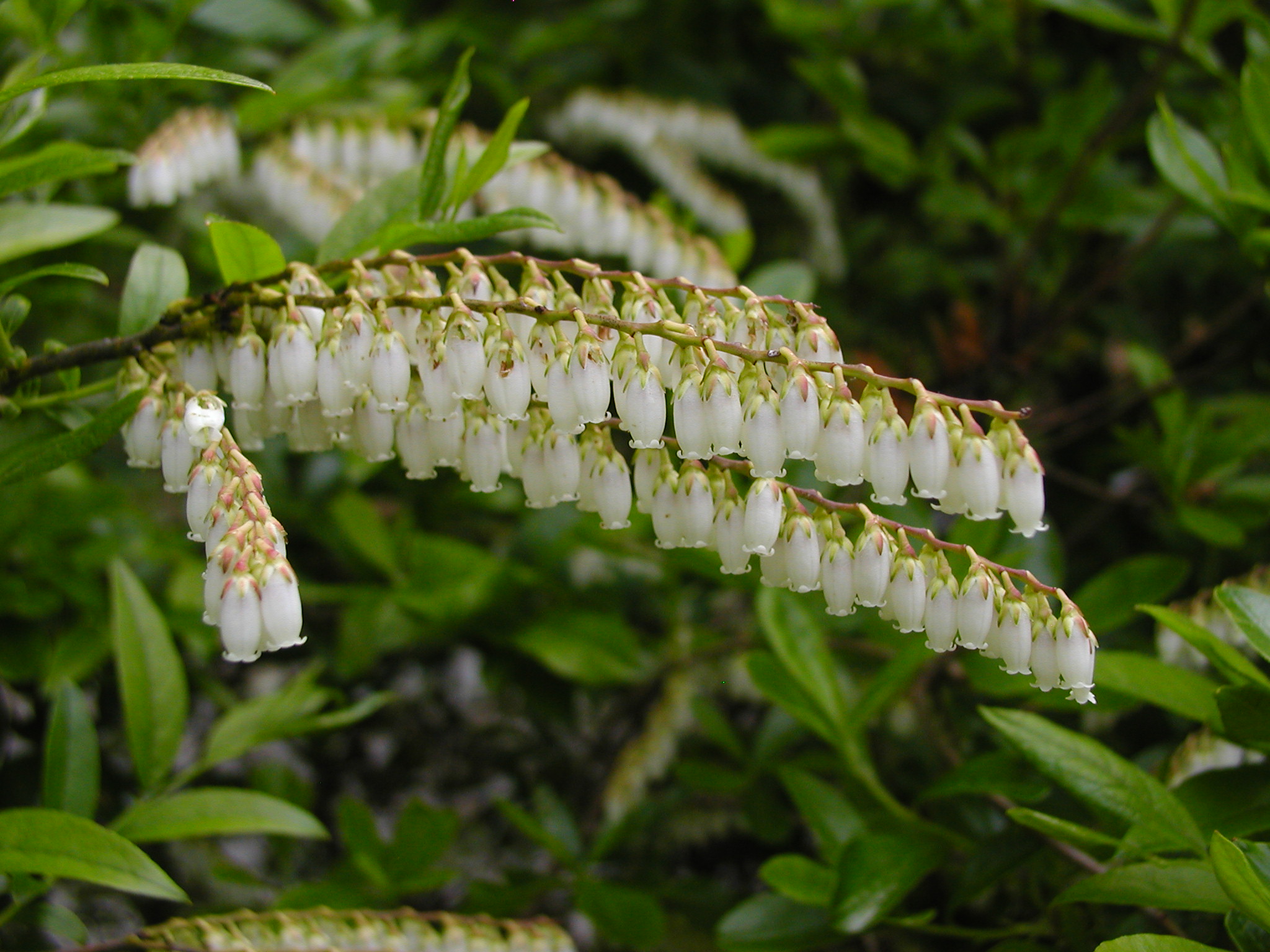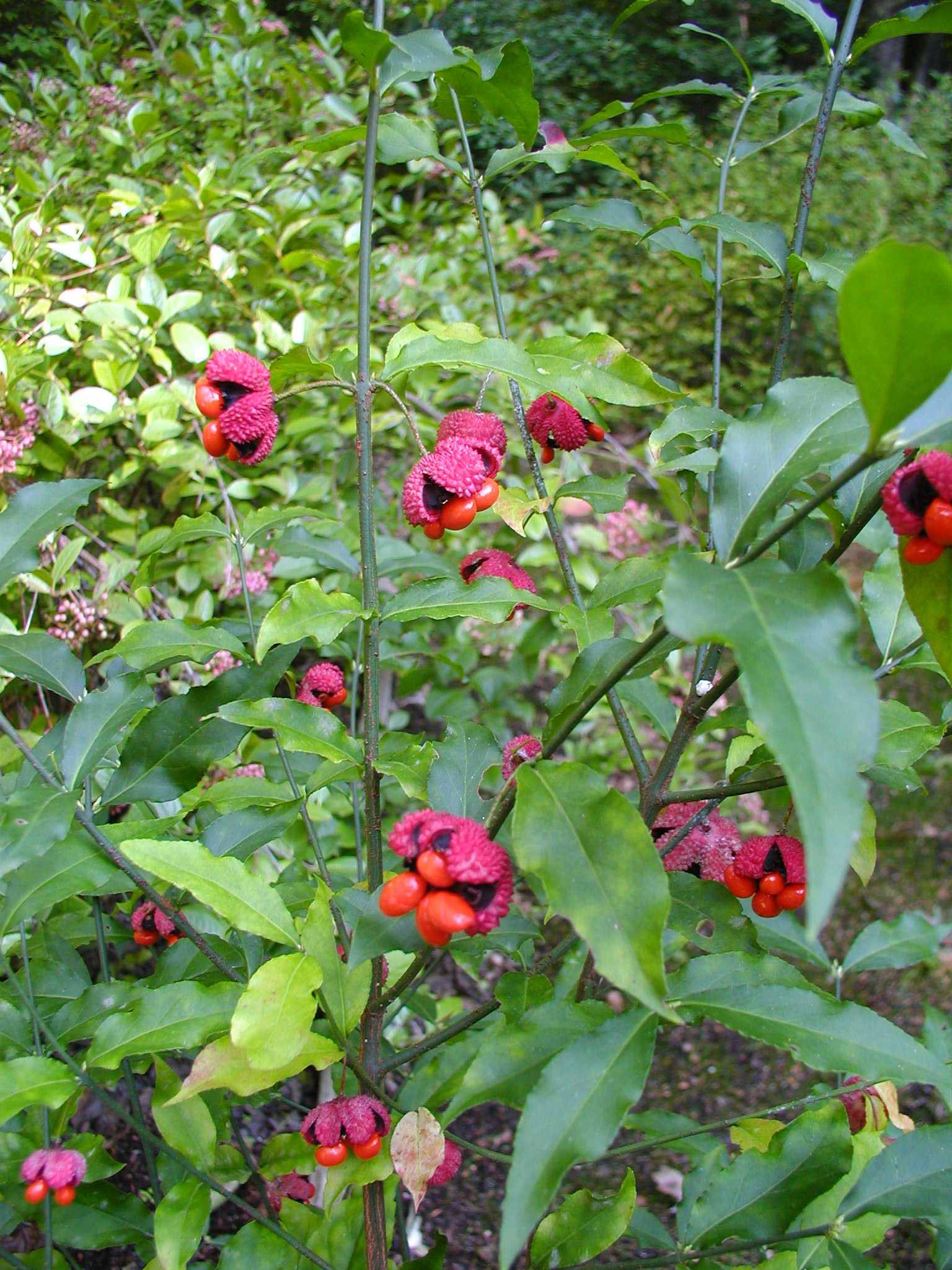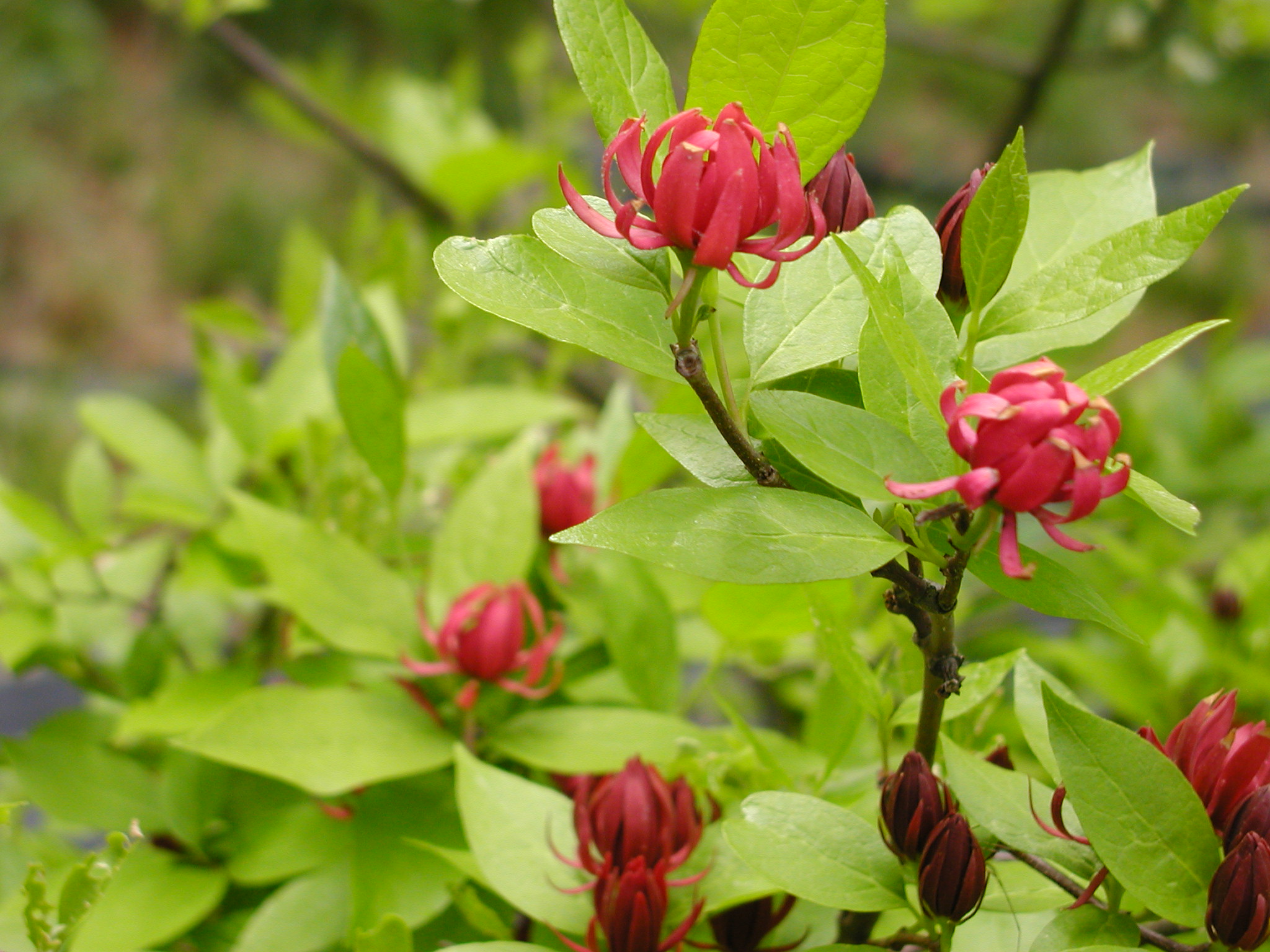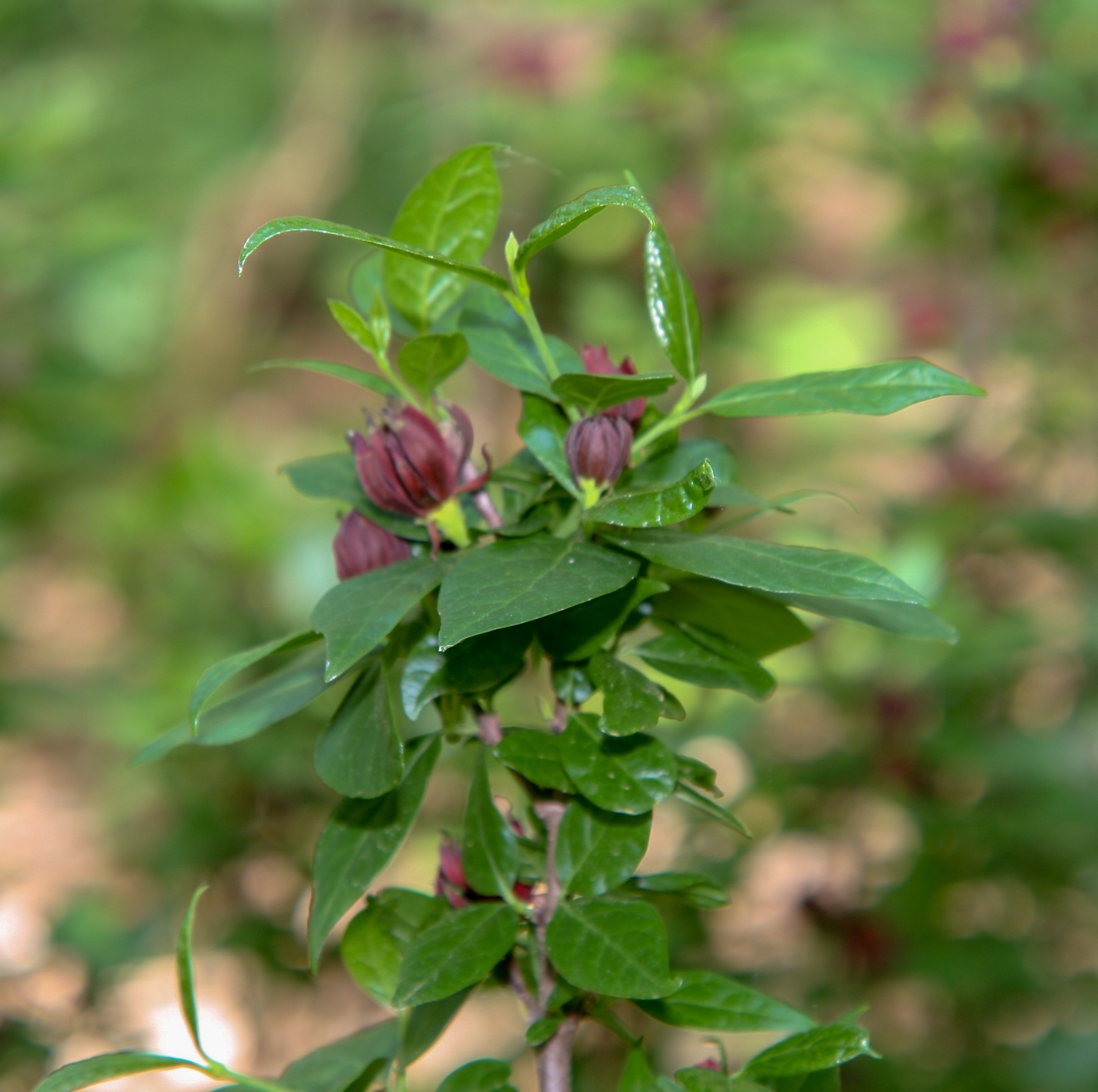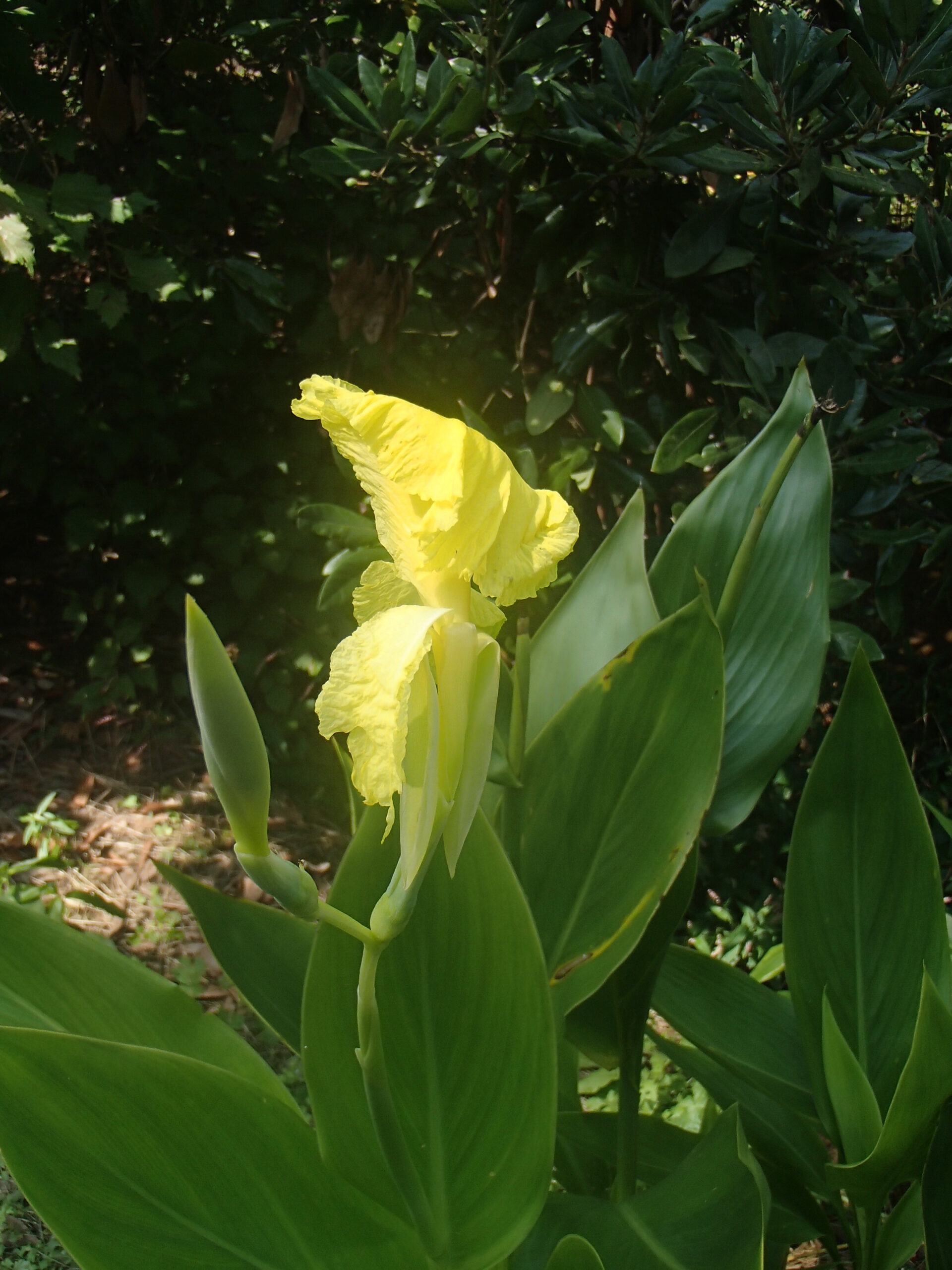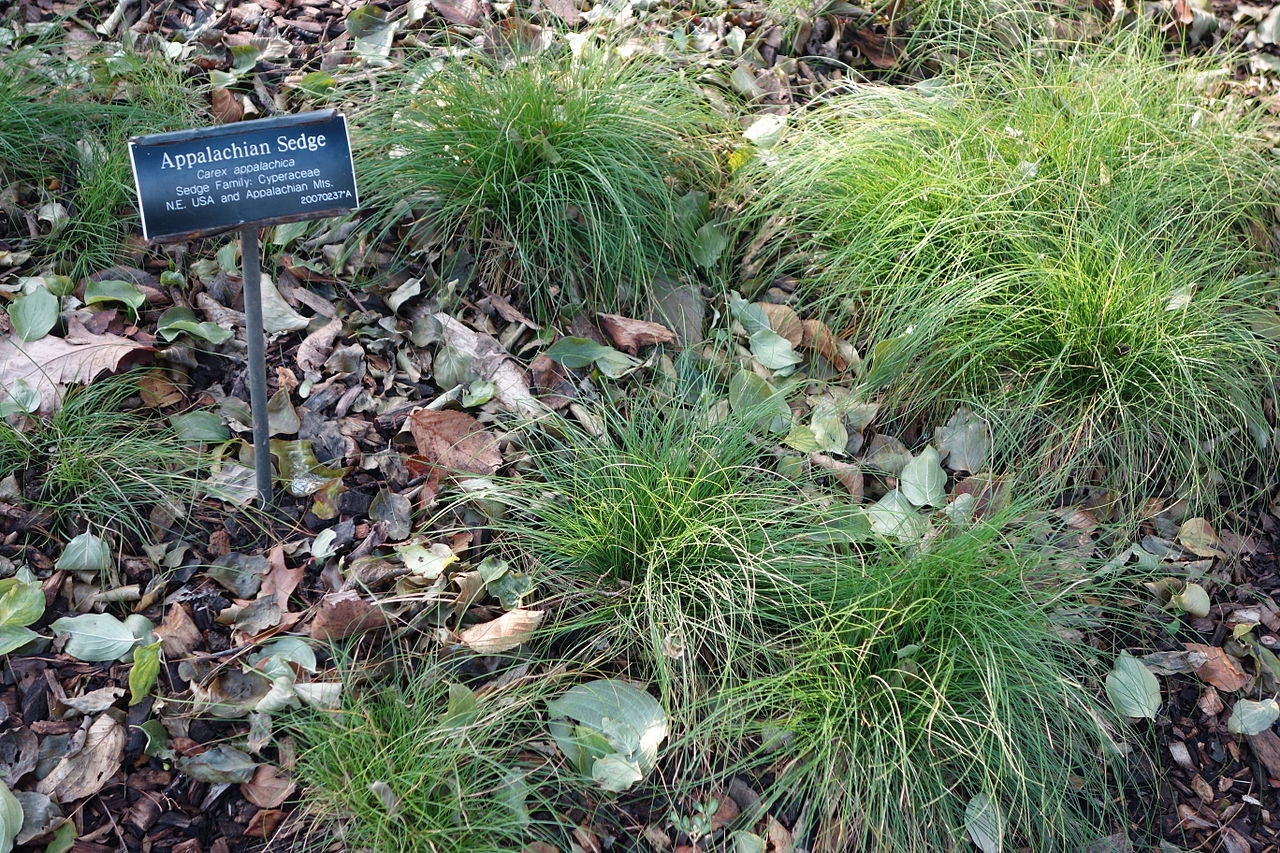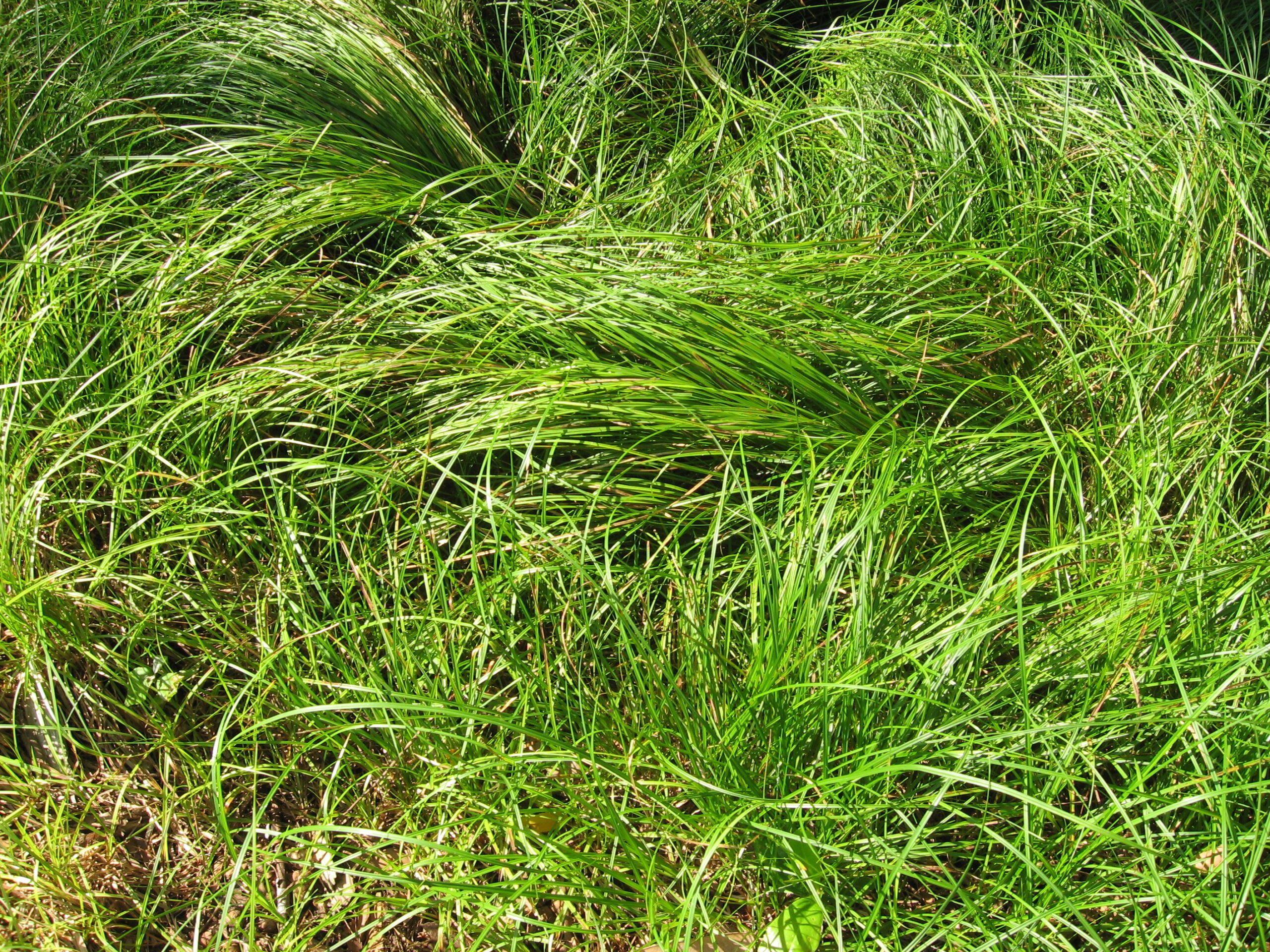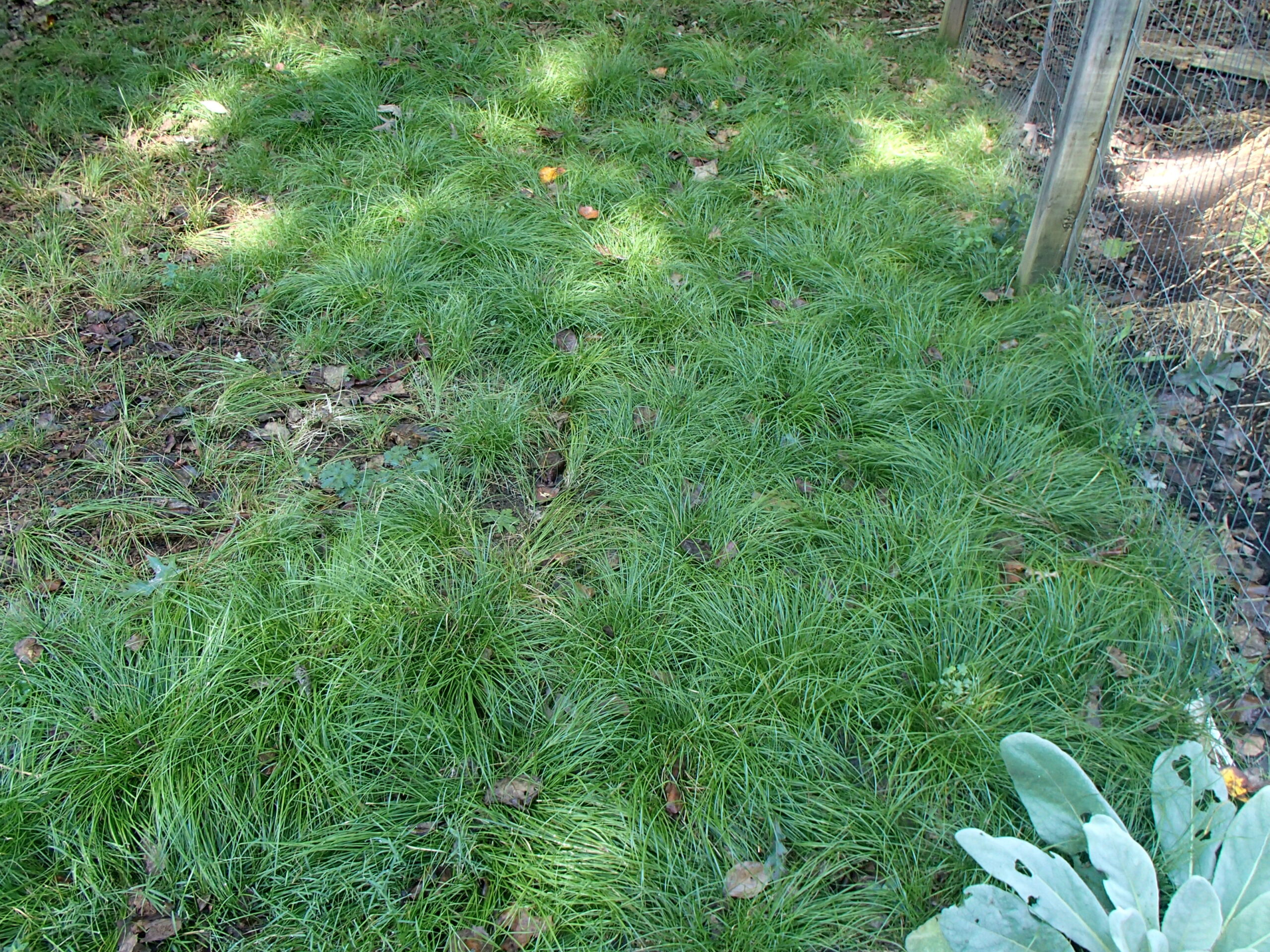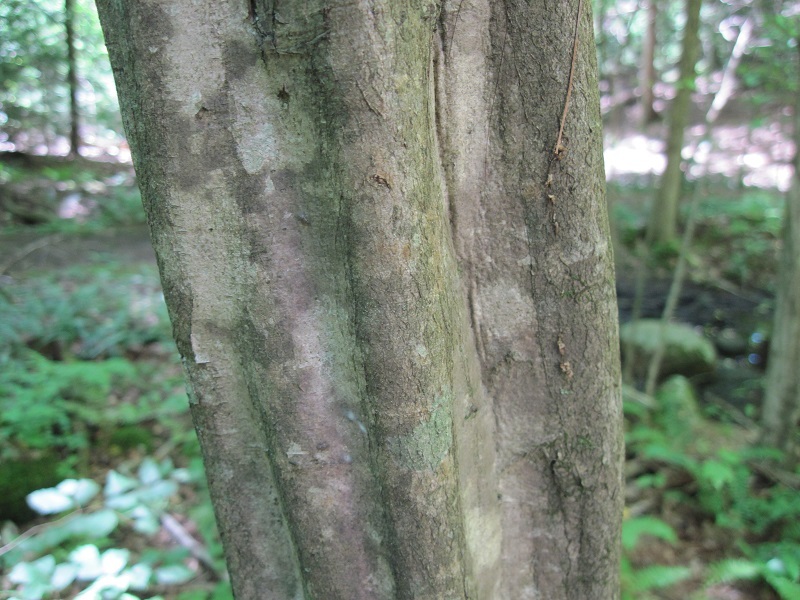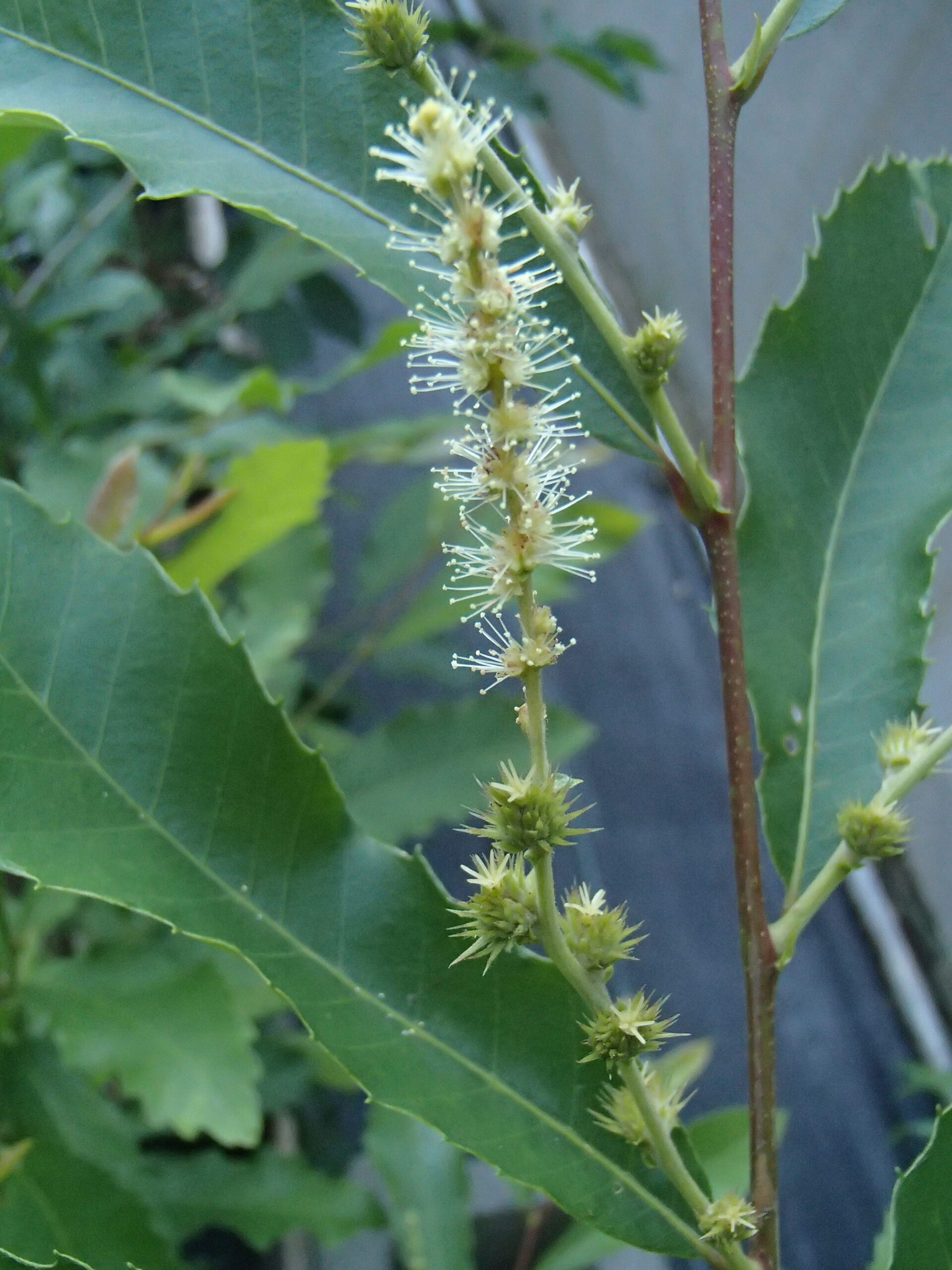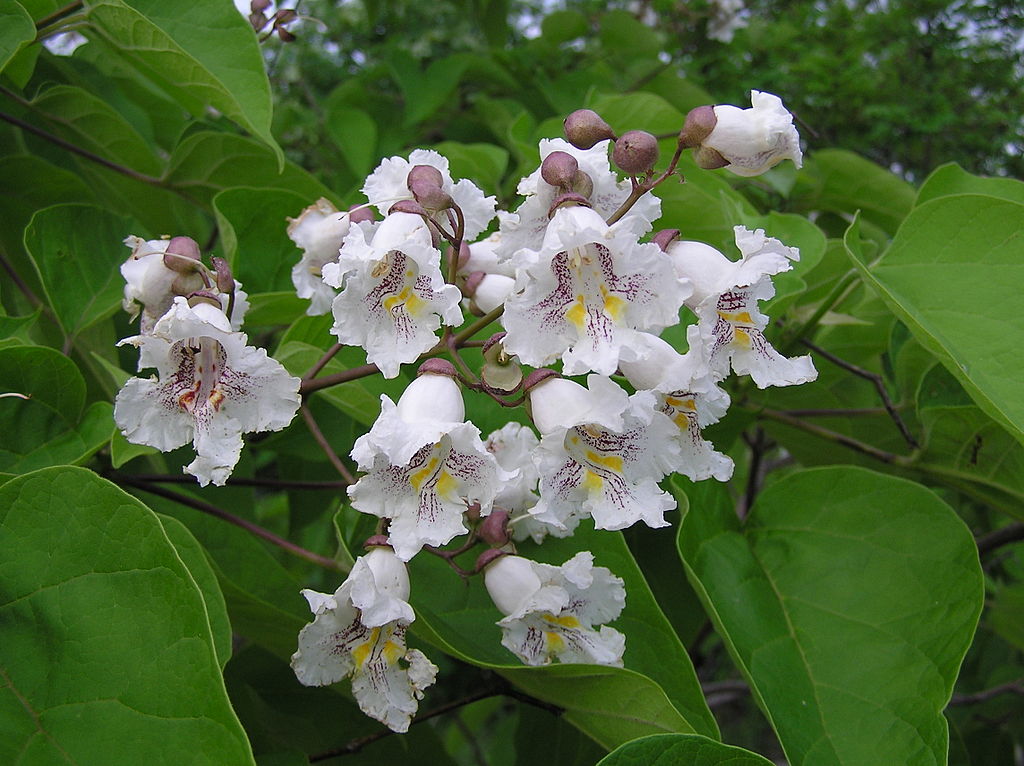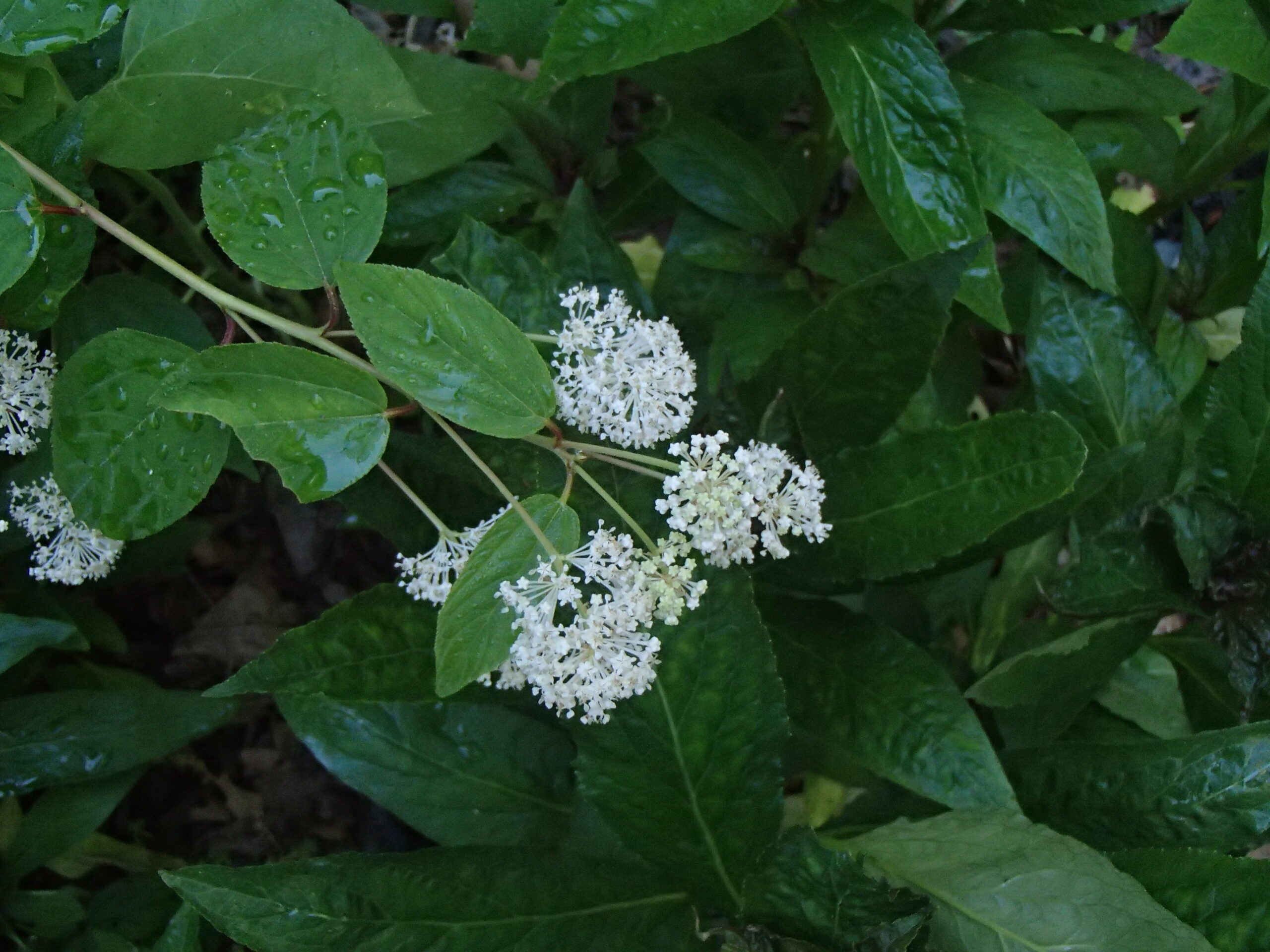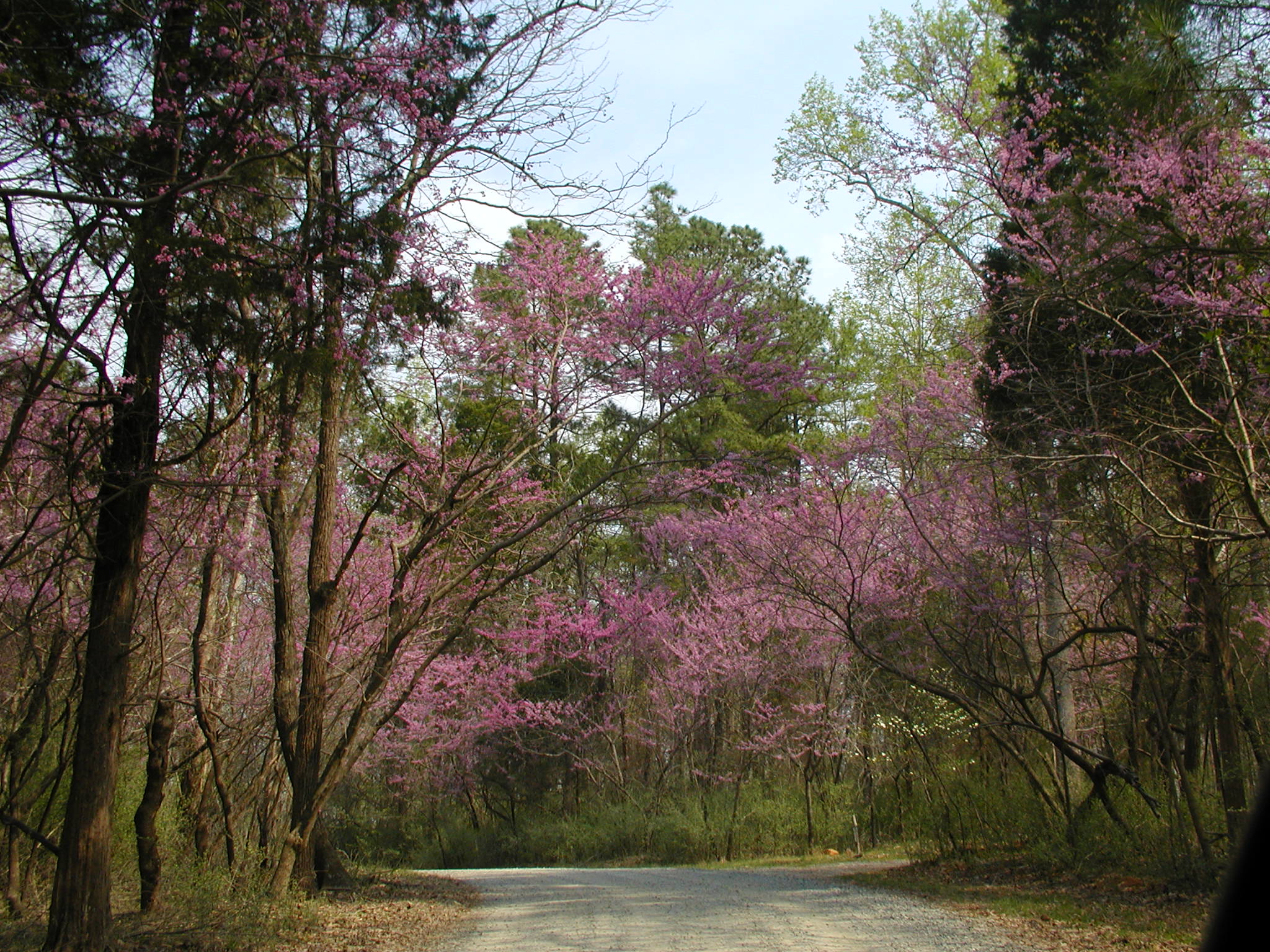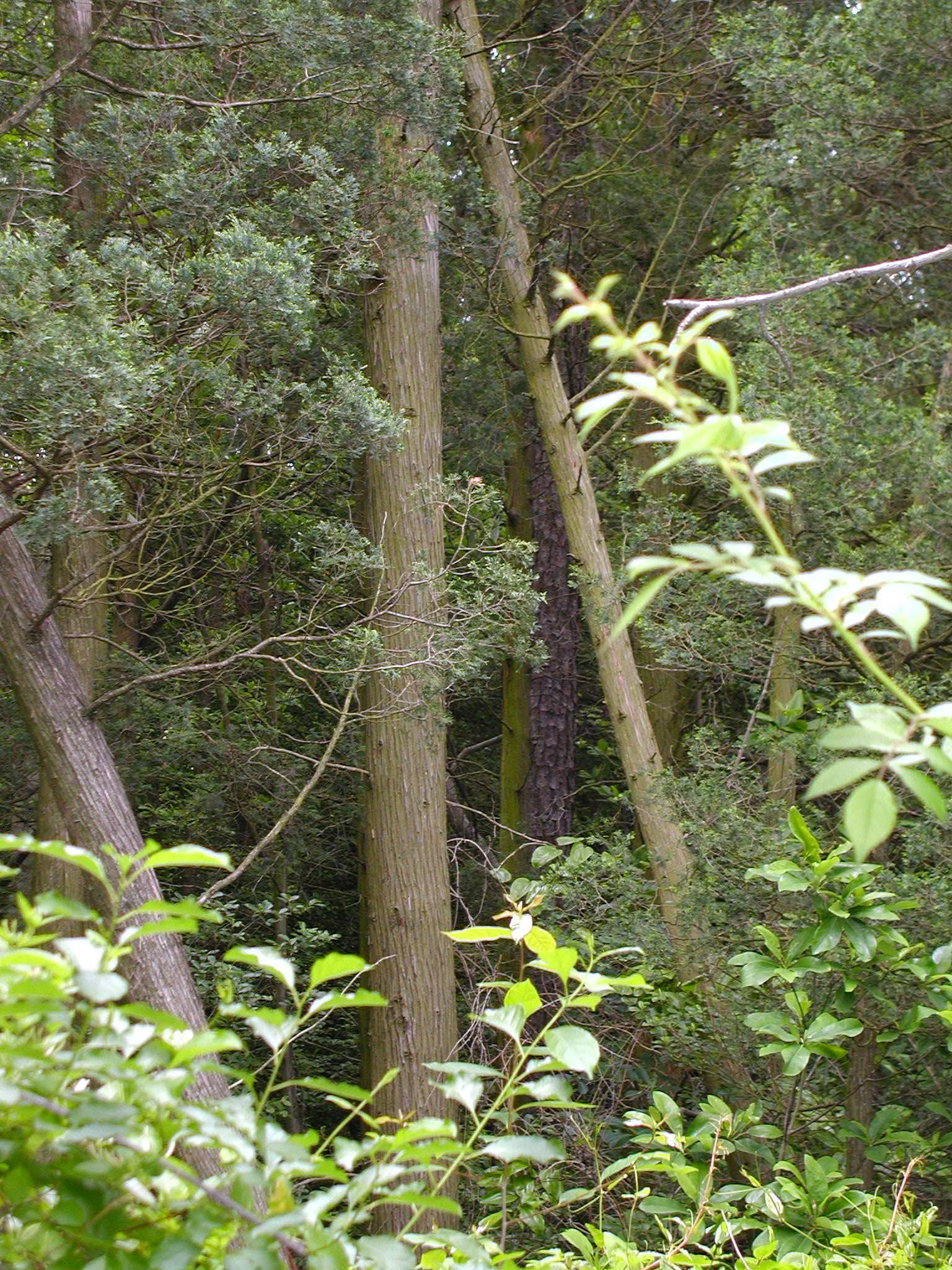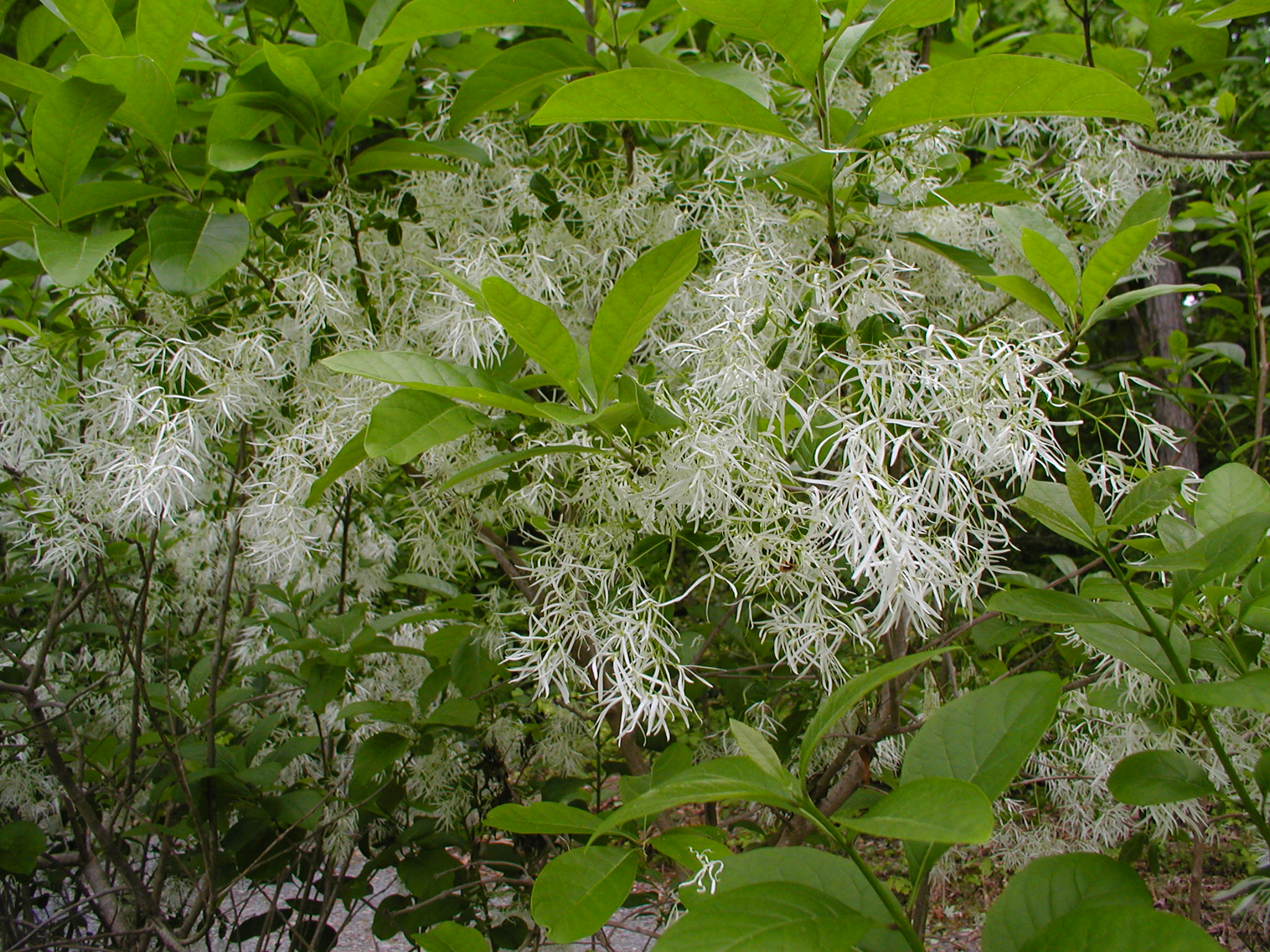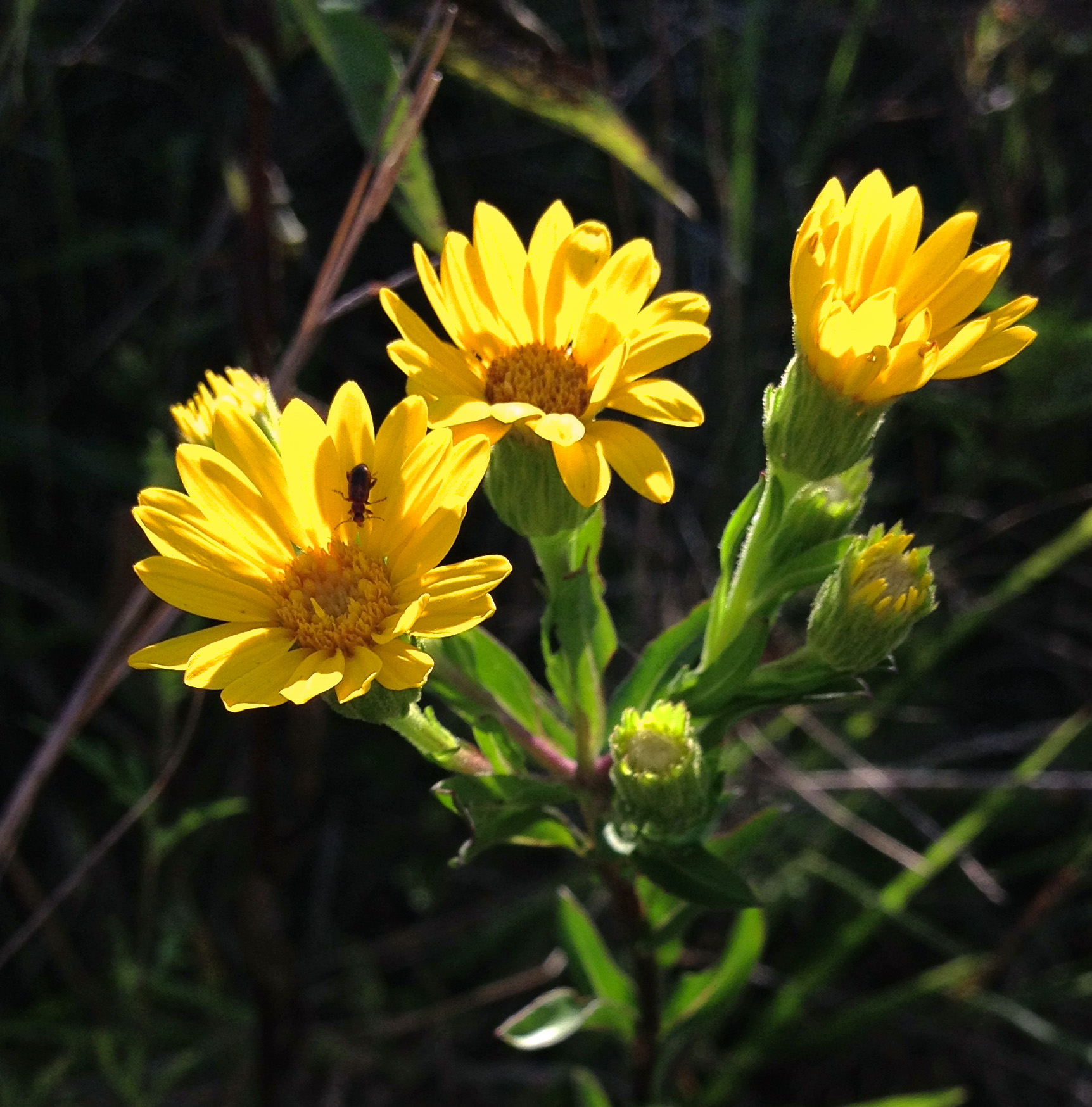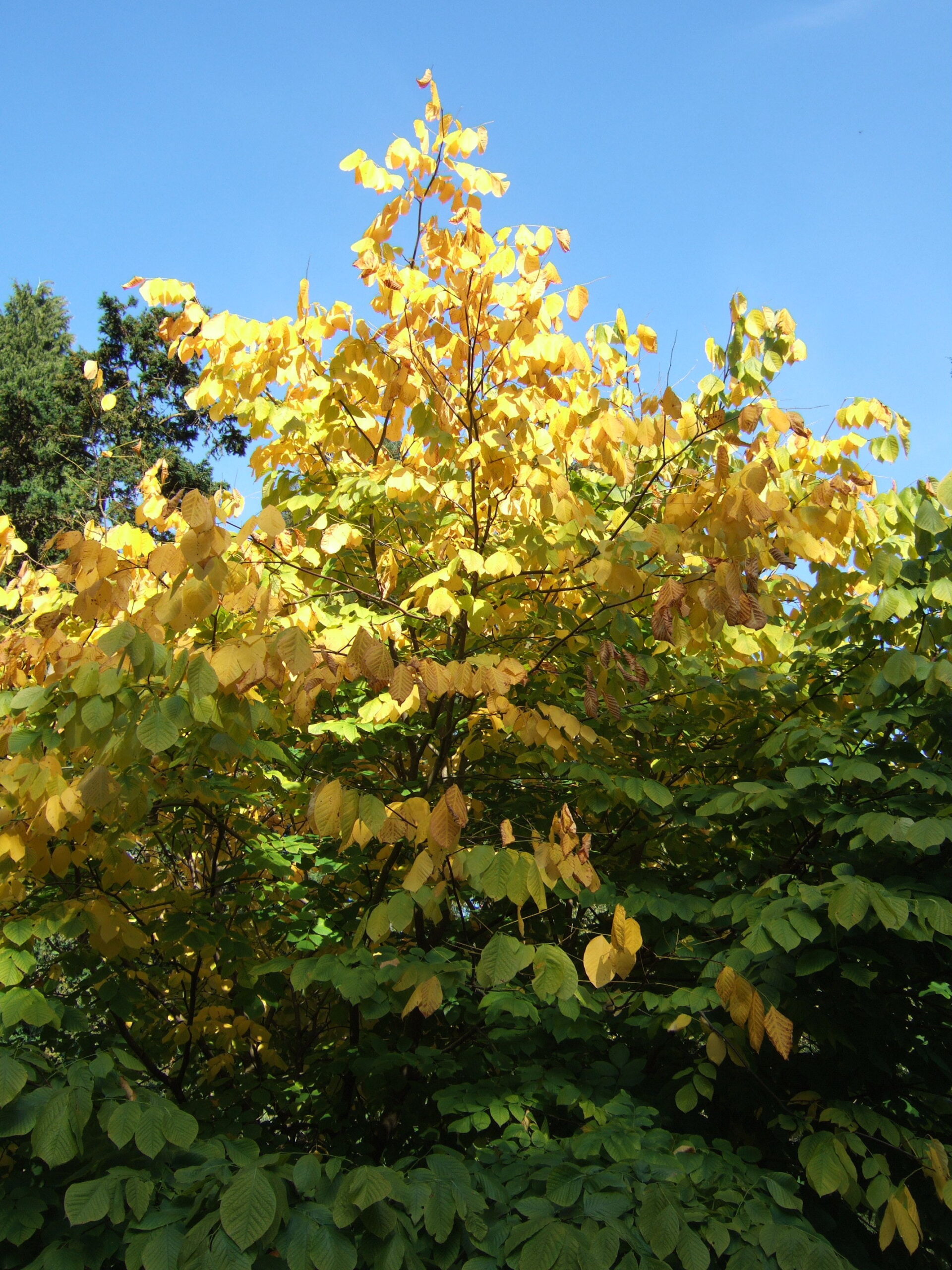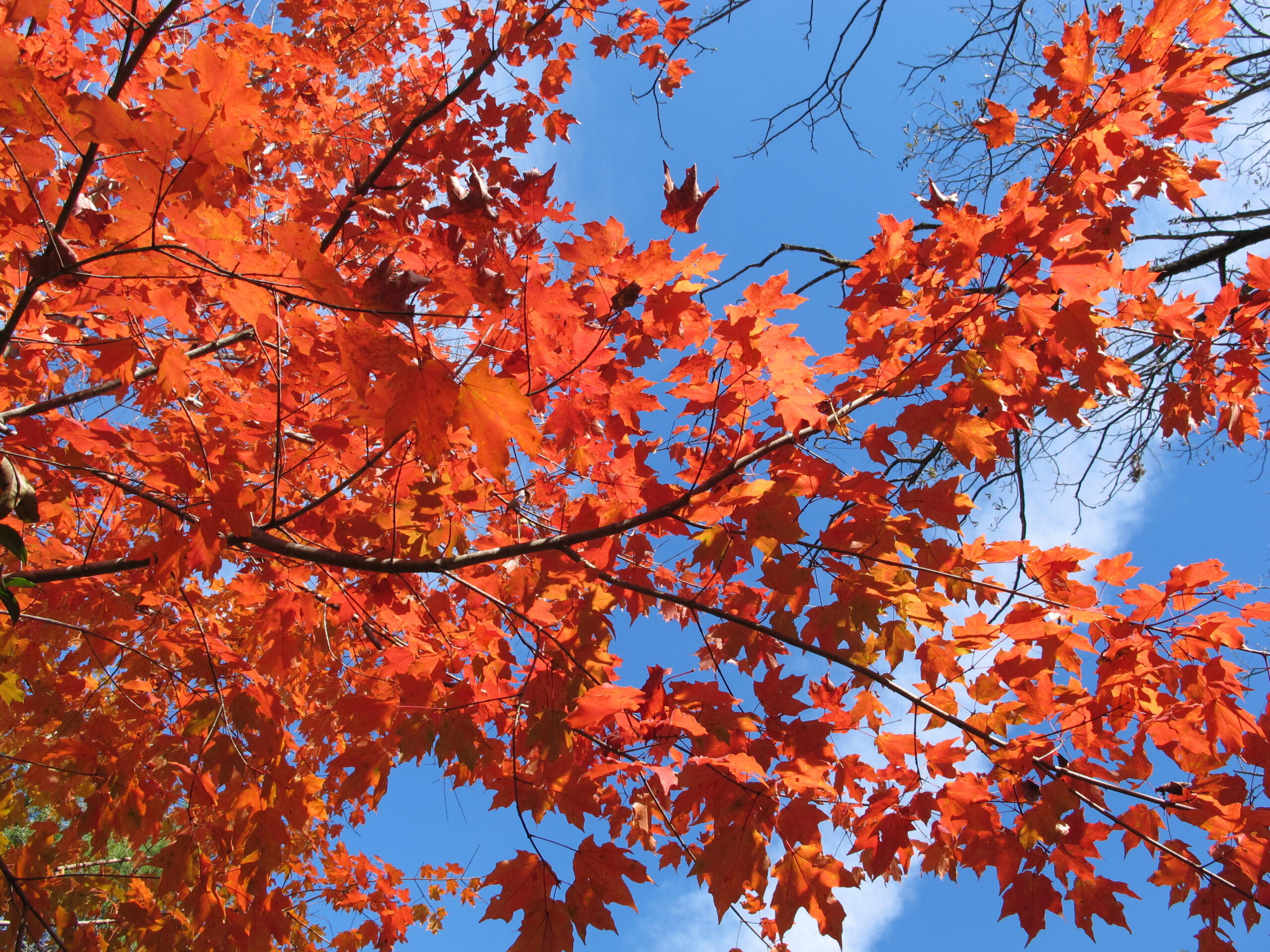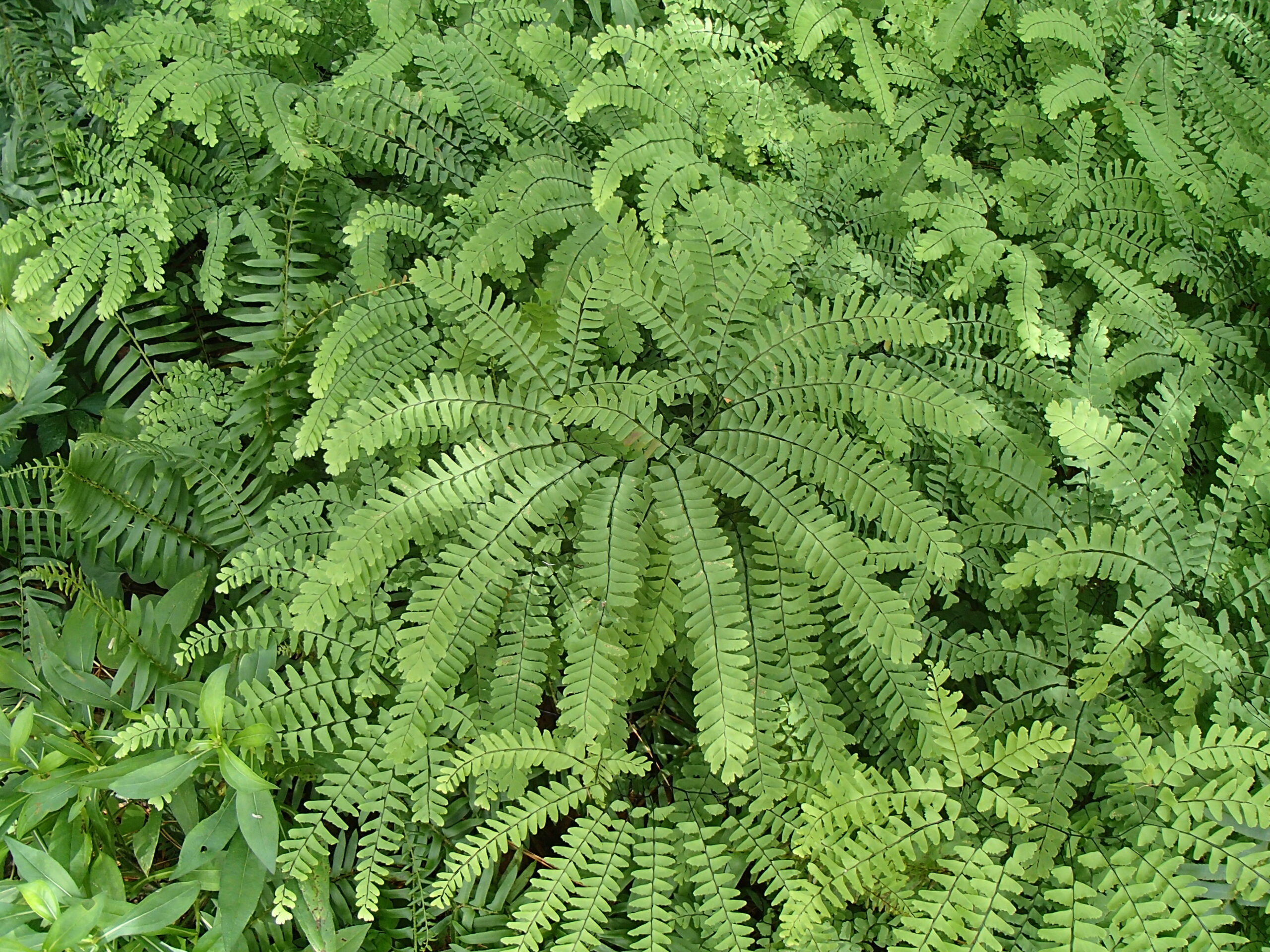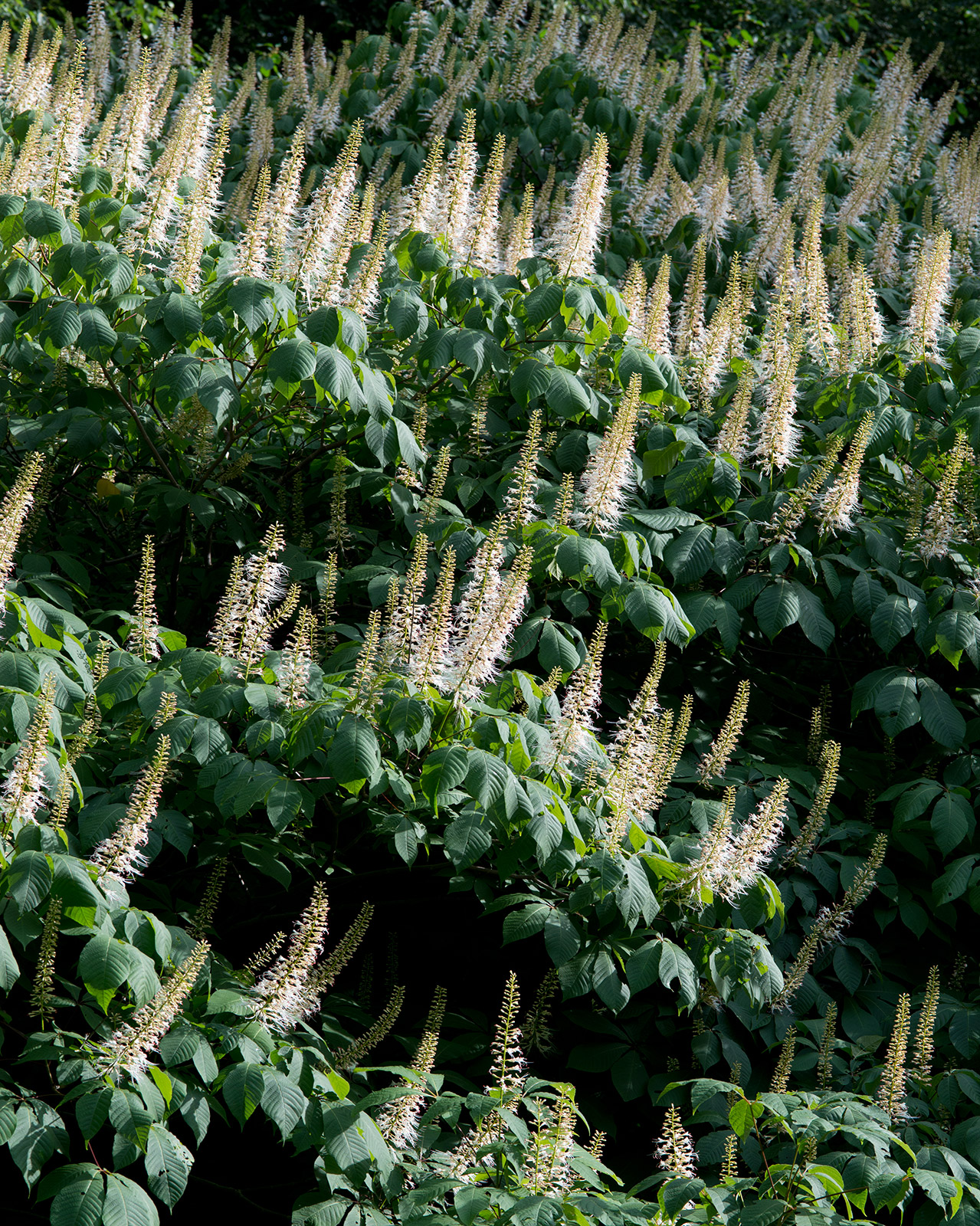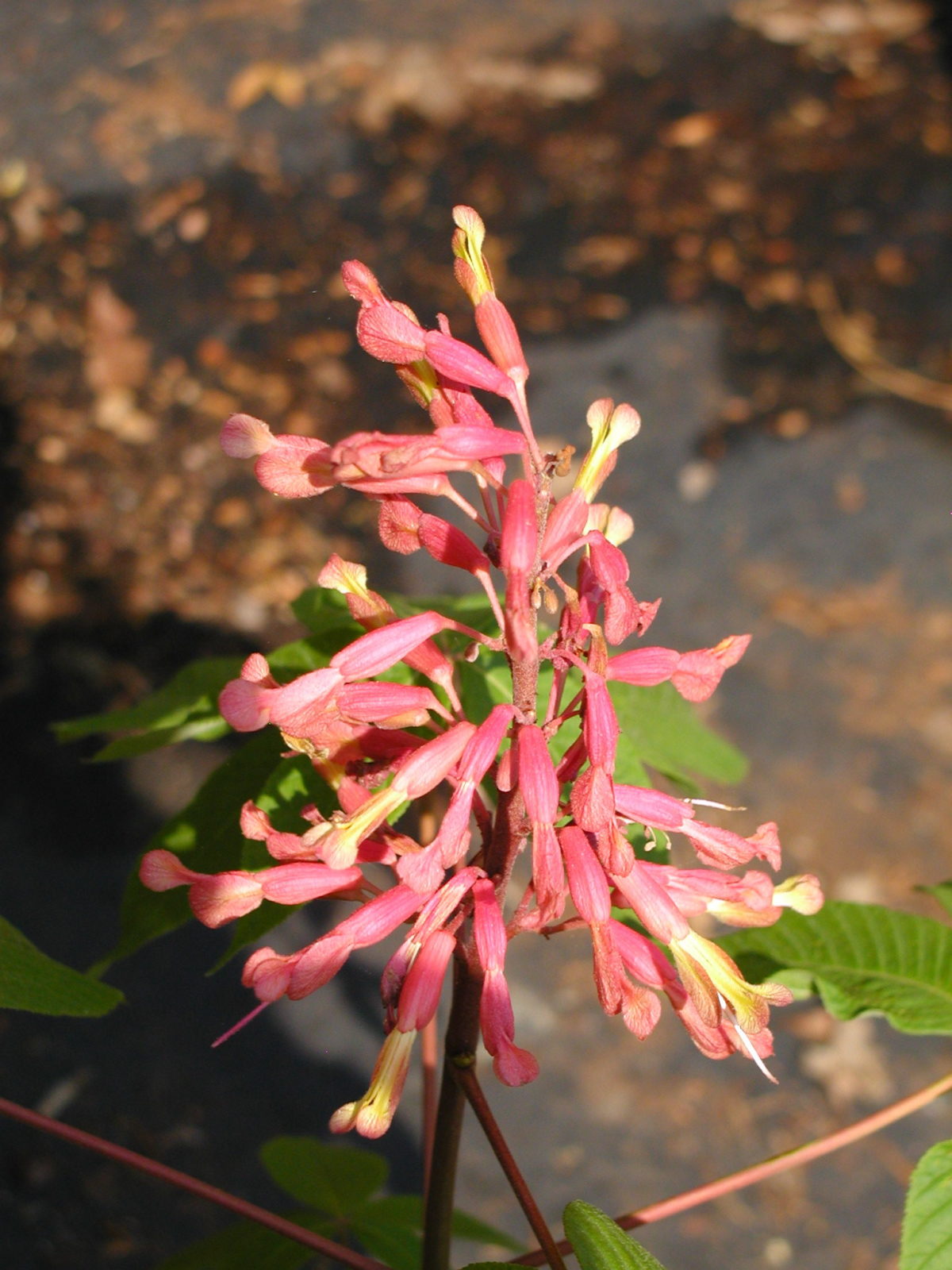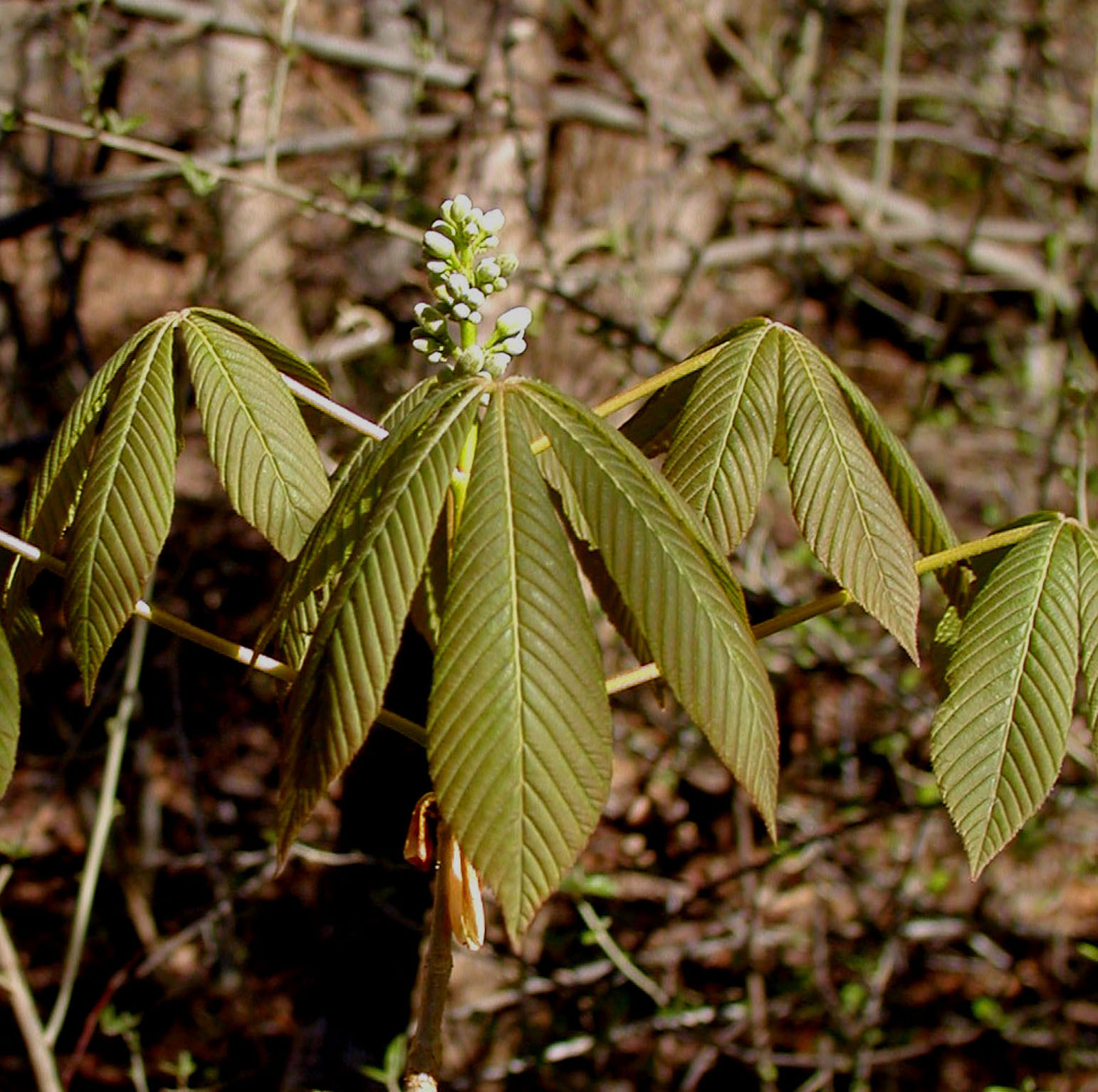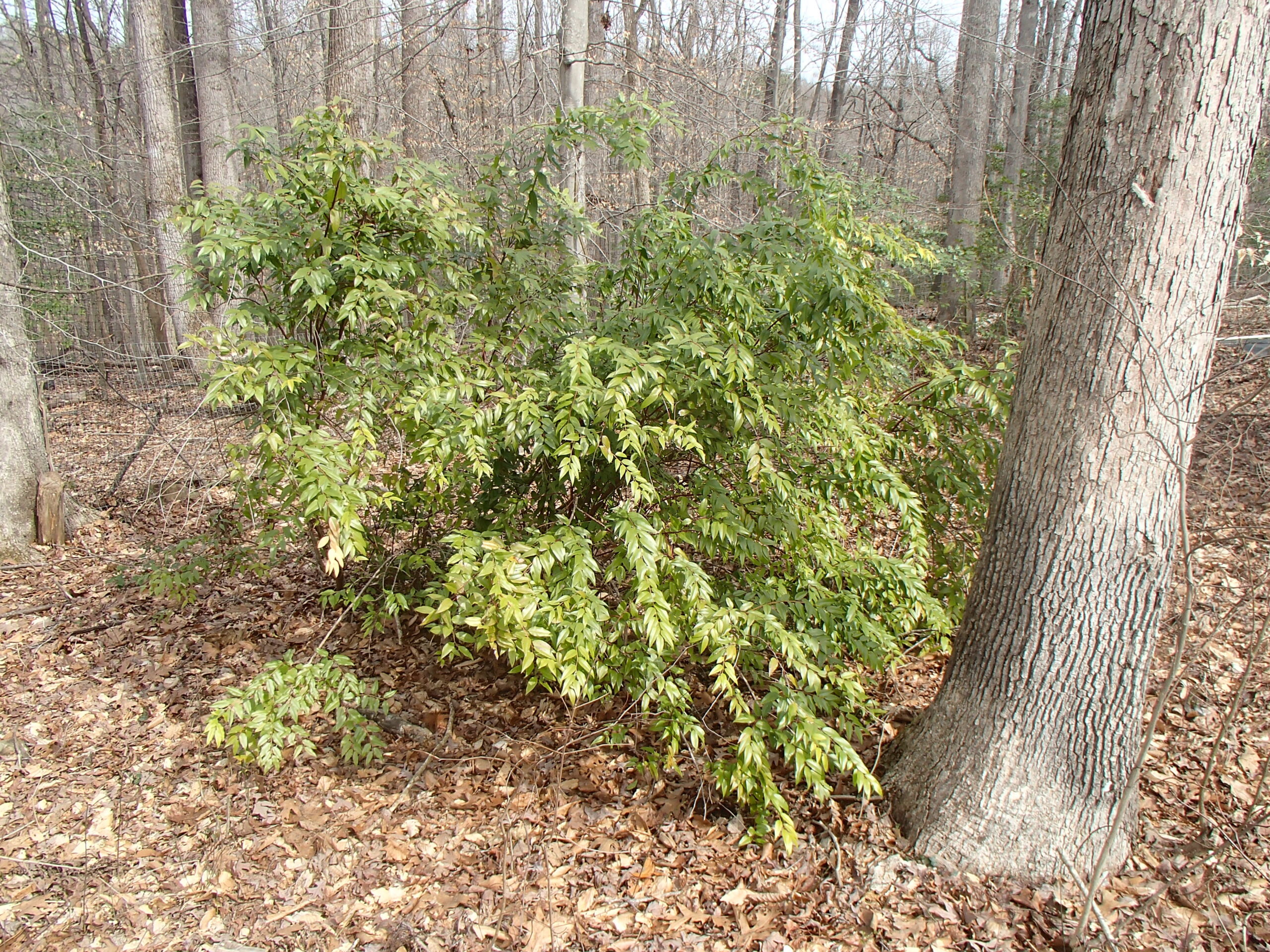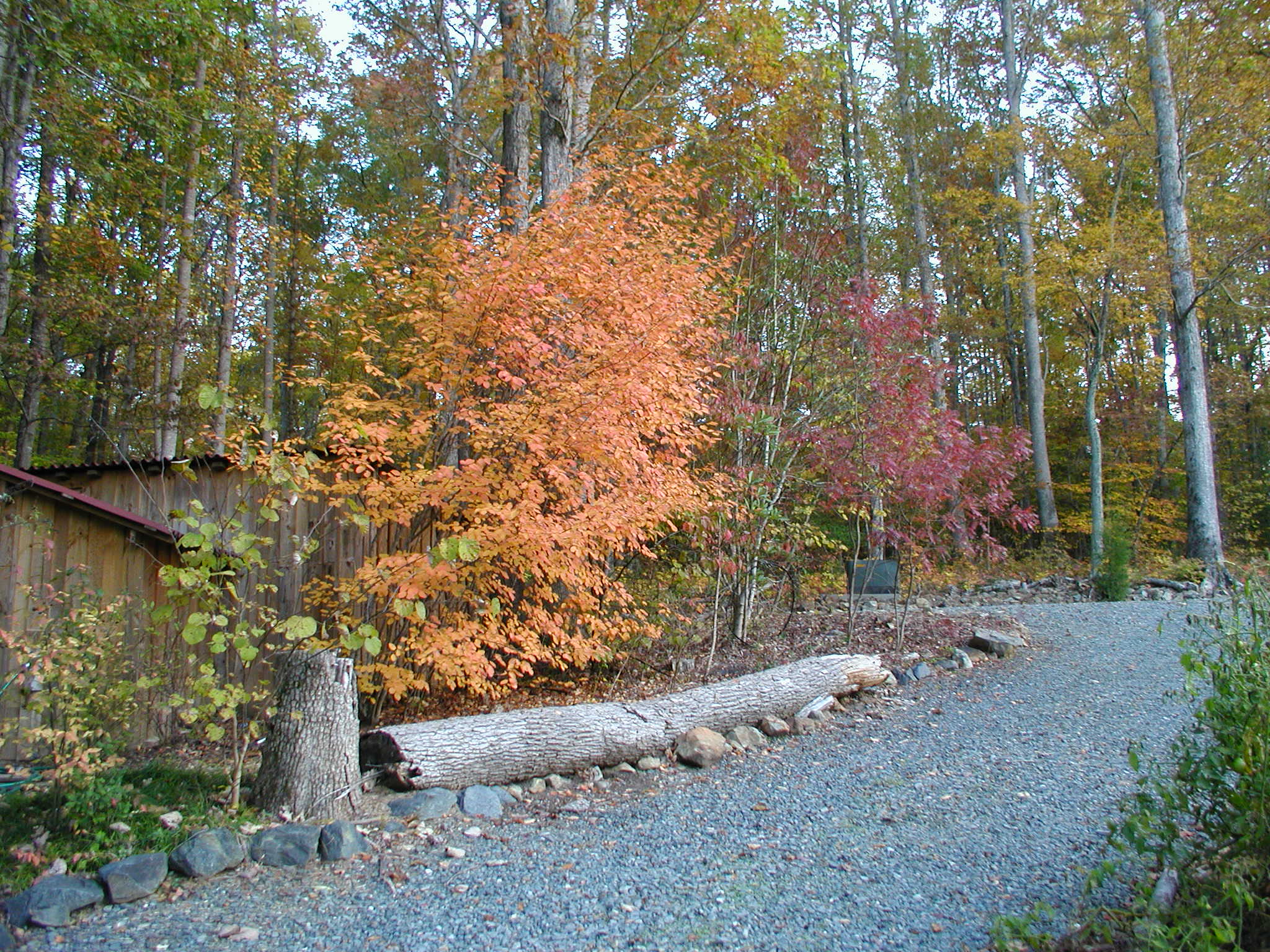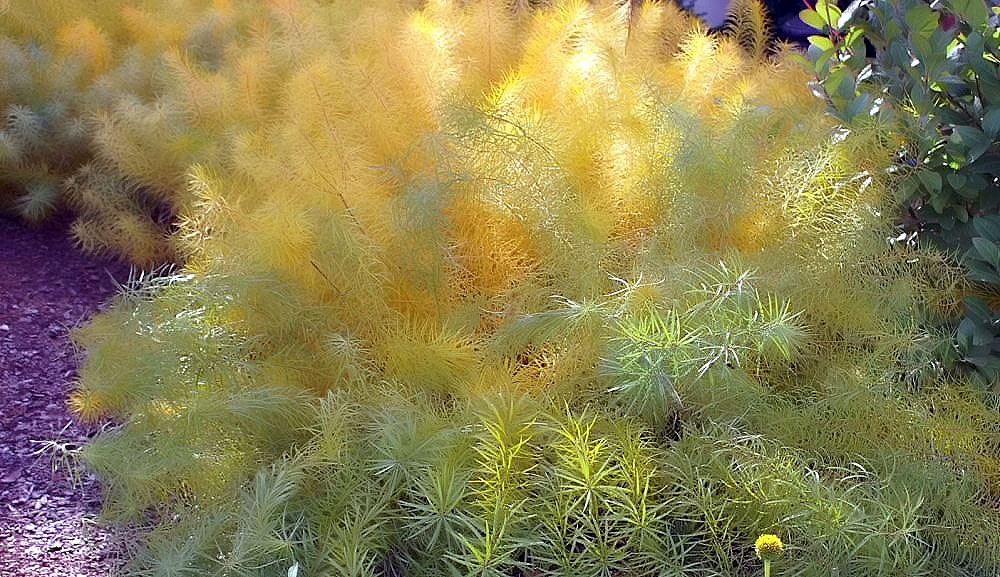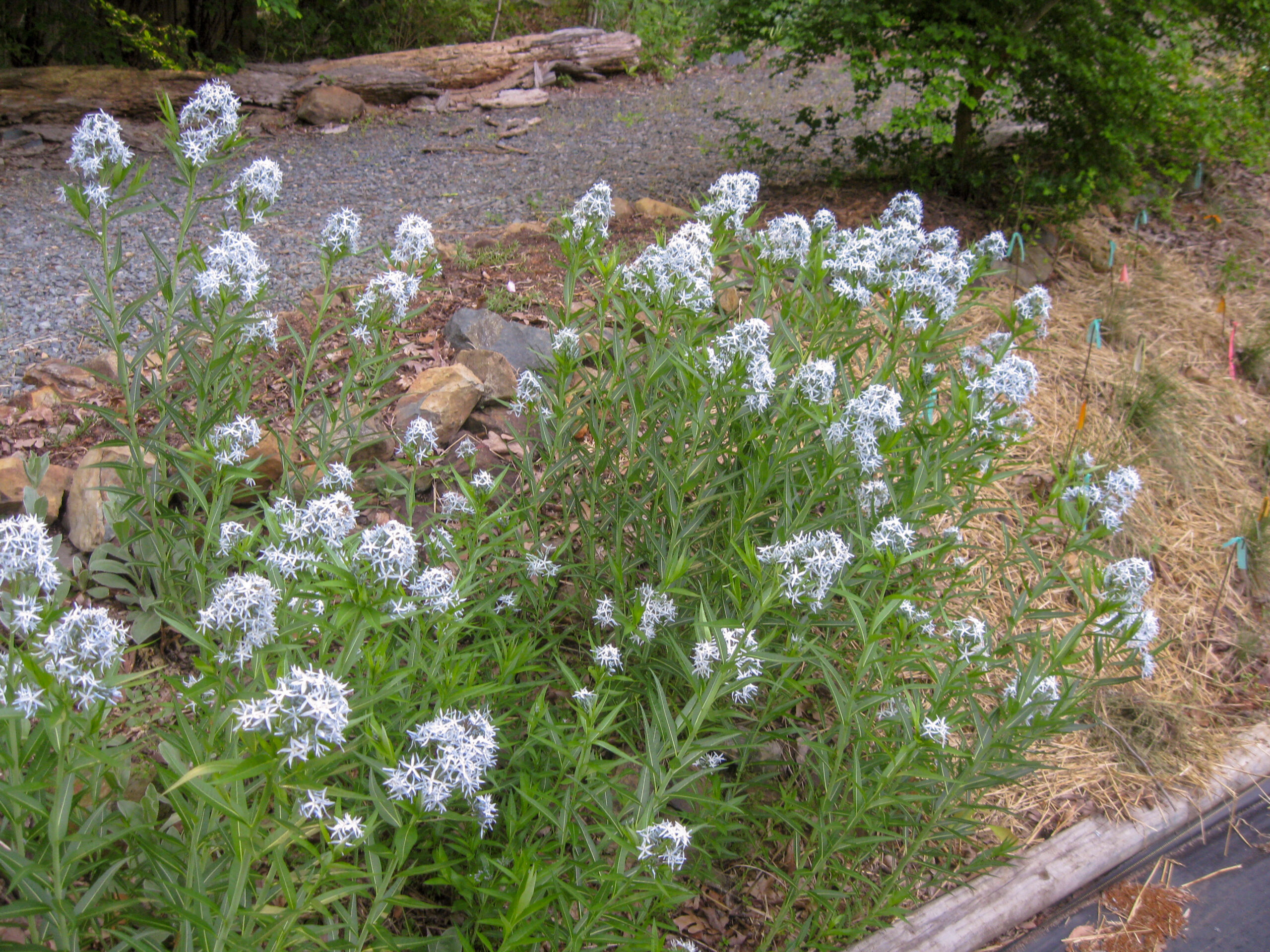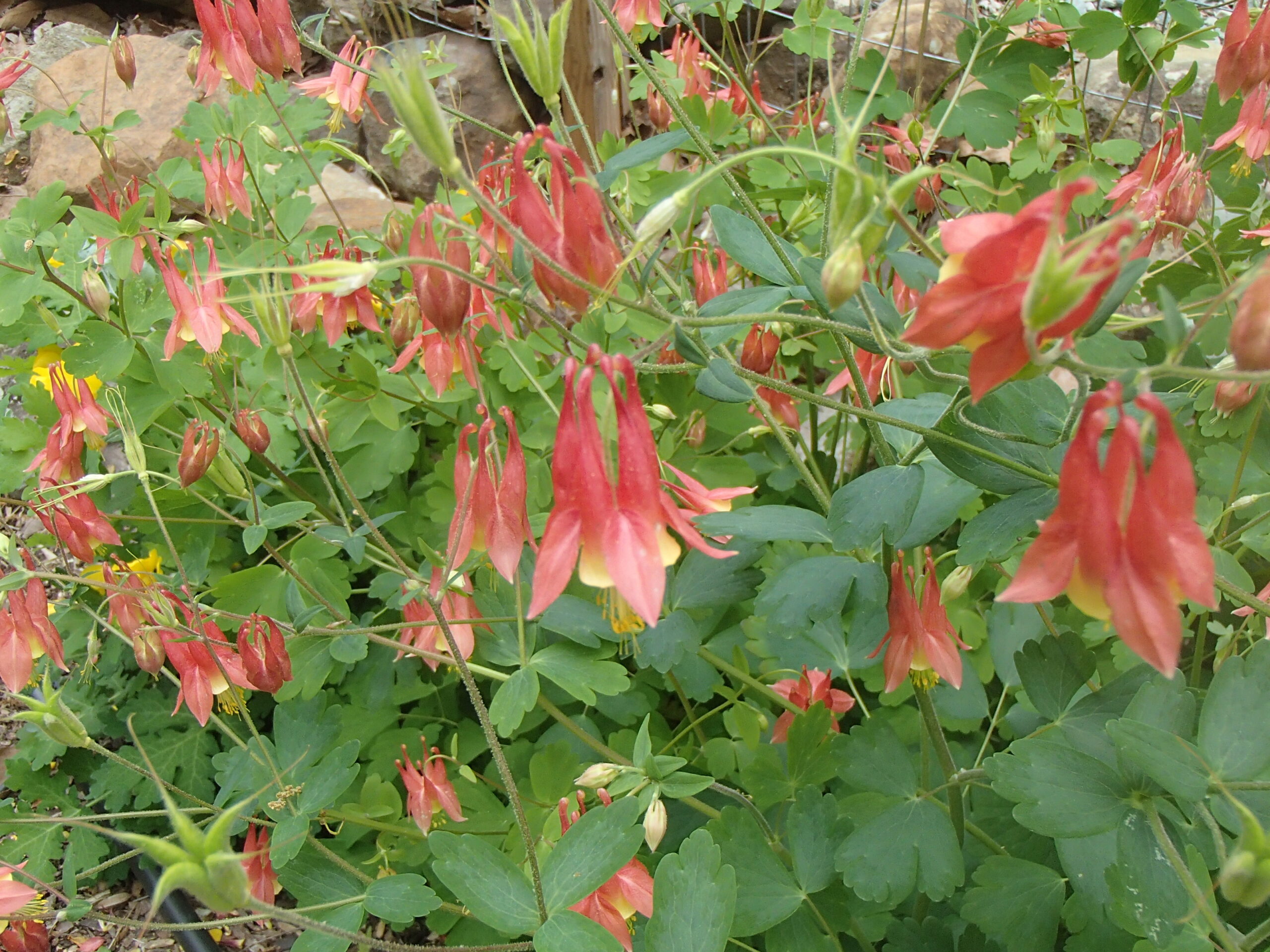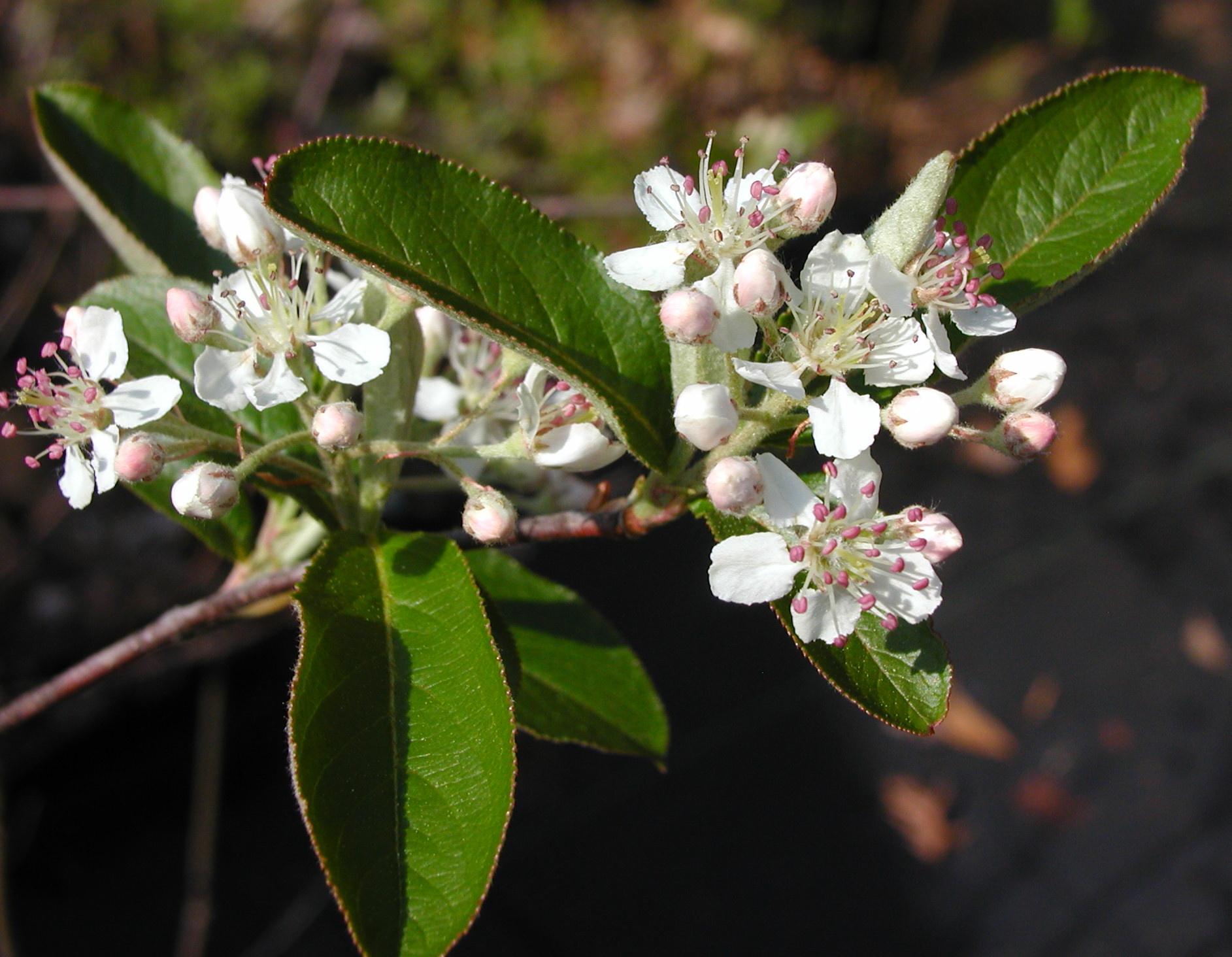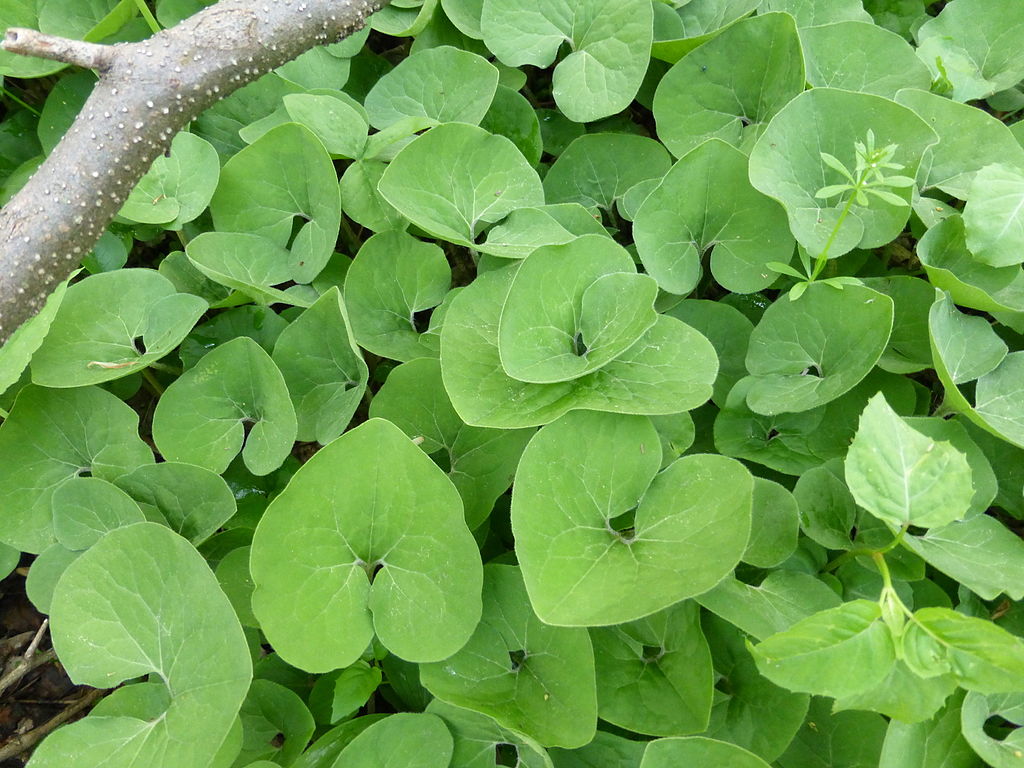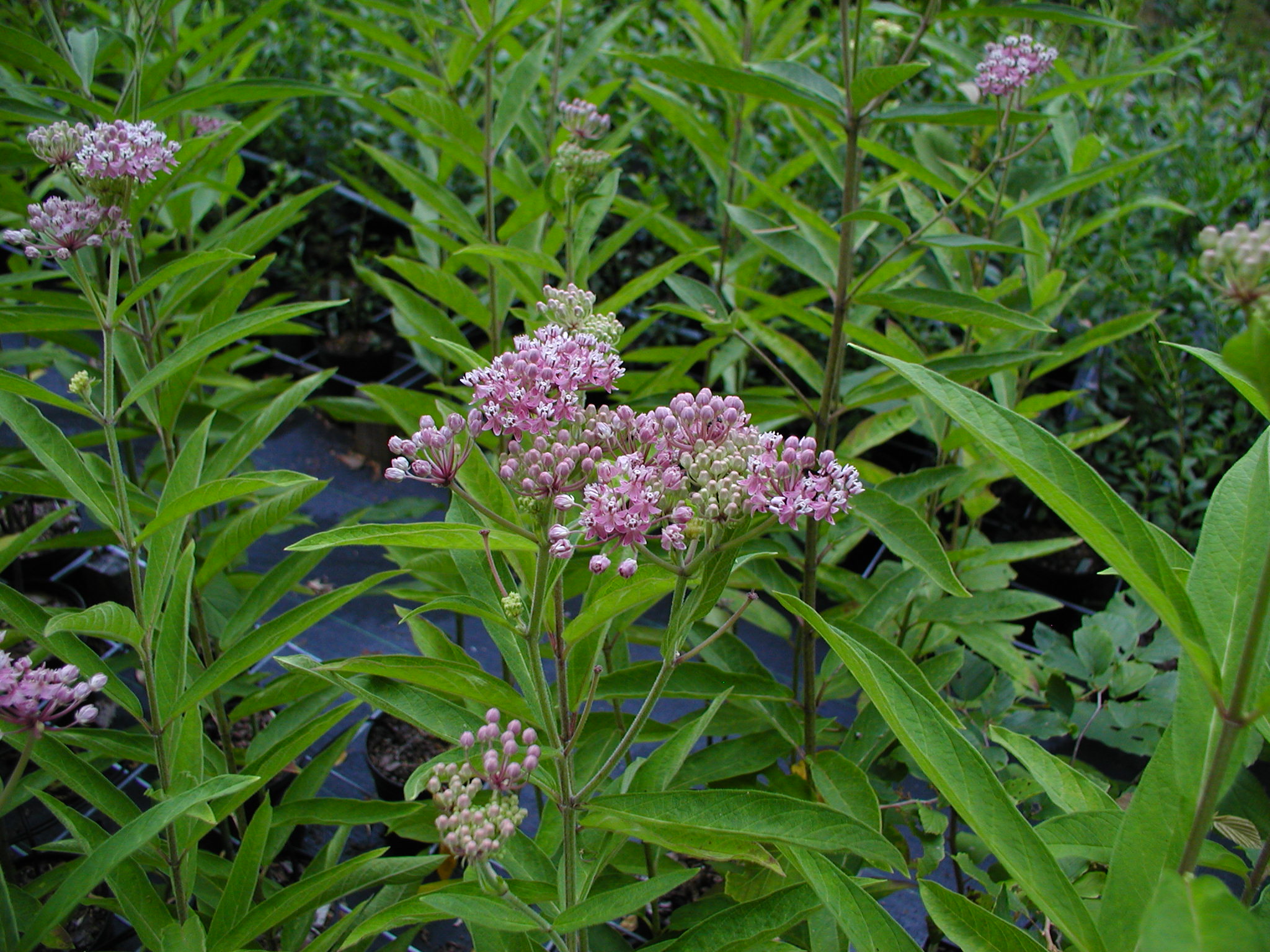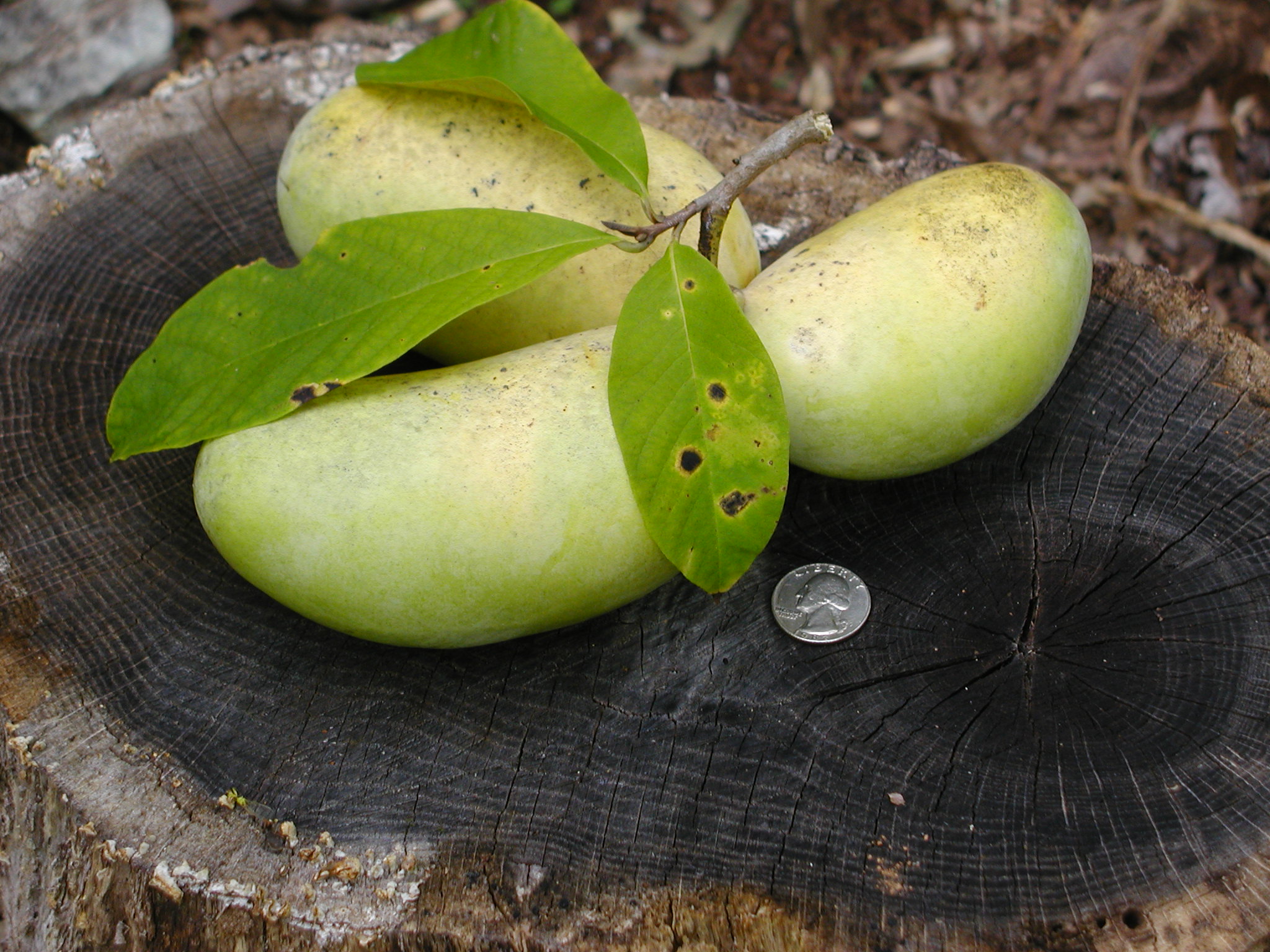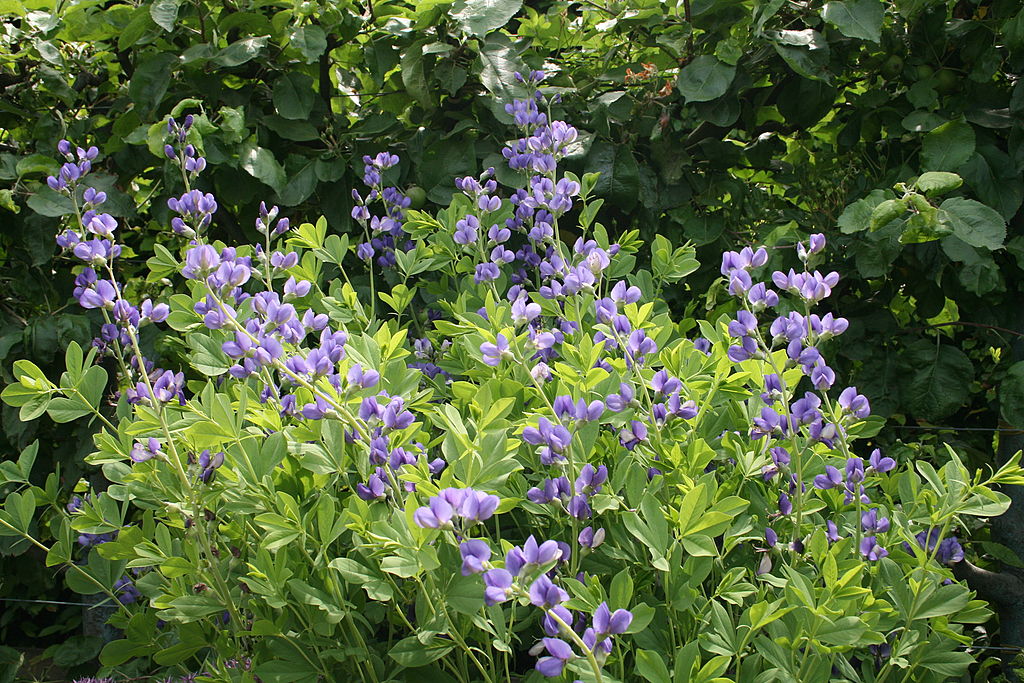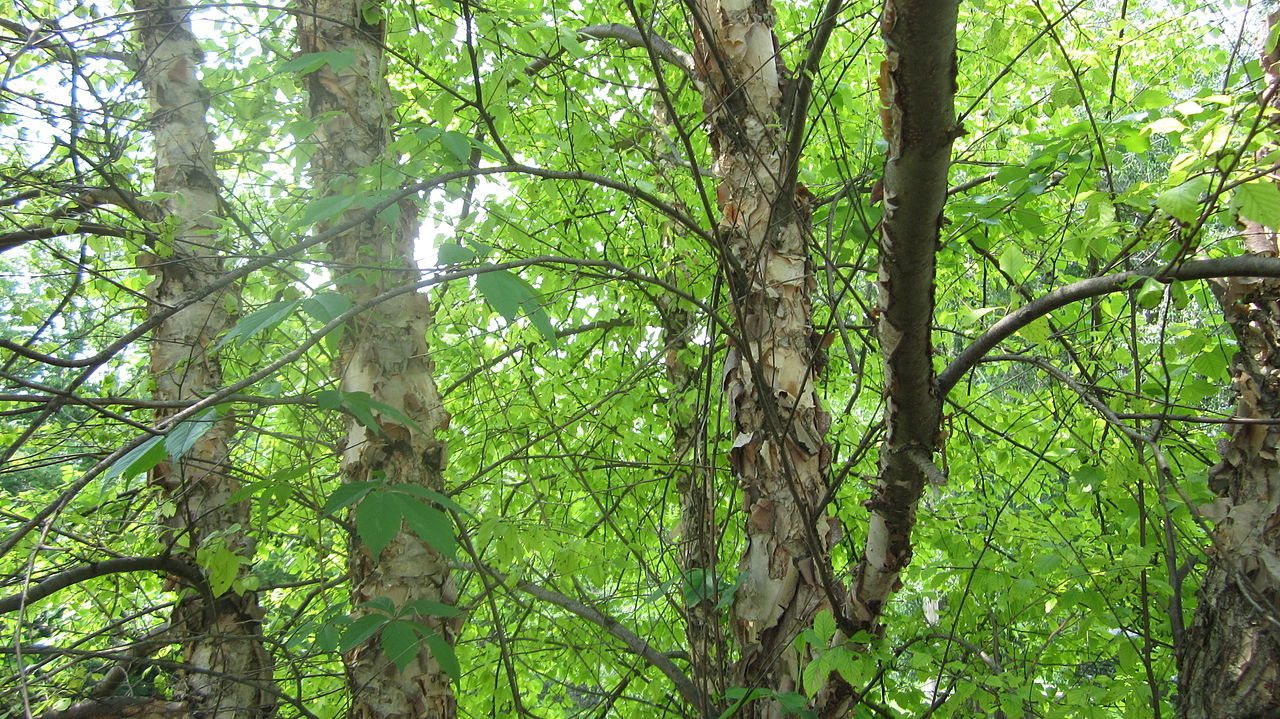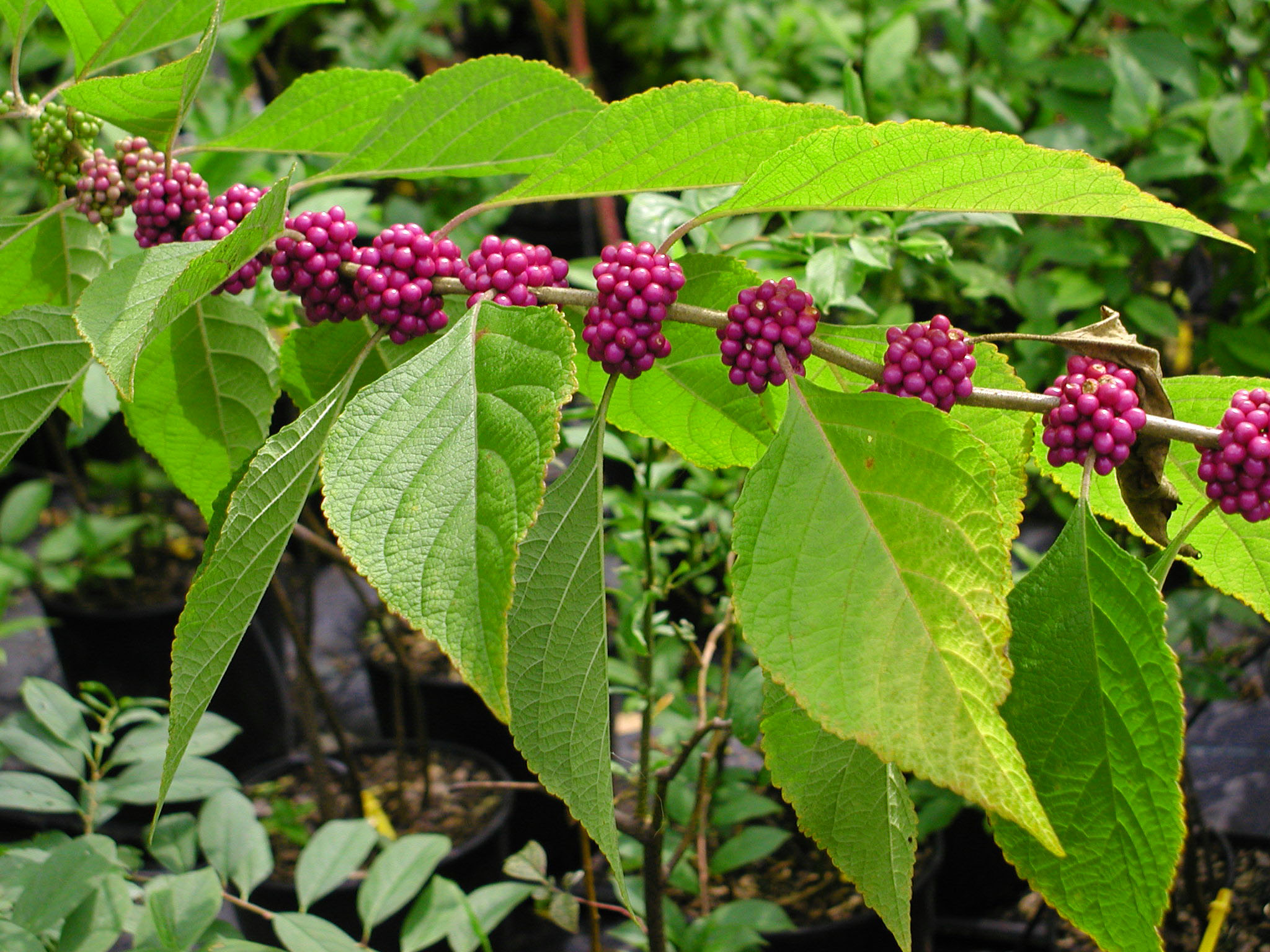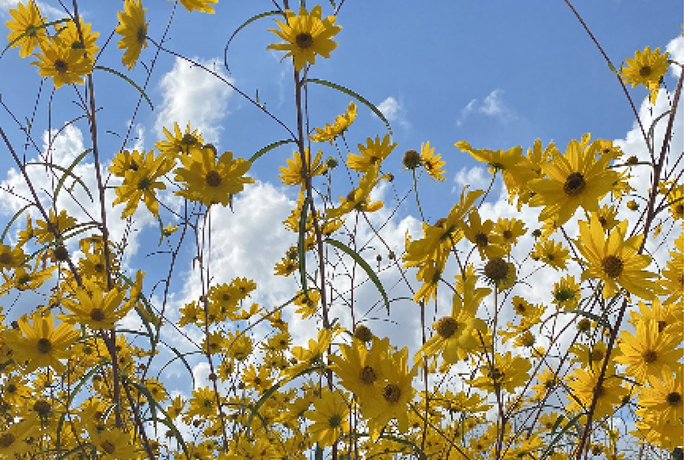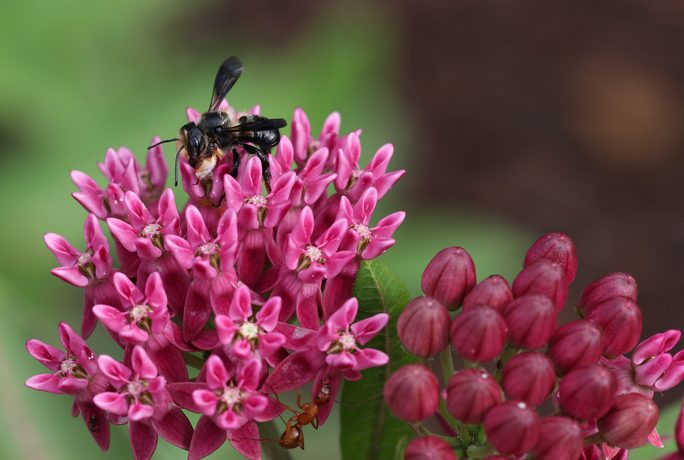NURSERY HOURS
Wednesday: 10-4 Thursday: 10-6 Friday-Saturday: 10-4 Sunday: 12-4
Plants
February 25, 2025
Sabatia kennedyana
Plymouth Rose Gentian is a perennial that occurs in wetlands. This low-growing plant blooms through summer and has pink radial shaped flowers which fade to white towards the middle, then yellow, surrounding a green disc. Flowers can have eleven or more petals. Seed pods start green then turn brown, containing lots…
February 25, 2025
Silphium perfoliatum
Cup Plant stands tall, ascending over its square stem with bright yellow radial flowers, resembling sunflowers. The leaves have a rough texture, have serrate margins, and are arranged opposite on the stems. Higher up the plant, leaves connect forming a cup, giving this plant its common name. Rainwater fills these cups,…
February 21, 2025
Oligoneuron album
When looking at White Goldenrod, one may be tempted to say it’s an Aster or Daisy, and this has also been up for debate for some time. However, the consensus now is that they are goldenrods. Although the blooms resemble asters, the foliage resembles that of other goldenrods, and the plant…
February 6, 2025
Delphinium exaltatum
Tall Larkspur is a quick-growing, late summer blooming perennial that grows in the North Carolina mountains and along the edges of woods. This plant can get up to six feet tall and has an arching habit. As it gets taller, it is a good idea to stalk the plant to prevent…
January 24, 2024
Chelone glabra
Chelone glabra, also referred to as White Turtlehead, is a clumpy, erect, leafy stemmed perennial in the Plantaginaceae family. It is most commonly found in moist areas along stream banks, open woodlands and swampy areas. It prefers full sun to part shade and grows 2-3 feet tall. The white and…
January 24, 2024
Veronicastrum virginicum
Veronicastrum virginicum, also referred to as Culver’s root, is an herbaceous perennial in the Plantaginaceae family. Its native habitat is woods, marshes, along stream banks and prairies, but makes a beautiful statement planted along woodland edges, in rain gardens, meadows, and cottage gardens. It prefers full sun to part shade…
January 24, 2024
Phyla nodiflora
Frogfruit is a charming, rapid growing perennial that serves as a wonderful groundcover, lawn substitute, or is attractive trailing in hanging baskets, pots, or even over boulders. It naturally occurs in wetlands or disturbed areas with moist soil, and may also be planted next to water gardens or as a…
January 24, 2024
Symphyotrichum georgianum
Georgia Aster is a beautiful woody perennial in the Asteraceae family. It is typically found in dry woodlands, along sunny edges or disturbed areas. It is one of the brightest Aster’s, blooming from late September to November, creating a show through the Fall. The flowers appear as small white to…
January 24, 2024
Rhynchospora colorata
Narrowleaf Whitetop Sedge is an evergreen, grass-like perennial native to North America. It is typically found in coastal areas, dunes, swales, and ditches. It tolerates a variety of soil types, although it does prefer for conditions to be particularly moist to wet. It can grow in full sun to part…
January 24, 2024
Salvia azurea
Blue Sage is a clump-forming, perennial wildflower in the Lamiaceae family, typically found in prairies, roadsides, and other open areas. It has wandlike stalks and leaves that have prominent veins on the underside. The flowers are lipped and tubular and show off with a beautiful shade of blue from July…
January 24, 2024
Campanula rotundifolia
Harebell is characterized by it’s delicate but showy light blue to purple flower that appear in spring and summer. It likes a variety of light conditions and prefers the soil to be on the dryer side. Harebell makes a magical appearance in cottage and rock gardens. It looks beautiful planted…
January 24, 2024
Aruncus dioicus
Goat’s Beard is a deciduous, clumping perennial herb in the Rosaceae family. It has erect stems with alternate and serrate dark green leaves. White flowers, male and female on separate plants, appear above the leaves in May and June. The flowers are star shaped and make great cut flowers. Not…
January 24, 2024
Echinacea pallida
Pale Purple Coneflower is an herbaceous perennial in the Asteraceae family. This plant certainly makes a statement, with large pale purple daisy-like flowers that bloom in late spring to early summer. Since it handles dryer soil better, it can also handle being put in containers. Pale Purple Coneflower attracts an…
January 24, 2024
Carex lurida
Lurid Sedge is an evergreen perennial in the Cyperaceae family. Although evergreen, it does appear duller in the hotter months of summer. This sedge prefers full sun to part shade and likes soil that is moist to wet. Being that it prefers wetter soils, that makes it a great addition…
January 24, 2024
Centrosema virginianum
Spurred Butterfly Pea is a climbing herbaceous perennial in the Fabaceae family. Long blooming, purple flowers appear from April through November. Bees and butterflies love this plant, making it a great addition to a pollinator garden. With its long blooming time, it fits well in a patio garden and its…
January 24, 2024
Carex grayi
Gray’s Sedge is an ornamental sedge in the Cyperaceae family. It is characterized by its spiked club shaped seedheads, which start green earlier in the season and slowly turn brown. Gray’s Sedge likes full sun to part shade and can handle wetter soils, making it fit right into a rain…
January 24, 2024
Carex bicknellii
Prairie Sedge is an early spring blooming perennial in the Cyperaceae family. It can handle a variety of moisture conditions, but it can handle dry soil better than most other sedges. This sedge prefers full sun to part shade and is a cool season grower. It makes a great candidate…
January 24, 2024
Boltonia asteroides
False Aster is a fall-blooming perennial in the Asteraceae family. White daisy-like petals, sometimes with pale pink or purple streaks, surround the bright yellow center. The leaves are evergreen, and a silvery green, lanceolate, and opposite. It thrives in full sun, but will also handle part shade. Over time it…
January 24, 2024
Baptisia tinctoria
In the Fabaceae family, Yellow Wild Indigo is an upright, shrubby, herbaceous perennial. It is low maintenance and works well in native cottage gardens, butterfly gardens, meadows, and drought tolerant gardens. The small, pea shaped flowers are showy and gold/yellow, and bloom from late Spring into Summer. The black, pod-like…
January 24, 2024
Baptisia albescens
Spiked White Wild Indigo is a sun-loving herbaceous perennial in the Fabaceae family. This plant has obovate, three-parted leaves that is characteristic of all false indigo, that turn black when dried. In late spring and early summer, spikes of white pea-like flowers make a show. Legume shaped pods make an…
January 24, 2024
Baptisia alba
White Wild Indigo is a long-lived perennial in the Fabaceae family. In late spring, white pea- like blooms appear, followed by puffy bean pods in summer through early fall. As with many legumes, this plant can handle poor soils, and dry conditions. White Wild Indigo is a host plant for…
January 24, 2024
Viola sororia
Common Blue Violet is a semievergreen short lived perennial in the Violaceae family. This plant readily self-seeds, making it a good groundcover. It also handles a bit of foot traffic, so can also be considered as a lawn alternative. The leaves and flowers are edible, and can be eaten raw…
January 24, 2024
Styrax americanus
American Snowbell is a deciduous ornamental shrub in the Syracaceae family. This is a fragrant and dense shrub, making a great addition to a patio or as a privacy screen. The white fragrant bell-shaped flowers attract many pollinators, and it is a host plant for the Promethea Silkmoth. American Snowbell…
January 24, 2024
Rhododendron prunifolium
The Plumleaf Azalea is a semi-evergreen woody shrub in the Ericaceae family. This plant likes part shade and prefers acidic soil, as many things in the blueberry family do. Unlike blueberries, all parts of this plant are highly toxic to humans and pets. Showy orange, pink, red, or white flowers…
January 24, 2024
Optunia humifusa
Eastern Prickly Pear is an evergreen perennial in the Cactaceae family. This cactus makes a great container plant, or will do well on slopes or dry areas. Yellow, orange, or red flowers appear in summer followed by bright red/burgundy fruit. The fruit and the pads are both edible raw or…
January 24, 2024
Chasmanthium latifolium
Part of the Poaceae family, River Oats shimmers beautifully in the wind throughout summer and fall. This ornamental grass is deciduous and blooms from June through October, showing spiked panicles that start off green, fading to tan, then finally to purplish copper. Not only do birds and small mammals love…
January 24, 2024
Cornus florida
Flowering Dogwood is a 15 to 25 foot tall understory tree in the Cornaceae family. This tree likes full sun to part shade, although shade is helpful during the late afternoon in hot North Carolina summers. Flowering from March through May, it has showy pink and white flowers, and is…
January 24, 2024
Achillea millefolium
Yarrow is a deciduous perennial in the Asteraceae family. Enjoying full sun and a variety of moisture conditions, it is often found in meadows, prairies, and roadsides. Deer tend to avoid this plant due to its low toxicity, so keep that in mind when planting if you have pets. Yarrow…
January 24, 2024
Asplenium platyneuron
Ebony Spleenwort is an evergreen perennial fern in the Aspleniaceae family. A small fern, the alternate serrate fronds only come at about 8 inches to one foot and 8 inches tall. If you have a particularly dry and shady area, this is a fantastic plant to consider. Being one of…
January 24, 2024
Viola pedata
Bird’s Foot Violet is a low growing perennial in the Violaceae family. It is considered by many gardeners to be one of the more difficult violets to grow, and unlike most violets it prefers full sun. Light blueish-purple flowers bloom sometime between March and May, and sometimes again in autumn.…
January 24, 2024
Trillium cuneatum
Sweet Betsy’s Trillium is a spring ephemeral in the Trilliaceae family. It prefers part to full shade, and moist well-drained soils. It has large ovate leaves and green, burgundy to maroon flowers. Sweet Betsy’s Trillium is a great addition to any rock garden, shade garden, or woodland garden.
January 24, 2024
Sedum ternatum
Woodland Stonecrop is the only succulent we currently offer at Rachel’s Native Plants, and it’s a special one. In spring to early summer, white flowers hover over fleshy green leaves, attracting many pollinators. Not being picky, it thrives in a variety of light conditions, as long as the soil doesn’t…
January 24, 2024
Tradescantia virginiana
Virginia Spiderwort is a lovely perennial in the Commelinaceae family that comes in shades of blue and purple. Although it prefers soil on the wet side, it can handle both full sun and full shade. Virginia Spiderwort has edible flowers that have sometimes been used in teas. It makes a…
January 24, 2024
Physostegia virginiana
Obedient Plant is a perennial in the Lamiaceae family that you may want to consider if you have a particularly wet area in your garden. Pink, lavender, or white tubular flowers in clusters will grace your garden in late summer to fall. Obedient Plant loves a full sun to part…
January 24, 2024
Lilium michiganense
Michigan Lily is a perennial in the Liliaceae family. It has erect stems with whorled, sword-like leaves. The stems branch off at the top, with as many as eight bright orange, downward facing flowers. This lily prefers sun to part shade, and moist well-drained soils. Michigan Lily has a bright…
January 24, 2024
Iris versicolor
Blue Flag Iris is a perennial bulb in the Iridaceae family. It has blue-green sword-like leaves surrounding an erect stem topped with a showy blue or purple flower with six petals. This iris thrives in full sun to part shade and likes a higher moisture content in the soil. However,…
January 24, 2024
Fragaria virginiana
Wild Strawberry is a semi-evergreen groundcover in the Rosaceae family. It blooms in early spring, showing white flowers that will become edible berries by the end of the summer. Although it can handle occasionally dry soil, it prefers moist well-drained soils. Wild Strawberry, like others in the Fragaria genus, support…
January 24, 2024
Gaillardia pulchella
Blanketflower is a short-lived perennial in the Asteraceae family. Although short-lived, it has a long bloom time, from Spring until the first frost. Flowers are bright red, orange, to yellow and daisy-like. The name Blanketflower comes from the pattern on the petals resembling woven blankets. Propagation is best done by…
January 24, 2024
Caulophyllum thalictroides
Blue Cohosh is an ephemeral perennial in the Berberidaceae family, usually found in oak filled woods. Yellow green flowers appear before the leaves have developed in spring. Leaves start out blue-green then become more green as they mature. In late summer, bright blue berries appear. Although ornamental and great wildlife…
January 24, 2024
Physocarpus opufolius
Ninebark is a deciduous shrub at about five to eight feet tall. In the Rosaceae family, it has pinkish white flowers that bloom late spring to early summer. Leaves are three to five lobed and greenish yellow in the warmer months, turning golden copper in fall. Its dense multi-stemmed habit…
January 24, 2024
Rudbeckia laciniata
Cutleaf Coneflower is a deciduous perennial in the Asteraceae family. Bright yellow daisy-like flowers appear in summer through early fall. The leaves are deeply lobed or “cut” which the common name refers to. As with most coneflowers, this plant prefers full sun to part shade. It can get pretty tall,…
January 24, 2024
Rudbeckia subtomentosa
Sweet Coneflower is a herbaceous perennial in the Asteraceae family. This coneflower likes full sun to part shade, and would love to shine in a cottage garden or cut flower garden. Bright yellow petals surround brown disks in summer and fall, then birds enjoy the seeds after the flowers are…
January 24, 2024
Panicum virgatum ‘Shenandoah’
Switchgrass ‘Shenandoah’ is a cultivar grass in the Poaceae family. Like most grasses, it prefers full sun to part shade. This grass is clumping, dense and can get up to seven feet tall if conditions are ideal, making it a good privacy screen option. Bluish green leaves with red tips…
January 24, 2024
Oenothera tetragona
Northern Sundrops are evergreen wildflowers in the Onagraceae family. Bright yellow cup shaped flowers resembling primrose show over the reddish green leaves in summer. Given its appearance, it would look great in a cottage garden or cut flower garden. Its ability to withstand dryer, rockier soils makes it a good…
January 24, 2024
Mimulus ringens
Allegheny Monkeyflower is a wet-loving herbaceous perennial in the Phyrmaceae family. Purple, pink, or blue flowers are shaped like monkey faces, hence the common name. This plant does best in full sun to part shade and prefers moist conditions with rich soil. Allegheny Monkeyflower would do well next to a…
January 24, 2024
Meehania cordata
Meehan’s Mint is a deciduous perennial vine in the Lamiaceae family. Its creeping habit makes it a great groundcover or green mulch, and it would do well in a shaded pathway. This flower blooms in late spring through early summer with light purple blooms. This species prefers to be in…
January 24, 2024
Liatris microcephala
Dwarf Blazing Star is a stunning summer blooming perennial in the Asteraceae family. This plant loves full sun and can tolerate dryer, rockier soils. This makes it a great consideration for a dry area or rock garden. Purple showy flowers cluster in an erect fashion on this flower. The bright…
January 24, 2024
Illicium parviflorum
Yellow Anise Tree is a broadleaf evergreen shrub or small tree in the Schisandraceae family. This woody shrub can get up to 10 or 15 feet tall and has light green leaves that are fragrant when bruised. With its dense mounding habit, this species makes a great privacy screen or…
January 24, 2024
Filipendula rubra
Queen of the Prairie is a large perennial wildflower in the Rosaceae family. Preferring moist soil, it does well in bogs, rain gardens, and moist meadows. It can tolerate full sun, and even prefers it, as long as the soil does not dry out. The leaves are large and make a…
January 24, 2024
Illicium floridanum
Florida Anise Tree is a broadleaf evergreen shrub in the Schisandraceae family. This shrub or small tree can get to six or ten feet tall and would make a great hedge or border. Preferring part shade to deep shade, it does well in a shade garden, and the leaves can…
January 24, 2024
Gelsemium rankinii
Swamp Jasmine is an evergreen woody vine in the Loginaceae (Gelseminaceae) family. It is very similar to Carolina Jasmine, but this species prefers wetter soil. It blooms first through spring and again in fall. It does well in full sun to part shade, and makes a great privacy screen. Swamp…
January 24, 2024
Erigeron pulchellus
Robin’s Plantain is a biennial or short-lived perennial in the Asteraceae family. Even though it is short lived, it spreads by stolons and self-seeds. In April to June, clusters of lavender or pale pink flowers with yellow disks shine. Given its daisy-like appearance, it would do well in cottage gardens.…
January 24, 2024
Actaea racemosa
Black Cohosh has showy white stamens, attracting many native bees, from May through August. It is a host plant for many butterflies, including the Spring Azure, Holly Blue, and Appalachian Azure. Given its aesthetic, it would look fantastic in a cottage garden. This perennial prefers part to full shade, and…
January 22, 2024
Zenobia pulveralenta
Dusty Zenobia is a deciduous to evergreen shrub in the Ericaceae family. It likes full sun to part shade and can get up to ten feet tall in ideal conditions. In late spring to early summer, cream to white cup shaped flowers point downward, similar to blueberries. Dusty Zenobia can…
January 22, 2024
Vernonia lettermannii
Ironweed is a deciduous perennial in the Asteraceae family. In summer, showy purple flowers reach above the needle-like foliage. Preferring moist, well-drained and occasionally dry soil, this plant is drought hardy. Ironweed does well in rocky soil, making it a good choice for a rock garden. If deer are a…
January 22, 2024
Saururus cernuus
Lizard’s Tail is a stunning deciduous perennial in the Saururaceae family. Blooming in summer, it has a unique appearance. Little fragrant white flowers cluster on a drooping spike, attracting small pollinators. Lizard’s Tail frequently occurs in wetlands, making it a good candidate for areas in your garden that are prone…
January 22, 2024
Symphyotrichum laeve
Smooth Blue Aster is a deciduous perennial in the Asteraceae family. In fall, lavender to blue daisy-like flowers attract butterflies and specialized bees. This plant is a host for Pearl Crescent Butterflies. Smooth Blue Aster likes full sun to part shade and can handle a variety of soil conditions, if…
January 22, 2024
Thermopsis villosa
Carolina Lupine is a deciduous perennial in the Fabaceae family. Showy yellow flowers grace this plant in late spring or early summer, making it a good cut flower. Pollinated by bees, butterflies, and moths, it is a host plant for the Persius Duskywing. It likes full sun to part shade…
January 22, 2024
Ampleaster carolinianus
Climbing Aster is a deciduous woody vine in the Asteraceae family. This plant can handle a variety of soils and moisture conditions, and is deer resistant too! Pink to lavender flowers bloom in late fall, making it the final bang of the growing season. With its dense growing habit, it…
January 22, 2024
Heuchera villosa
Hairy Alumroot is an evergreen perennial in the Saxifragaceae family. Not only can this plant handle a good bit of shade, but it is also black walnut tolerant. Pink to white flowers bloom above the mounding leaves in summer. Leaves are velvety and rosulate, with serrate margins and are gold,…
January 22, 2024
Juncus effusus
Common Rush is an evergreen rush in the Juncaceae family. Green basal sheaths surround the stem of this plant, topped with yellow to copper spiky irregular cymes. Common Rush needs full sun and moist soil to thrive. It would do well in a container as long as it’s well watered.…
January 22, 2024
Coreopsis gladiata
Coastal Plain Tickseed is a deciduous perennial in the Asteraceae family. Bright yellow rays surround a purplish brown disk in summer, but it can bloom longer. Full sun to part shade is this plant’s preference, making it good for a meadow or sunny location. Naturally occurring in wetlands, this species…
January 22, 2024
Carex eburnea
Ivory Sedge is a clumping sedge in the Cyperaceae family. Being low growing, it would be a great alternative to a lawn or used as a groundcover. Mounding, it gets at the most ten inches. Handling a variety of light conditions, it prefers to be in shade during hot and…
January 22, 2024
Carex radiata
Eastern Star Sedge is a cool season grass in the Cyperaceae family. Growing in shady areas, it is a great lawn alternative where sun-loving turf grasses won’t survive. This sedge grows well in wet soil, making it perfect for filling in a rain garden. In spring through summer, white achenes…
January 22, 2024
Caltha paltustris
Marsh Marigold is an herbaceous perennial in the Ranunculaceae family. Found naturally in wetlands, it would do well in a sunny wet location in your garden. Yellow flowers resembling buttercups show April to June. In spring, this plant does well with more sun, but would prefer shade from the hot…
January 22, 2024
Bouteloua gracilis
Blue Grama is a warm-season grass in the Poaceae family. It can get anywhere from six inches to two feet tall and is very drought resistant, but it will use less water if let grown taller, as it provides shade. It is one of the most drought tolerant grasses, as…
January 22, 2024
Bouteloua dactyloides
Buffalo Grass is a semi-evergreen grass in the Poaceae family. Fast spreading in full sun, this grass makes a great lawn alternative. This species is only about eight inches tall and can handle mowing. It does well in clay or loam and is drought tolerant. It can stay green with…
February 27, 2023
Athyrium felix-femina
Athyrium filix-femina, commonly called lady fern, is a deciduous fern that features lacy-cut, erect or ascending, light green fronds which grow in a dense circular shuttlecock-like clump to 2-3′ tall. This is a circumglobal species which is found in rich moist woods, thickets, fields, meadows and ravines throughout northern North America,…
April 10, 2022
Campanula rotundifolia
A delicate perennial with graceful, slender stems, usually in clusters, rising in height from 4-15 in. The stems can be weak so that the entire plant bends over. Its rounded, basal leaves wither early while the narrow, stem leaves remain. Blue-violet bell-shaped flowers hang singly or in clusters along the top…
April 10, 2022
Blephilia ciliata
Downy Wood Mint is a wildflower in the mint family native to the central and eastern part of the U.S.A. Plant it in the full sun to partial shade in well drained soil and enjoy its blue-purple flowers from late spring to mid-summer. Minty leaves can be eaten raw and used…
April 10, 2022
Antennaria plantaginifolia
Antennaria plantaginifolia, or Pussytoes, is a herbaceous perennial, native ground cover in the Asteraceae family. The plant consists of a basal rosette of leaves and an erect stem bearing the flowers. It does best planted in full sun in lean, dry rocky soil with little organic matter. It suffers in soils…
April 10, 2022
Andropogon ternarius
Splitbeard Bluestem is an attractive grass that adds great winter texture to any garden, especially for the southern gardener. Native to open fields in the South, Splitbeard Bluestem is happiest in full sun, hot temperatures and poor soils. It can grow up to three feet tall with a spread of one…
April 10, 2022
Andropogon glomeratus
Bushy Bluestem is a tufting, sturdy, warm-season grass that may grow 2 to 6 feet in height. Interesting, beard-like flowers appear in fall. This plant prefers moist to damp sites and is not drought tolerant & has high flammability (do not plant near your home). This plant has green leaves in…
April 10, 2022
Actaea racemosa
Black Cohosh is an upright rhizomatous perennial native to eastern North America. It is found in a variety of woodland settings from Maine south to Georgia and west to Missouri and Arkansas. It prefers rich moisture-retentive soils in partial to full shade and can be slow to get established. Ideally, it…
November 14, 2021
Quercus michauxii
Swamp Chestnut oak is a tall tightly crowned oak with a very large trunk. The common name of the chestnut oak comes from the resemblance of the leaves to those of a chestnut. Generally growing between fifty and one hundred feet tall, the Swamp Chestnut Oak has been know to reach…
November 14, 2021
Prunus serotina
The Black cherry is an important southern tree for both wild life and commercially. Young black cherries tend to have a conical crown but when given enough room, the mature trees develop long limbs and arching branches giving it an oval shaped crown. The Black cherry’s fall foliage is a golden…
November 13, 2021
Packera aurea
Golden Ragwort is a very versatile flowering perennial member of the Asteraceae which we have found useful in various garden circumstances. It is native to the entire Eastern half of the U.S., and in North Carolina it is reported to occur in mountain and piedmont counties. While USDA says it occurs…
November 13, 2021
Muhlenbergia capillaris
Pink Muhly grass is a very showy, clump-forming, warm season perennial grass that can get to two or three feet tall and just as wide, and to 4 feet or more when in flower. The stems and leaves are thin, wirelike and upright, protruding from a basal clump, sprouting up almost…
November 13, 2021
Lyonia mariana
Piedmont Staggerbush is a cute little shrub, averaging three to six feet tall. It is an upright shrub with alternate, simple, and oblong leaves. The flowers bloom in clusters of racemes of columnar-shaped, white to pink flowers. It grows well along marshes and shrubby swamps, but also wood edges and well-drained…
November 12, 2021
Kosteletzkya pentacarpos, previously known as Kosteletzkya virginica
Seashore Mallow is a lovely, salt tolerant herbaceous perennial (some call it a subshrub) native to the Eastern shore of the U.S. The toothed, roughly triangular leaves and stems are softly hairy with tiny stellate (star-shaped) hairs. An obligate wetland plant, it thrives in full sunlight and wet soil. It is…
November 12, 2021
Mertensia virginica
Virginia Bluebells is a magical spring ephemerel plant, an absolute must for every garden with a spot of shade! It is an early spring riser with soft, floppy, grey-green, oval shaped leaves. The flower buds are pink, bluish pink or lavender as they uncoil near the top of each stem, then…
November 5, 2021
Erythronium americanum
Recognized by its paired, green-and-brown/maroon spotted leaves (like trout), the Trout Lily is sometimes called Dogtooth Violet for its white underground corm. Trout Lily is a lily, not a violet. It is a common spring ephemeral wildflower that grows in woodland colonies in Eastern North America, except for Florida. In North…
August 2, 2021
Aronia prunifolia
Aronia prunifolia or Purple Chokeberry is a natural hybrid between A. arbutifolia (Red Chokeberry), and A. melanocarpa (Black Chokeberry), a more mountainous species. All three Chokeberries have very diferent distribution maps. Purple Chokeberry is much less abundant than the Red Chokeberry. It is much like Red Chokeberry in habit, that is,…
August 2, 2021
Adiantum capillus veneris
Southern Maidenhair Fern is a clumping, deciduous fern cultivated worldwide for its delicate, frilly looks and hardy nature. It is native to a huge part of the Earth, in temperate and tropical regions from the Southern half of the U.S. to Central America, South America, Europe, large parts of Asia and…
July 1, 2021
Arisaema triphyllum
Jack in the Pulpit is easily recognizable and is a unique spring ephemeral. The fleshy stalk and leaves lend an almost tropical aura to the plant. This perennial plant is about 1-2′ tall and wide. It loves part to full shade in woodland gardens and moist to wet conditions. Flowering plants…
June 20, 2021
Monarda punctata
Horsemint or Spotted Beebalm is an erect, mostly unbranched, perennial wildflower, instantly recognized by its unusual “stacked” arrangement of multiple whorls of two-lipped, cream-colored, purple-speckled tubular flowers on the same stem. Each whorl is subtended by attractive and persistent pink to lavender leaf-like bracts. Leaves are narrow with a fine grayish-white…
June 18, 2021
Gelsemium sempervirens
Carolina Jessamine is a vigorous, evergreen, high-climbing woody vine native from Virginia to Florida, west to East Texas and down into Central America. It is a staple ornamental in the south because it has bright golden, fragrant flowers attractive to bees, butterflies and birds, including hummingbirds. Jassamine is a twining vine,…
April 29, 2019
Allium cernuum
Nodding Wild Onion is a delightful member of the onion family, a perennial herb which is beautifull as well as hardy and well behaved in the garden. Flat, grass-like leaves emerge as a clump from rhizomatous bulbs, followed by taller, round, leafless flowering stalks which bend over, dangling clusters of dainty…
April 29, 2019
Chrysogonum australe
Green-and-Gold, of which there are several forms, is a hardy, low-growing, long-blooming herbaceous perennial found along woodland edges and clearings on the East coast from New York south to Florida and west to Louisiana. With attractive, semi-evergreen foliage, bright yellow 1.5-inch daisy-like flowers on fuzzy stalks for much of the growing…
April 29, 2019
Diervilla ‘Troja Black’
Mountain or Georgia Bush Honeysuckle is a selection of our native Bush Honeysuckle, a small shrub endemic to our southern Appalachians. This low, spreading shrub (3-4’h x 3-5’w) with an arching habit grows well in full sun to part shade at lower elevations like our Piedmont as well as in the…
April 29, 2019
Eryngium yuccifolium
Rattlesnake Master is a forb characteristic of the tall grass prairie but it is native to the eastern portion of the U.S. south of West Virginia. It has unusual form — some say architectural — as well as color (greyish green throughout), reminding one of a desert plant. Rattlesnake Master has…
April 29, 2019
Franklinia alatamaha
One reason the Ben Franklin tree is grown is because it is attractive: fragrant, 3-inch flowers with delicate white petals and thick, bushy golden stamens, and foliage that is handsome, with outstanding fall coloration (red, purple, orange). But mostly it is grown because it is rare and has a great story.…
April 29, 2019
Hamamelis virginiana
Common Witchhazel is a deciduous shrub 12-18′ tall, and sometimes taller, famous for producing its aromatic, crinkly yellow flowers as it drops its foliage in late October/early November. Seeds from the previous season are ready for dispersal at the same time, and are expelled with some force from their capsules. Witchhazel…
April 29, 2019
Helianthus ‘Mellow Yellow’
Swamp Sunflower is a clump-forming, upright, late-blooming perennial sunflower — the latest flowering of the sunflowers (October and even November). It is found in bottomlands, swamps, and other natural wet habitats as well as in disturbed wet areas, on roadsides and in ditches. It thrives in full sun in moist soils…
April 29, 2019
Hibiscus coccineus
Although Scarlet Rosemallow in nature grows in wet places (the Wetland Indicator Status is “Obligate”), this herbaceous perennial thrives in upland gardens, and should be invited to do so! Adjectives such as “statuesque” and “architectural” come to mind. If given a sufficiently large sunny space, Rosemallow will express its full natural…
April 29, 2019
Hibiscus laevis
This plant is not currently for sale. This is an archive page preserved for informational use. The Halberdleaf Rosemallow is a big (3-6 feet), wet-loving herbacious perennial found in a few coastal and piedmont counties in NC but which is much more common in the Mississippi River valley and midwestern…
April 29, 2019
Hibiscus moscheutos ‘moscheutos’
Crimson-eyed Rosemallow is a robust wetland herbaceous perennial native to most of Eastern North America up to New York. It is shrub-like, with multiple, unbranched stems 3-7′ in height. Large, single flowers occur in upper leaf axils, with delicate petals ranging from white to pink but always with a maroon “eye”.…
April 29, 2019
Hibiscus moscheutos ‘palustris’
This plant is not currently for sale. This is an archive page preserved for informational use. There is disagreement and confusion about whether Hibiscus moscheutos and Hibiscus palustris constitute separate species, subspecies, or varieties, and we are not in a position to clarify! We are proceeding with propagating and selling…
April 29, 2019
Hydrangea quercifolia
Oakleaf Hydrangea, the quintessential flowering shrub for the native garden, is a deciduous shrub native to our southeastern states with outstanding ornamental value. Its growth form is broad, rounded, with lower stems sweeping the ground; with beautiful exfoliating bark and bold, handsomely lobed, deep green leaves, holding aloft great pyramidal, fragrant…
April 29, 2019
Lonicera ‘John Clayton’
This plant is not currently for sale. This is an archive page preserved for informational use. John Clayton’ is a cultivar of Coral Honeysuckle’s forma sulphurea (yellow form). It has the same charming leaf forms as Coral Honeysuckle and lovely warm yellow 2-inch trumpet-shaped flowers. It blooms in late spring,…
April 29, 2019
Phlox ‘Jeana’
Garden Phlox is a staple of the late summer and early fall garden and ‘Jeana’ is a super-rewarding cultivar of it to grow. It provides wonderful color with its bright pink, aromatic flower clusters, attractive to people, butterflies and hummingbirds alike. Named after a woman in Nashville who identified this genotype,…
February 28, 2019
Vaccinium corymbosum
The beloved Highbush Blueberry is a deciduous shrub native to much of Eastern North America, with outstanding landscape value over three seasons. It’s clusters of dainty, hanging, bell-shaped, white-pink flowers are lovely in spring, followed by tasty blue berries that ripen in summer. These are valued by humans, birds, and smaller…
February 28, 2019
Vaccinium darrowii ‘Rosa’s Blush’
Rosa’s Blush’ is a cultivar of a small Vaccinium species native to sandy pinelands and sand dunes in counties along the Gulf Coast as far West as Louisiana, and frost tolerant to zone 8a (some say, zone 7). There is disagreement as to whether this shrub should be grown for its…
February 28, 2019
Viburnum acerifolium
Mapleleaf Viburnum is native to much of Eastern North America, inhabiting upland, dry woods. In NC, it is reported in mountain and piedmont counties only. It is a smaller member of the Viburnum genus, averaging only 4-6 feet tall. It suckers strongly, however, and forms colonies of sparsely branched shoots, and…
February 28, 2019
Viburnum dentatum
Southern Arrowwood is a dense, 8-10-foot shrub native to Eastern U.S. It is composed of many upright, spreading, straight stems and bears typical-Viburnum 3-inch, flat-topped corymbs of small creamy white flowers followed in mid-summer by blue-black seeds which generously support a range of birds and other animals. It is so useful…
February 28, 2019
Viburnum nudum
Possumhaw Viburnum is a 12-15-foot tall (some report up to 20 feet) x 12-15-foot wide, deciduous, wet-tolerant shrub of surprising ornamental value found in Eastern states from Texas north to Canada. It ioccurs in all three NC zones, mountains, piedmont and coastal plain, though in the mountains the quite similar Viburnum…
February 28, 2019
Viburnum opulus
This plant is not currently for sale. This is an archive page preserved for informational use. Cranberrybush Viburnum or Highbush Cranberry is a dense, arching, deciduous shrub six to ten feet (or even taller) native all across Canada and our northern states down as far as a couple of counties…
February 28, 2019
Viburnum prunifolium
Smooth Blackhaw, native to much of mid-latitude Eastern and central U.S., is a large deciduous shrub or small tree which usually grows to around 15 feet tall and wide, but if grown as a single-stemmed tree form, it can reach up to 30 feet. It thrives in full sun to part…
February 28, 2019
Viburnum rafinesqueanum
This Viburnum — with its showy, flat-topped or domed white flowers and opposite, toothed leaves typical of Viburnums — stands out from its cousins because in addition to being handsome, it is a well behaved, small (6-foot) shrub that plays well with others. Two of them have volunteered on our property…
February 28, 2019
Viburnum rufidulum
Rusty Blackhaw is one of our Southern woodland viburnums whose range is central and southeastern U.S. In NC it occurs mostly in piedmont and coastal plain counties. It is a deciduous, dense, showy, highly arching understory shrub or small tree. Mature height is about 18′, but can be taller if grown…
February 28, 2019
Wisteria frutescens ‘Amethyst Falls’
Wisteria frutescens is a deciduous, woodland flowering vine 25 – 30′ in length, native to the coastal plain along our southeastern states, around along the Gulf coast over to Louisiana and up the Mississippi Rivery valley to Arkansas and Kentucky. It grows in damp habitats. The forest-threatening, thuggish Asian wisterias (both…
February 28, 2019
Xanthorhiza simplicissima
Xantho (yellow) rhiza (root) simplicissima (most simple, as the stems are unbranched) — what a wonderful name!! — is a very interesting, deciduous, rhizomatous subshrub native to shady, damp depressions and stream banks in wooded habitats throughout the mountains and piedmonts of our Southeastern states. It has lacy foliage to a…
February 28, 2019
Yucca filamentosa
Adam’s Needle is a broadleaf evergreen, suckering shrub from the Southeastern states. Although stemless, it has a rosette of stiff, sword-shaped leaves with loose filaments attached at the leaf margins, which distinguish it from other members of the genus. While these leaves reach only 2-3 feet in height, the flower stalks…
February 28, 2019
Zizia aurea
Zizea aurea, or Golden Alexander, is an herbaceous perennial found in piedmont and mountain counties of NC but is much more widespread in the midwest, north central and northeastern states. It consists of 30-inch, branching, erect, reddish, ridged stems which, like others in the carrot family, are hollow between the nodes.…
February 28, 2019
Sisyrinchium angustifolium
Blue-Eyed Grass is a graceful and fetching herbaceous perennial in the Iris family which resembles a small bunch grass — until it flowers. Blue, 6-parted, with pointed tepals (petals and sepals) with golden centers, the distinctly not-grassy flowers are held on flattened, branched flower stalks just a bit above the straplike…
February 28, 2019
Solidago caesia
Wreath (or Bluestem) Goldenrod could have been so named for its plant form, growing to 2-3′ in gracefully arching, mostly unbranched shoots with bright flowers positioned in the axils of leaves all along the stems. It is smaller and less aggressive than most of its cousins, and more suitable for cultivation…
February 28, 2019
Solidago odora
Sweet Goldenrod is found in open woods and savannahs in coastal states from New Hampshire south to Florida and over to east Texas, and inland as far as Missouri. (In northern Florida there is a separate subspecies, Chapmanii.) It occurs in most of the counties of NC. Sweet Goldenrod grows to…
February 28, 2019
Spigelia marilandica
This plant is not currently for sale. This is an archive page preserved for informational use. Indian Pink is a beautiful and unique herbaceous perennial which is currently enjoying great popularity among native plant gardeners. This is a good thing as North Carolina lists it as Endangered and Natureserve lists it…
February 28, 2019
Spiraea tomentosa
Our area (NC and surrounding states) represents the southern tip of the range for this shrub, which is much more common to the north. In NC and Va it occurs in some mountain counties and some coastal plain/lower piedmont counties. The common name “Steeplebush” reflects it’s pink steeple-like blooms in late…
February 28, 2019
Staphylea trifolia
American Bladdernut is an interesting understory shrub or small tree found in sometimes large colonies in Piedmont bottomlands and woodland thickets from the eastern mountains and piedmont into the midwest as far as Kansas and Oklahoma. It is not difficult to identify: Bladdernut typically grows 10-15′ tall, with opposite, trifoliate leaves,…
February 28, 2019
Stokesia laevis
This super-attractive, butterfly-drawing herbaceous perennial is small (1-2′ high x 1-2′ wide) with large (2-3 inch) very showy, usually single flowers ranging from cornflower blue (most often) to lavender and even, occasionally, white. The flower structure of Stokes aster reflects its membership in the Aster family: deeply notched blue or lavender…
February 28, 2019
Asclepias verticillata
Whorled Milkweed is a tough, attractive herbaceous perennial easily grown in dry, sunny locations in naturalistic as well as garden settings. It is on the small side, reaching 2.5 feet high and wide, with bright white flowers and delicate, whorled foliage. Like all Milkweeds, it is toxic to livestock, so it…
February 28, 2019
Itea virginica
Iteaceae is a family of only one genus of trees and shrubs, and of the 27 species in that genus, Itea is the only one found in the U.S. (the vast majority of the others being from east Asia). Virginia Sweetspire, as often known as Itea, is a versatile and lovely…
February 28, 2019
Penstemon digitalis
This herbaceous perennial is most rewarding to grow. From an attractive persistent basal rosette, vigorous, sturdy stems with dark green foliage rise to about 3 feet, terminating in branched panicles of numerous, showy, bright white, 1-inch tubular flowers which last a long time for an early season plant (spring to early…
February 28, 2019
Stylophorum diphyllum
Beautiful Wood Poppy is reported in a number of scattered counties centering on Kentucky, Indiana, and Illinois, peripherally in Tennessee and Virginia — close to, but not actually occurring in NC. Named (“diphyllum”) for a pair of deeply lobed leaves just below the 1-2- inch bright yellow, delicate flowers, the Wood…
February 28, 2019
Symphoricarpos orbiculatus
Coralberry is a very showy colonial shrub native in the eastern and central United States, as well as central Canada (Ontario) and northeastern Mexico. It reaches 4+ feet, with smooth, opposite, dull green, oval-shaped leaves and shreddy bark. Greenish white flowers are tucked under the leaves in early summer, developing later…
February 28, 2019
Symphyotrichum cordifolium
The common Blue Wood Aster (of which ‘Avondale’ is a cultivar) is an herbaceous perennial native to a huge swath of north-central-eastern North America, and the counties in NC where it is reported represent the southeastern tip of its range. Found in dry to moist (well drained) deciduous woodlands and woodland…
February 28, 2019
Symphyotrichum oblongifolium ‘October Skies’ and ‘Raydon’s Favorite’
Aromatic Aster is a tried and true source of stunning blue color in the late season perennial garden, where it is seen to play dramatically against rich fall yellows and golds and oranges. It is shrub-like and bushy, compact, reaching 1-2+ feet and usually totally covered in blooms for up to…
February 28, 2019
Taxodium ascendens
Pond Cypress is a deciduous conifer of our Southeastern states which roughly resembles (and is considered by some to be a variety of) Taxodium distichum, or Bald Cypress (See our entry for T. distichum). There are similarities between the two, such as their amazing soil moisture adaptability from standing water to…
February 28, 2019
Taxodium distichum
Bald Cypress is a stately and long-lived deciduous conifer found throughout the swamps and riparian areas of the southeast, famous for its knobby “knees” and flared or buttressed trunks. It is important for most of us non-swamp dwellers, though, because Bald Cypress can also thrive in well drained upland soils. Since…
February 28, 2019
Tiarella cordifolia collina
Foamflower is a beautiful, clumping flowering perennial with immense versatility for shady gardens, featuring racemes of starry florets with a “foamy” effect above foot-tall mounds of attractive basal foliage. The leaf shape may vary from almost heart-shaped to deeply lobed with pronounced venation, and the leaf veins are often tinged with…
February 28, 2019
Tiarella cordifolia cordifolia
Foamflower is a beautiful, clumping flowering perennial with immense versatility for shady gardens, featuring racemes of starry florets with a “foamy” effect above foot-tall mounds of attractive basal foliage. The leaf shape may vary from almost heart-shaped to deeply lobed with pronounced venation, and the leaf veins are often tinged with…
February 28, 2019
Uvularia perfoliata
This plant is not currently for sale. This is an archive page preserved for informational use. Bellwort is a beautiful understory wildflower that sprouts up delicate green in early spring (April) in shady, dry-to-mesic woods or wooded gardens in piedmont and mountain counties in North Carolina. Found from Massachusetts southward, it…
February 28, 2019
Vaccinium arboreum
This plant is not currently for sale. This is an archive page preserved for informational use. Sparkleberry or (Farkleberry) is an attractive, tough, underused woodland shrub usually eight to ten feet in height, though occasuinally it takes on a tree form. It is found in dry woods and open forests from…
September 17, 2018
Sarracenia minor
The Hooded Pitcherplant, native to the bogs of NC, SC, GA and FL, is a smallish pitcherplant, 8-16 inches tall. The pitcher consists of a green tube or trap which expands gradually from base up towards the hood; then, in an unbroken line, the hood arches smoothly, closely and protectively over…
September 17, 2018
Sarracenia purpurea
Sarracenia purpurea, or Purple Pitcherplant, differs from (most, not all) other species in this genus in several ways. Its pitchers are decumbent rather than upright, squatty and with a large lip; they are open to the sky instead of being protected by a hood, and are therefore probably full of water…
September 17, 2018
Sarracenia rubra
Although the Sweet Pitcherplant has a fragrant, maroon-colored flower at the top of a leafless stem, usually taller than the pitchers (about 10 inches), it is not the flower that fascinates people. The hollow pitchers of this insectivorous perennial plant are leaves modified to passively capture small animal creatures. Insects attracted…
September 17, 2018
Pinckneya bracteata (formerly Pinckneya pubens)
Fevertree is a large, graceful, deciduous shrub or small tree valued in the landscape for its rich green foliage and a long lasting display of beautiful pink in midseason. While the actual flowers of the Fevertree are greenish yellow and inconspicuous, these are surrounded by large, showy, whitish to deep rose…
September 17, 2018
Podophyllum peltatum
The Mayapple is a foot-tall herbaceous perennial that grows in open mixed deciduous hardwood forests and alluvial woodlands and meadows in much of eastern U.S. It is valued for what it does best, which is to form dense colonies in part to full shade, usually from the rhizomes of a single…
September 17, 2018
Polemonium reptans
Jacob’s Ladder is a sweet herbaceous perennial wildflower not common in N.C. (only in 2 counties), but native to rich, moist woodlands in much of Eastern North America. The flowers are a dainty, bright shot of blue on 1 -1.5 foot high spray of foliage in a spring garden. From April…
September 17, 2018
Polygonatum biflorum
Solomon’s Seal is a graceful plant which enriches the woodland haitat without competing with the larger specimens there. It grows slowly but surely in the deer-protected understory to be a beautiful show throughout the growing season. The individual plant is an arching single stem with alternate, shiny leaves and pairs of…
September 17, 2018
Polystichum acrostichoides
Common in forested stream bottoms and damp slopes and ravines across Eastern North America, Christmas fern is the workhorse fern for gardens and naturalized areas in the mid-Atlantic region. It is a sturdy, attractive, medium sized (2 foot) fern which is evergreen (though the fronds fall flat on the ground in…
September 17, 2018
Pycnanthemum virginianum
Virginia Mountain Mint is an herbaceous perennial of the Mint family found mostly in north central and north eastern U.S. Two counties in NC are among a very small handful of counties reporting this plant in the southeast. Nevertheless, we are respectful of its potential value in our landscape for a…
September 17, 2018
Rhododendron atlanticum
Dwarf Coastal Azalea, one of the smaller native azaleas at about 6 feet (with more exposure to light, usually on the order of 4 feet), occurs in sand hill and coastal communities from southern New Jersey to Georgia. It is adorned in spring (April, May) with clusters of wonderfully aromatic, funnel-shaped…
September 17, 2018
Rhododendron flammeum (synonym Rhododendron speciosum)
The Oconee or Piedmont Azalea is a beautiful deciduous shrub native to woods, slopes, sandhills and edges of stream banks in a few counties in the piedmont of South Carolina and Georgia. It is easy to remember this shrub: Native to a hot area, it is exceptionally heat and drought tolerant…
September 17, 2018
Rhododendron periclymenoides (synonym R. nudiflorum)
The Pinxter Azalea is a deciduous native azalea famous for it’s stunning flowers all the way from New Hampshire to Alabama. In NC, it is present in most counties of the state except for the highest mountain counties and the swampiest counties in the northeast corner. Pinxter Azalea’s funnel-shaped flowers, with…
September 17, 2018
Rhododendron viscosum
Swamp Azalea is a shrub up to 8 ft tall at maturity with an upright, loosely branched, multi-stemmed habit and a tantalizing, musky floral scent in late spring. Clusters of very fragrant bright white (often with pink accents), trumpet-shaped flowers with five petals, slender tubes and elegant, exserted stamens appear in…
September 17, 2018
Rhus aromatica ‘Gro-low’
Rhus aromatica, or Fragrant Sumac, is a deciduous, thicket-forming shrub found in dry, open woods in most states of eastern U.S. (In NC, it is found mostly in piedmont counties.) Fragrant Sumac has a variable, sprawling, irregular form. It is reported by some to grow as tall as 12 feet in…
September 17, 2018
Rudbeckia fulgida ‘Goldsturm’
This plant is not currently for sale. This is an archive page preserved for informational use. Black-Eyed Susan ‘Goldsturm’ — sometimes called “Orange Coneflower” even though it is neither orange nor an Echinacea — is one of the most popular, tried and true garden perennials. These beautiful golden flowers are easy…
September 17, 2018
Rudbeckia fulgida ‘fulgida’
This natural variety of Black-Eyed Susan is found in meadows and on roadsides in the eastern United States from New York to the Florida panhandle and west to Illinois and Mississippi. It is a lovely wildflower, hugely useful in the garden. The plant is 2-3′ high x 1.5 – 2′ wide…
September 17, 2018
Sambucus canadensis (synonym Sambucus nigra ssp. canadensis)
Elderberry is a vigorous, beautiful shrub commonly observed on roadsides and in hedgerows and disturbed areas in most NC counties and most states as well. It is a a vigorous grower, 5-12′ in height and spread, with arching branches which support numerous flat-topped white flower clusters in mid-summer. These retain their…
September 17, 2018
Sanguinaria canadensis
A bright spring ephemeral and one of the first flowers to emerge in the brown, still-dormant forest, the Bloodroot is an exciting harbinger of wonderful things to come. The delicate white flower with prominent golden stamens emerges on a single stalk arising from a woody rhizome, opening during the day and…
September 17, 2018
Sarracenia x ‘Daina’s Delight’
‘Daina’s Delight’ is one of the largest and showiest of the carnivorous pitcherplants we sell at Cure Nursery, with beautiful pitchers up to 3 feet tall. The pitcher consists of a green to rusty red throat or tube, that begins the season deep red but later sports a striking white, ruffled…
September 17, 2018
Sarracenia ‘Dixie Lace’
‘Dixie Lace’ Pitcherplant is a hybrid, introduced by local NC botanists Larry Mellichamp and Rob Gardner. Technically, the lineage is: (Sarracenia leucophylla x Sarracenia rubra ssp. wherryi) x (Sarracenia psittacina x Sarracenia purpurea). A cross of two hybrid crosses! But do not be dismayed, the genes are local as all Sarracenias…
September 17, 2018
Sarracenia ‘Mardi Gras’
‘Mardi Gras’ is one of the most beautiful of the pitcher plants — an herbaceous perennial presenting as a sturdy clump of modified leaves (pitchers) averaging 1′ tall. The pitcher is an insect trap, consisting of an undulating, often flared, frilly hood with a striking pattern of deep rose veins and…
September 17, 2018
Sarracenia flava
Yellow Pitcherplant is an herbaceous perennial up to 3′ tall found in sandy bogs in the coastal plain regions of Virginia and south to Florida and west to Alabama. Like all pitcherplants, S. flava thrives in full sun. The long throat or tube is quite slender, and the hood is reflexed,…
September 17, 2018
Sarracenia leucophylla
White-topped Pitcherplant, according to Wikipedia, is not a N.C. native, but an introduction, actually endemic to Deep South gulf coastal areas. It is a popular pitcherplant because of its lovely coloration — with white pigmentation, delicately cut by green or red veins, on the hood and the uppermost part of the…
September 17, 2018
Marshallia obovata
Piedmont Barbara’s Buttons is found in moist, well drained roadsides and fields from south-central Virginia to Florida. That said, it is truly our own wildflower as in NC, it is actually only reported in the very central counties of the state. A basal rosette of narrow leaves gives rise in early…
September 17, 2018
Mitchella repens
Partridgeberry is a beautiful, trailing, evergreen, mat-forming woody vine, no taller than two inches, reported in all states of eastern North America, and thriving in our piedmont Oak Hickory forest understory. Its leaves are rounded, paired, rich dark green with white markings, 1/2 to 3/4-inch long. Its tiny white, fragrant, tubular…
September 17, 2018
Monarda didyma
Beebalm is a showy herbaceous perennial herb in the Mint family, very popular in Southeastern gardens for its long bloom time and easy nature. Bright red, somewhat coarse flowers are supported by sturdy, three-foot tall, square stems in July and August here in the piedmont, making excellent cut flowers.Our southern Appalachians…
September 17, 2018
Monarda fistulosa
Wild Bergamont is a fantastic wildflower native to almost every state in the country! Like other members of the mint family, it has square stems with coarsely toothed and slightly hairy opposite leaves. Wild Bergamont flowers are…well, kind of wild; they are lavender to pink, with irregular tubular petals, protruding from…
September 17, 2018
Morella cerifera
Wax Myrtle is an amazingly versatile evergreen shrub or small tree which is such a great wildlife plant that it could be useful for increasing the pollinators and birds in your yard. Its foliage is very fragrant, and evergreen, and the blue berries are attractive to people as well as to…
September 17, 2018
Nyssa sylvatica
This plant is not currently for sale. This is an archive page preserved for informational use. Blackgum is a stately, medium-sized hardwood tree extremely desirable for its spectacular scarlet fall foliage and its wildlife appeal. It is adapted to a very wide range of habitats from standing water to dry…
September 17, 2018
Oenothera fruticosa
Southern Sundrop is a day-flowering perennial (from the Evening Primrose family) native to much of Eastern North America and reported nearly throughout NC. Its habit is upright, (two feet tall x 1.5 feet wide), a little sprawling, with an overwintering evergreen basal rosette. It’s obvious value in the garden is from…
September 17, 2018
Onoclea sensibilis
Sensitive Fern is a very handsome, very vigorous, running deciduous perennial fern. It is “sensitive” only to the first frost in the late fall, and perhaps to drought — but very hardy otherwise! It is widely reported to be two- to three-foot tall and taller in wet soil, but we have…
September 17, 2018
Osmundastrum cinnamomeum
Cinnamon Fern is an ancient, widespread and handsome fern native to North and South America as well as to Asia. It is found in swamps and moist woodlands as well as in upland gardens, in acidic soils from wet to moist/well drained. The fiddleheads of the fertile fronds, covered with cinnamon-colored…
September 17, 2018
Oxydendrum arboreum
Sourwood is a small to medium (30-70’) deciduous, understory tree found throughout the Carolinas in mixed hardwood forests It is the only member of its genus (Oxydendrum) and has no known subspecies, varieties or forms. It is in the Ericaceae family, and its closest relatives are in the genera Pieris and…
September 17, 2018
Pachysandra procumbens
This plant is not currently for sale. This is an archive page preserved for informational use. Allegheny or Mountain Spurge is a short, shrubby ground cover which barely reaches a foot tall. Grown in dappled sun to full shade, it spreads by rhizomes to form a carpet of semi-toothed, crisp blue-green…
September 17, 2018
Passiflora incarnata
Purple Passion Flower is an attractive, fast -growing perennial vine reported to occur in most counties of NC and in most Southeastern states. Climbing by means of axillary tendrils, it grows to 12 feet (some say up to 25 feet, but we have not seen that) and is naturally found in…
September 17, 2018
Penstemon smallii
Small’s Beardtongue is a bright perennial wildflower which naturally grows in the rocky soils of the Blue Ridge Mountains. Green to purplish stems rise from an attractive bronzy-tinted winter rosette. In early summer, it has tubular, snapdragon type bright pinkish-purple blossoms that attract hummingbirds and beneficial insects. They are lavender on…
September 17, 2018
Phlox divaricata
Wild Sweet William or Woodland Phlox is a beautiful and beloved wildflower that can brighten a shady area in need of spring color, — ranging from a soft exquisite true blue to lavender and occasionally, white. It occupies a position between the low groundcover phloxes and the tall garden phloxes. During…
September 17, 2018
Phlox maculata
Speckled Phlox is an upright, clumping, herbaceous perennial with beautiful bright clusters of small, aromatic, tubular flowers. It grows in moist meadows, along riverbanks and in bottomland woodland openings in the eastern mountains and piedmont and in the midwest, although it is not really common in the wild. Generally unbranched, the…
September 17, 2018
Phlox nivalis
Phlox nivalis, or Traliling Phlox, is a low growing, early flowering, sun-loving species of Phlox which presents as a mound-forming mat of stiff, needle-like, evergreen foliage. Although reported in all three NC zones (mountains, piedmont, coastal plain) its strongest presence appears to be in sandhill and dry habitats of the central…
September 17, 2018
Phlox stolonifera ‘Sherwood Purple’
Phlox stolonifera, or Creeping Phlox, is a low-growing Phlox found in rich deciduous woodlands, along stream banks and shaded rocky slopes mostly in the Appalachian Mountains from Pennsylvania to Georgia. Unlike the other ground-hugging Phloxes, therefore (which hale from more xeric locales), this one thrives in shady and semi-shady niches on…
September 17, 2018
Phlox subulata ssp. subulata
Phlox subulata, often called Moss Pink even though it comes in as many colors as the other groundcover Phloxes, is a mat-forming, sun-loving, semi-evergreen herbaceous perennial found in rocky and sandy barrens from New York to Michigan and south to Georgia and Louisiana. Leaves are needle-like or linear, and the vegetative…
September 17, 2018
Phlox subulata ‘Amazing Grace’
Phlox subulata ‘Amazing Grace’ is a cultivar of Phlox subulata ssp. subulata (see that entry). The flowers of ‘Amazing Grace’ are bright white with the tiny golden exserted stamens closely surrounded by small maroon markings (nectar guides) at the base of the petal lobes. The USDA plant distribution map linked below…
September 17, 2018
Ilex vomitoria ‘Taylor’s Rudolph’
‘Taylor’s Rudolph’ is a cultivar of a beautiful and hardy native species of Holly that grows in coastal NC as well as other Southeastern states. Both ‘Taylor’s Rudolph’ and the species are evergreen; both are very adaptable, thriving in a range of cultural conditions from moist to dry, in full sun…
September 17, 2018
Iris cristata Aiton
Dwarf Crested Iris is beloved in southern gardens as it is a beautiful and easy groundcover. In nature, it is found in rich or rocky wooded slopes and stream banks in Eastern states, well inland from the coast, and in NC is reported in mountain and piedmont counties only. Dwarf Crested…
September 17, 2018
Juglans nigra
This plant is not currently for sale. This is an archive page preserved for informational use. Black Walnut or American Walnut is a large tree of central and eastern North America which can grow well over 100 feet, but which averages fifty to seventy five feet. The trunk is straight and…
September 17, 2018
Juniperus virginiana
Eastern Red Cedar is a sturdy, aromatic, evergreen, pyramid-shaped or columnar tree which usually grows to about 60 feet, though it can reach 90 feet. This species is considered a pioneer tree that colonizes sunny areas that are relatively dry and sterile. Adapted to dry habitats, it is native throughout central…
September 17, 2018
Juniperus virginiana ‘Blue Arrow’
‘Blue Arrow’ is a cultivar of Eastern Red Cedar, an evergreen tree of wide variability in form, seen on roadsides and hedgerows throughout the eastern U.S. ‘Blue Arrow’ was selected to provide a reliable, vertical evergreen accent in a more formal landscape. Red Cedar (the species) is dioecious, with seed cones…
September 17, 2018
Juniperus virginiana ‘Poyo’
Juniperus virginiana is a tough, widely distributed native evergreen tree with many outstanding attributes (see our listing for the species) and ‘Poyo’ is a dwarf, spreading cultivar which displays most of the attributes of the species, but answering a need for a shrub-like form. Since it is asexually propagated (is a…
September 17, 2018
Kalmia latifolia L.
Many people know Mountain Laurel as a stunning native shrub which is a spectacular sight in our mountains in May and June, but many don’t realize that it also grows in rocky floodplains of our rivers in the piedmont. Since we collect our seed from natural stands on the Haw River,…
September 17, 2018
Leucothoe axillaris
Doghobble is a graceful, informal, evergreen shrub common in the Atlantic and Gulf coastal plain which shows off best when planted in mass. Stoloniferous, it is naturally found in drifts or colonies along banks of creeks or shady ditches and woodlines. Doghobble’s arching form reaches 3-4 feet or 4-6 feet (reports…
September 17, 2018
Liatris spicata
Dense Blazing Star is a clump-forming perennial found naturally in moist meadows in Eastern North America. In the Carolinas it is reported mostly in coastal counties. Dense Blazing Star gets its name from its spectacular bottle brush flower stalks, which rise straight and sturdy to four or five feet from grass-like…
September 17, 2018
Liatris squarrosa
Scaly Blazing Star is un upright herbaceous perennial found in high quality natural habitats including openings in upland rocky woodlands, dry ditches and and barren savannas from the eastern Great Plains eastward to Virginia and south. In NC it is reported mostly in piedmont counties. Scaly Blazing Star is one funky…
September 17, 2018
Lindera benzoin
Spicebush is a shrubby tree — five to ten feet-tall (and often wider than tall) — which has a great many attributes, beginning with its wonderfully spicy-citrusy aromatic foliage. The blooming period for Spicebush occurs during the mid-spring and lasts about 2 weeks. The males (yes, it is dioecious) have showier,…
September 17, 2018
Liriodendron tulipifera
This plant is not currently for sale. This is an archive page preserved for informational use. Tulip Poplar is a superbly shaped deciduous canopy tree, one of the tallest of the eastern hardwoods. Individuals have reached 190 feet in height, but the average Tulip Poplar is only on the order…
September 17, 2018
Lonicera sempervirens
It is a joy to write about Scarlet Honeysuckle today because as I write, the intensely scarlet flowers are brightening up the green world along my driveway. Because it is a climber, the deep crimson color meets the eye at different elevations (although it does not seem to flower on the…
September 17, 2018
Lobelia cardinalis
Cardinalflower is a handsome wildflower known for it vibrant red (occasionally white or rosie pink) floral spikes on sturdy, upright stems three to four feet tall and occasionally taller. It is valued by gardeners not just for the deep scarlet color and relatively tall, erect form but also because it attracts…
September 17, 2018
Lobelia siphilitica
The Great Blue Lobelia is a colony-forming, clumping perennial which is well known for its long-lasting, deep violet-blue floral spires from late summer to mid-autumn. The deep blue floral racemes play exceedingly well against the dominant yellows of other fall garden greats, and draw their own share of butterflies, bees and…
September 17, 2018
Lyonia lucida
Shining Fetterbush (“lucida”) is a commonly encountered evergreen shrub of the south, 3-5 feet tall and wide (or occasionally taller), found mostly in counties of the Atlantic and Gulf Coastal Plains from Virginia south to Florida and west to Louisiana. The leaves are alternate, smooth, thick, and leathery. The sweetly fragrant…
September 17, 2018
Magnolia ashei
Ashe’s Magnolia is a greatly underused, rare in cultivation, extremely ornamental small tree endemic to mixed hardwood forests and ravine slopes in a few counties in the “armpit” or panhandle of Florida. It is easily recognized by it’s very large leaf size, one to two feet long by six inches to…
September 17, 2018
Magnolia virginiana
Magnolia virginiana, or Sweetbay Magnolia, is a small tree or shrub at home in the Atlantic and Gulf Coastal Plains and piedmont as far north as New York.. With 3- to 5-inch, oval, leathery green leaves with silvery undersides, and beautiful, sweetly-scented, small (3″ wide) ivory flowers in spring and summer,…
September 17, 2018
Maianthemum racemosum
Solomon’s Plume is a widespread perennial, reported in all of the U.S. mainland states, but conspicuously almost entirely absent from the coastal plain from NC down to Florida and over to Texas and throughout the great plains. It is abundant here in the piedmont, with gracefully arching, unbranched stems reaching up…
September 17, 2018
Eupatorium perfoliatum
Boneset or Thoroughwort is a hardy perennial which is found throughout the Eastern half of North America in sunny, low, wet roadsides and fields. The plant grows three to four feet in height with multiple, hairy stems branched only near the top. These terminate in bright white clusters, up to eight…
September 17, 2018
Eurybia divaricata
White Wood Aster is a two foot-tall, rhizomatous, drought-tolerant herbaceous perennial which grows in open, dry woods and shady clearings in much of the Eastern U.S., including many mountain and piedmont couties in NC. This plant lights up shady, dry woodland sites with delicate white daisy-like flowers from September to November.…
September 17, 2018
Eutrochium dubium ‘Little Joe’ (formerly Eupatorium)
Coastal Plain or Dwarf Joe Pye, E. dubium, is a tough, rewarding late-season herbaceous perennial whose family must be represented in the native garden. It is very handsome, the fragrant mauve to pink flowers appearing in cone-shaped clusters on red stems in late summer and lasting through fall, similar in many…
September 17, 2018
Eutrochium fistulosum
Joe-Pye Weed is an impressive (six to nine feet), erect, sun-loving perennial which is found mostly in wet thickets and stream margins from Quebec to Texas. Leaves are lance-shaped and whorled around the hollow stem (a diagnostic character for the species). The stems, which are mostly unbranched, are green below with…
September 17, 2018
Fagus grandifolia
American Beech is one of the most beloved trees of Eastern North America, a late-successional tree reported in many counties of NC from the mountains to the coast. It is a medium to large tree, growing usually to 80 feet (but observed also at 100 feet tall or more), and can…
September 17, 2018
Fothergilla gardenii
Dwarf Fothergilla is a marvelous, slow-growing, deciduous shrub typically about three feet tall at maturity. In nature it is found in bogs (pocosins) and moist lowlands and savannahs in coastal areas of the Southeast from North Carolina to the Florida panhandle and Alabama. The soft, white bottle brush inflorescences are strongly…
September 17, 2018
Geranium maculatum
Wild Geraniums are beautiful wild flowers of Eastern North America, reported to occur mostly in mountain and piedmont counties of the Carolinas. The plant is a clump-forming mound about 2 feet high, with generous, deeply lobed foliage topped by delicate, 5-petaled, upward-facing, pink flowers in late spring/early summer. Easy to grow…
September 17, 2018
Helenium flexuosum
This plant is not currently for sale. This is an archive page preserved for informational use. Purple-Headed Sneezeweed is a winning native perennial, found in wet, sunny habitats in the Eastern half of the U.S. In NC, it is reported to occur in scattered counties in the mountains, piedmont and coastal…
September 17, 2018
Heuchera americana
Heuchera, or Alumroot, or Coral Bells is a wonderful, low, evergreen perennial with beautiful foliage which remains attractive year ’round if its cultural requirements are met. It does flower, but is often grown purely for its rich, patterned foliage which shows a wide array of leaf colors, patterns, shapes, and sizes.…
September 17, 2018
Hydrangea radiata
Until recently, Hydrangea radiata was considered a subscpecies of Hydrangea arborescens, and they are very similar. Both are fast-growing and short-lived woody shrubs 3-6 feet high and wide. Both present a rounded form, with many, scarcely branched, twisting stems, shreddy bark, and white, flat-topped floral assemblages called corymbs, 3-6 inches across,…
September 17, 2018
Hypericum frondosum ‘Sunburst’
Hypericum frondosum, or Golden St. Johnswort (the species) is a small, semi-woody shrub which grows in states all across the Southeast, but is not common. In NC, it is reported to occur in only two counties (in the mountains). Nevertheless, it thrives in our hot and humid piedmont, and should be…
September 17, 2018
Hypericum stragulum
In spite of its intimidating scientific appellation, St. Andrew’s Cross is a humble little “subshrub”, one that is not found elsewhere in the trade. It occurs in dry woods from Long Island south and over to Texas and Oklahoma. We are very fond of it as it volunteers along paths inside…
September 17, 2018
Ilex decidua
Possomhaw Holly is a deciduous shrub or small, understory tree, averaging fifteen to thirty feet tall (shorter when grown in full sun), with gray, twiggy, horizontal branches. In nature, it occurs in dry woods but more often in river bottoms and wet habitats, from Maryland south to Florida and west to…
September 17, 2018
Ilex glabra
Ilex glabra, or Inkberry Holly, is a colonial evergreen shrub with an erect but rounded form, 8 – 10 feet high. If you are not normally fond of prickly holly leaves, Inkberry may be the holly for you: it differs from all other evergreen hollies by lacking spines on the leaves.…
September 17, 2018
Ilex opaca
American Holly is a slow-growing, medium sized, evergreen tree known and loved throughout the mid-atlantic, south-central and Gulf state lowlands (in NC, is reported in most counties throughout). An understory tree in our deciduous forests, it generally reaches 40 to 60 feet, with pyramidal form, occasionally much taller. In cultivation, however,…
September 17, 2018
Ilex verticillata
Winterberry is a handsome deciduous shrub, averaging twelve to fifteen feet tall, with gray, twiggy, horizontal branches and spectacular red berries in winter.. It is native to swampy, wet areas of Eastern North America. Winterberry prefers full sun and moist, well drained, acidic, organic upland soil. However, it can also tolerate…
September 17, 2018
Ilex vomitoria
The Yaupon Holly is a distinctive evergreen native holly found in coastal counties in NC and other Southeastern states over to Texas. It tolerates a whole range of moisture regimes (wet to dry), soil types and pH, sunlight conditions (full sun to shade, but more sun makes more berries), and is…
September 17, 2018
Ilex vomitoria ‘Schilling’s Dwarf’
This cultivar of Yaupon Holly, fully embraced by the nursery trade like few other native plants, is very popular as a foundation plant around homes and office buildings and it functions admirably in this role.’Schiling’s Dwarf’ is included in our inventory specifically for those who want a formal hedge, but with…
September 17, 2018
Clematis viorna
Leatherflower, described by Carl Linnaeus in 1753, is a belle of the Southeast. This slender, herbaceous perennial vine is valued for its sheer delicate beauty. The nodding, reddish-purple, bell-shaped flowers are thickly textured and the rosy, recurved petals are cream-colored at the tips and inside. But they do more — the…
September 17, 2018
Clethra alnifolia
Sweet Pepperbush is a beautiful, multi-stemmed woody shrub native to our East coast from Nova Scotia and Maine down to Florida and over to Texas. In NC it is found in swamps and moist woods on the coastal plain and outer piedmont. Clethra is rhizomatous by nature, and if allowed, can…
September 17, 2018
Clethra ‘Ruby Spice’
‘Ruby Spice’ is a cultivar of one of our most beautiful native shrubs, Clethra alnifolia or Sweet Pepperbush. They are deciduous shrubs of medium stature with rich, dark green foliage, and flowers with head-turning, sensuous, honey-sweet scent in mid- to late-summer when few other shrubs are flowering. The flowers of ‘Ruby…
September 17, 2018
Clethra ‘Sixteen Candles’
Sixteen Candles’ Clethra is a more compact cultivar of Clethra alnifolia, a wet-tolerant and beautiful coastal shrub all along the eastern seaboard and southern coastal states. Like the species, ‘Sixteen Candles’ is long-blooming, having sweet-fragrant flowers in the heat of the summer against a rich, medium-to-dark green foliage. But the plant…
September 17, 2018
Conoclinium coelestinum
Blue Mistflower is a shrub-like herbaceous perennial native to the south-central and eastern portions the U.S. In NC, is is present in most non-mountainous counties. Growing two to three feet tall and as wide, it has opposite, triangular-shaped leaves and masses of tiny, whimsical, fluffy, bright blue-purple disc flowers in clusters,…
September 17, 2018
Coreopsis auriculata ‘Nana’
Coreopsis auriculata, or “Mouse-eared Coreopsis”, is a sun-loving favorite for the native perennial garden in the Southeast. The flowers are single, about 2 inches across, with a center of golden disk flowers and 8 golden, characteristically toothed petals or ray flowers. They are held at 12 – 24 inches high, well…
September 17, 2018
Coreopsis lanceolata
This plant is not currently for sale. This is an archive page preserved for informational use. Lance-leaf Coreopsis or Lance-leaf Tickseed, is a perennial wildflower 2-3 feet tall with striking golden 2-3-inch flowers characteristic of the genus, that is, with about 8 notched sterile ray flowers surrounding a center of many…
September 17, 2018
Cornus amomum
Silky Dogwood is a hardy, spreading shrub that grows in moist habitats, mostly by stream banks and wet lowlands in the eastern U.S. While attractive, its ability to draw wildlife to it is also a very strong attribute. It is a medium-size shrub, growing up to ten feet tall and wide,…
September 17, 2018
Corylus americana
American Hazelnut is a medium-sized, deciduous shrub found in moist to dry-mesic woodlands throughout Eastern North America. It is notably absent in the deep South. In North Carolina it is reported only in piedmont and mountain counties. This shrub is valued for its sweet nuts, which are edible either raw or…
September 17, 2018
Cyrilla racemiflora
Swamp Titi is an extremely interesting and underused shrub or small tree for our area. It grows to perhaps 20 feet (more often 12-15 feet) and can be described as having both lustrous evergreen or tardily deciduous leaves and colorful fall foliage! Its trunk(s) and branches are very nicely contorted, with…
September 17, 2018
Dicentra cucullaria
Dutchman’s Breeches is a shade-loving, spring ephemeral wildflower found in undisturbed mesic woods of most of the eastern U.S. In NC it is reported to occur in several mountain and piedmont counties, including our own Chatham County. Averaging six to ten inches tall, it has a basal rosette of finely-divided leaves…
September 17, 2018
Diervilla sessilifolia
This plant is not currently for sale. This is an archive page preserved for informational use. Southern Bush Honeysuckle is a low-growing (3′-5′) deciduous shrub native to the Southern Appalachians and Great Smokey Mountains. Its arching stems are square in outline, its leaves opposite, lustrous, medium green, and lance-shaped, with serrated…
September 17, 2018
Diospyros virginiana
Eastern persimmon is a lovely small- to medium-sized tree (up to sixty feet tall x thirty feet in spread) with lustrous foliage, dark green in summer and rich golden in fall, and beautiful bark. A member of the Ebony family, it is prized for its high quality, hard heartwood (used to…
September 17, 2018
Dryopteris celsa
Log fern is a fertile, naturally occurring, semi-evergreen hybrid between D. ludoviciana (Southern Shield Fern) and D. goldiana (Goldie’s Wood Fern) with a range in central, eastern and southeastern U.S. Log fern grows rapidly with wide, shiny, deeply cut, dark green fronds and dark stripes along the central rib. The sori,…
September 17, 2018
Dryopteris marginalis
Marginal Wood Fern is a smallish ( 1.5 – 2 foot high), well behaved, evergreen fern found in shady, rocky slopes in most of eastern U.S. In North Carolina, is is found in mountain counties and a few piedmont counties. It is clump-forming and non-colonizing, propagated by root crown division and…
September 17, 2018
Echinacea purpurea
Purple Coneflower is found naturally in meadows and roadsides throughout the Central U.S. The few western counties of NC where Purple Coneflower is reported to occur consitute the easternmost edge of its natural range at our latitude. However, this plant must be the all-time favorite native wildflower for sunny pollinator gardens…
September 17, 2018
Equisetum hyemale
The genus of Scouring Rush Horsetail, or Puzzlegrass, is the only living genus of a class of plants which for over one hundred million years dominated the understory of late Paleozoic forests (Wikipedia)! And Puzzlegrass does, indeed, have a primitive look. It now favors wet areas along railroad embankments, stream banks…
September 17, 2018
Eubotrys racemosus
Sweetbells Leucothoe is a handsome, deciduous, colony-forming, understory shrub which is naturally found in the Coastal Plain and Piedmont swamps, bogs and wetlands of Southeastern states. It can be cultivated easily in upland sites as well, reaching up to ten feet tall in consistently moist and shady locations. Arching, mostly unbranched…
September 17, 2018
Euonymus americanus
Strawberrybush, or Hearts-a-Bustin’, is a unique, rhizomatous shrub with an unusual form that occurs in shady woodlands throughout the Southeast to Eastern Texas. Plants are 4-6 feet tall and multi-stemmed. The individual shoots are pencil-like and green with little branching. Leaves are long (~2 inches), opposite, and lance-shaped, colorful in fall.…
September 17, 2018
Calycanthus floridus
Sweetshrub, or Carolina Allspice, is a deciduous woody shrub six to ten feet in height and equally wide famous for its heady aromas. In nature it is found on streamsides and in moist woodlands from Western NC into Tennessee and south into Alabama (Southern Appalachians and Piedmont), but being an old…
September 17, 2018
Calycanthus floridus ‘Michael Lindsey’
Sweetshrub, or Carolina Allspice, is a deciduous woody shrub six to ten feet in height and equally wide, famous for its heady aromas. In nature it is found on streamsides and in moist woodlands from Western NC into Tennessee and south into Alabama (Southern Appalachians and Piedmont), but being an old…
September 17, 2018
Canna flaccida
This plant is not currently for sale. This is an archive page preserved for informational use. Golden Canna is a beautiful, wet-loving, long lived herbaceous perennial plant and is the only yellow Canna. It was originally described by William Bartram, who found it blooming along the rivers of coastal Georgia. It…
September 17, 2018
Carex appalachica
Not all sedges are the same and this one is a beauty! The finely textured, medium green leaves of Appalachian Sedge grow between 12-18 inches in length, but the clumps arch gracefully over to the ground, actually only 6 to 10 inches tall. It can be grown as a specimen, where…
September 17, 2018
Carex pensylvanica
Carex pensylvanica, or Oak Sedge (or Pennsylvania Sedge) is found in dry woods mostly in Northeastern U.S. In North Carolina it occurs naturally in the mountain counties. This is one of the more popular sedges for gardeners and landscapers in our area because of its versatility. Plants are about 8 inches…
September 17, 2018
Carex retroflexa
This plant is not currently for sale. This is an archive page preserved for informational use. Old Field Sedge, or Reflexed Sedge, is a clump-forming, evergreen, grasslike plant usually found in dry, deciduous forests throughout Eastern North America. In NC it occurs in some of the piedmont counties, including our own…
September 17, 2018
Carpinus caroliniana
Ironwood is a small to medium-sized (twenty to thirty-five feet) deciduous, understory tree that grows in woods throughout Eastern North America. It has handsome, smooth-textured, rippling bark (“Musclewood”) and alternate, doubly-serrated, oval leaves with a corrugated texture. The timber of Ironwood is of greater-than-average hardness and durability as suggested by its…
September 17, 2018
Carya glabra
This plant is not currently for sale. This is an archive page preserved for informational use. The Pignut Hickory is one of the tallest (eighty to one hundred-foot range) hickory trees comprising the Oak-Hickory Forests of Eastern North America. The trunk is generally straight and the crown of the tree slender,…
September 17, 2018
Carya ovata
This plant is not currently for sale. This is an archive page preserved for informational use. The Shagbark Hickory is a stately deciduous tree important in the Oak-Hickory Forests of Eastern North America. It is easily recognizable due to its bark, which peels off in large, loose strips. It commonly has…
September 17, 2018
Carya tomentosa
This plant is not currently for sale. This is an archive page preserved for informational use. Mockernut Hickory is the most abundant of the Hickories in its range in the Eastern U.S., and one of the most long-lived, reaching up to 500 years of age. This is a fifty- to…
September 17, 2018
Castanea pumila
Allegheny Chinquapin is a colonial, multi-stemmed shrub or small tree usually around 15 feet tall, taller if grown with single stem or cultivated with little competition. It is native to dry woods and ridges in the Southeastern states, and grows well where summers are hot. It is considered undervalued as a…
September 17, 2018
Catalpa bignonioides
This plant is not currently for sale. This is an archive page preserved for informational use. Southern Catalpa is a medium-sized (twenty-five to forty feet, sometimes taller) highly ornamental tree bearing large, heart-shaped leaves and strikingly beautiful flowers after about 6 years of age. The leaves are barely expanded in…
September 17, 2018
Ceanothus americanus
New Jersey tea is a compact, deciduous shrub that most often grows to only three feet tall and equally wide. It is common on dry plains, prairies, or similar open areas, on soils that are sandy or rocky, throughout Eastern North America and in the majority of NC counties. Leaves are…
September 17, 2018
Cephalanthus occidentalis
Buttonbush is an open, woody, deciduous shrub usually 5-8′ tall (sometimes taller), with an irregular crown graced with many white, golf ball-sized, spherical flower clusters in June. The shrub is very ornamental, and the white, long lasting, pin-cushion like flowers are more often than not being visited by enthusiastic butterflies and/or…
September 17, 2018
Cercis canadensis
Eastern Redbud is a lovely, small, (15-20 feet tall x 15-20 feet across) understory tree occurring along streams and wet bottoms as well as on dry slopes and ridges in the Piedmont and some of the mountain counties of the Carolinas. Eastern Redbud is deciduous, very hardy (tough as nails) and…
September 17, 2018
Chamaecyparis thyoides
This plant is not currently for sale. This is an archive page preserved for informational use. The majestic Atlantic White Cedar is actually a Cypress, not a Cedar. It is a medium-to-large (50-ft), coniferous, evergreen, wetland tree well known for the excellent quality of its light, strong wood. Its range is…
September 17, 2018
Chionanthus virginicus
Found in moist woods, stream banks, limestone glades and rocky bluffs from Virginia south to East Texas, Fringe Tree is an outstanding ornamental shrub or small tree (twelve to twenty feet) well adapted to our climate in the Carolina piedmont. It thrives in moist, fertile, well-drained soils in full sun to…
September 17, 2018
Chrysopsis mariana
Maryland Goldenaster is a Southeastern short-lived herbaceous perennial about 2.5 feet tall which occurs on roadsides, in dry, open, rocky woods and sandhills throughout NC. It thrives in full sun and well drained soils and is considered drought tolerant. Each plant is short-lived, but persists in the garden by seeding out…
September 17, 2018
Chrysogonum virginianum
Green-and-gold is a hardy, low-growing, long-blooming herbaceous perennial found along woodland edges and clearings on the East coast from New York south to Florida and west to Louisiana. With attractive, semi-evergreen foliage, bright yellow 1.5-inch star-like flowers on fuzzy stalks for much of the growing season, and an unfussy attitude about…
September 17, 2018
Cladrastis kentukea
In North Carolina, Yellowwood is found only in a few of our western-most counties bordering Tennessee, and is among the rarest of our native trees. It is thirty to fifty feet high and nearly that wide at maturity and is prized as an ornamental for its form, for its smooth, Beech-like…
September 17, 2018
Acer leucoderme
Chalk Maple is a small, deciduous tree native in the Southeast from NC to Texas. In NC, it occurs in slightly acid to circum-neutral rocky soils, in full sun, part shade and full shade, on riverbanks and ravines in the Piedmont counties. Chalk Maple is desirable because it has all the…
September 17, 2018
Adiantum pedatum
Northern Maidenhair Fern, native to moist woods throughout Eastern U.S. (except Florida), is a lovely addition to any wooded landscaped area, with its wire-like reddish brown-to-black stems and drooping, frilly fronds that start to grow outward in a flat whorl. Fiddleheads are pinkish/purple. Averaging 12-18 inches tall, it will thrive in…
September 17, 2018
Aesculus parviflora
Although not actually native to NC (it naturally occurs in mid-Alabama), Bottlebrush Buckeye is a favorite shrub in our area because of its show-stopping, 8-12-inch tall panicles of white, feathery flowers with prominent reddish anthers and pinkish filaments. These attract numerous butterflies and other pollinators in early summer and then are…
September 17, 2018
Aesculus pavia
Aesculus pavia or Red Buckeye is a deciduous, clump-forming shrub or small tree (ten to fifteen feet) native to the Southeast from Virginia over to Texas and Oklahoma. In NC it is found in central Piedmont and southern Coastal counties. This shrub has much to offer in the mesic garden: its…
September 17, 2018
Aesculus sylvatica
Aesculus sylvatica, or Painted Buckeye, is a shrub about 6 feet tall commonly observed along streams and on open forest slopes of the Piedmont counties of NC and other Southeastern states. Painted Buckeye’s appeal lies in the variety of subtle colors displayed by the tender leaves as they emerge in an…
September 17, 2018
Agarista populifolia
Agarista, or Florida Leucothoe, is a tall (8-12′), evergreen, shade-loving shrub, well suited to our hot and humid southern summers. It is found in coastal environments, in a few counties from NC to Florida, but it performs well in upland Piedmont clay-based soils. We have seen it planted under large, deciduous…
September 17, 2018
Alnus serrulata
Tag Alder is a multi-stemmed, deciduous shrub or small tree found on stream banks and in wet meadows in Eastern North America (Main to Florida; as far west as Oklahoma, Missouri and Illinois). Leaves are alternate, elliptical, with serrated margins, deep green turning to yellow tinged with red in the fall.…
September 17, 2018
Amelanchier canadensis
The Shadblow Serviceberry is a large shrub in the Rose family native to moist woods in the Eastern seabord of the U.S. and up into Canada. In NC it is found in counties of the lower Piedmont and Coastal plain. Serviceberry is beloved by native plant lovers for its many fine…
September 17, 2018
Amsonia hubrichtii
Native to the Ouachita Mountains of Oklahoma and Arkansas, Bluestar is an upright, broad-spreading herbaceous perennial ~3′ tall and wide, with clusters of terminal sky-blue flowers in spring. The leaves are very fine when compared to other members of the genus, creating a cloudlike texture. When grown in the sun, the…
September 17, 2018
Amsonia tabernaemontana
Eastern Bluestar, or Willow Amsonia, is a showy, dependably beautiful, clump-forming hardy perennial about three feet in height and spread. The leaves are shiny, medium-green and willow-shaped, and can turn yellow in the fall. The flowers of Eastern Bluestar are a bright unusual blue color. They are star-shaped, and borne in…
September 17, 2018
Aquilegia canadensis
Generous, easy to grow, cheerful and carefree, Wild Columbine is a favorite in perennial gardens from the simplest to the most sophisticated. Native to the entire eastern half of North America, it thrives in partial shade, but tolerates full sun (if not too hot or dry) as well as full shade.…
September 17, 2018
Aronia arbutifolia
Red Chokeberry is a charming, multi-stemmed, deciduous woody shrub native to Atlantic and Southeastern states. It is found in swamps and wet places, and is therefore very useful for wet areas, but is happy in upland gardens as well and established plants even tolerate drought. This shrub is hard to beat…
September 17, 2018
Asarum canadense
Asarum, or Wild Ginger, is an herbaceous perennial which grows in colonies in shady woodland locations especially in the more northerly Eastern U.S. Each plant consists of two heart-shaped leaves emerging from a fleshy root/rhizome complex. Between these two leaves a single, somewhat inconspicuous maroon flower arises in May/June, most often…
September 17, 2018
Asclepias incarnata
The Pink Swamp Milkweed, being a milkweed, is important support for the Monarch butterflies But it is also a stunning perennial wildlfower and therefore deserving of a place in the perennial border. Even though it is found in wet meadows and swamp margins, it is also happy in a well drained…
September 17, 2018
Asclepias tuberosa
Butterfly Weed, famous for its relationship to the endangered and beloved Monarch butterfly, nevertheless deserves a place in a perennial garden purely on aesthetic merits. It is a sun-loving, 1-2-ft, mound-shaped plant with dark green foliage and contrasting, bright orange, long-lasting flower clusters. These, in time, produce lovely pods of silky-threaded…
September 17, 2018
Asimina triloba
The Pawpaw is a fun little tree (25-35 feet) to cultivate. In a favorable place, it will send out rhizomes and colonize. In spring there are lovely, dark red flowers emerging just as the leaves begin to unfurl. If there is another genetically distinct individual nearby, these flowers will give rise…
September 17, 2018
Baptisia albescens
This plant is not currently for sale. This is an archive page preserved for informational use. Baptisia albescens is a bushy, leguminous herbaceous perennial with foliage about two feet high supporting much taller spikes of white, pea-like flowers, hence the common name of “Spiked Wild Indigo”. Wider than it is…
September 17, 2018
Baptisia australis
Wild Blue Indigo is a tall (three to four feet), sturdy, sun-loving, shrub-sized perennial with upright racemes of pea-like flowers ranging from bright blue to deep indigo held above the foliage. Being a legume, it can fix nitrogen and therefore tolerates poor soils gracefully. It blooms in May and June. The…
September 17, 2018
Betula nigra
River Birch is a graceful, medium-sized (fifty to eightyt feet) deciduous tree with an irregular, open, spreading crown. It is the most heat tolerant of the birches and the only birch that grows in lower elevations in NC. Although it is often found in floodplains and river bottoms, and tolerates wet…
September 17, 2018
Callicarpa americana
If you think the outrageous color of Beautyberries is as much fun as we do, do not hesitate to grow this loosely open shrub on your property. It is robust and trouble-free, spectacular to look at, and attracts all manner of butterflies and birds. At the same time, it is highly…
About the author

Proin volutpat vitae libero at tincidunt. Maecenas sapien lectus, vehicula vel euismod sed
Categories
Popular Posts
Instagram
Follow us

